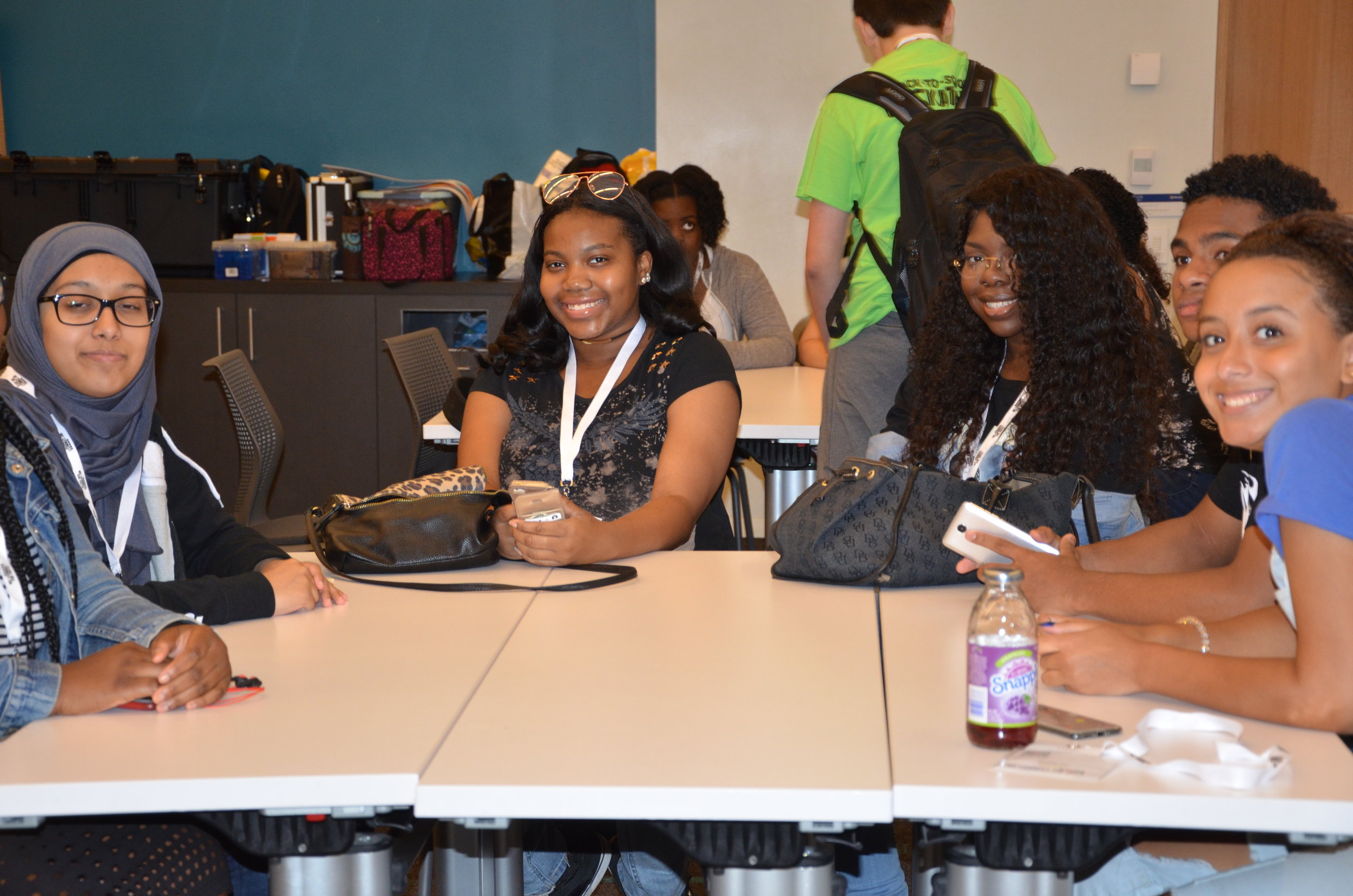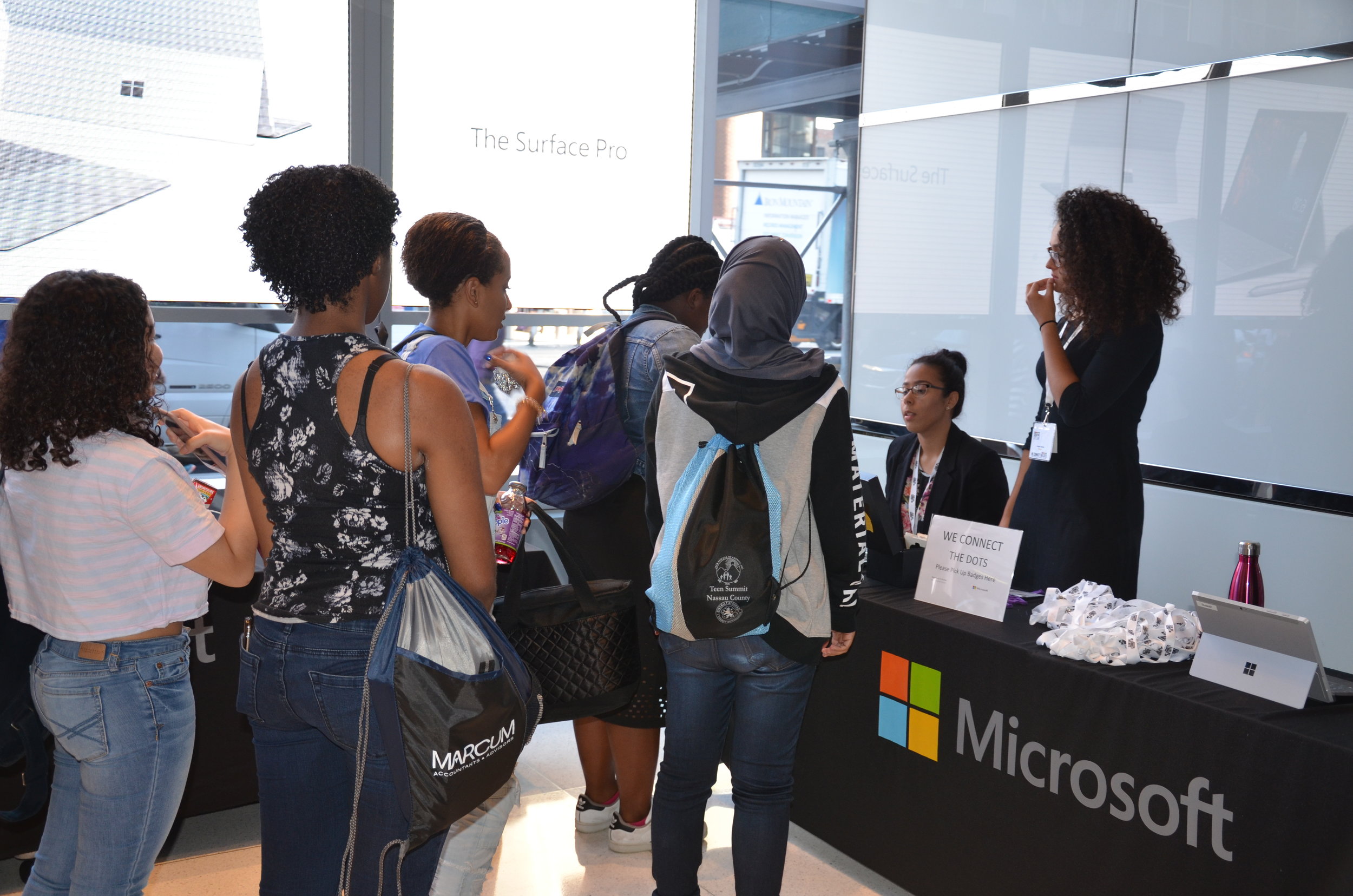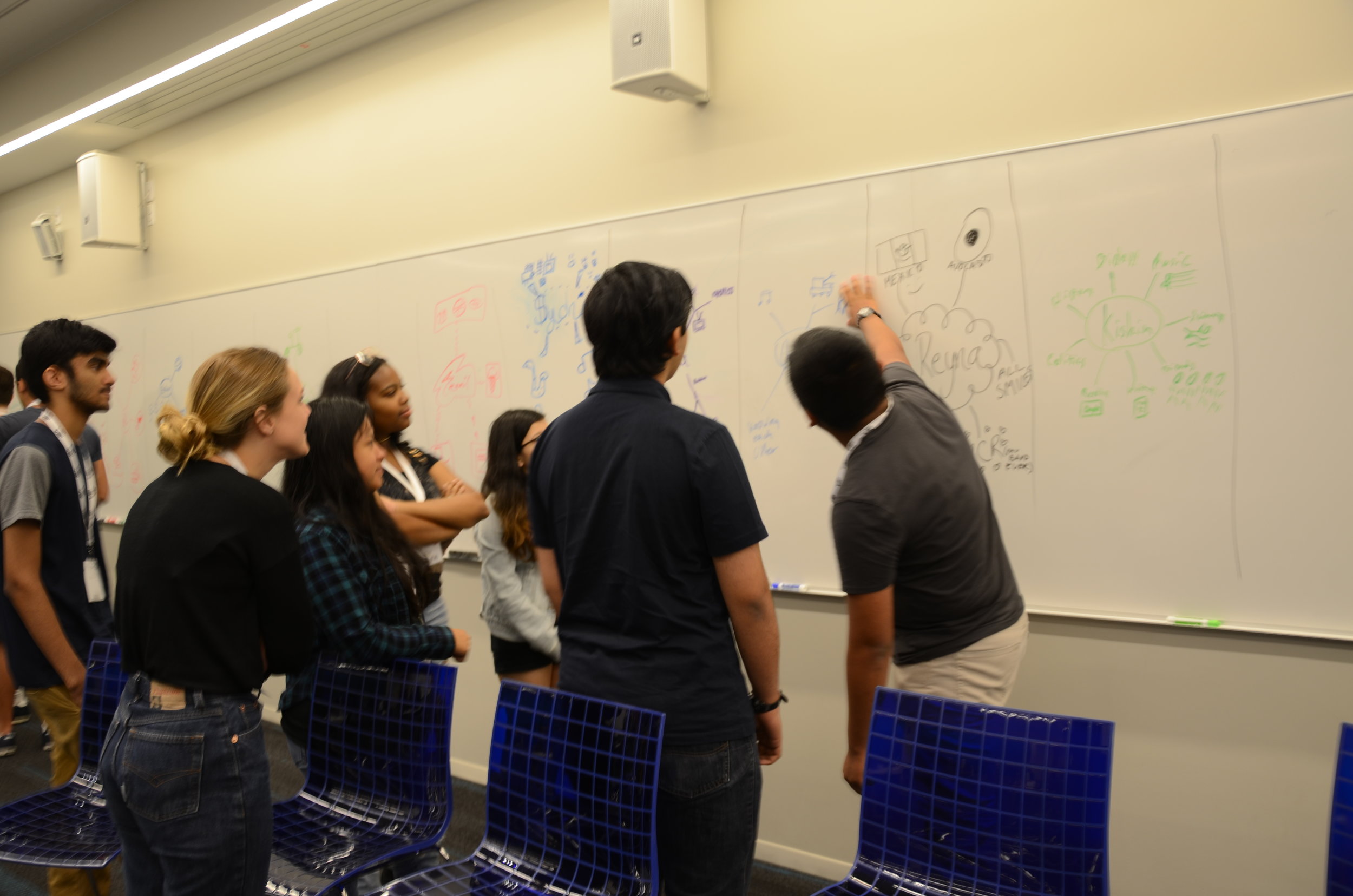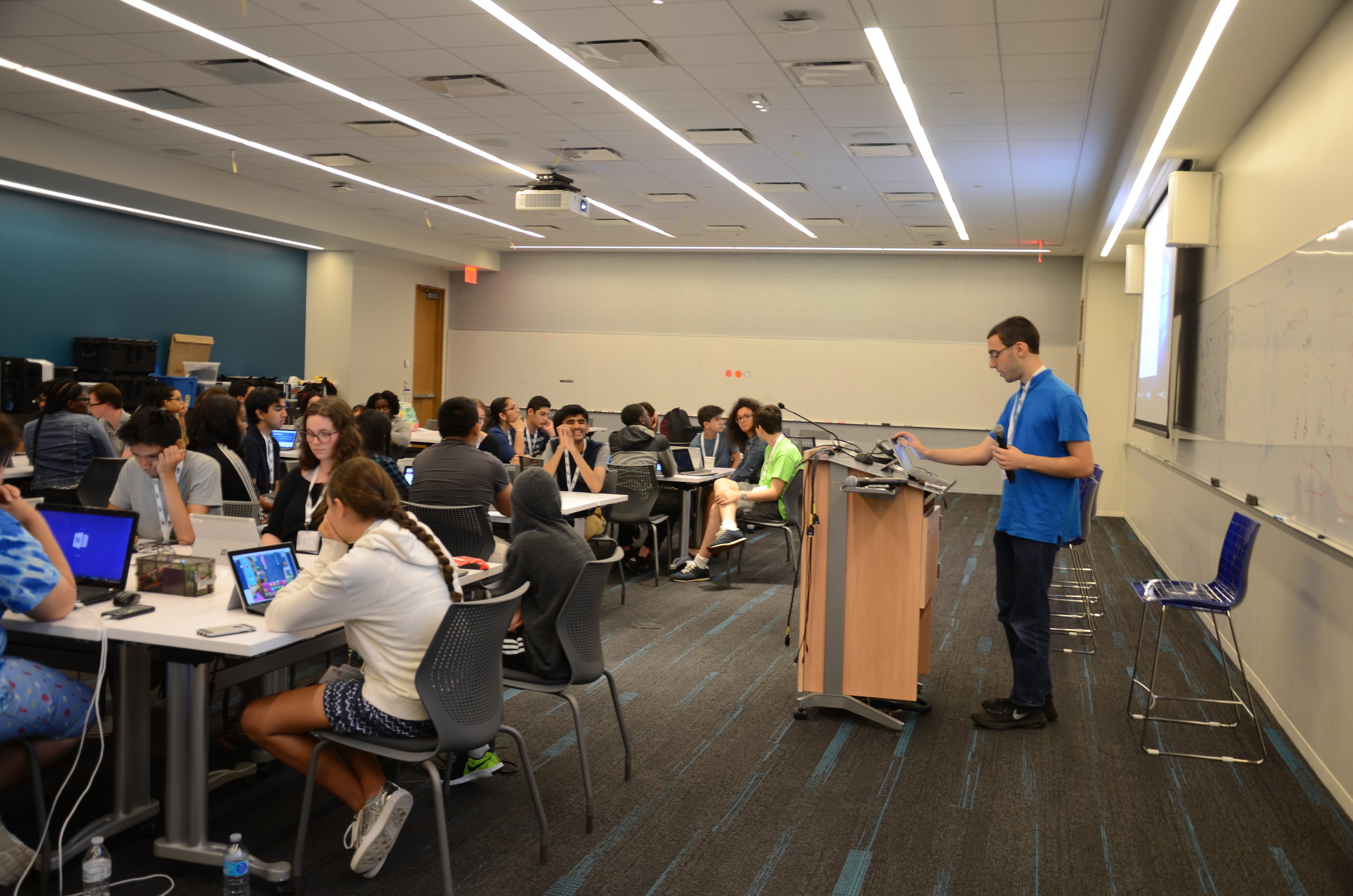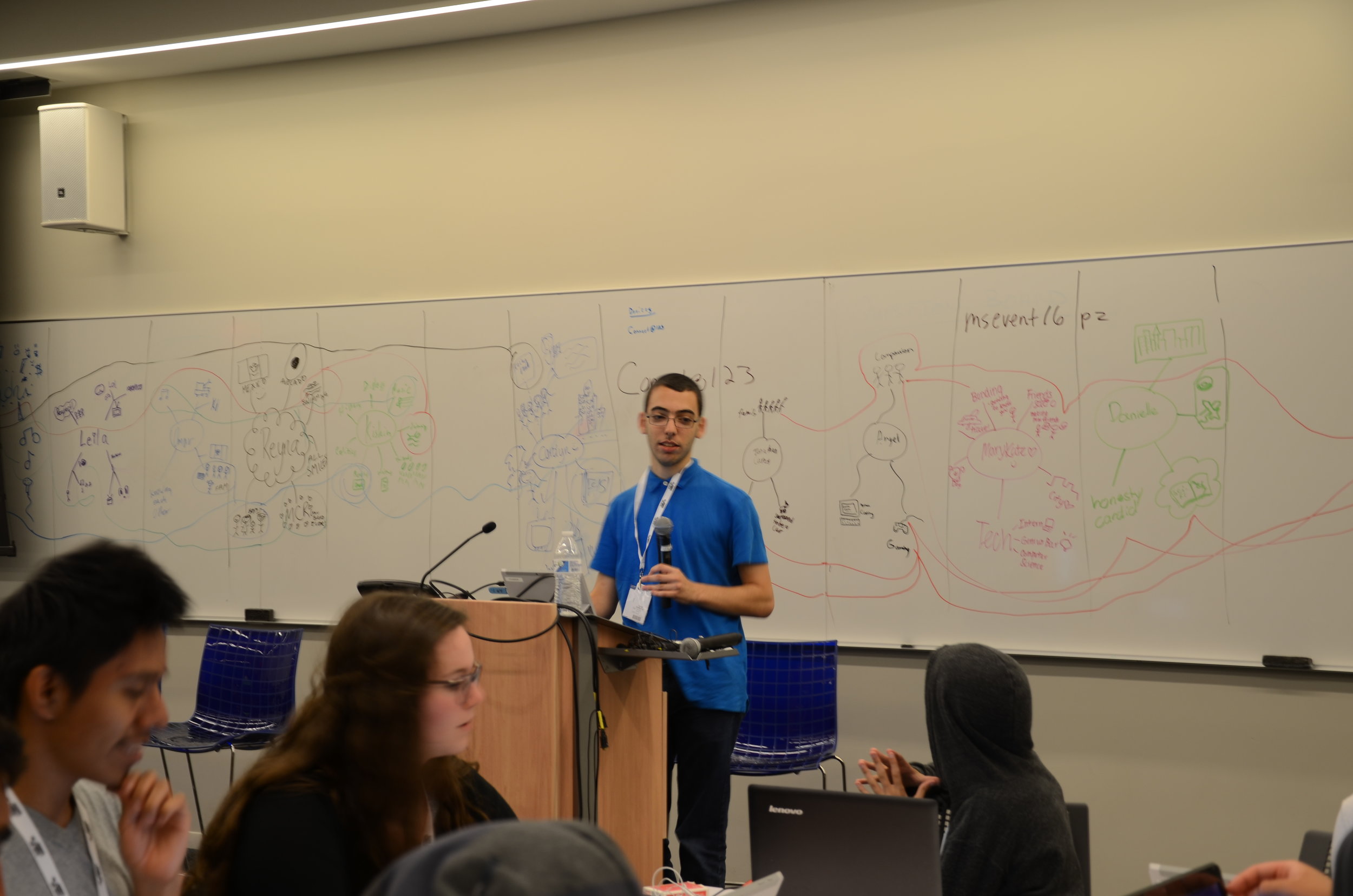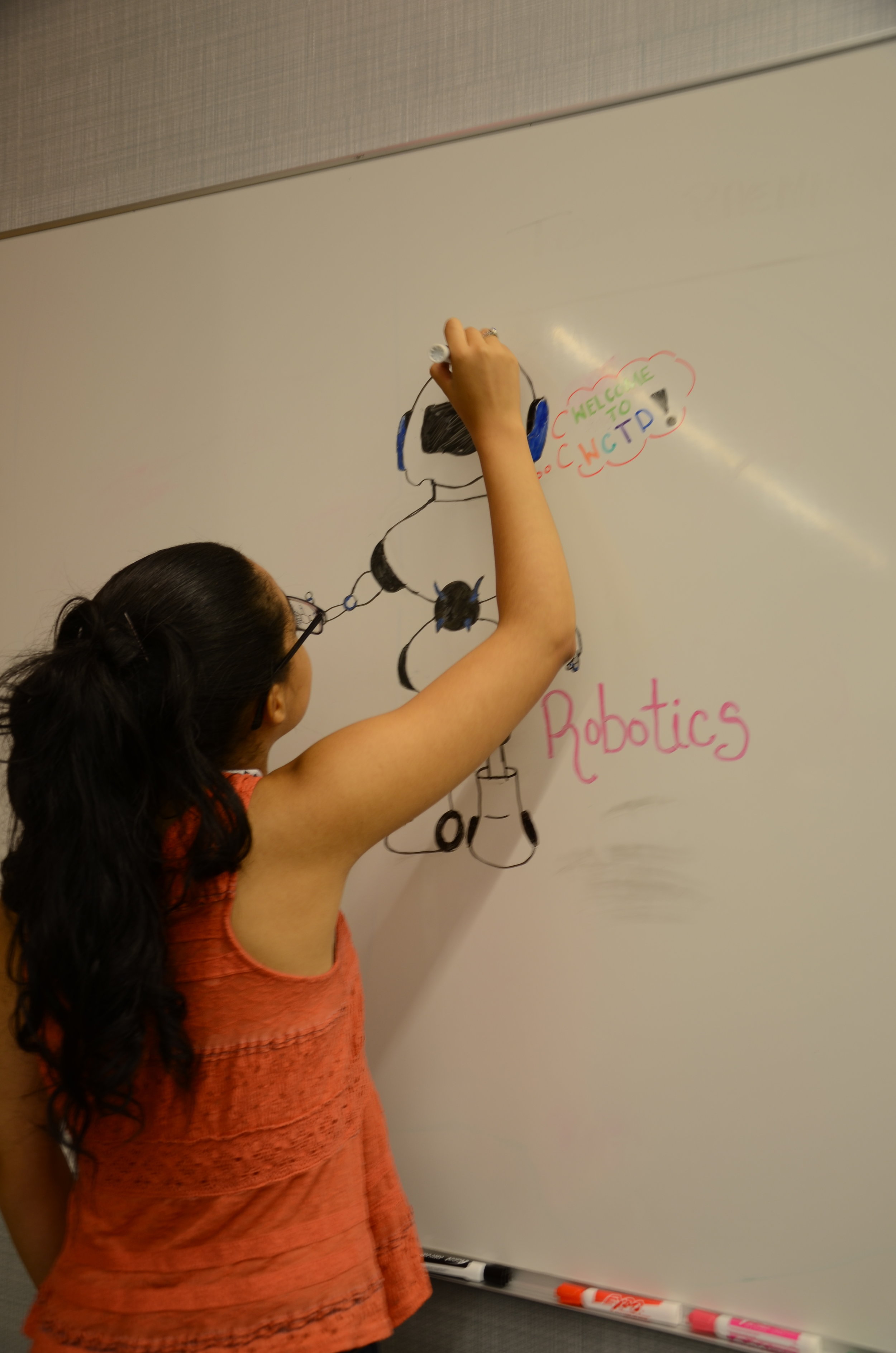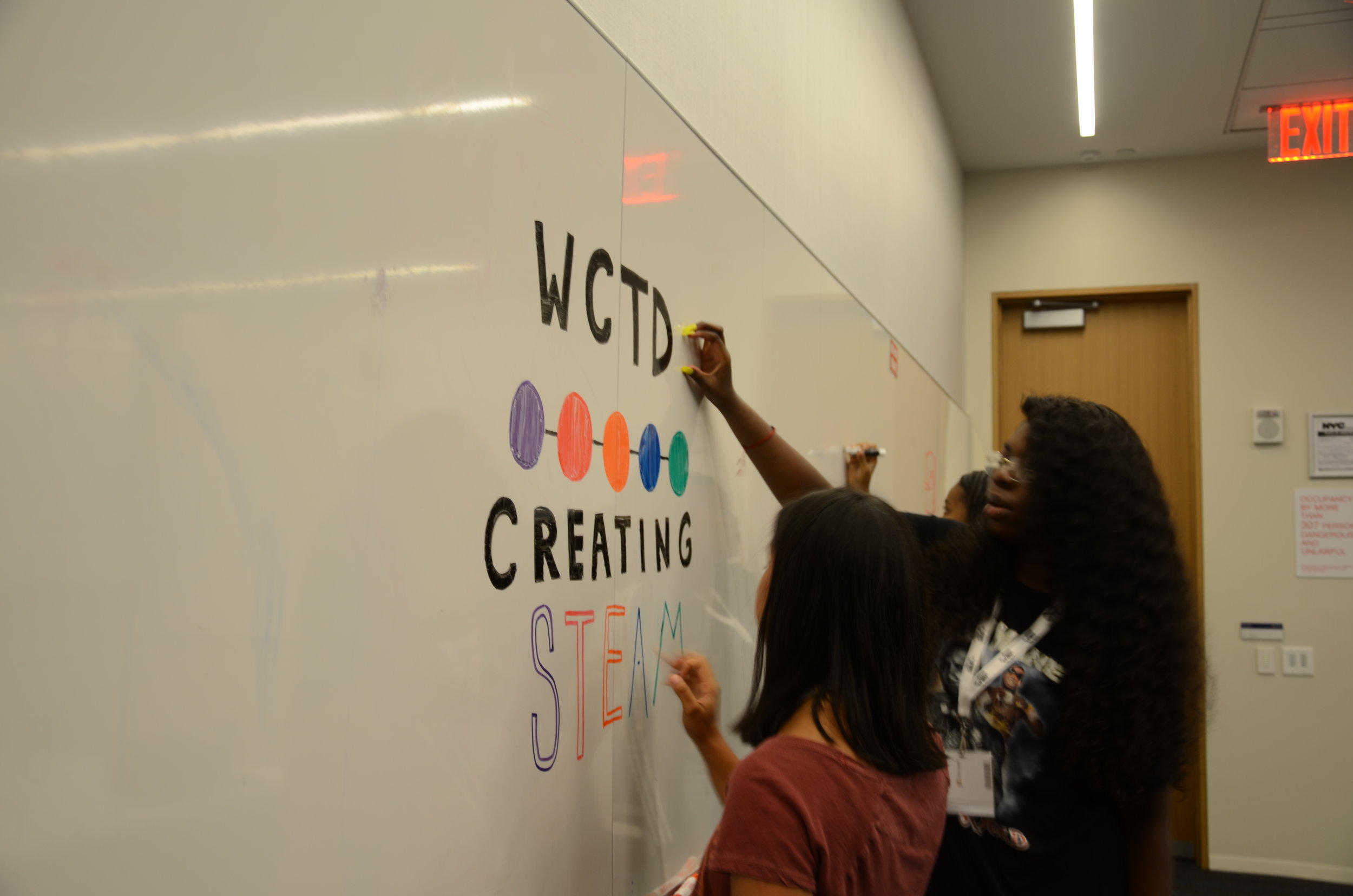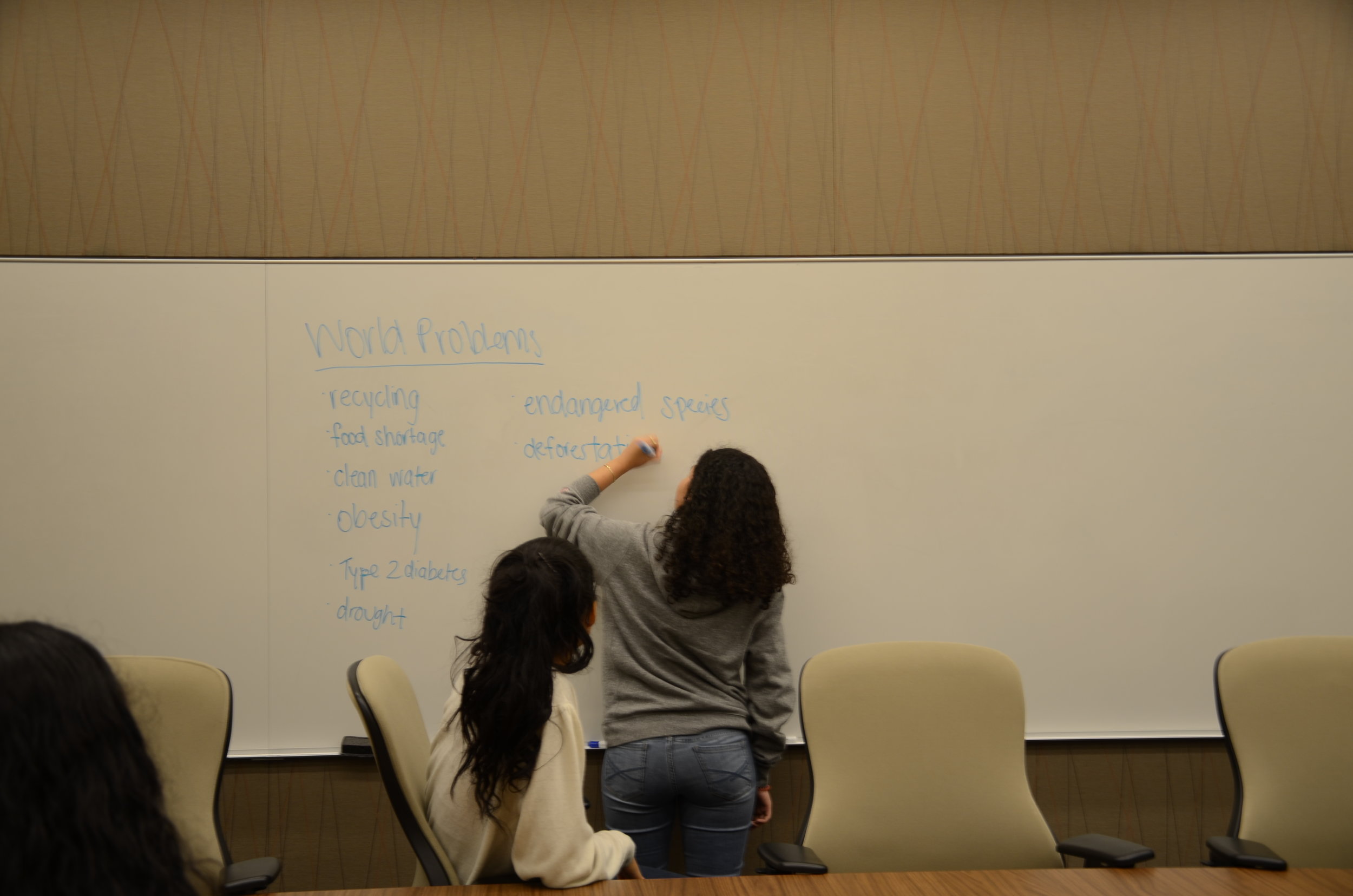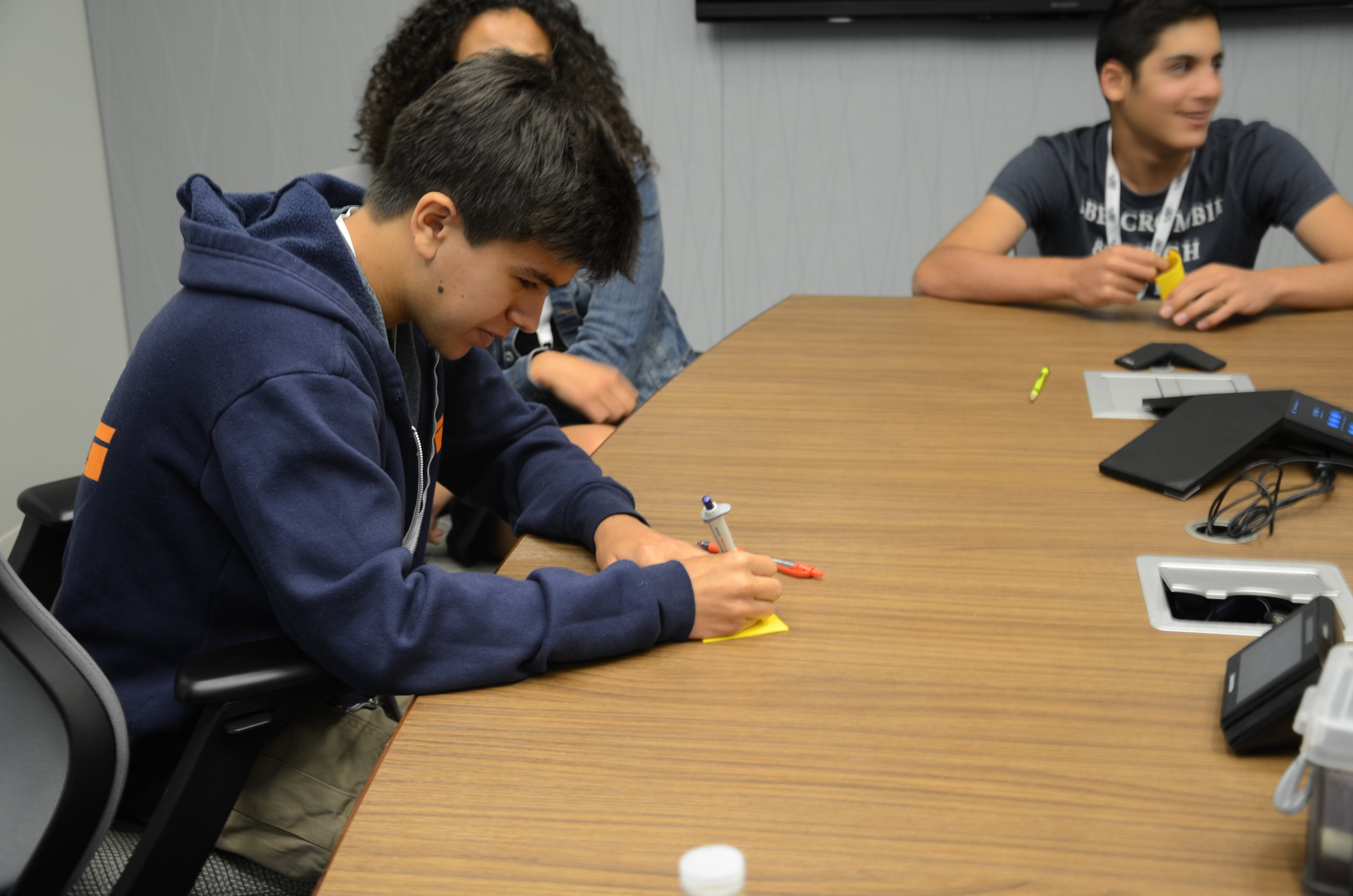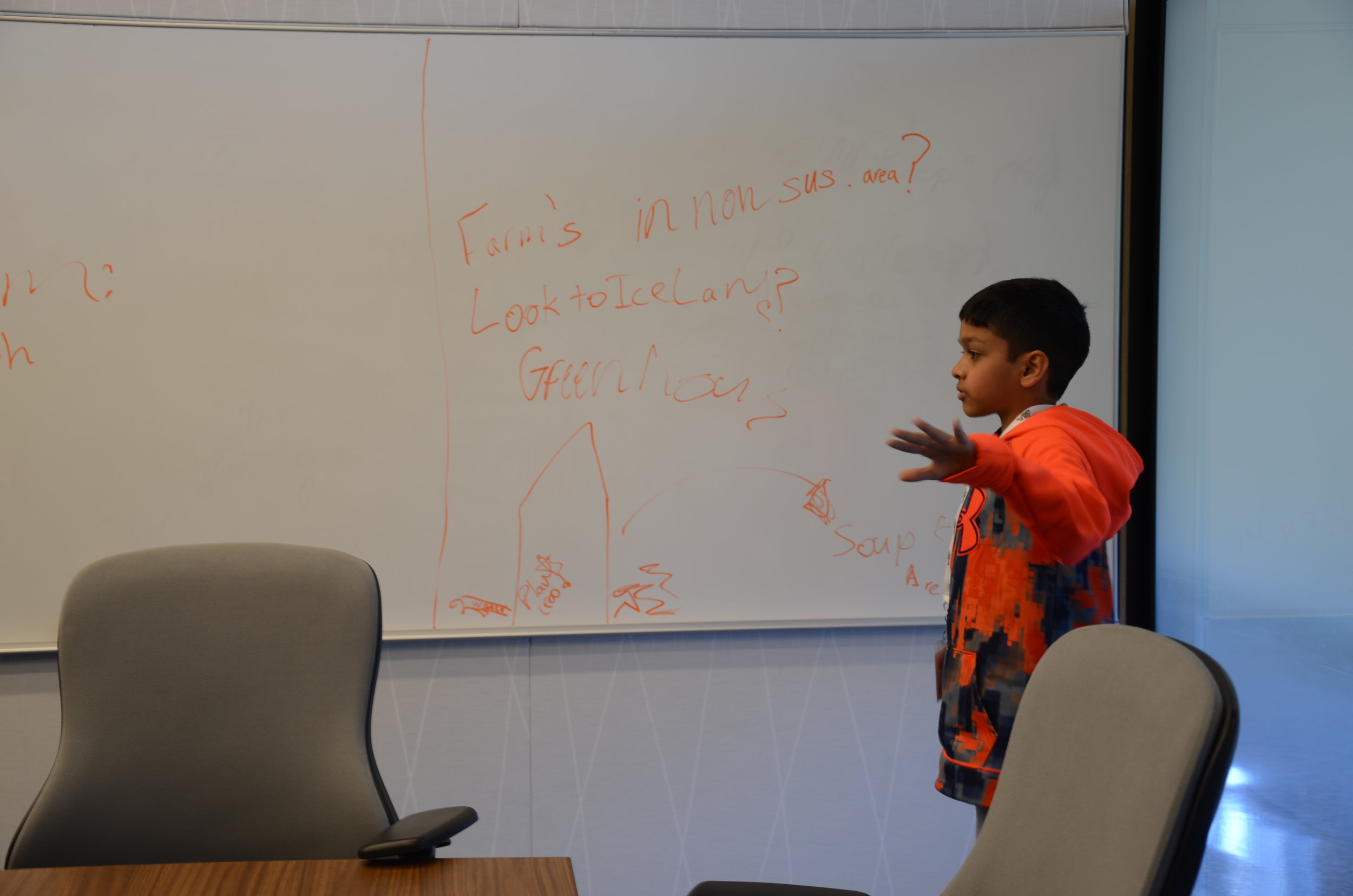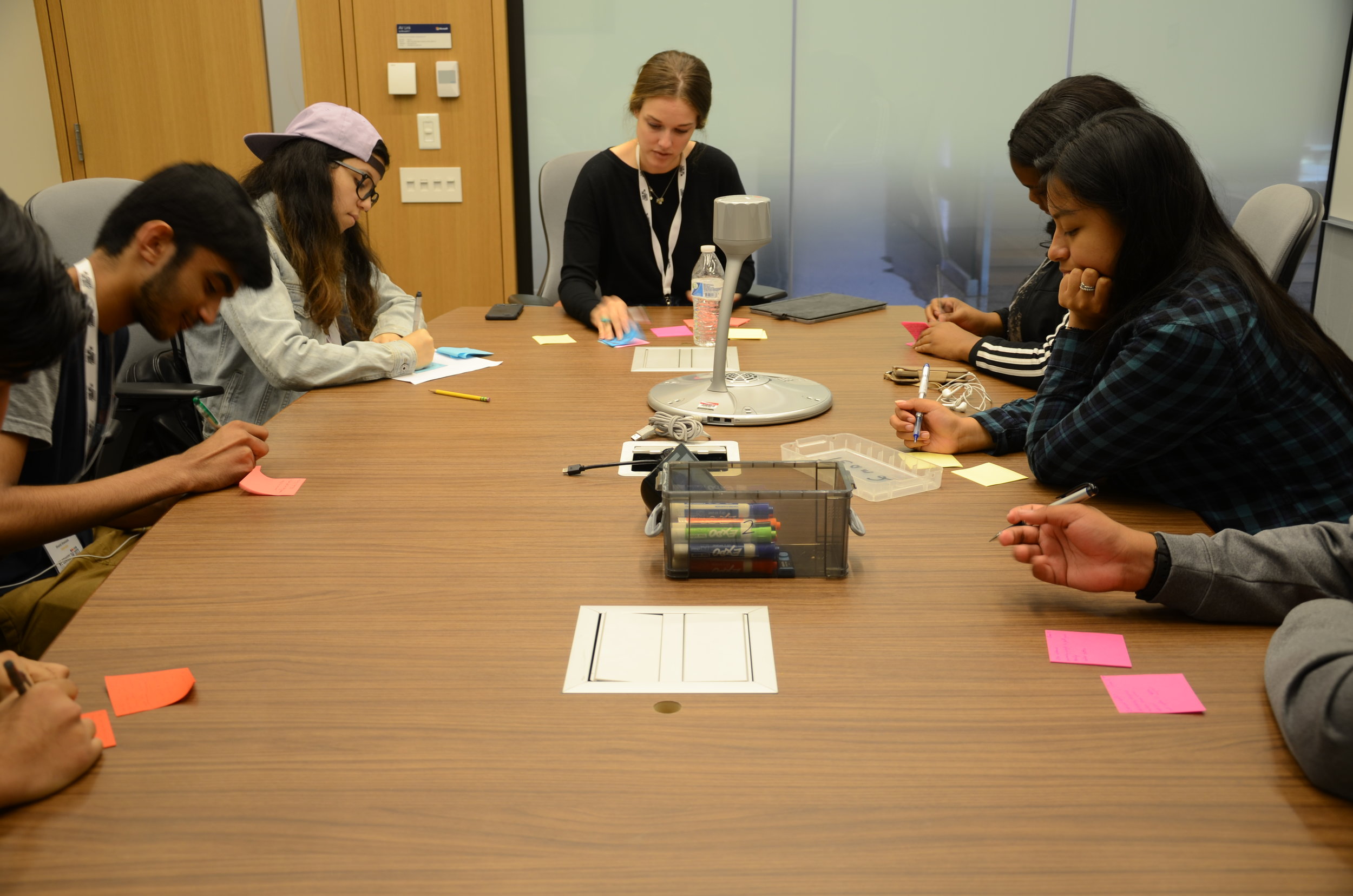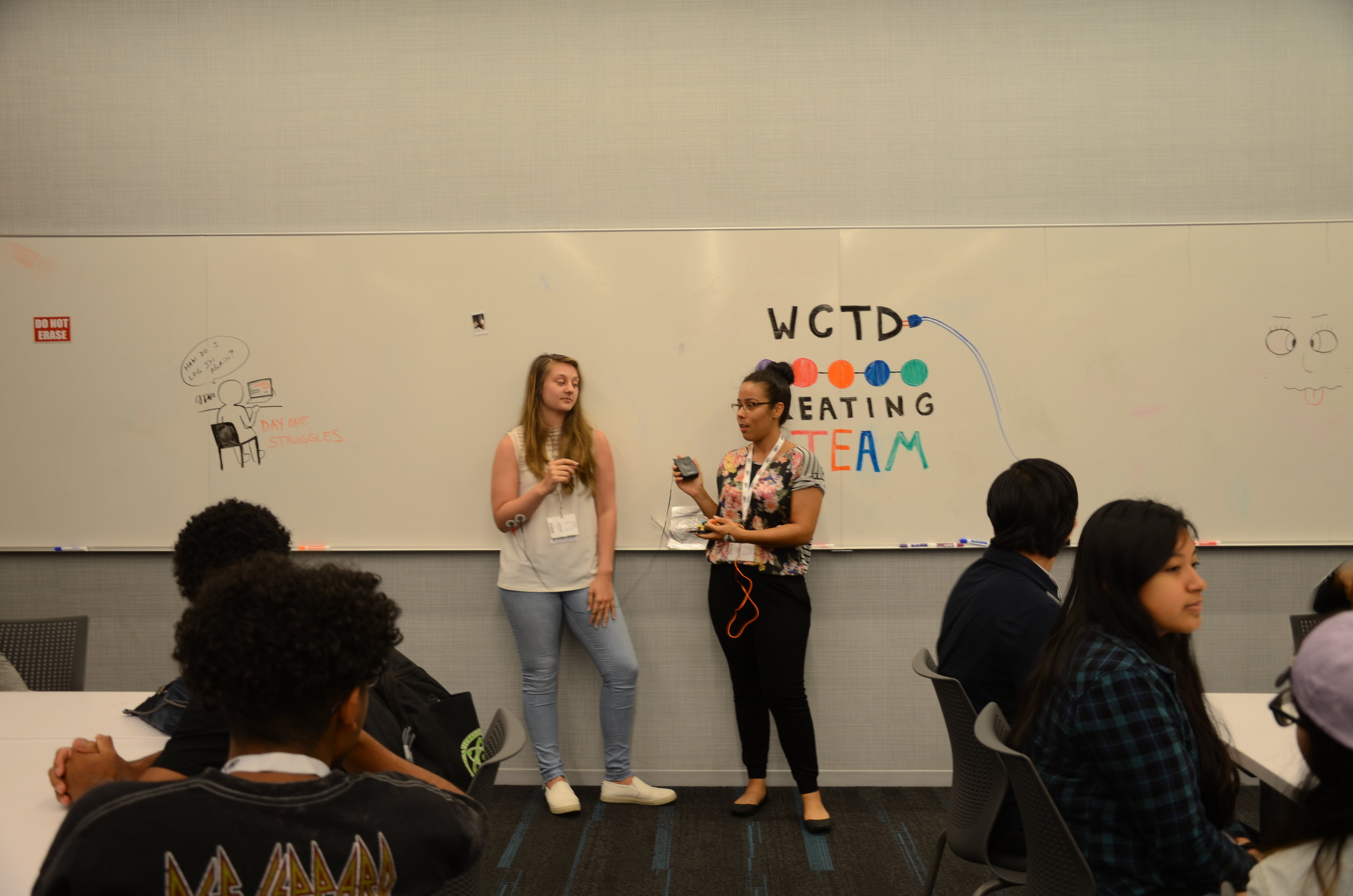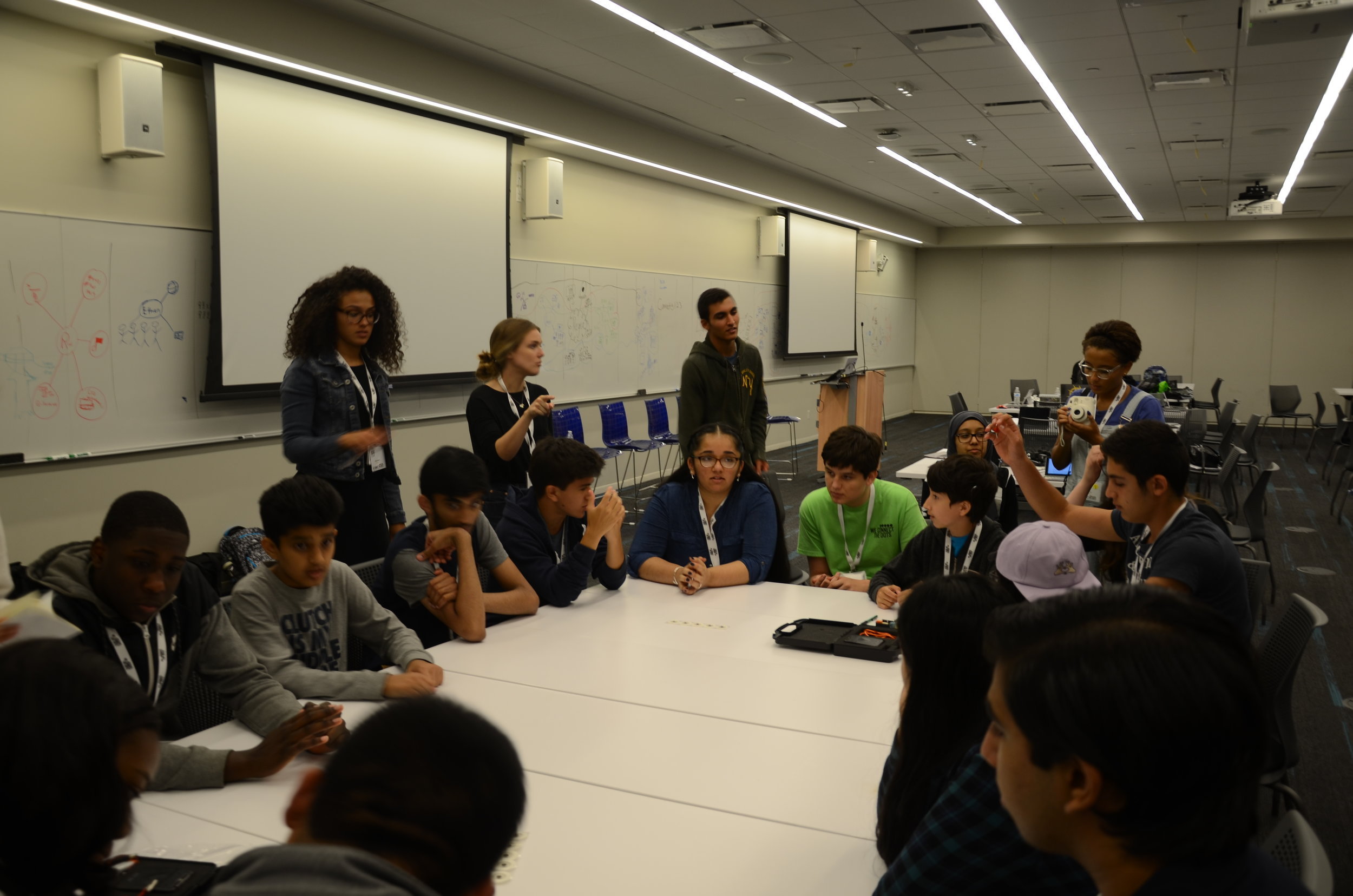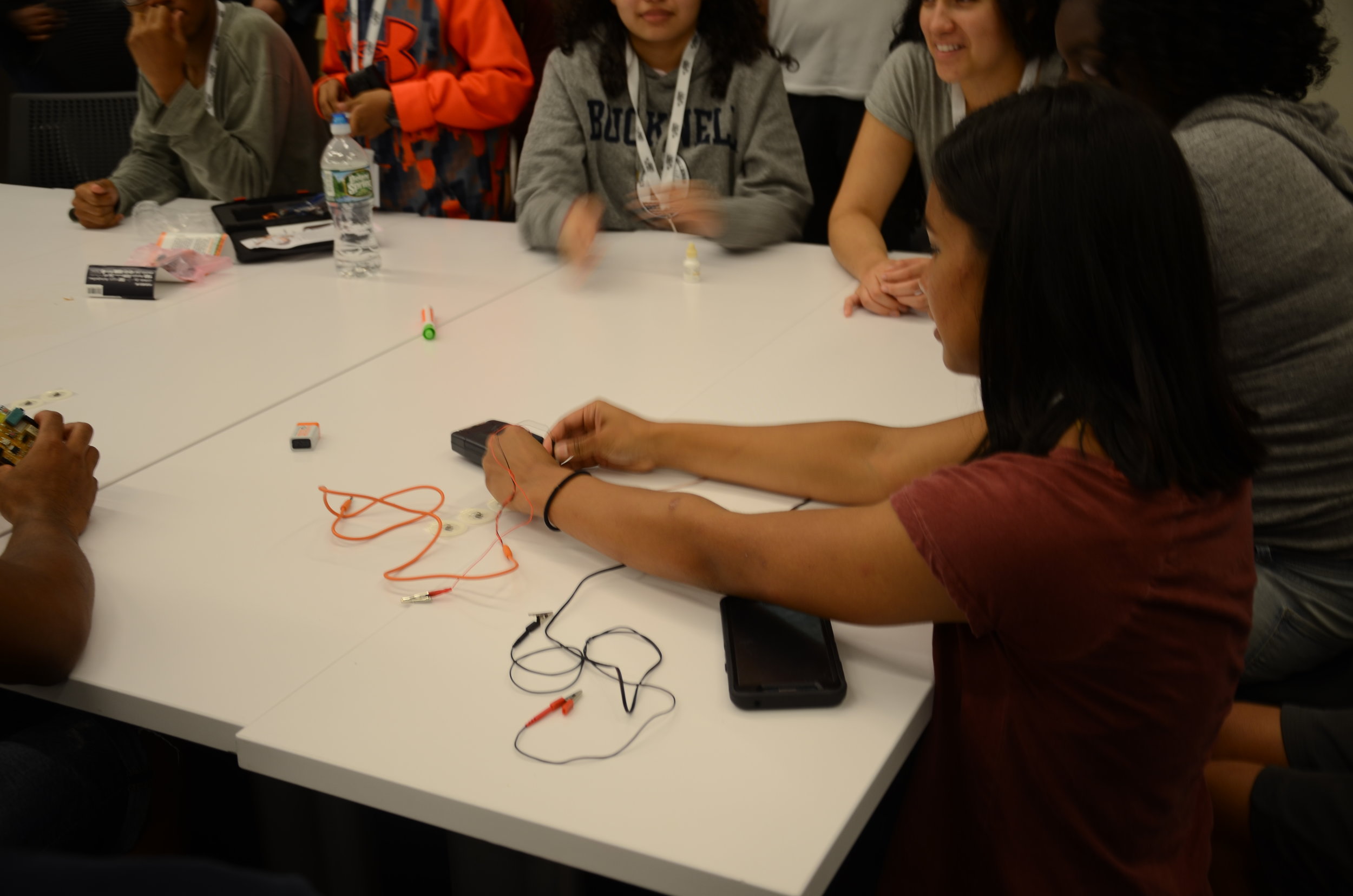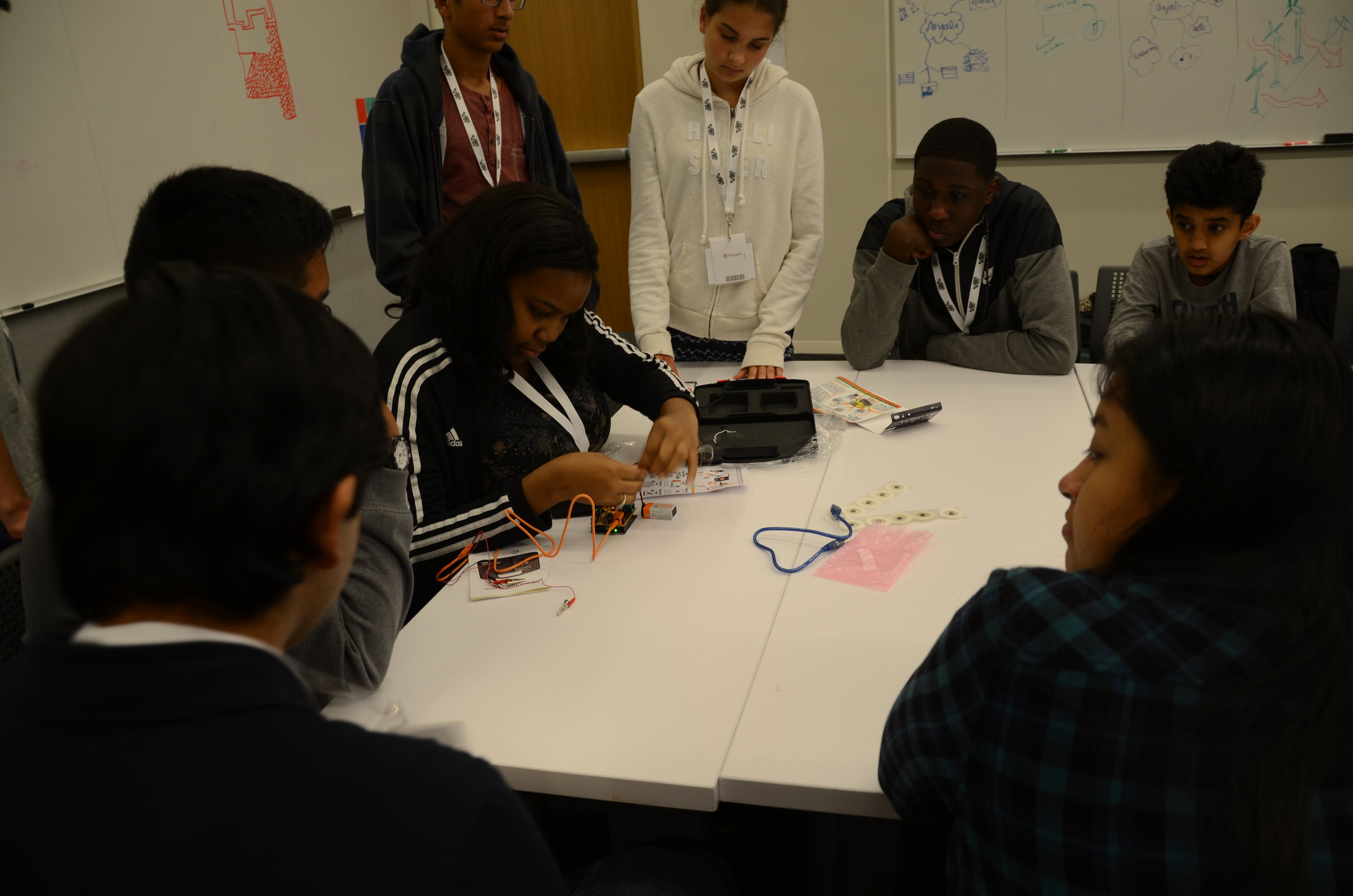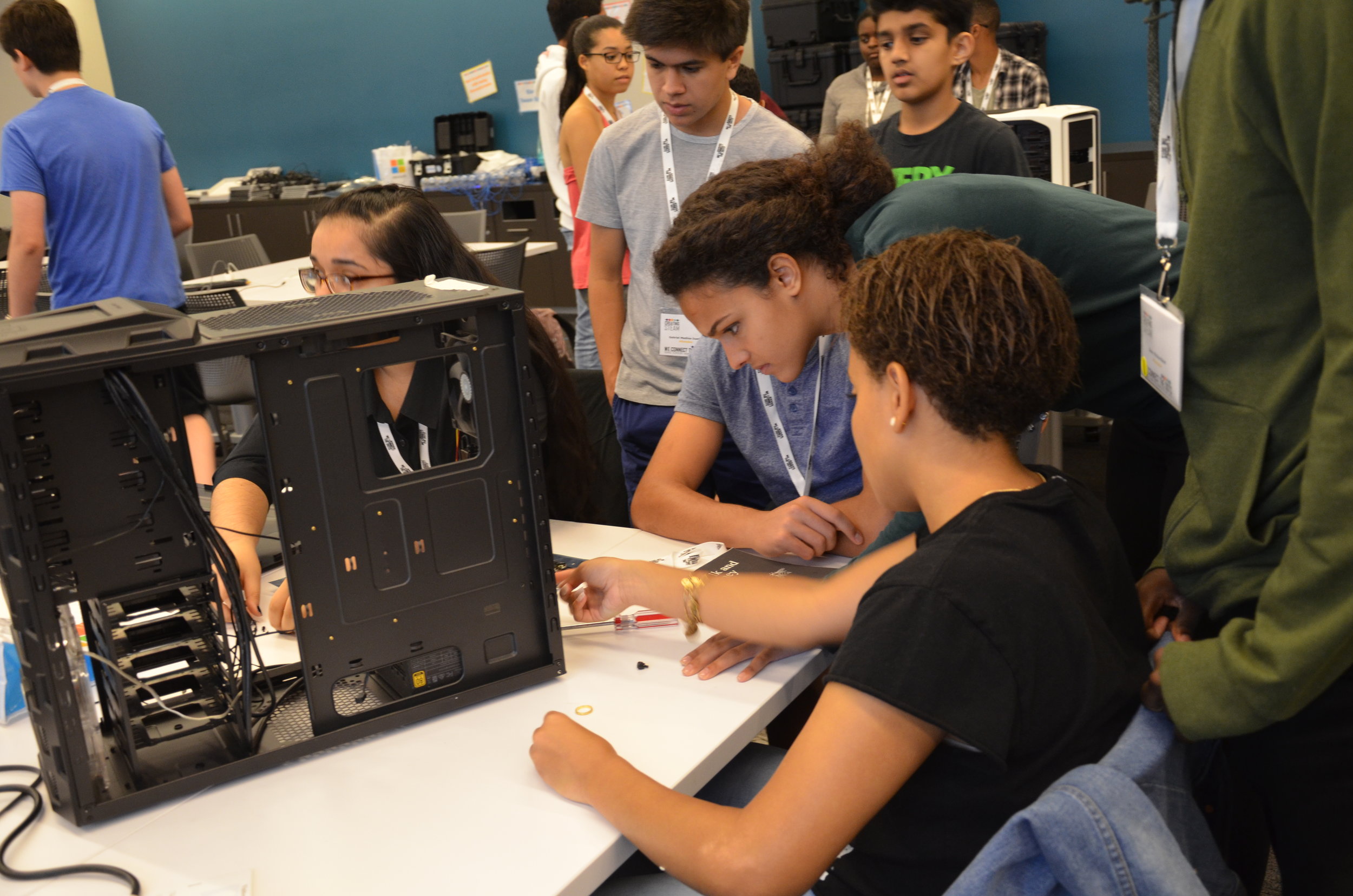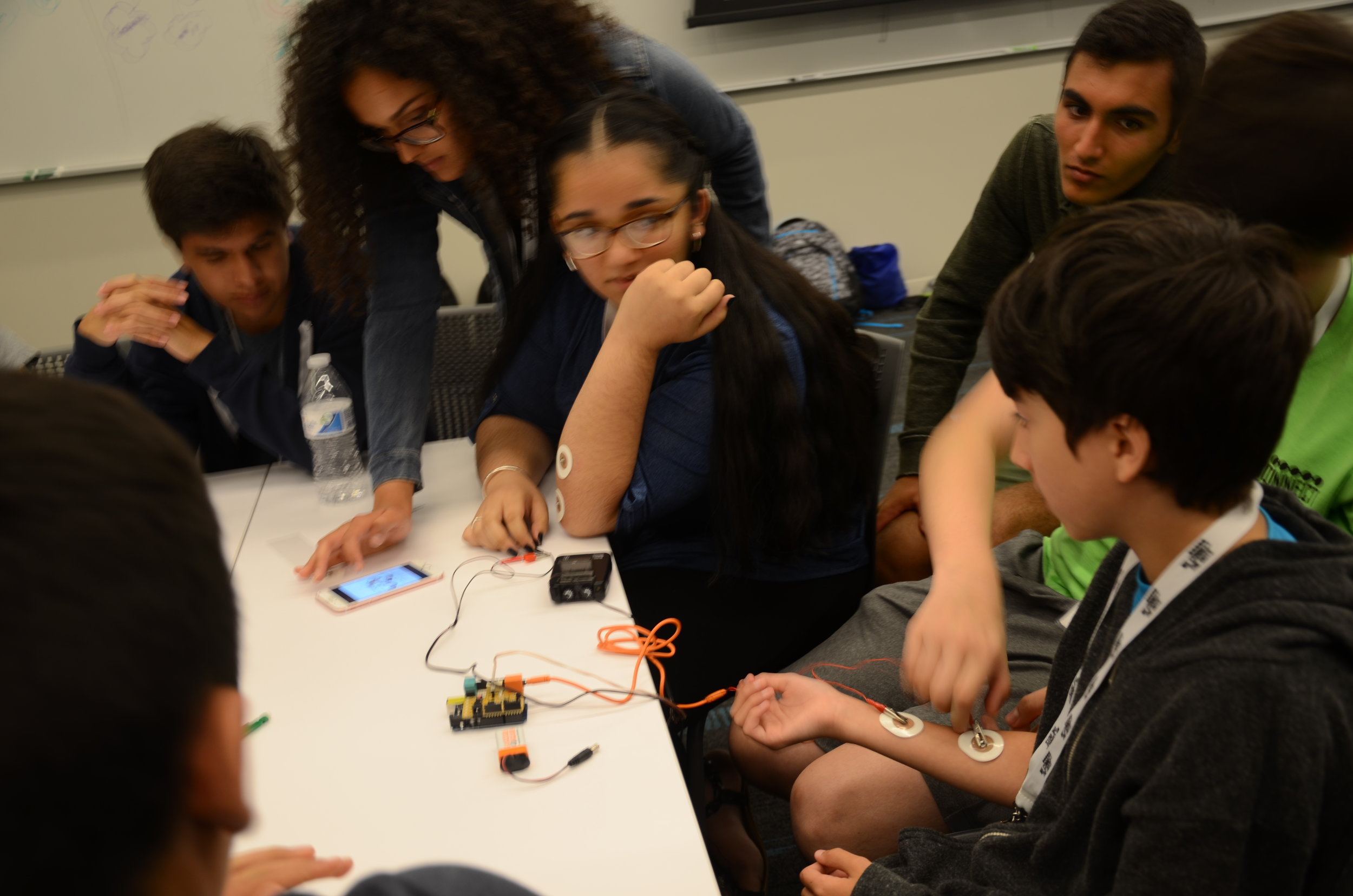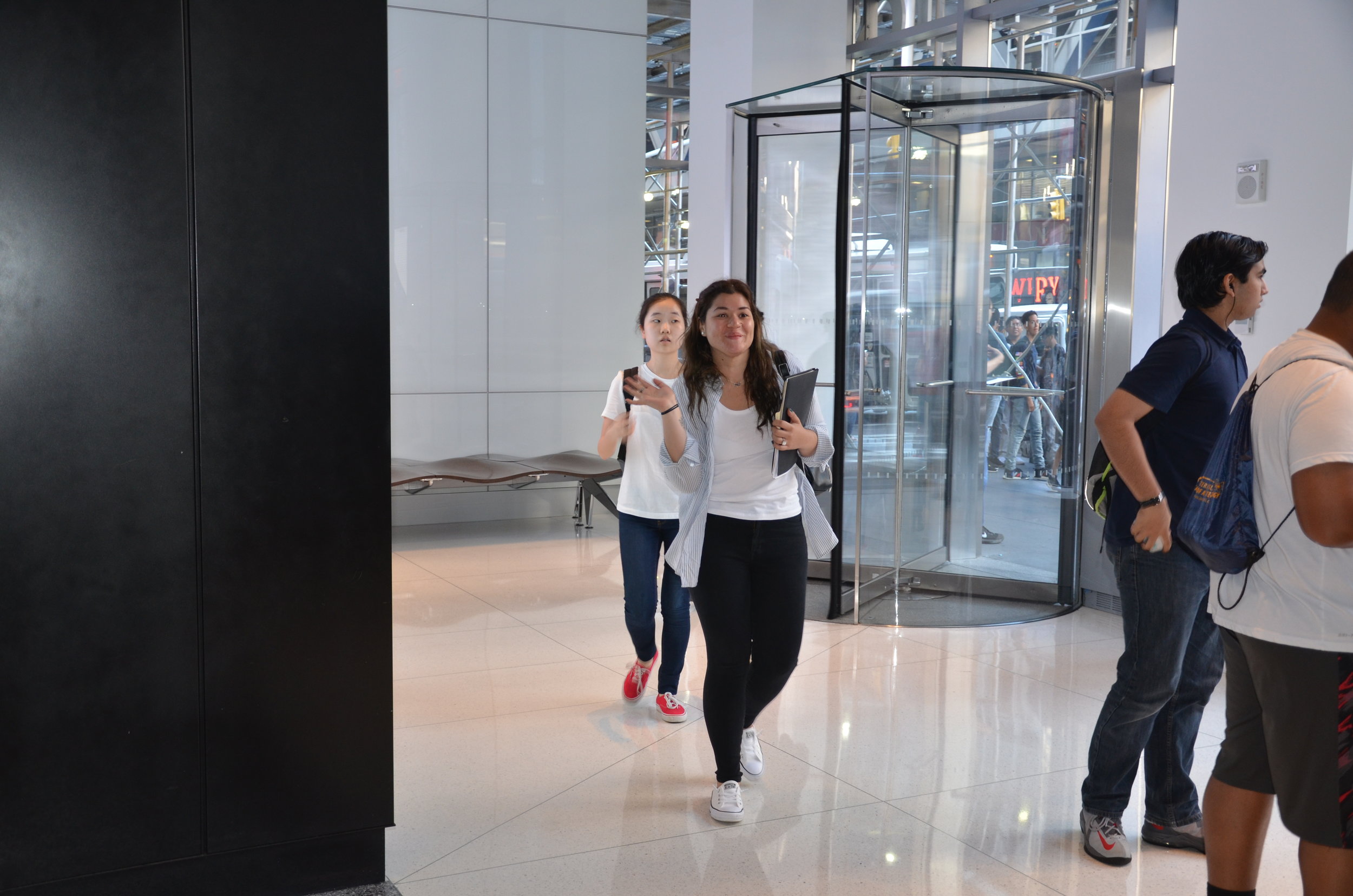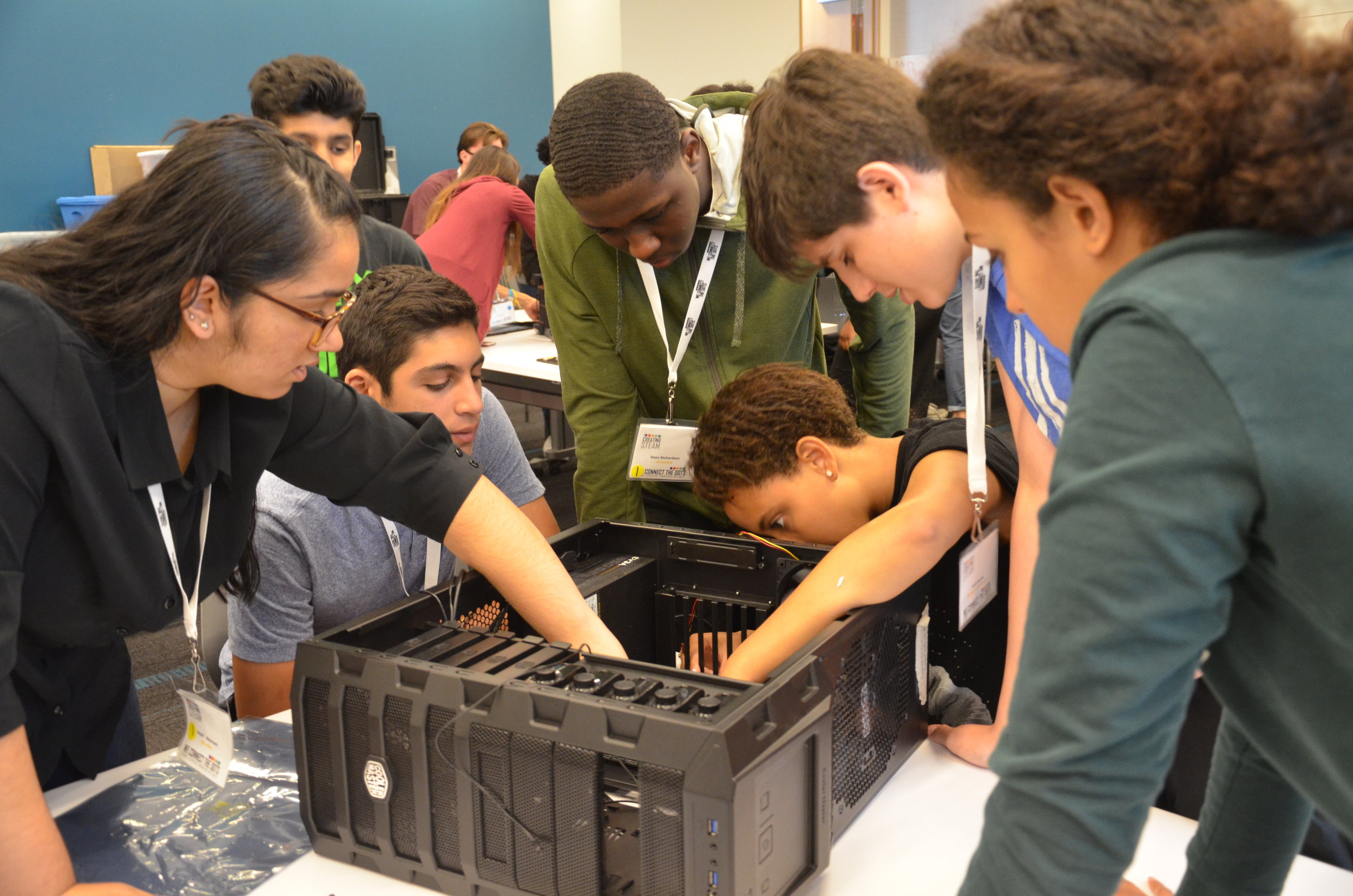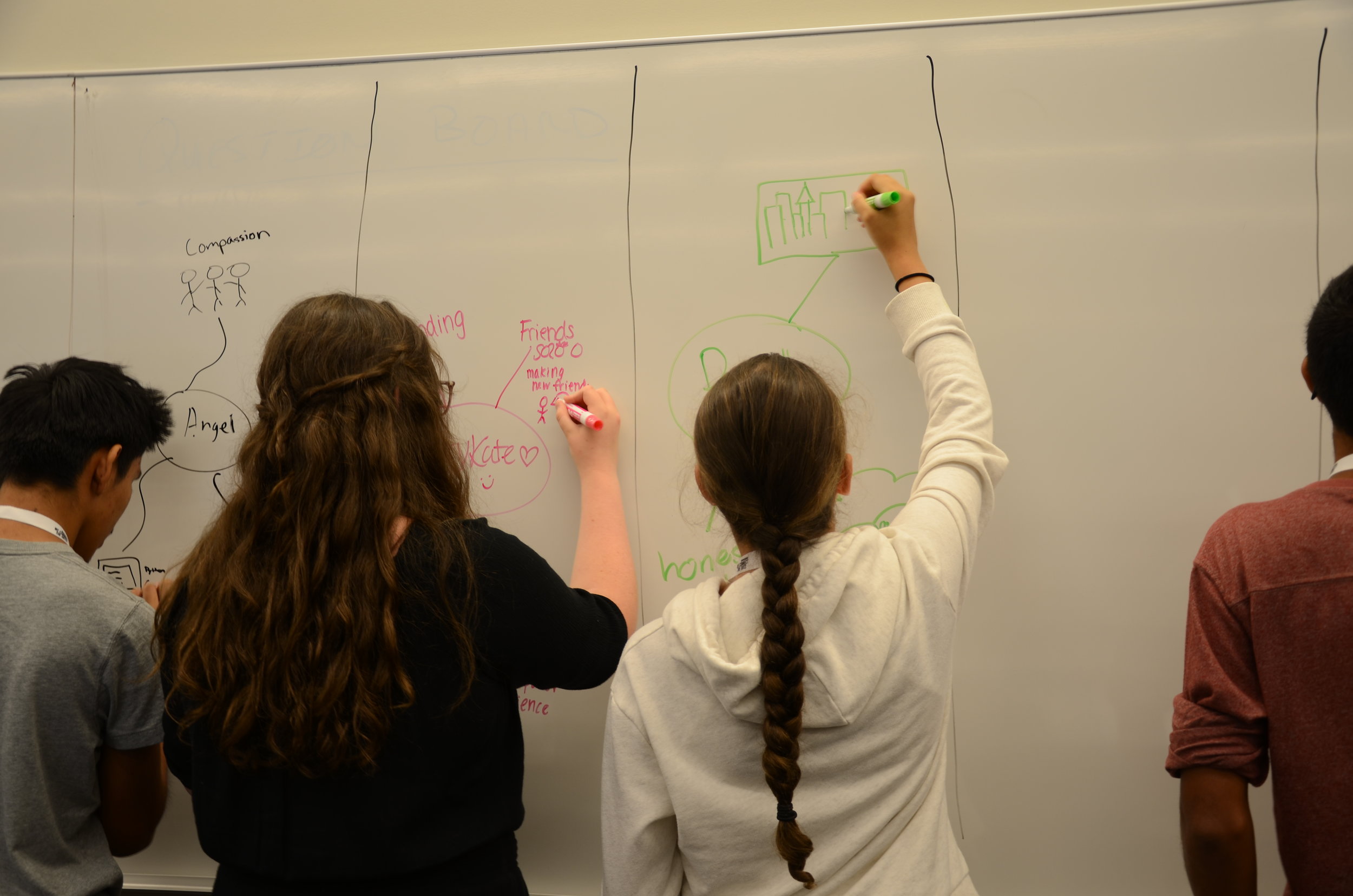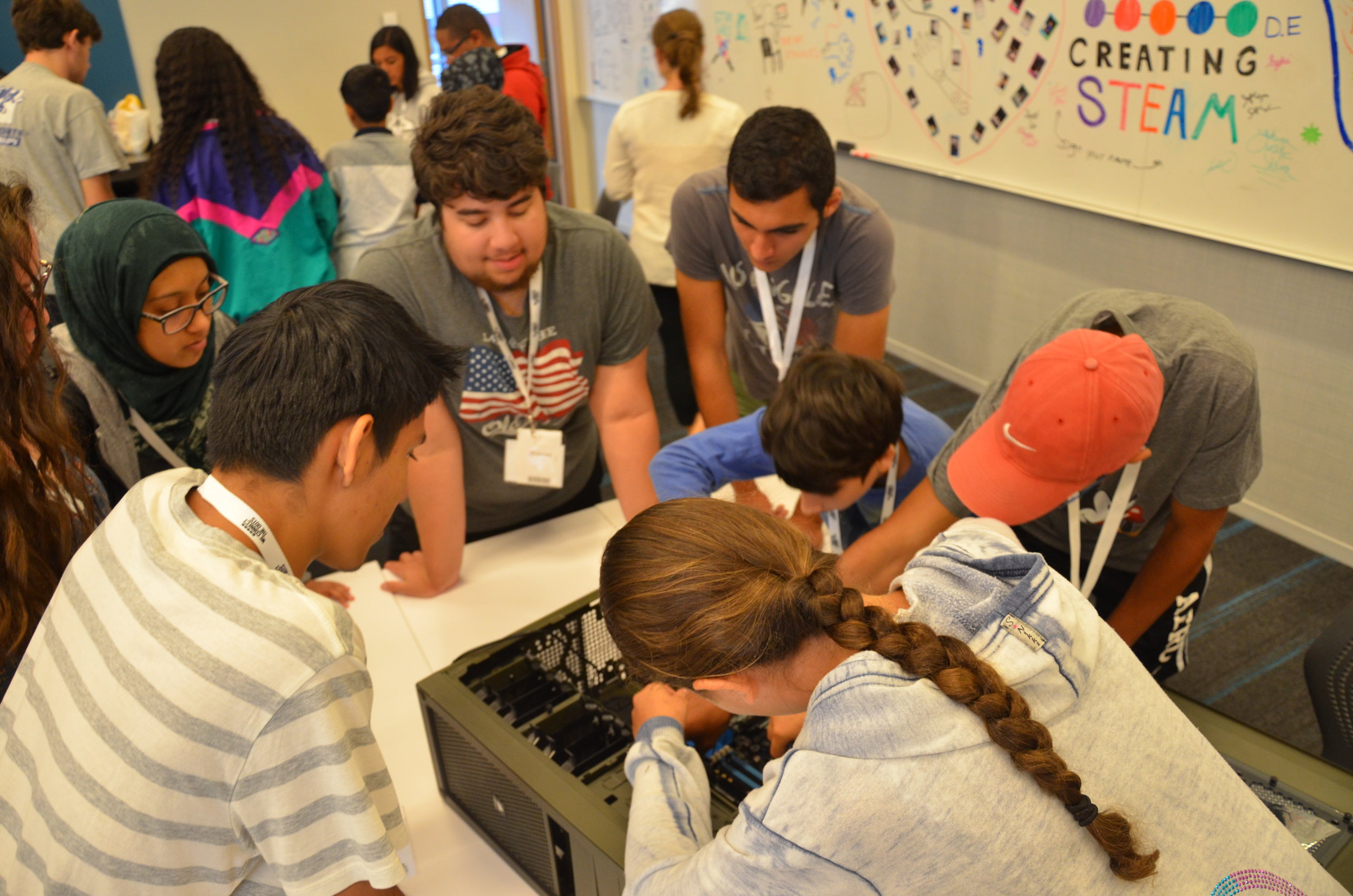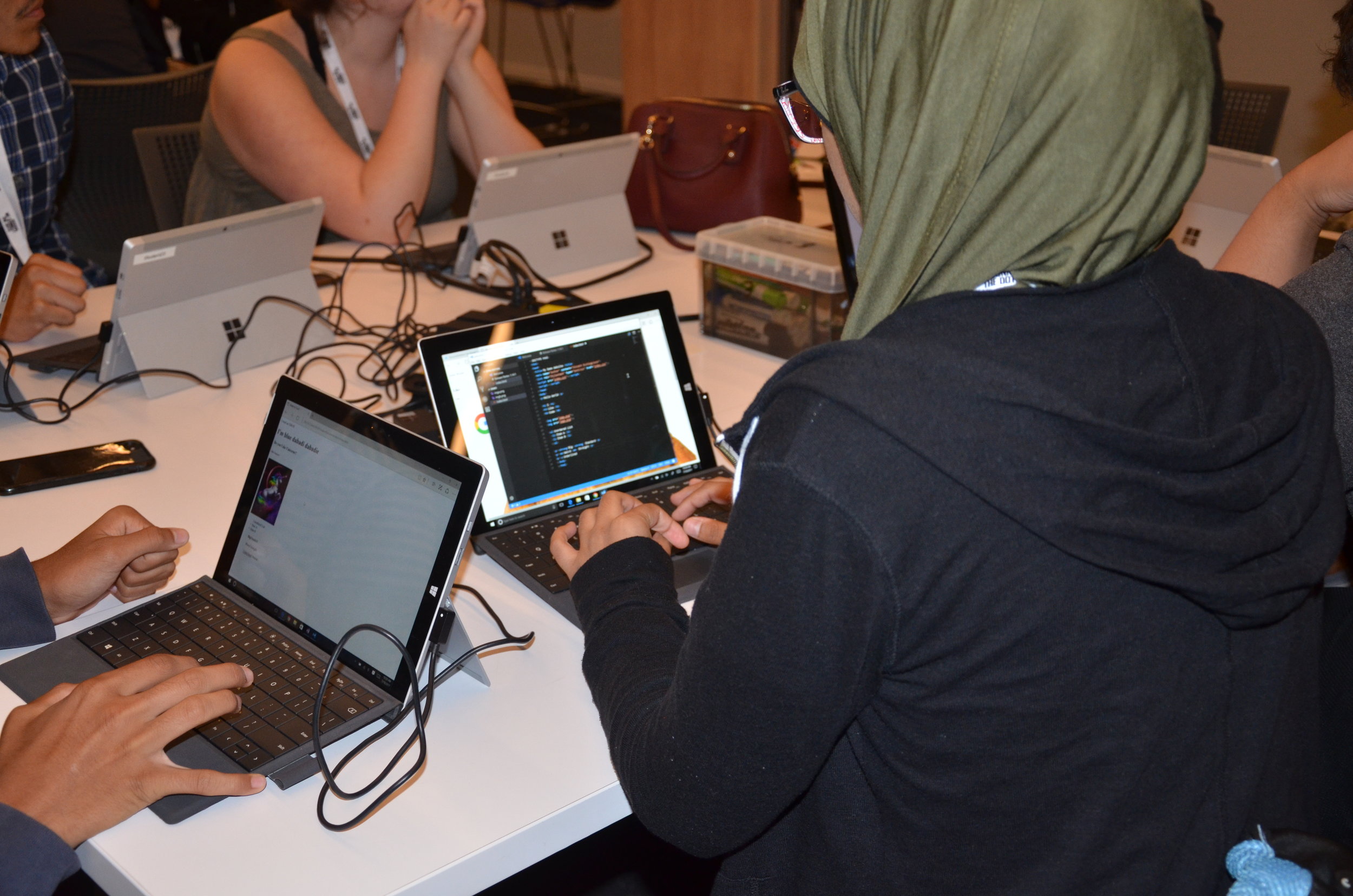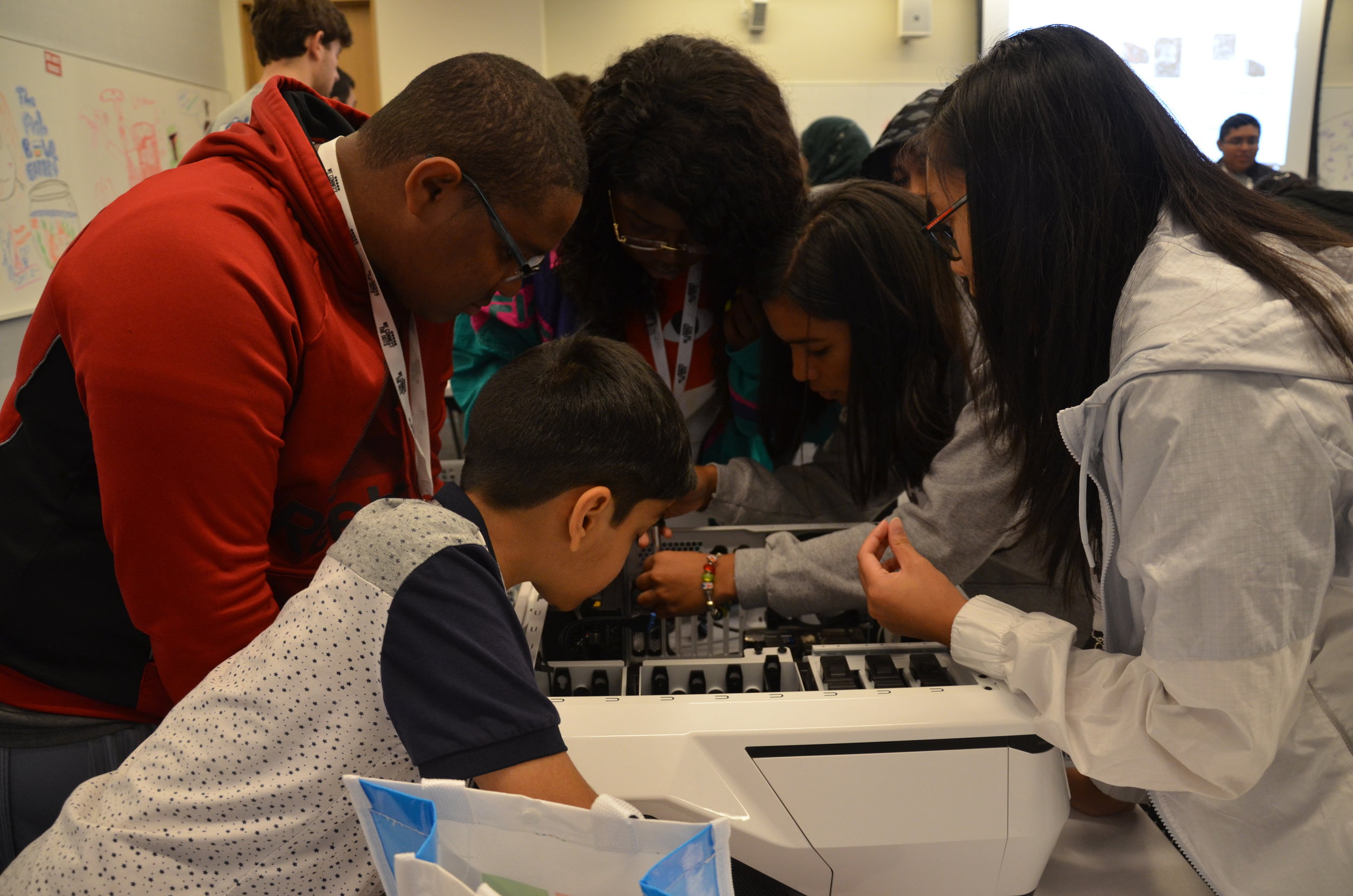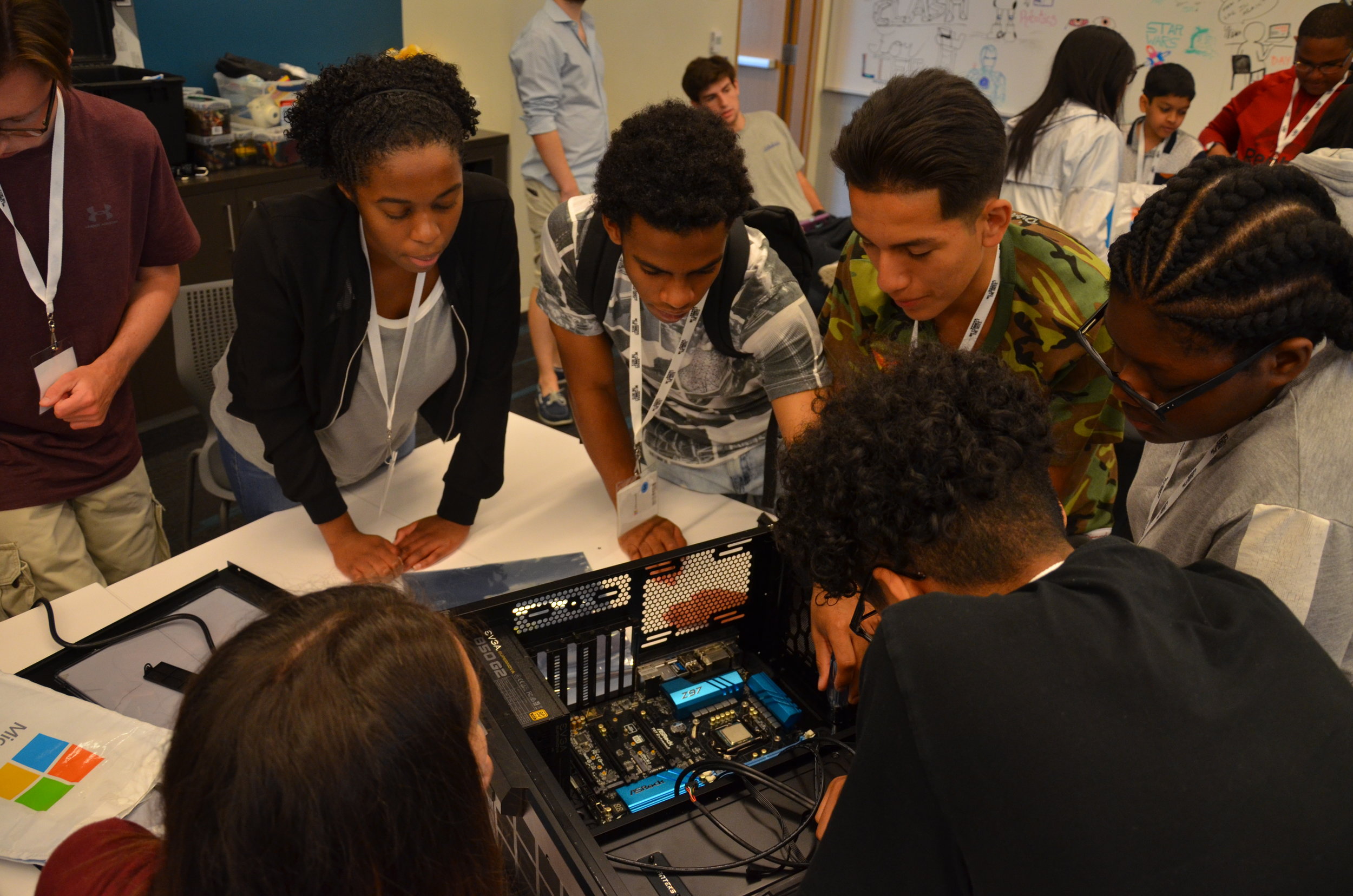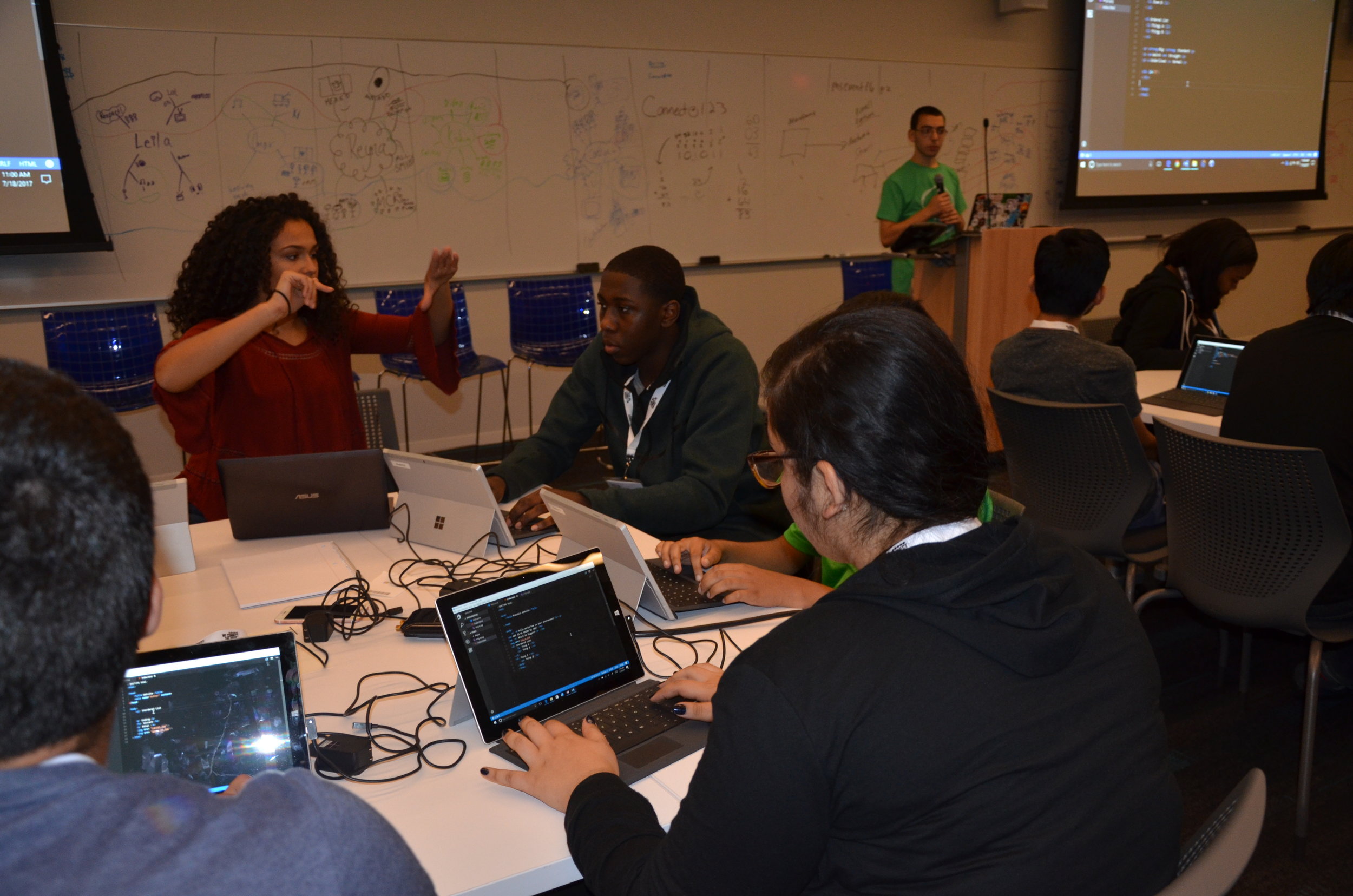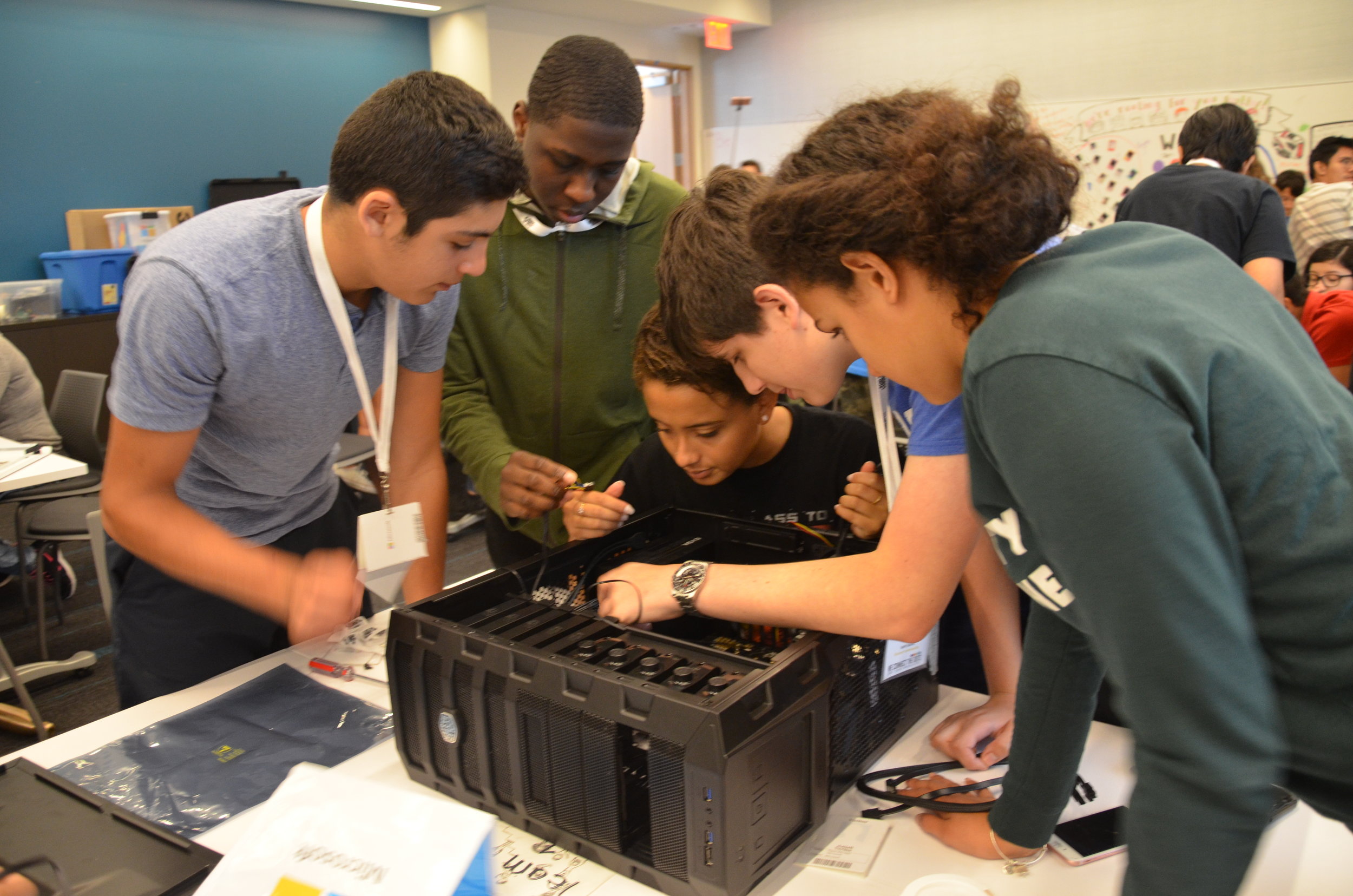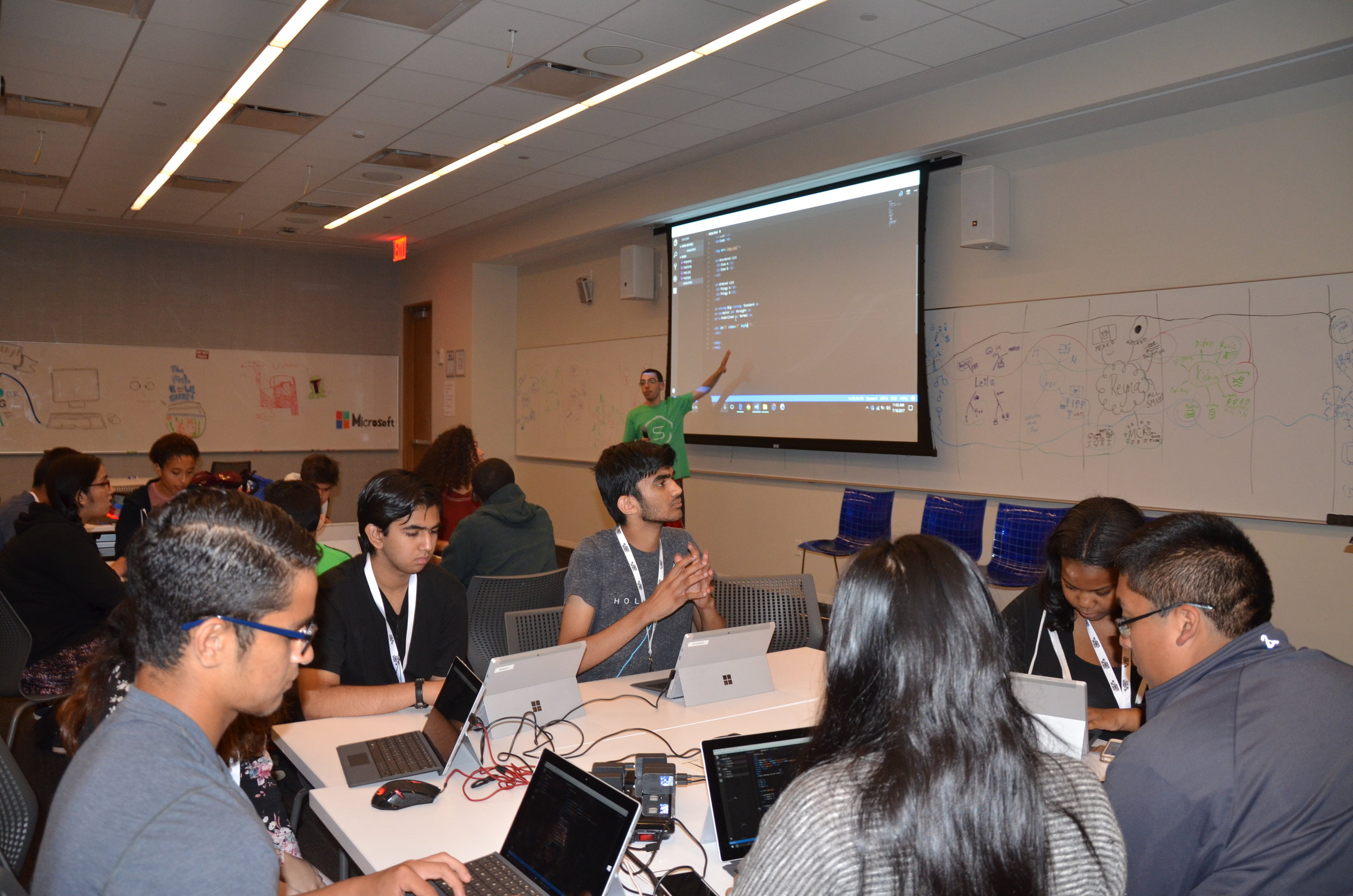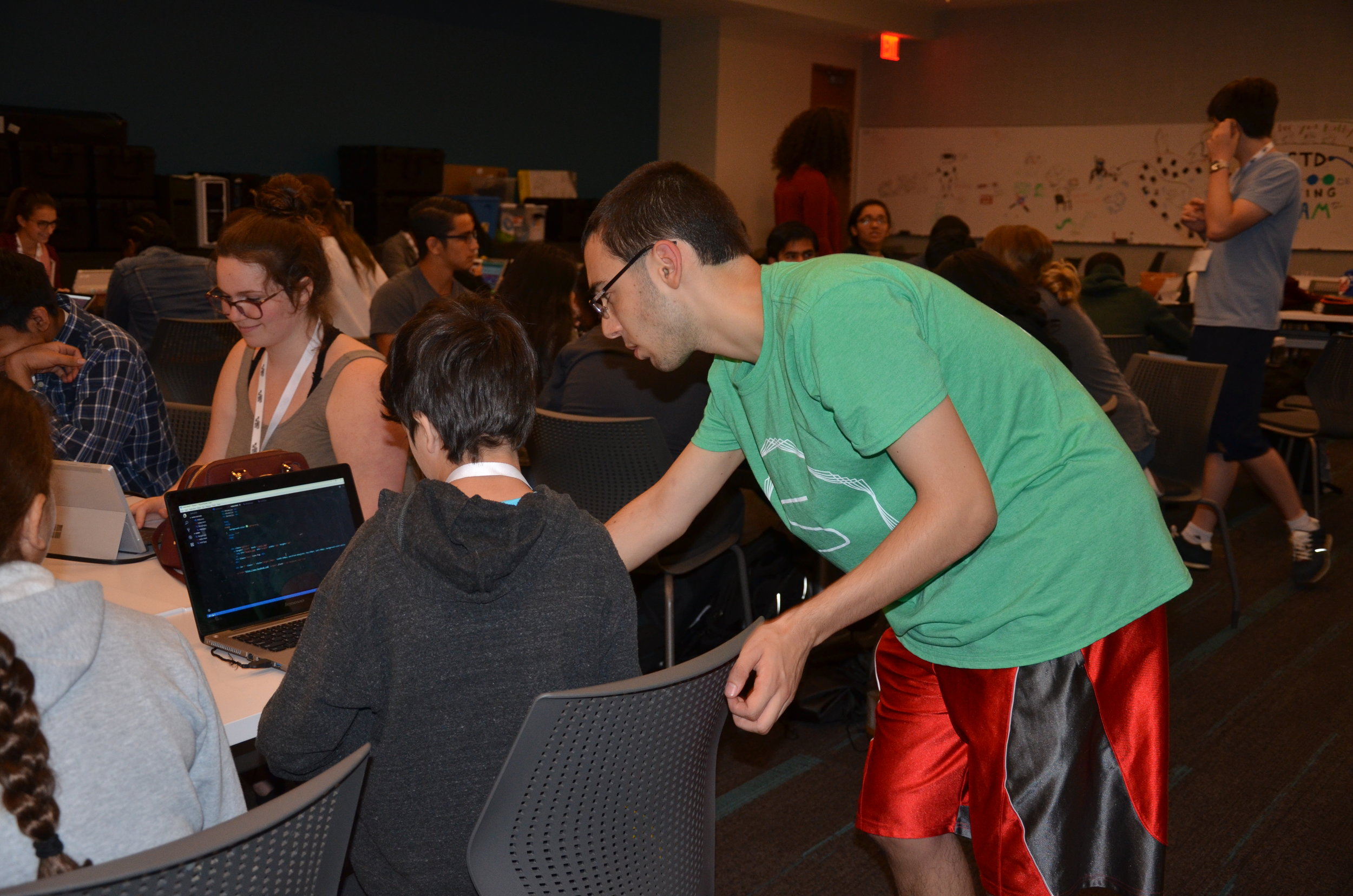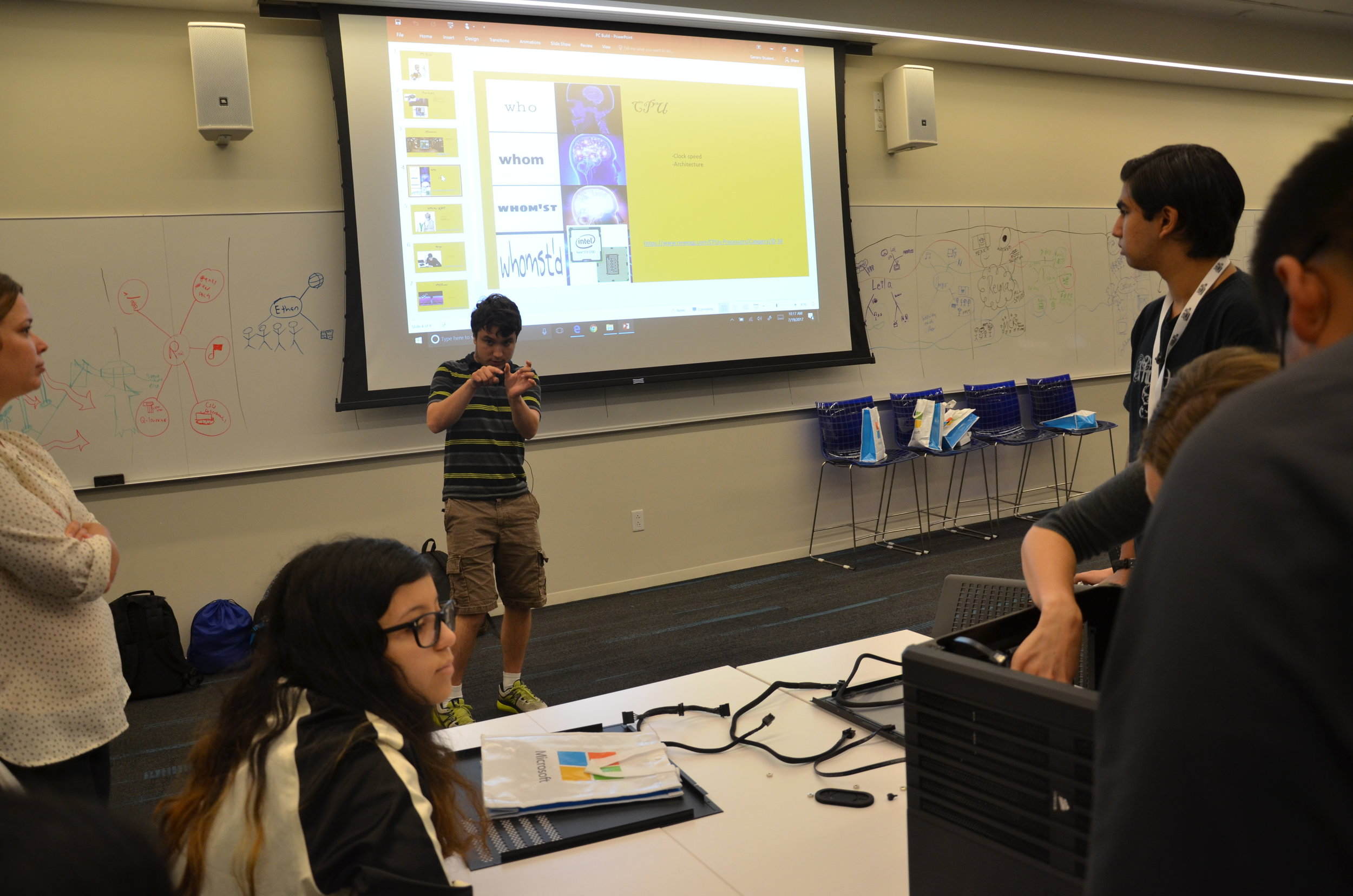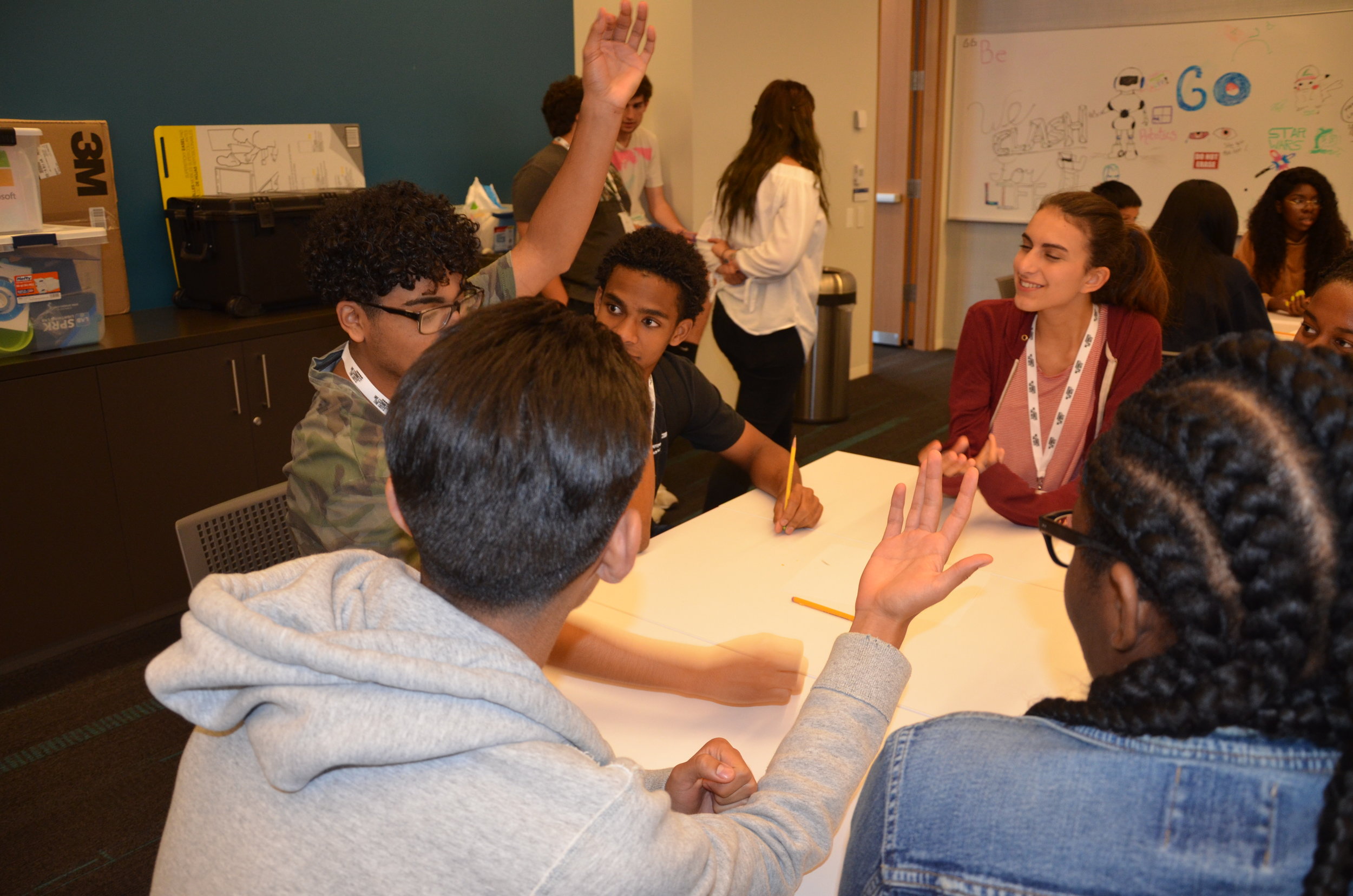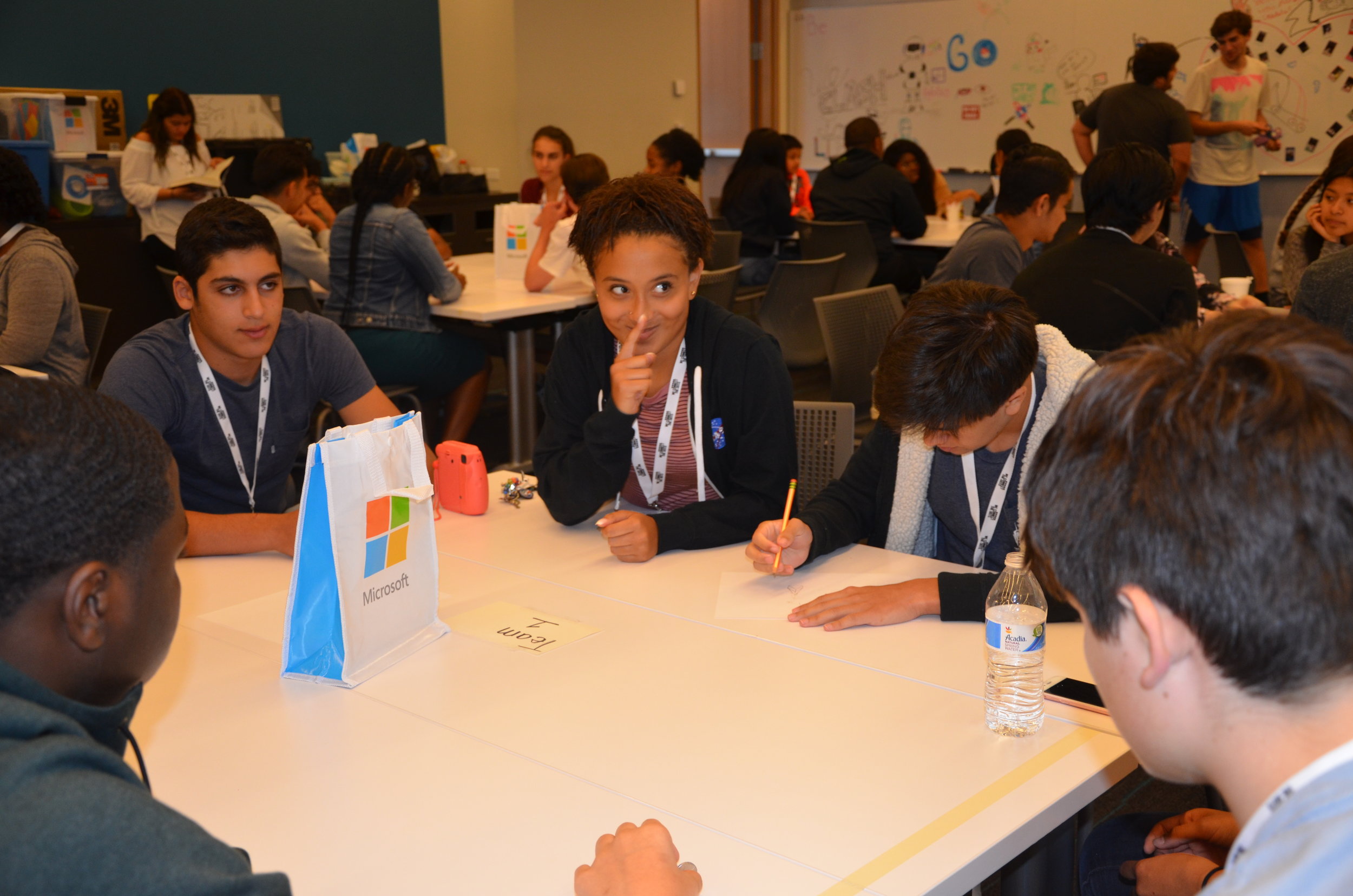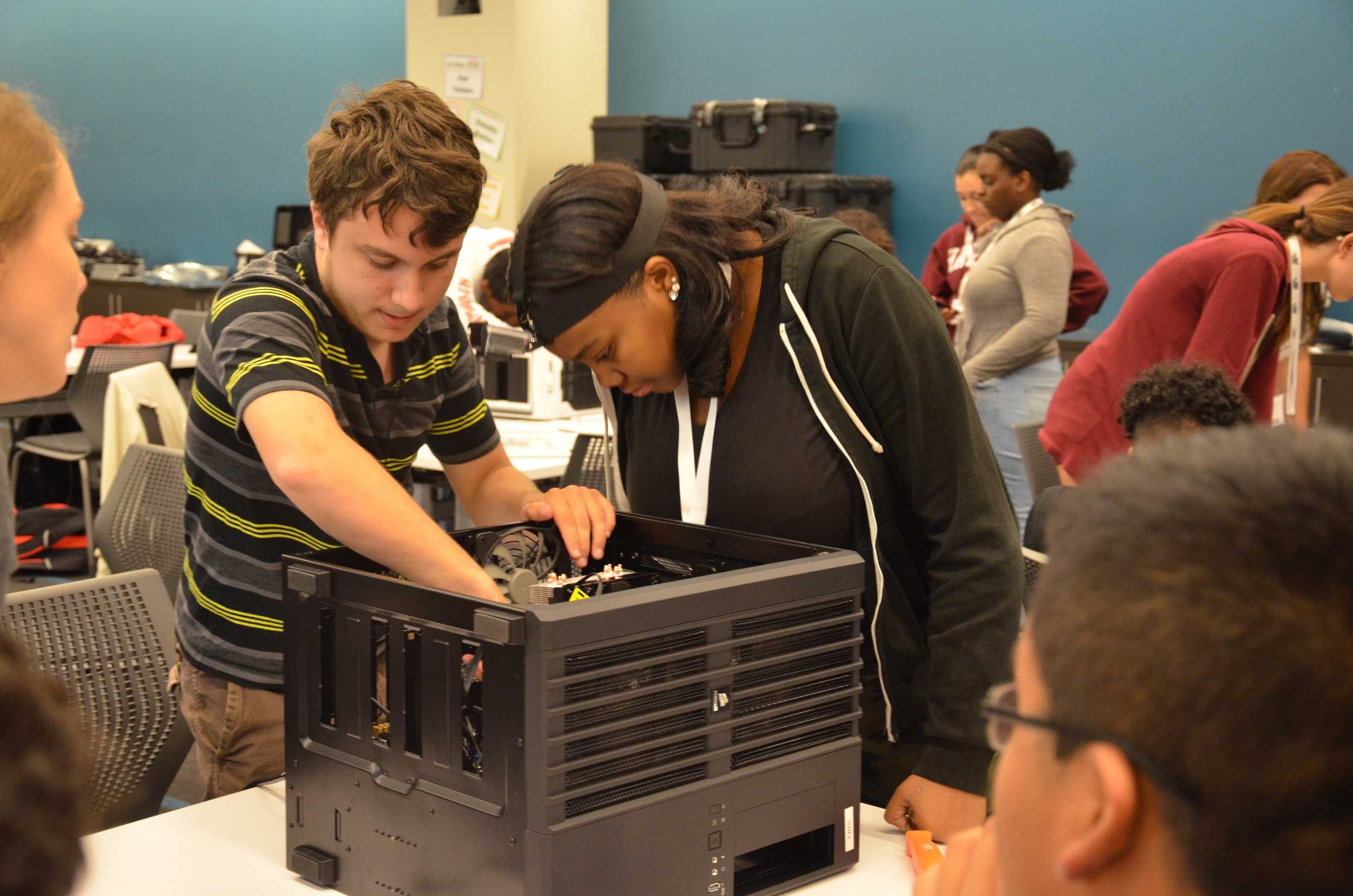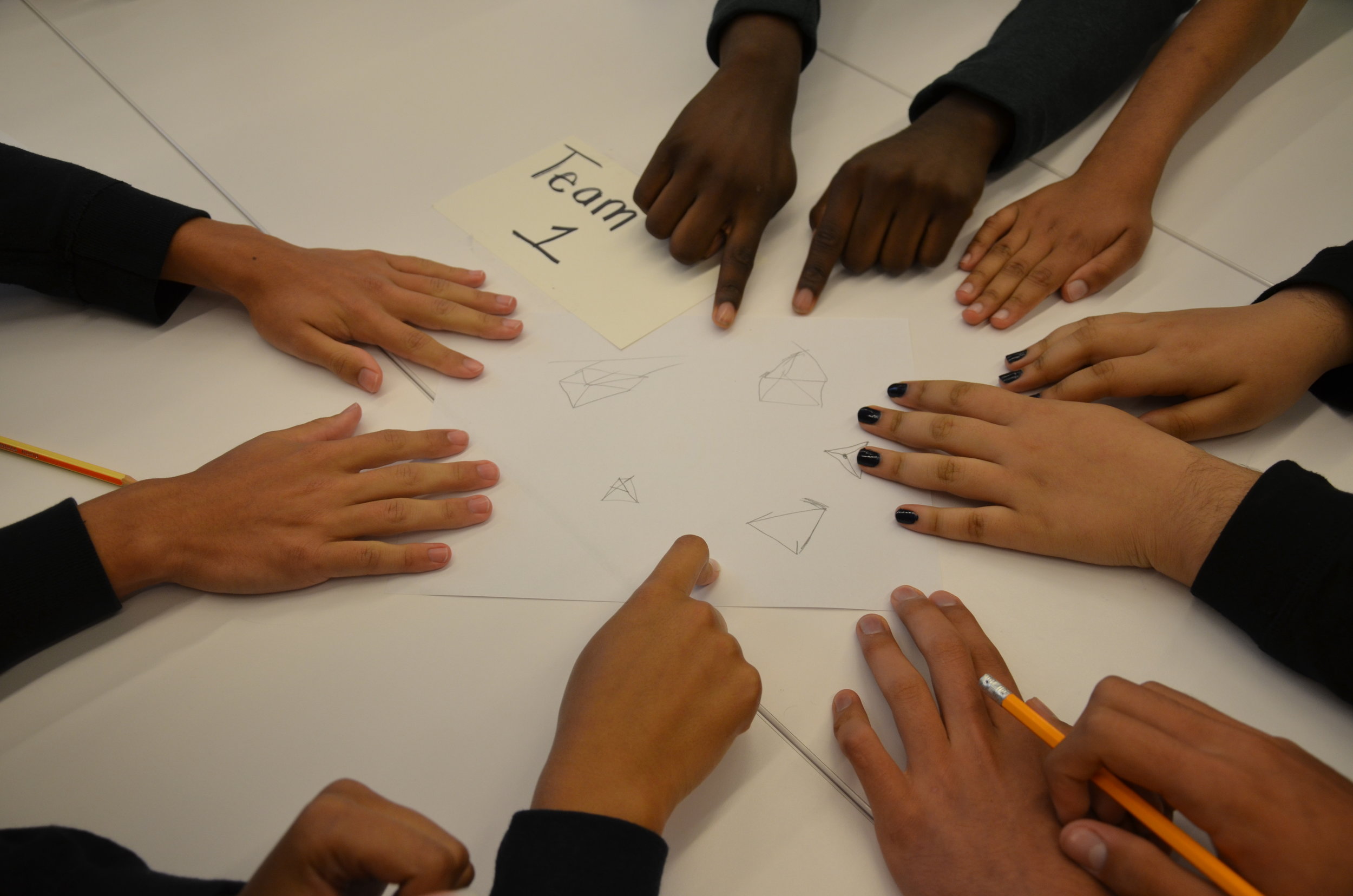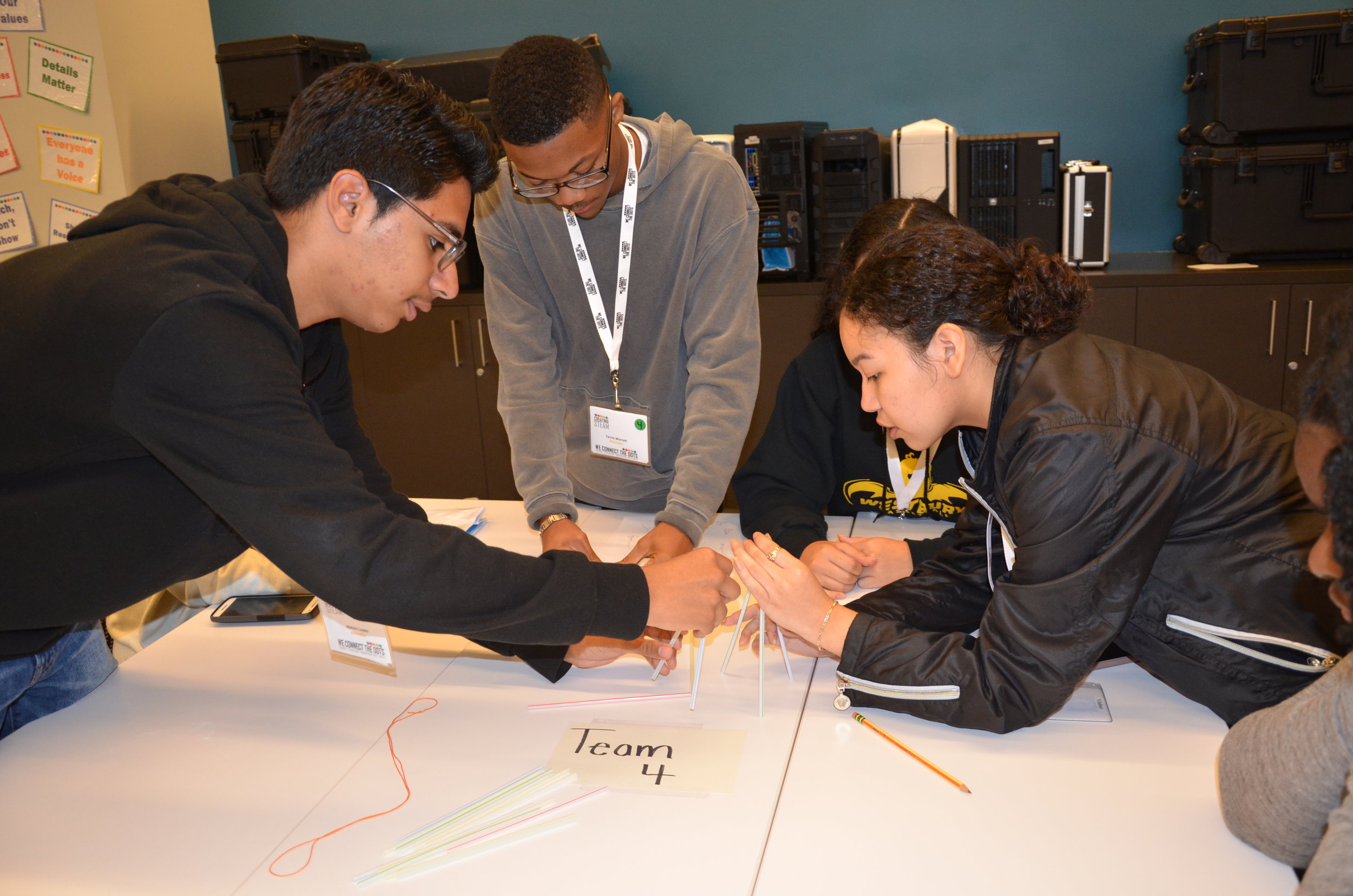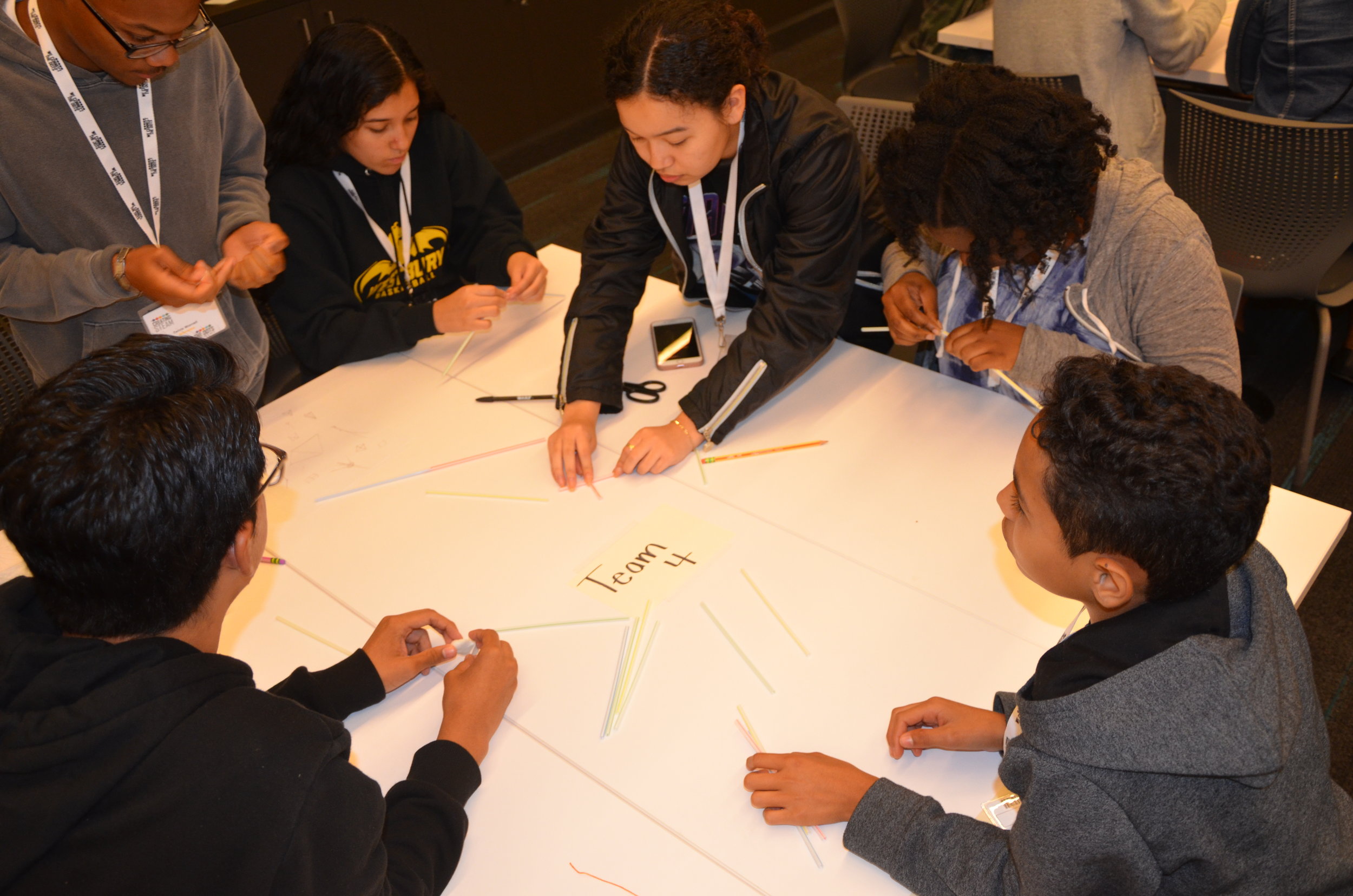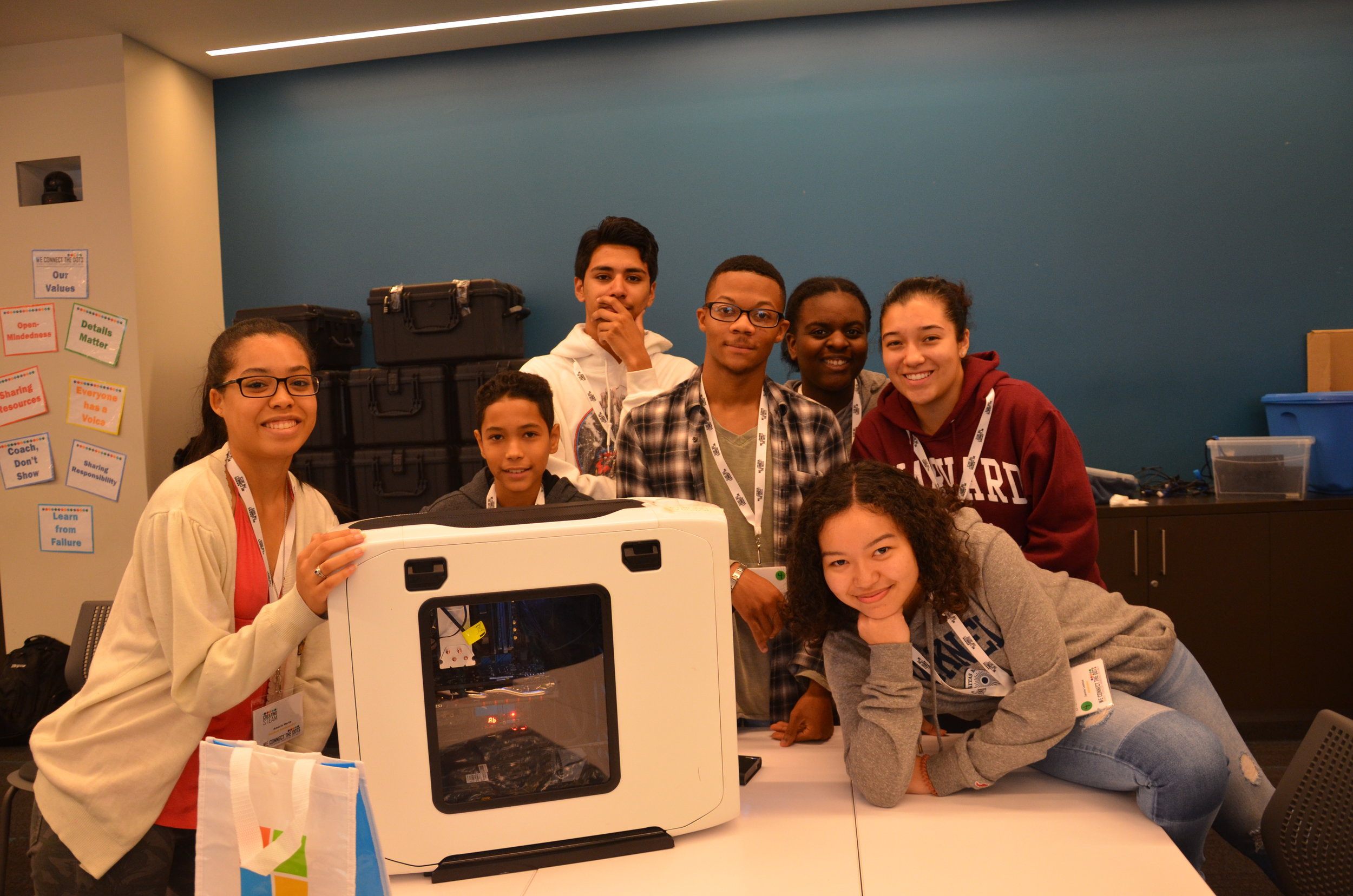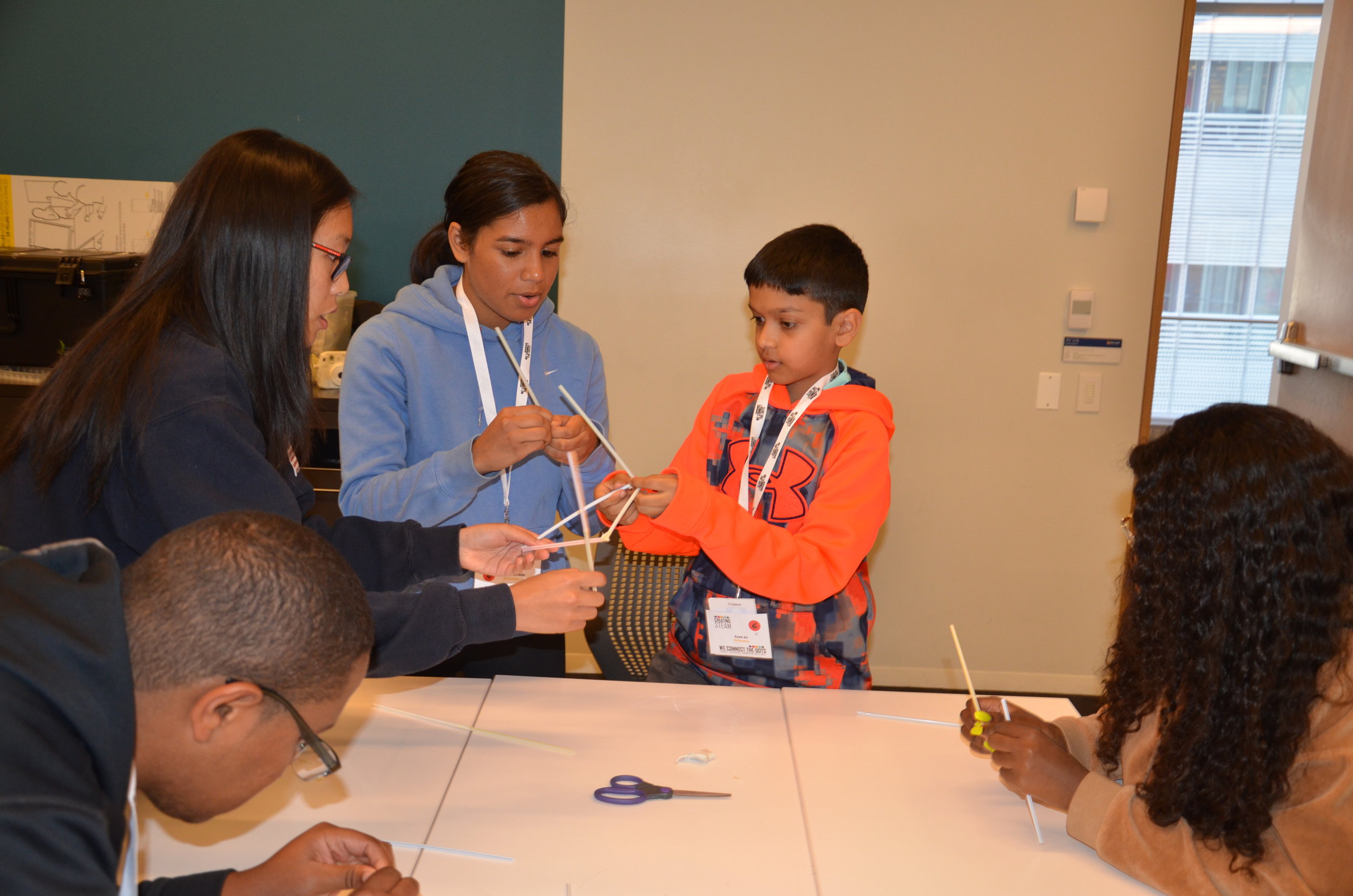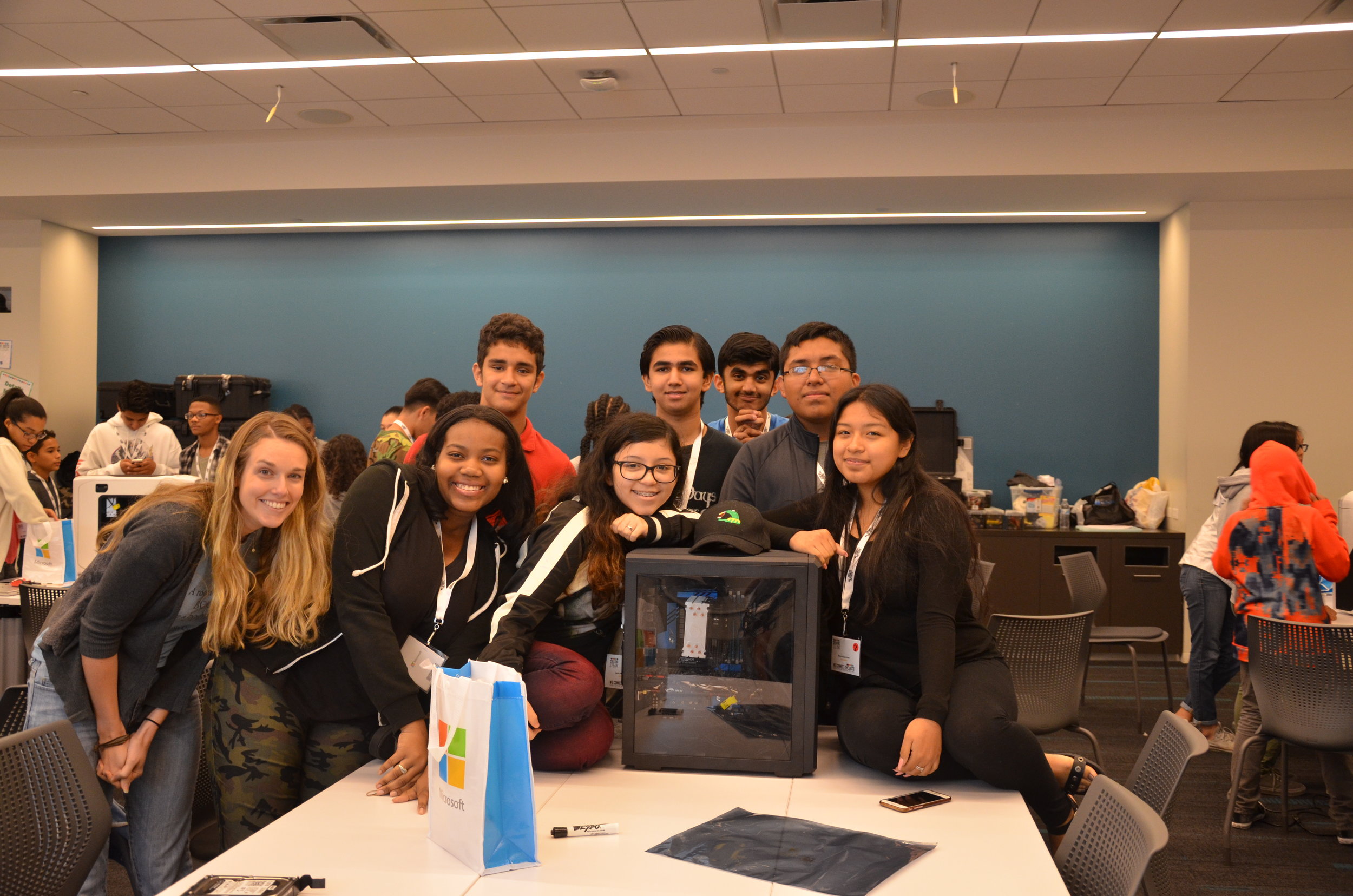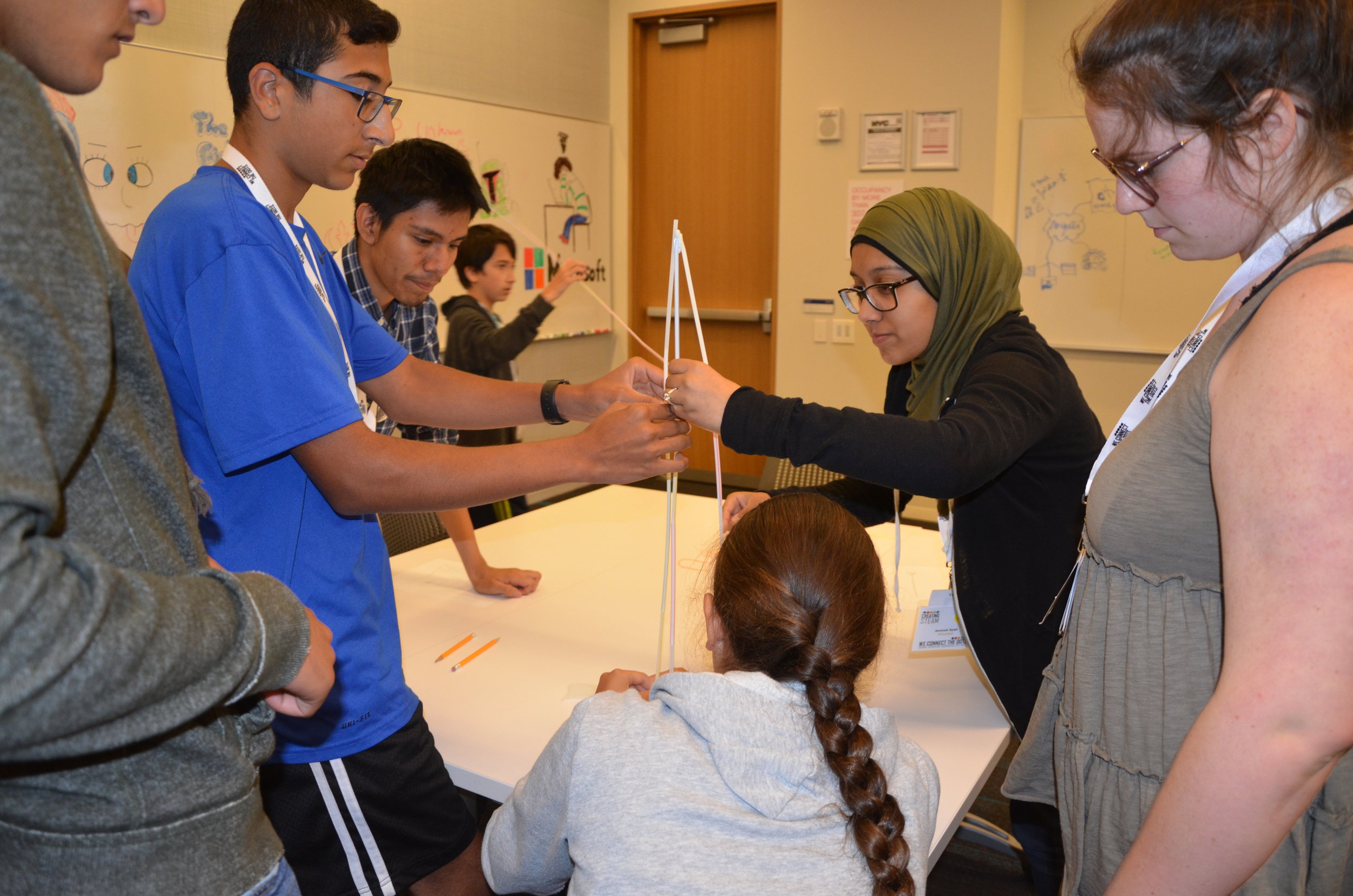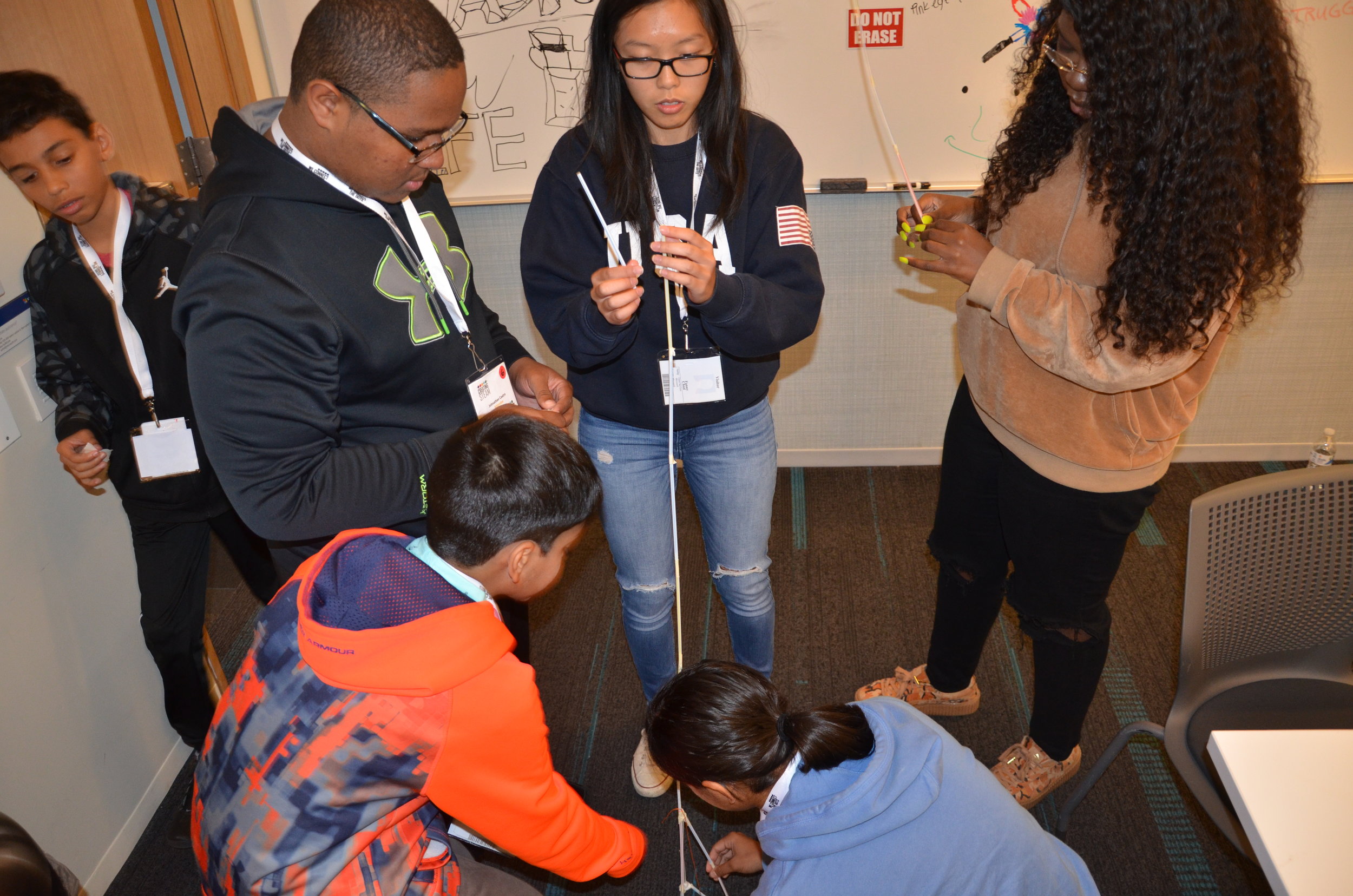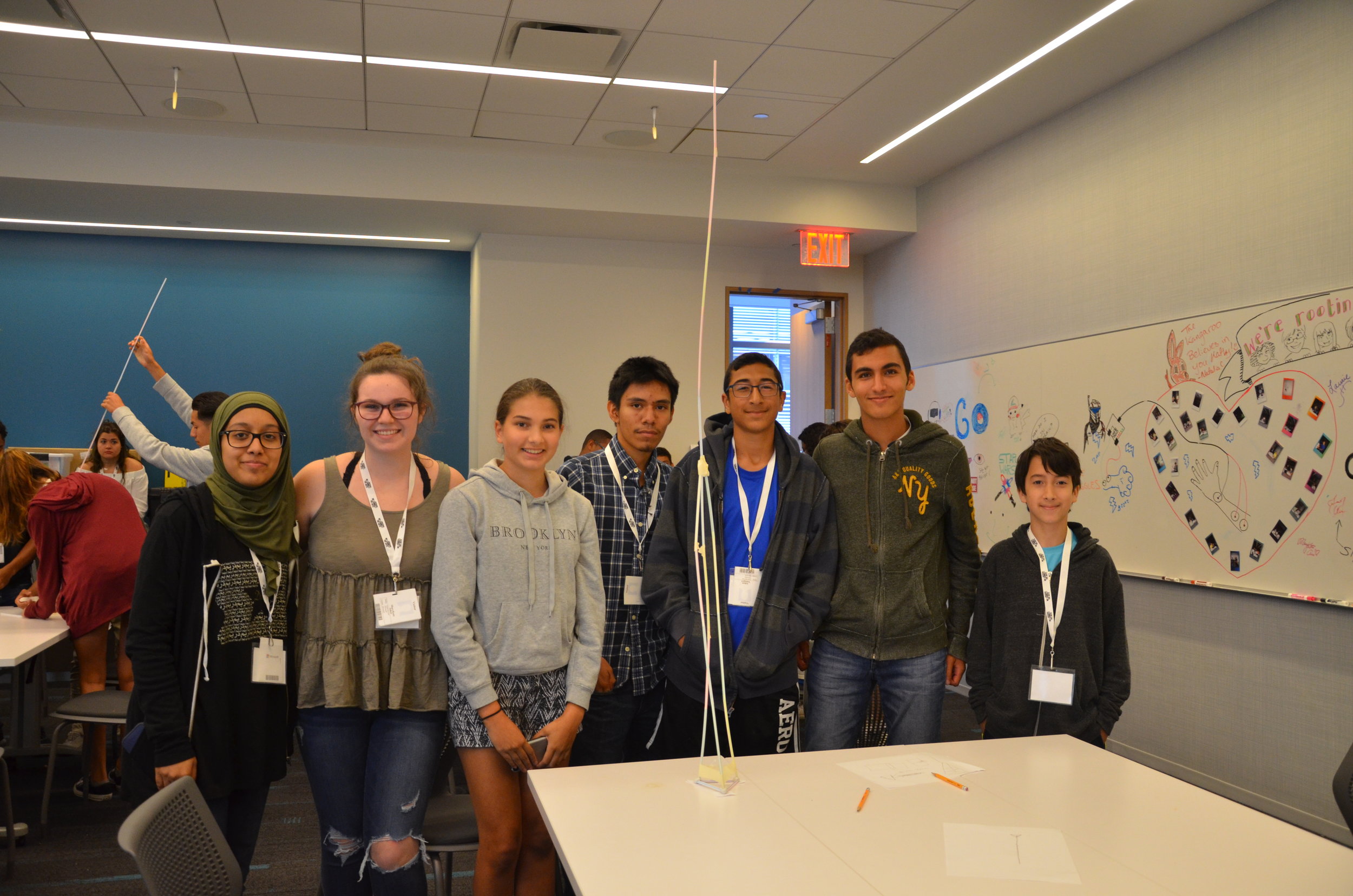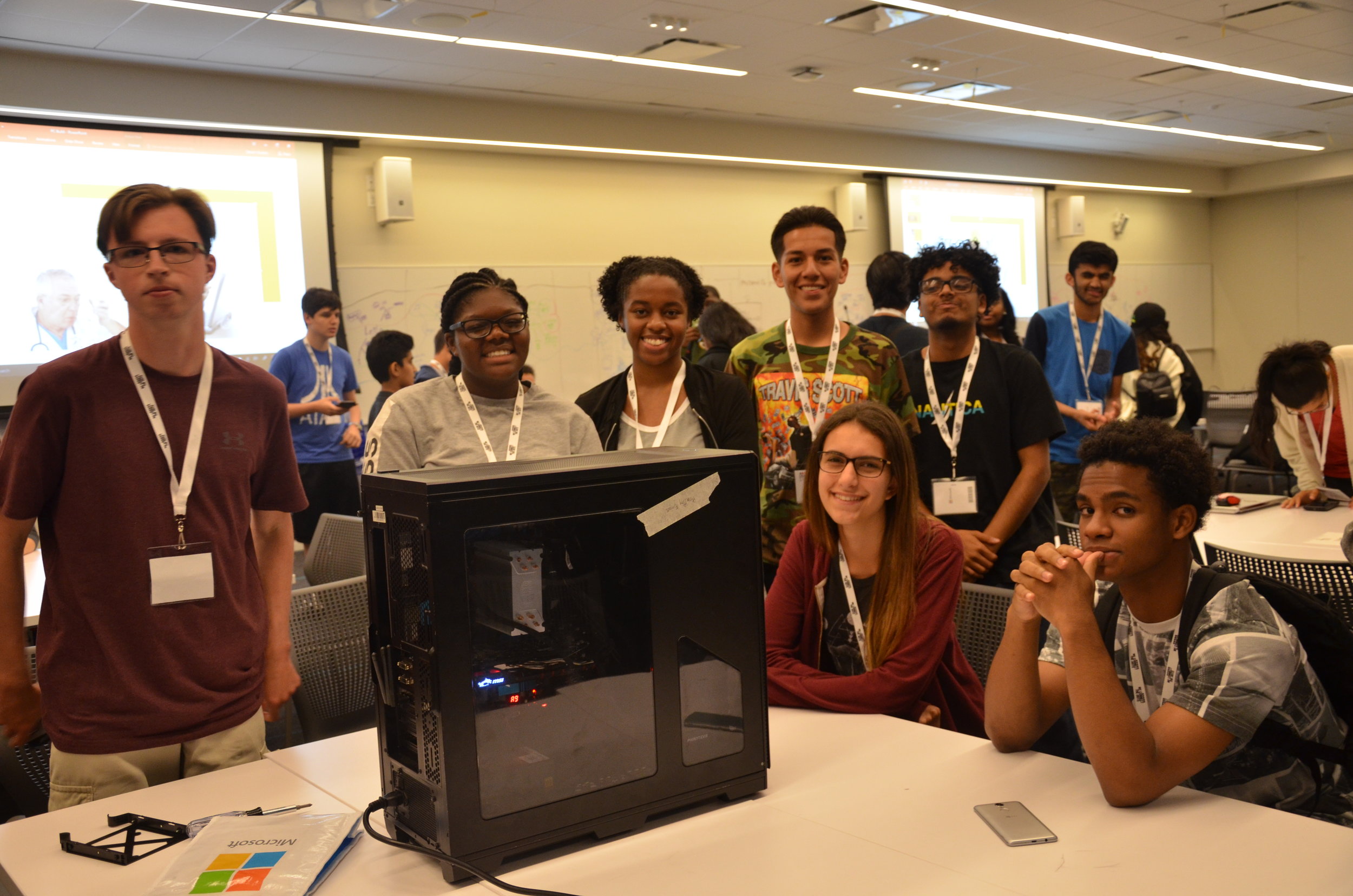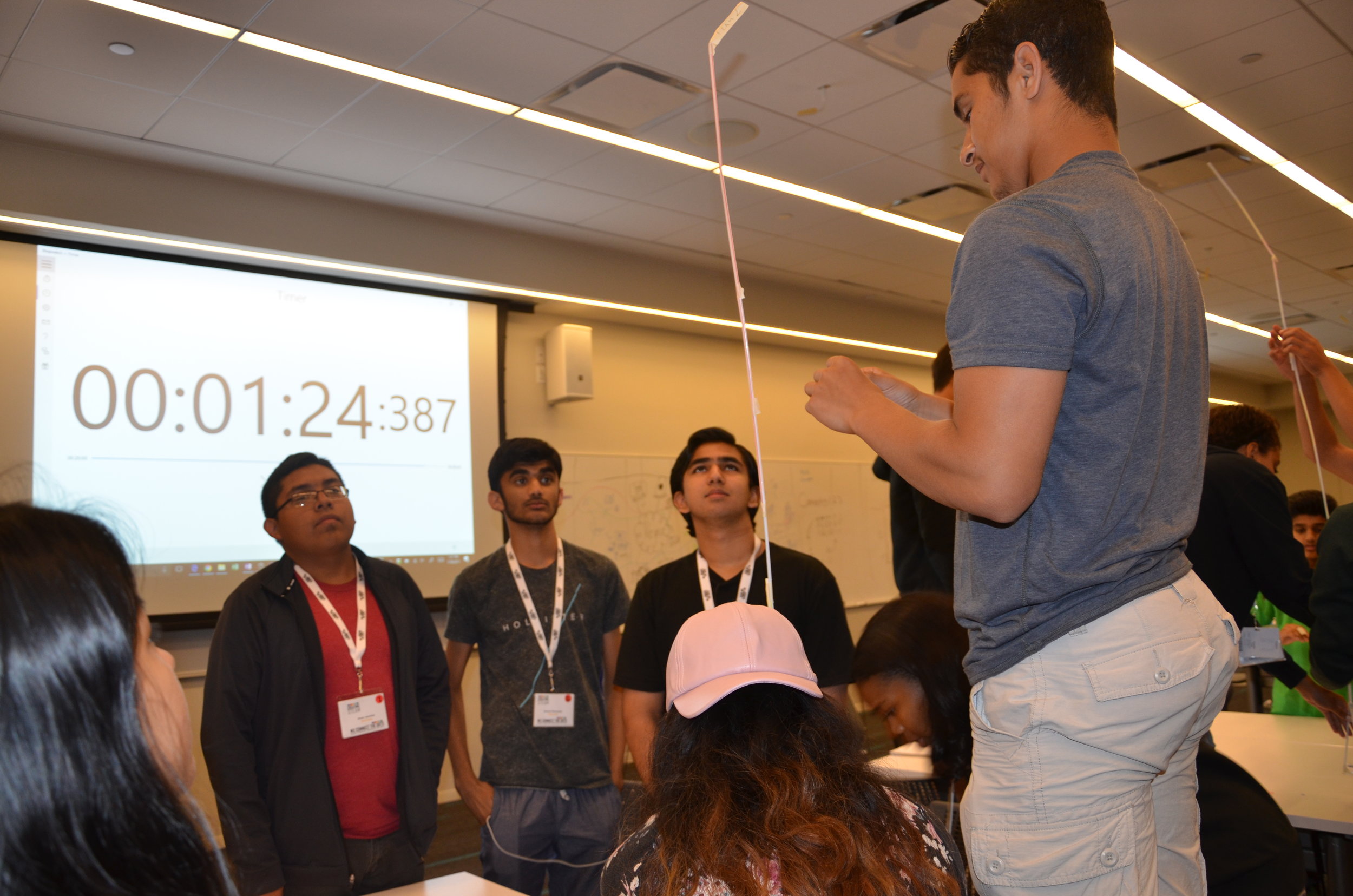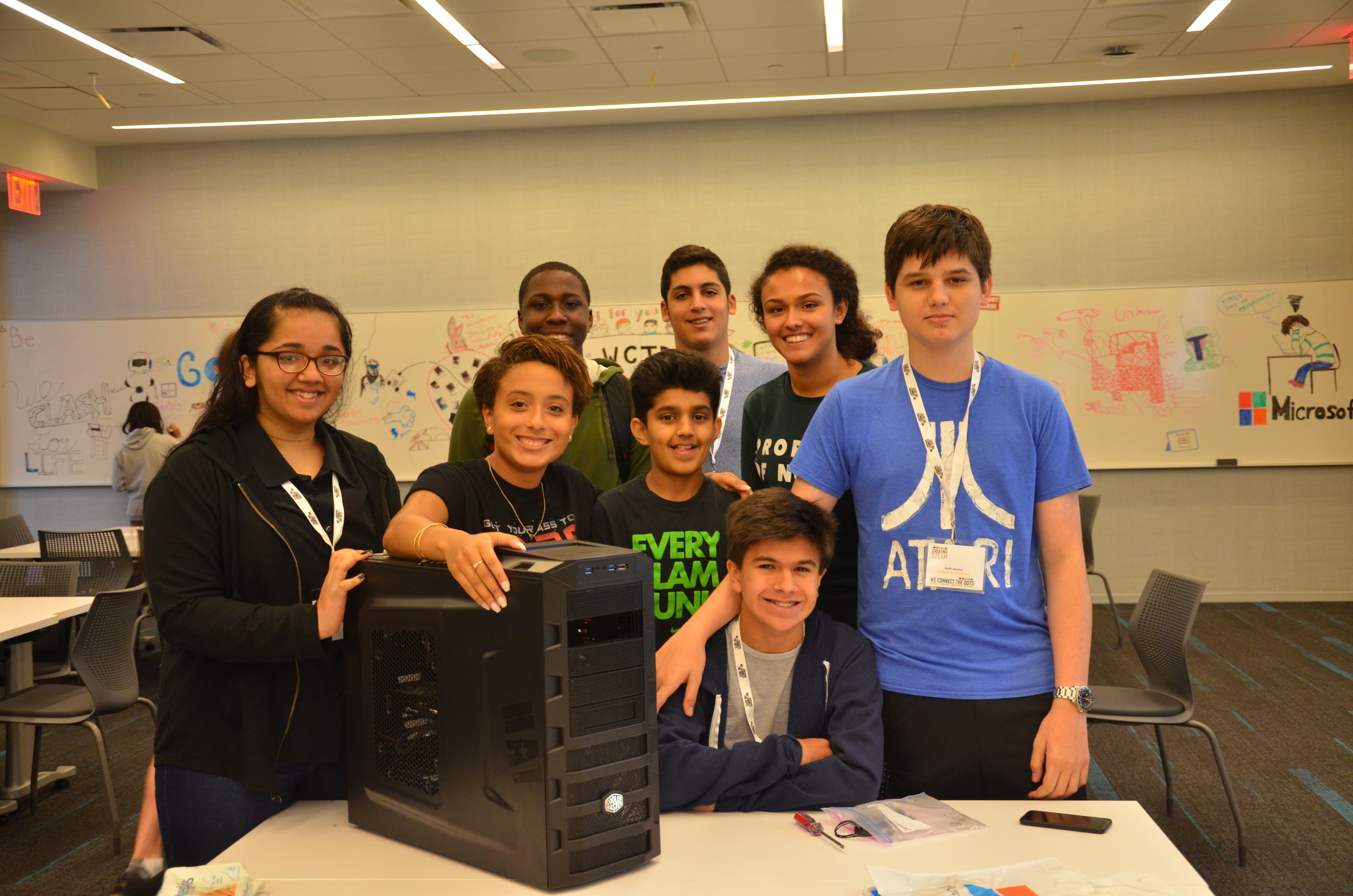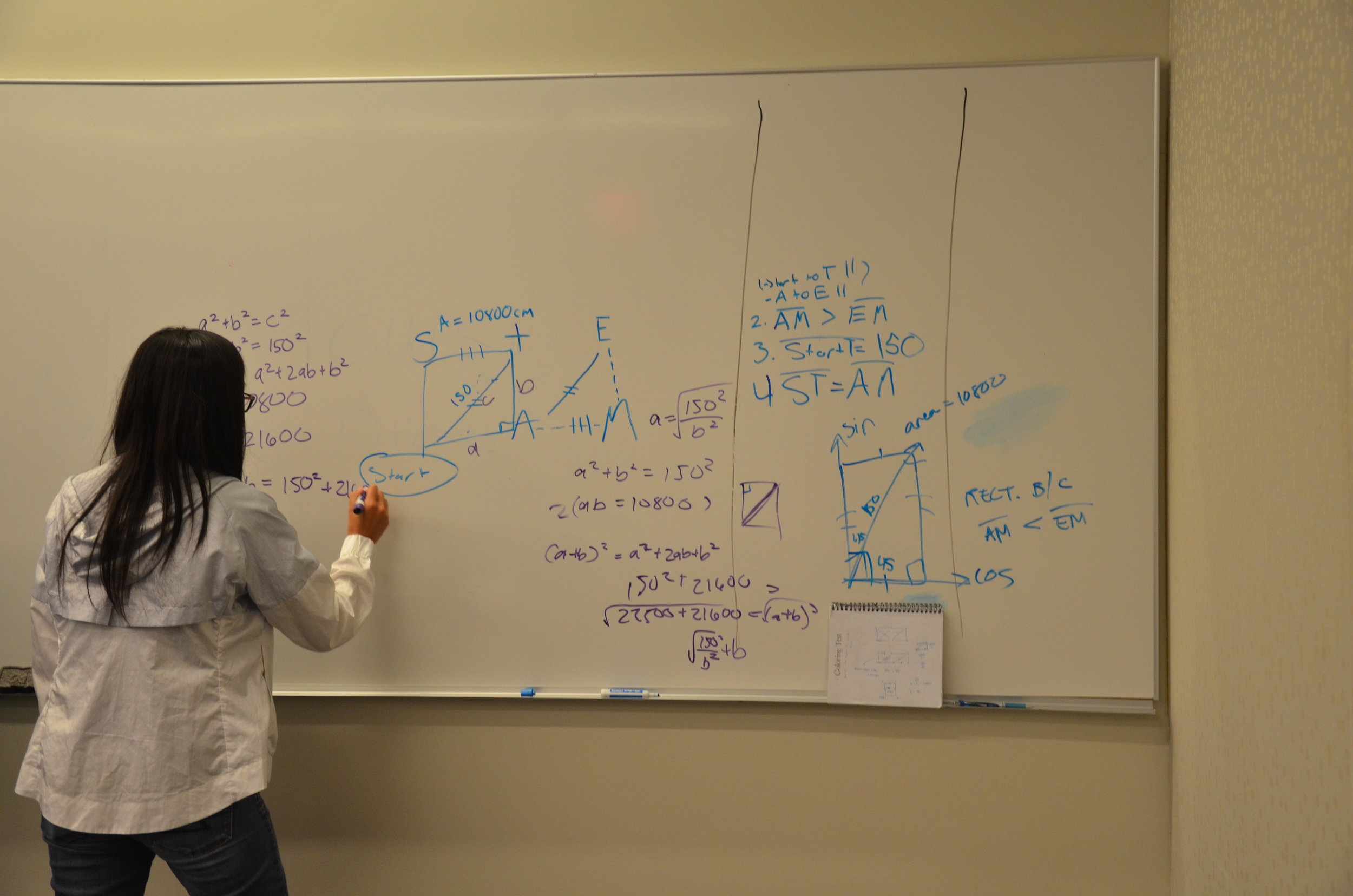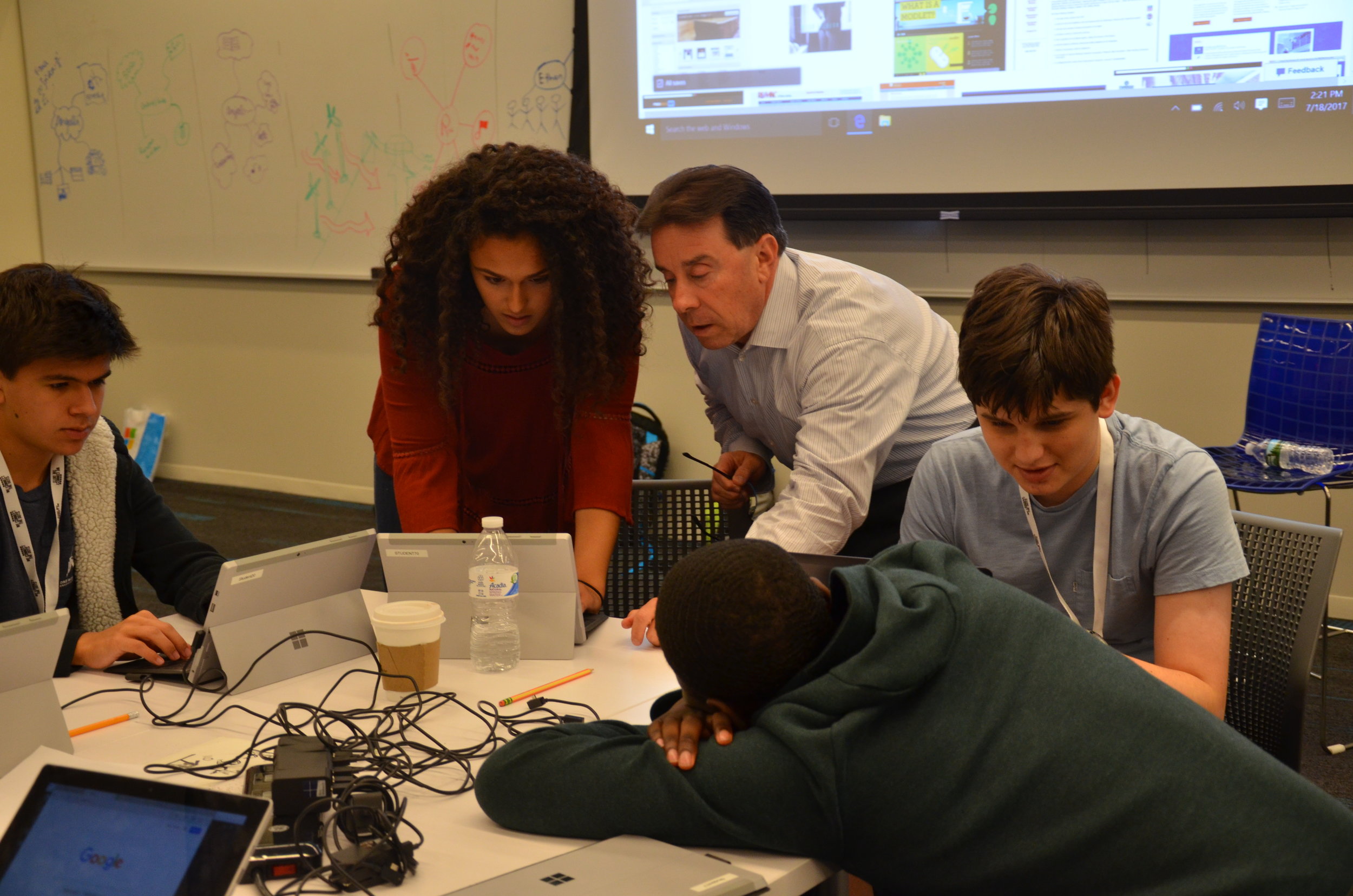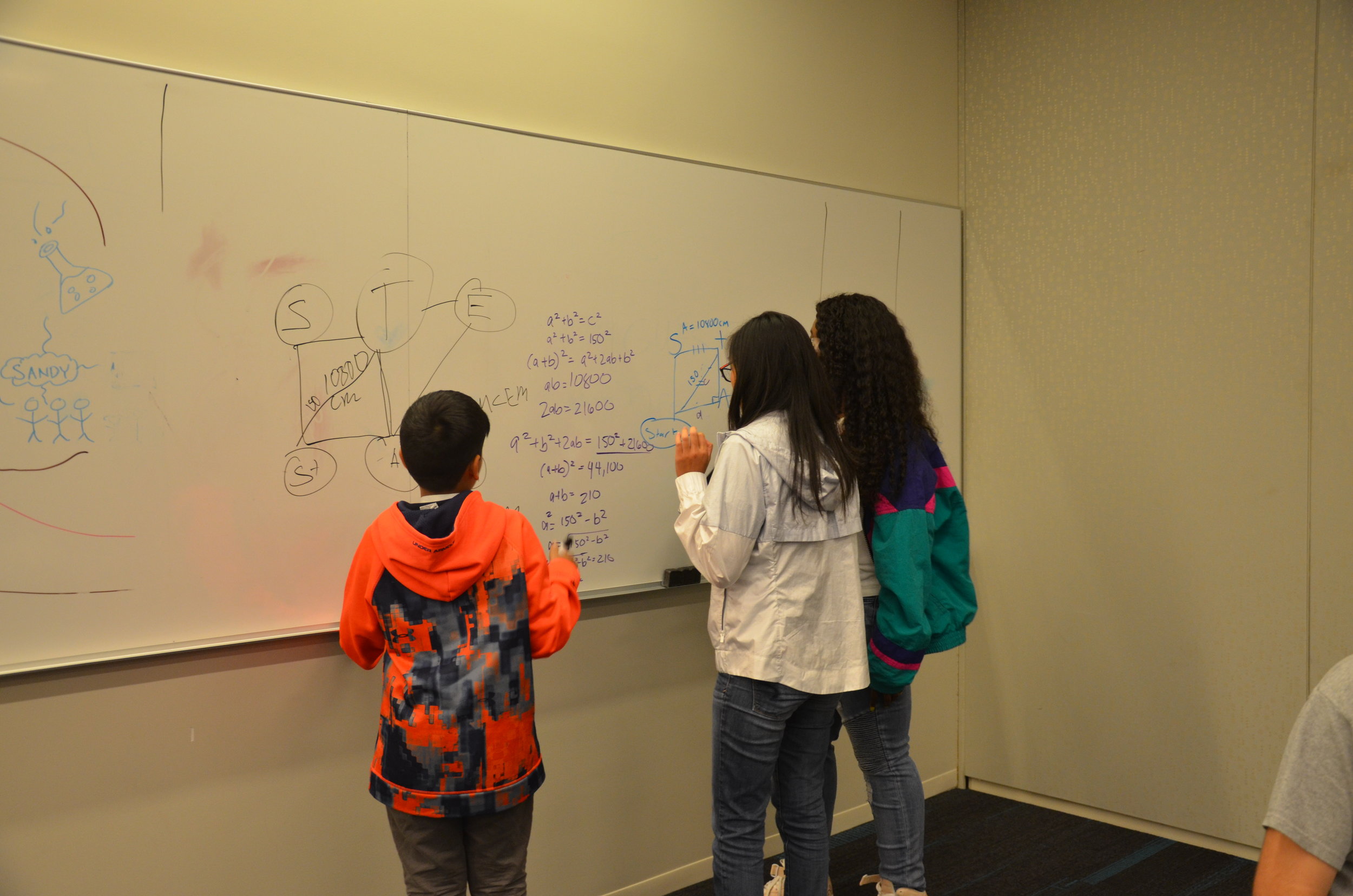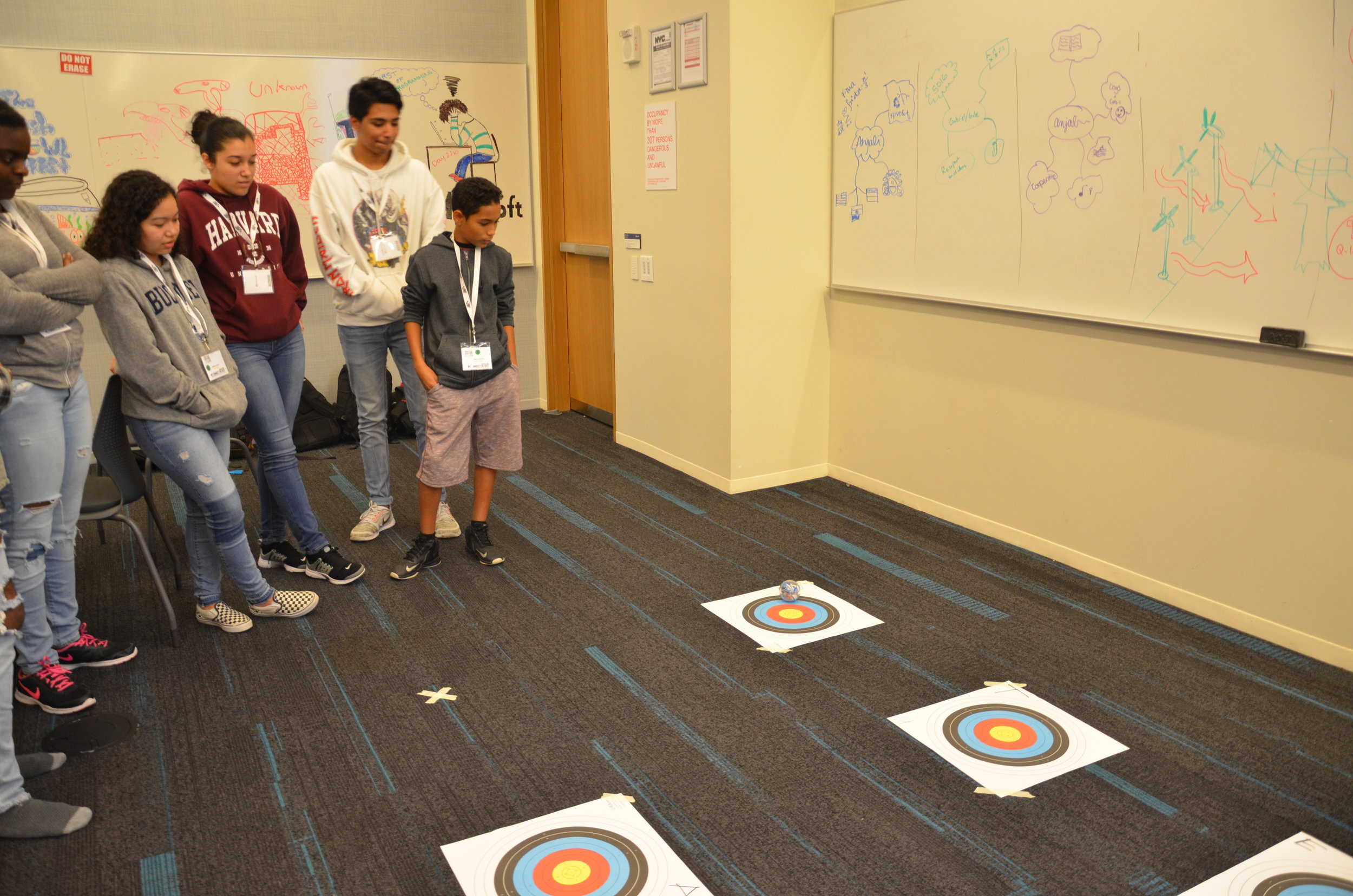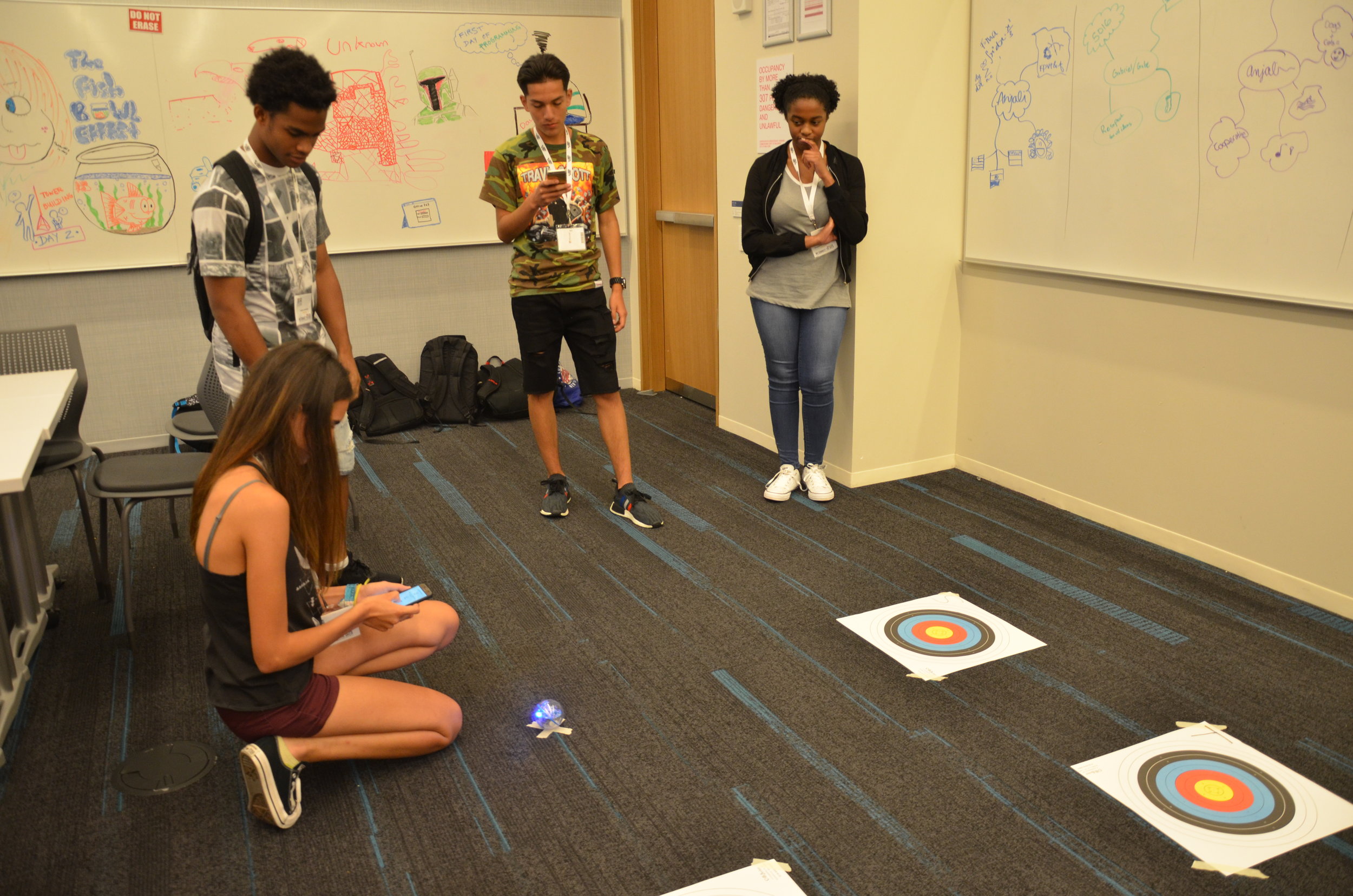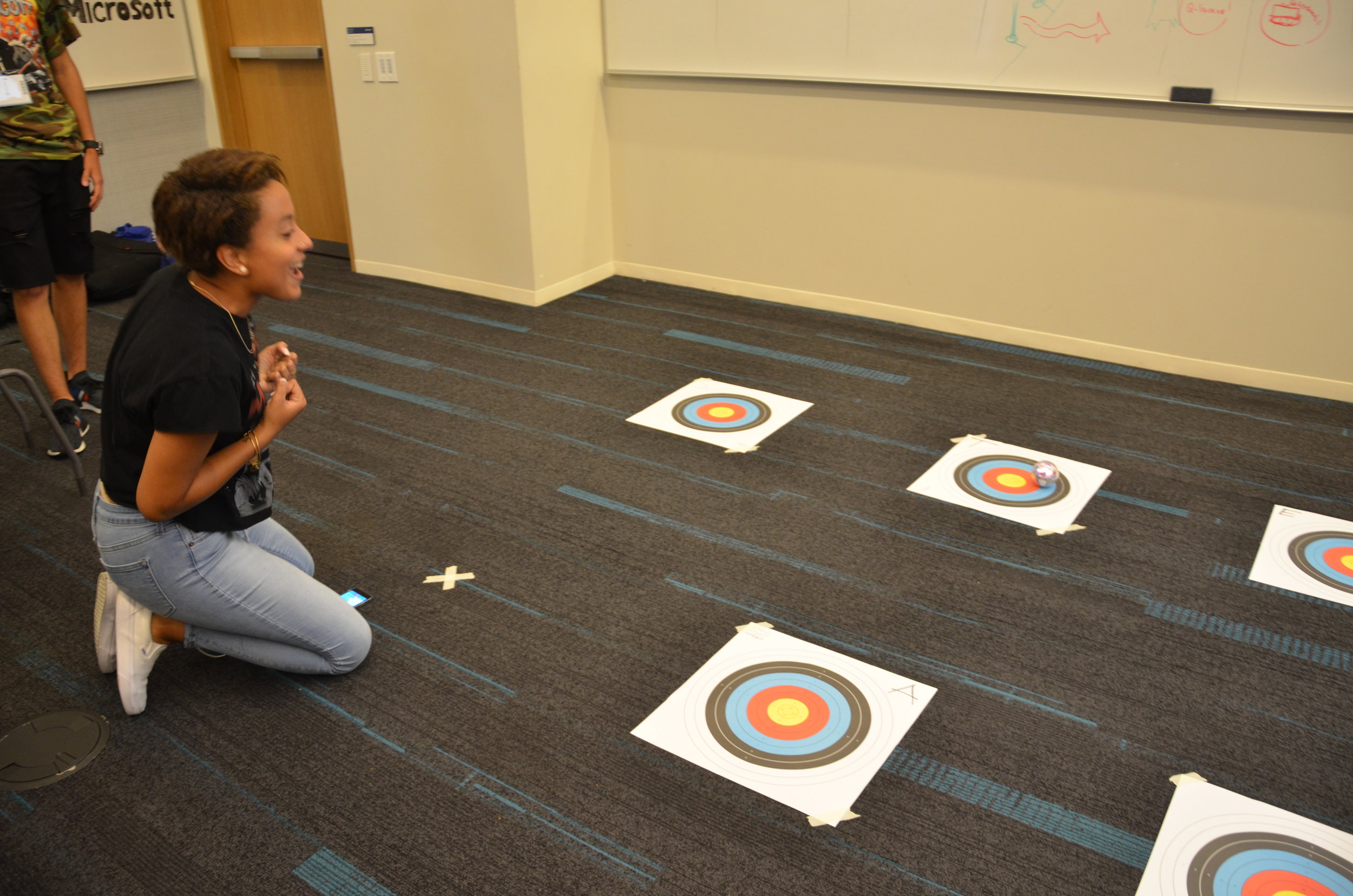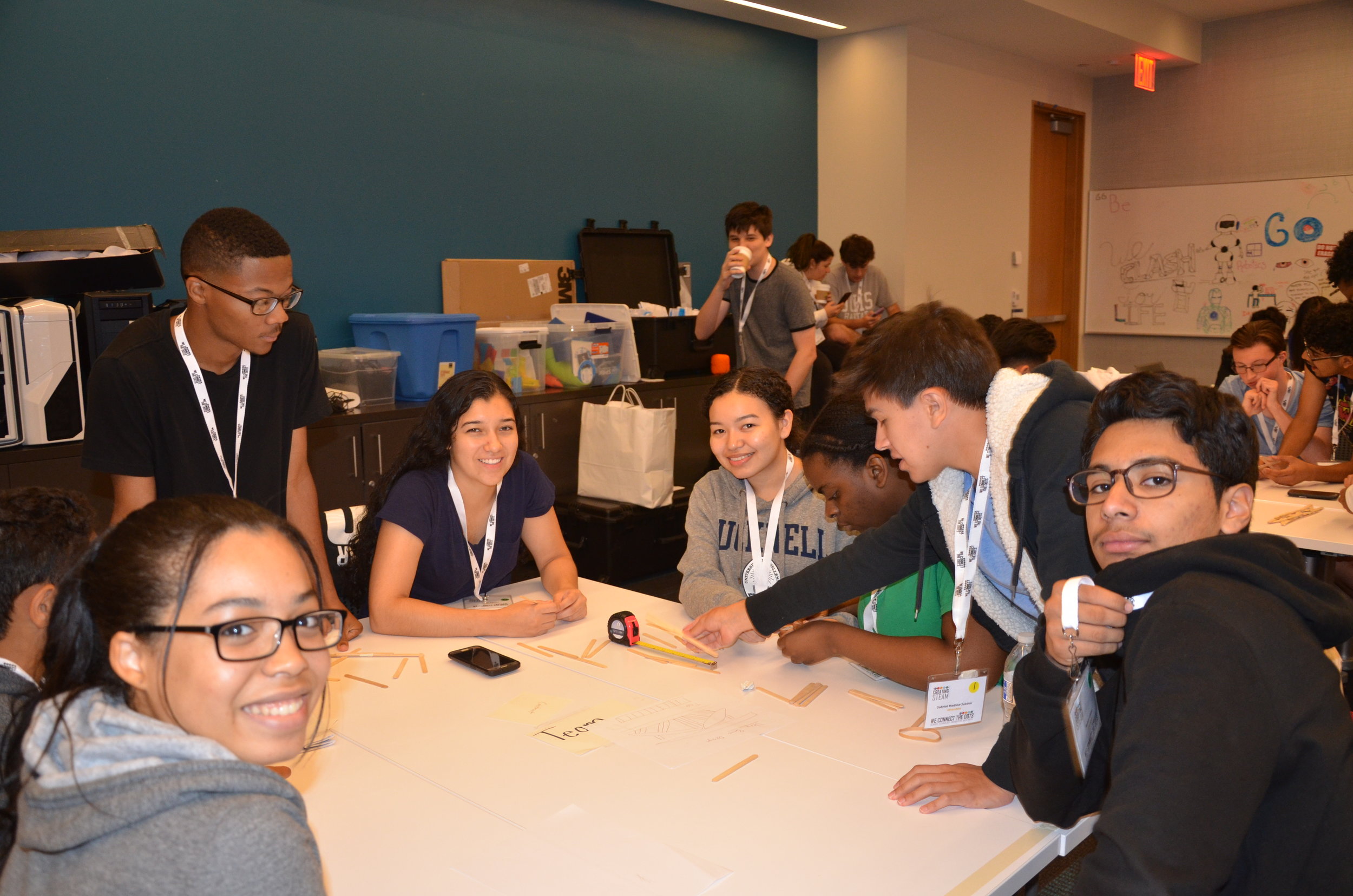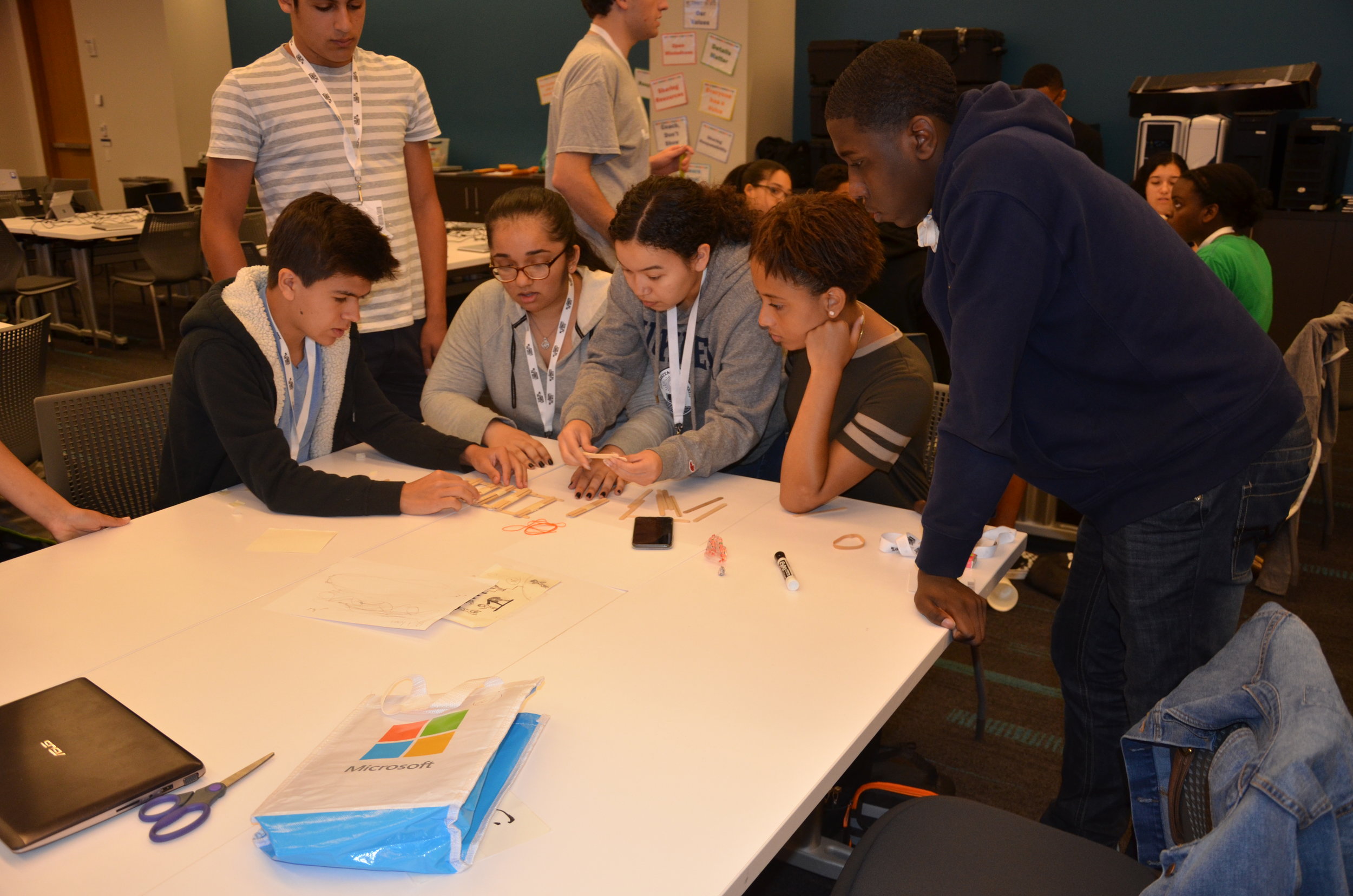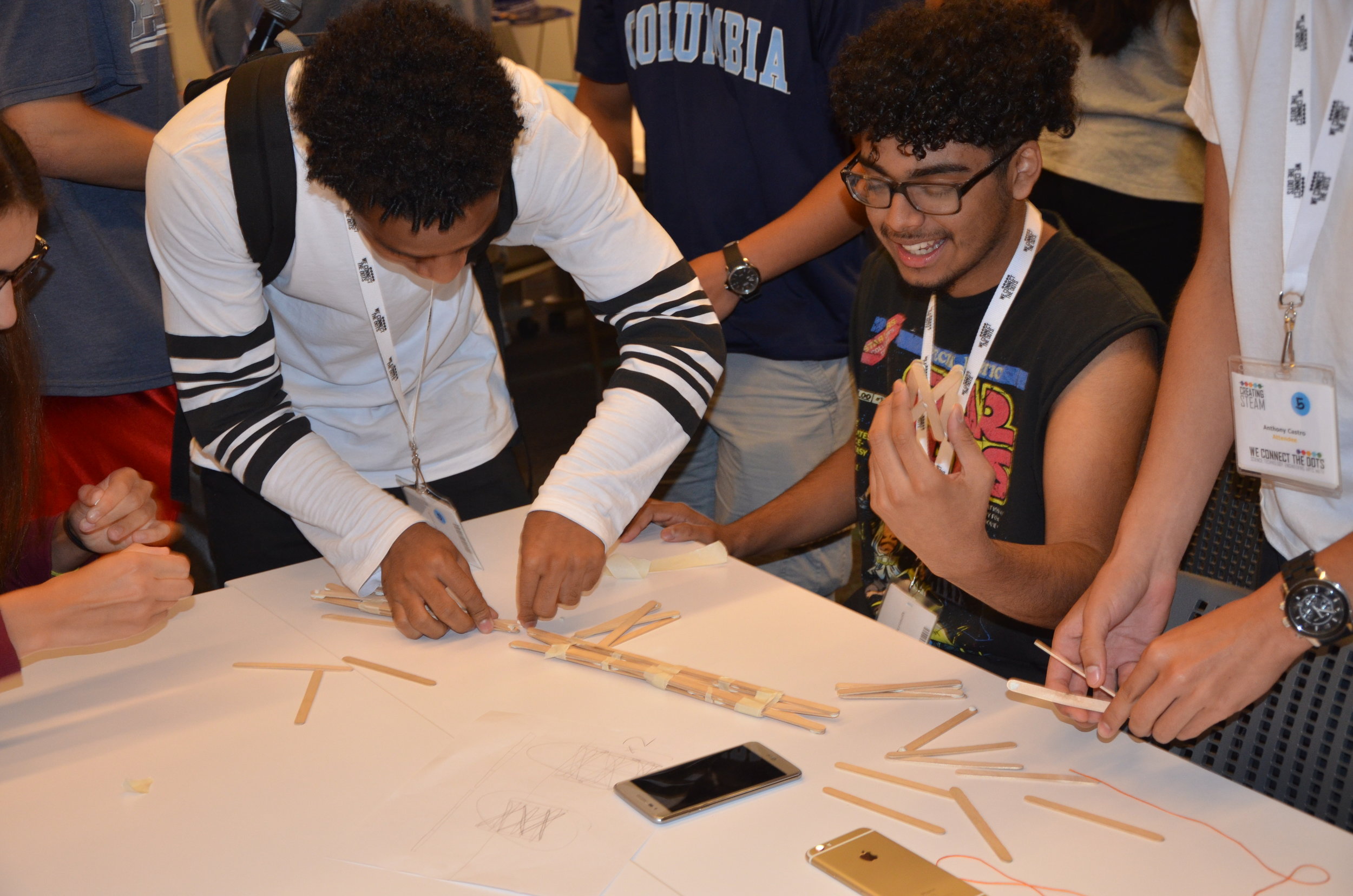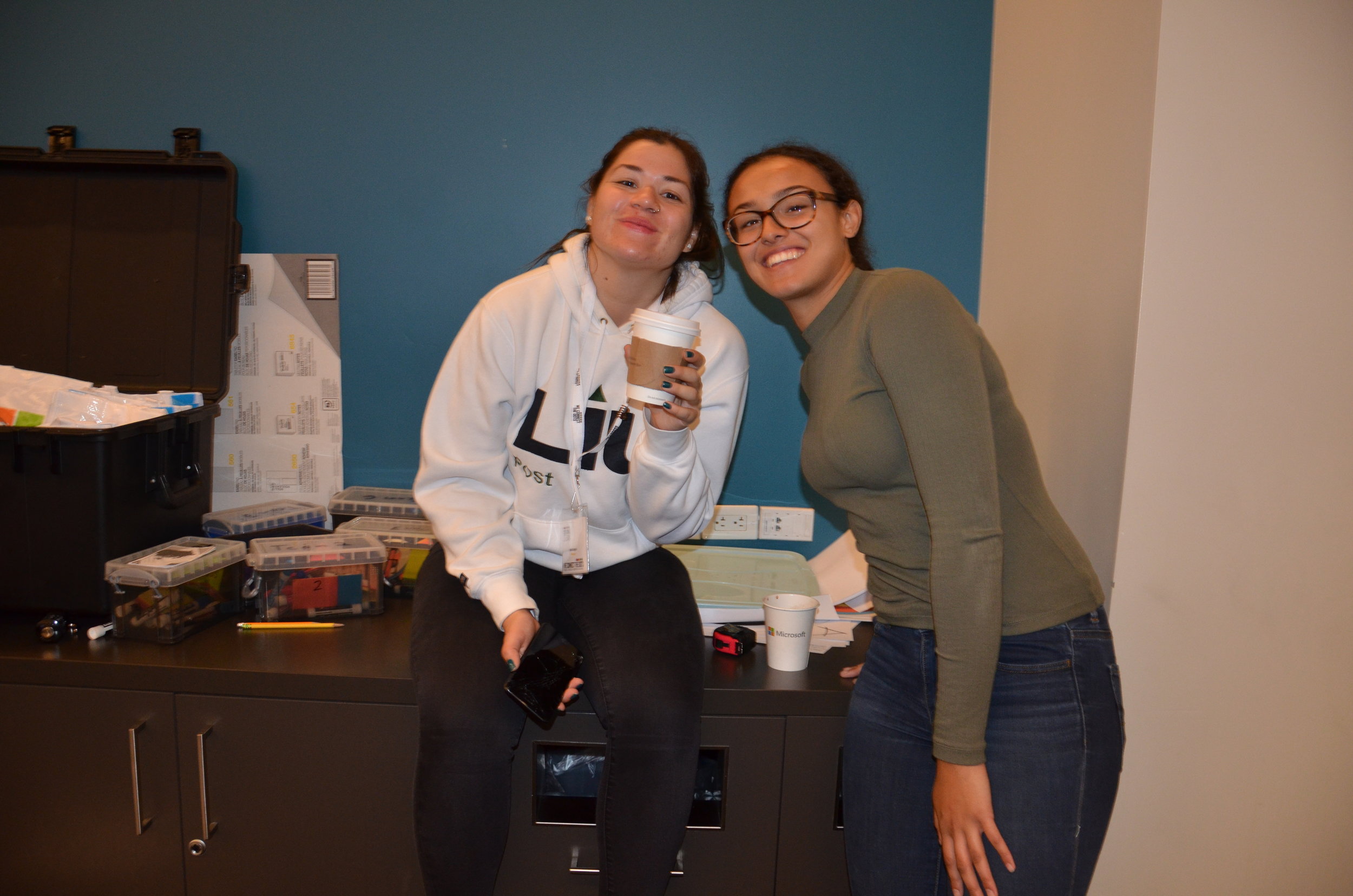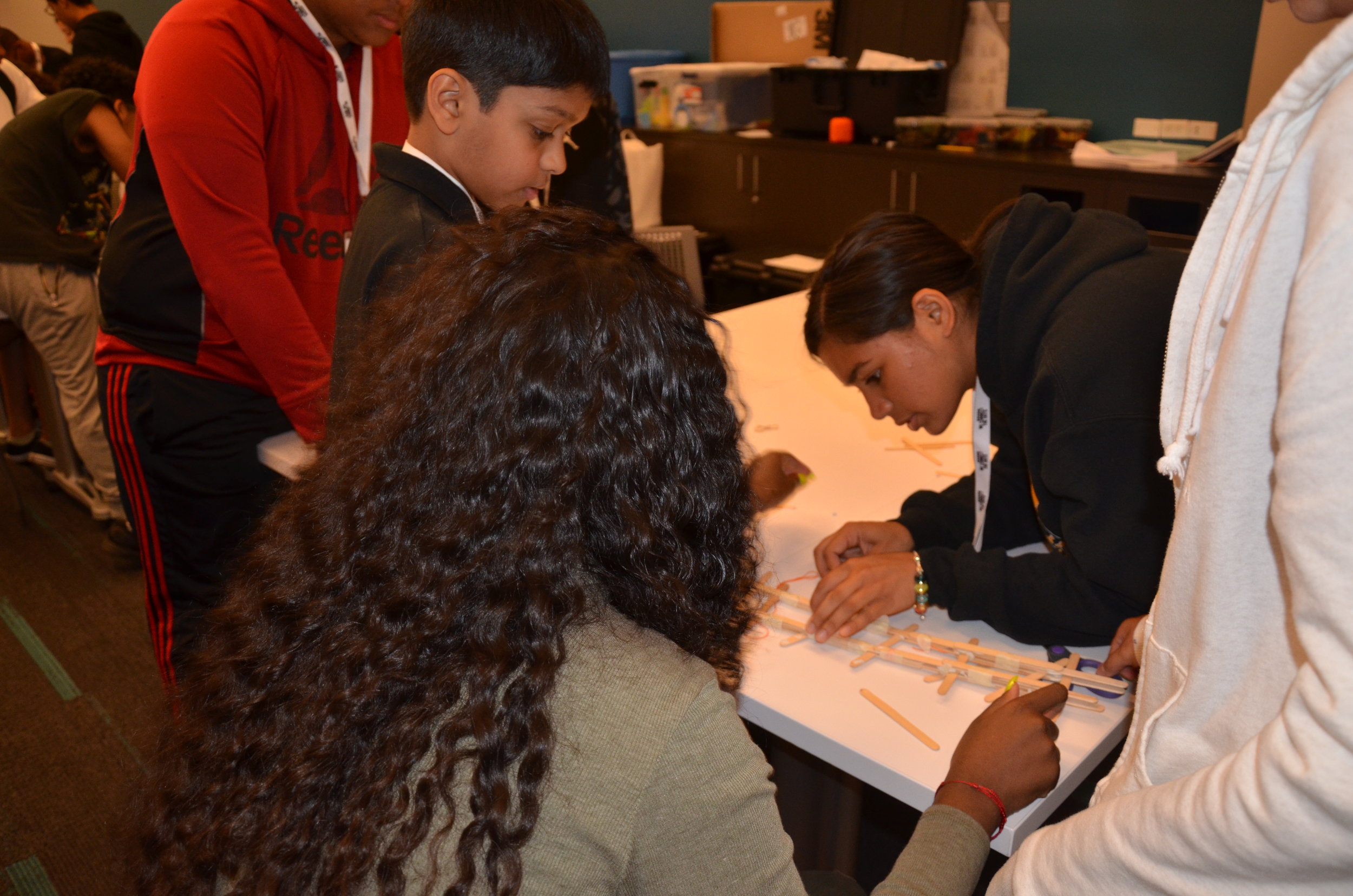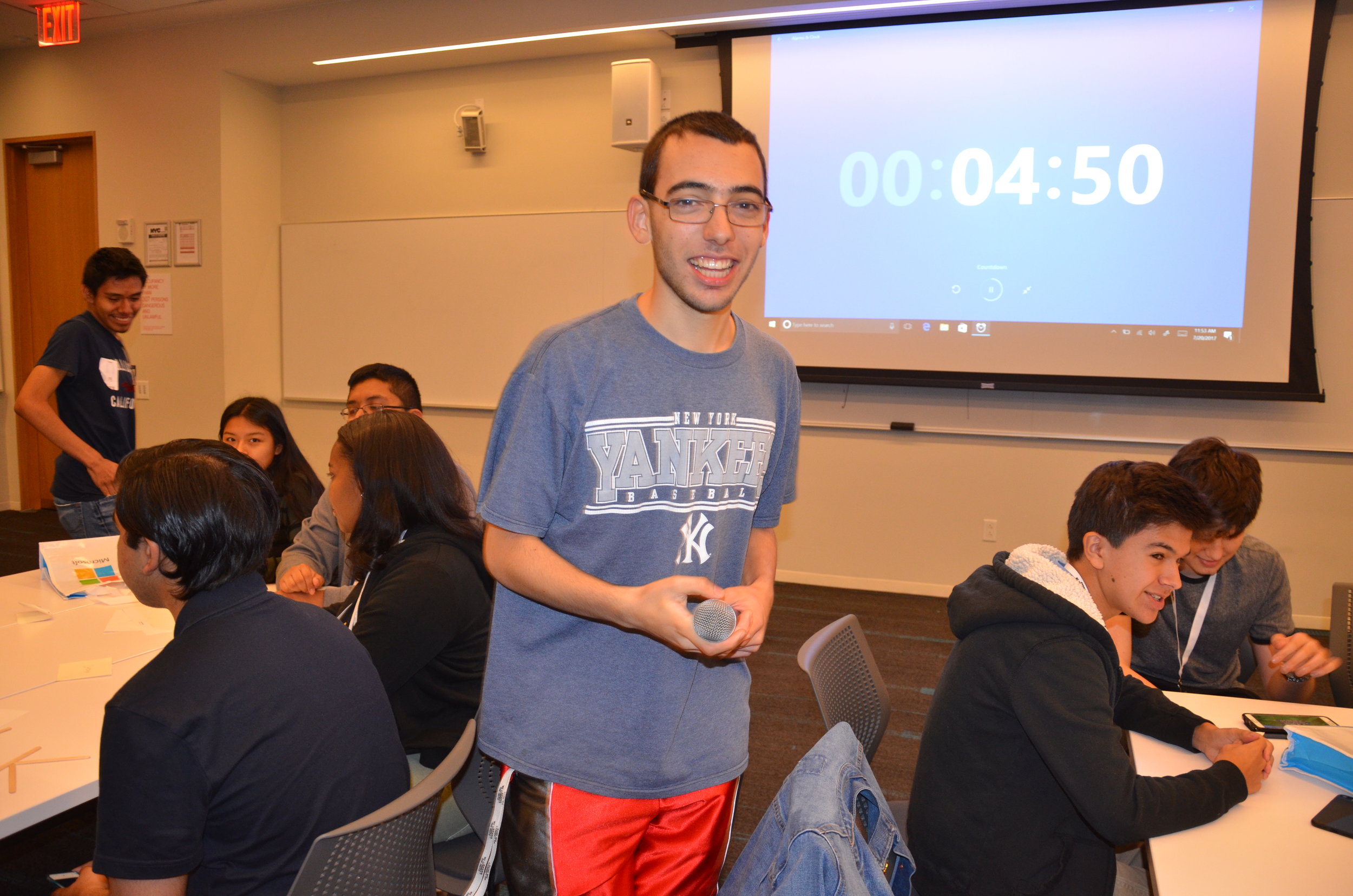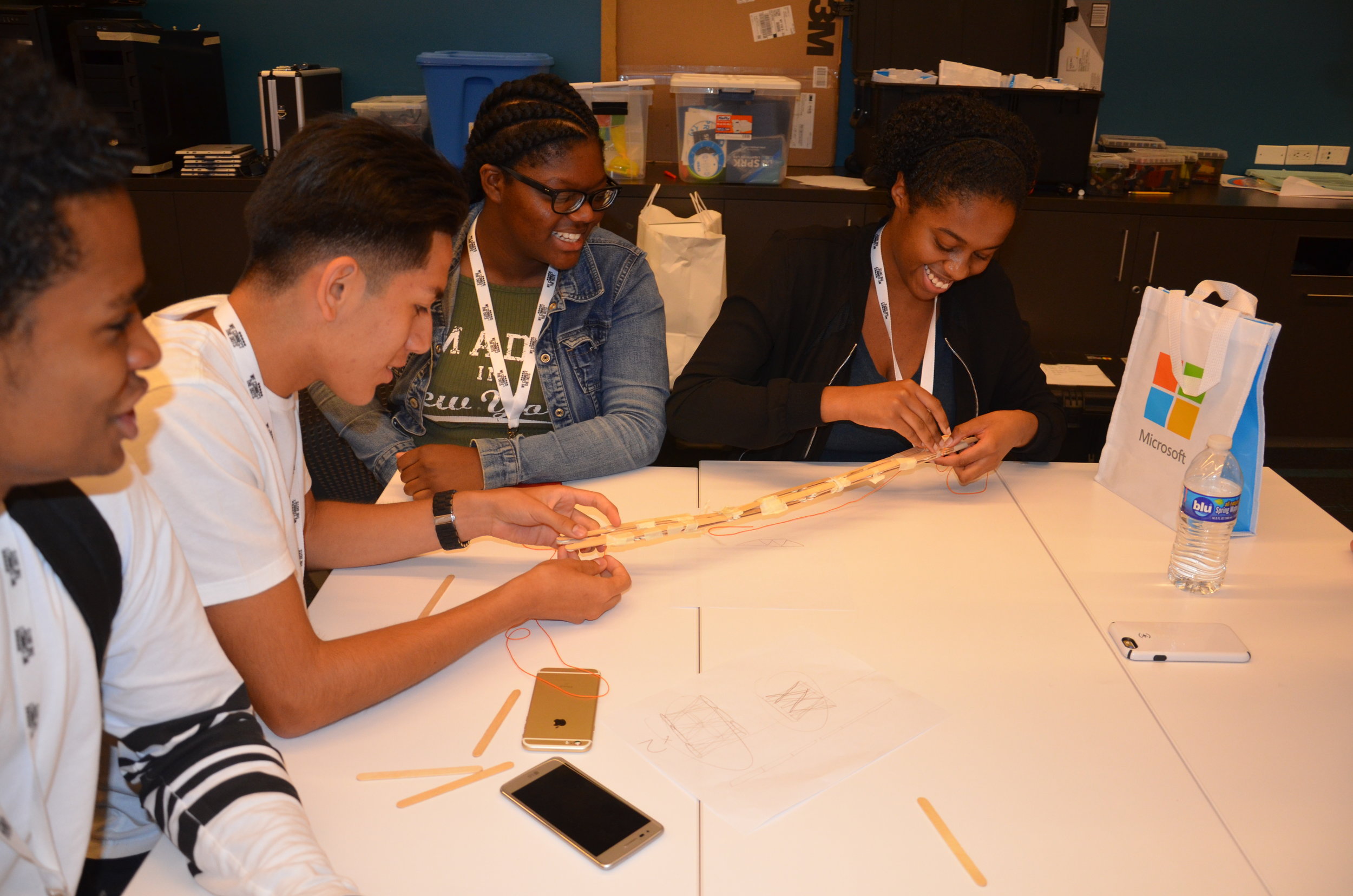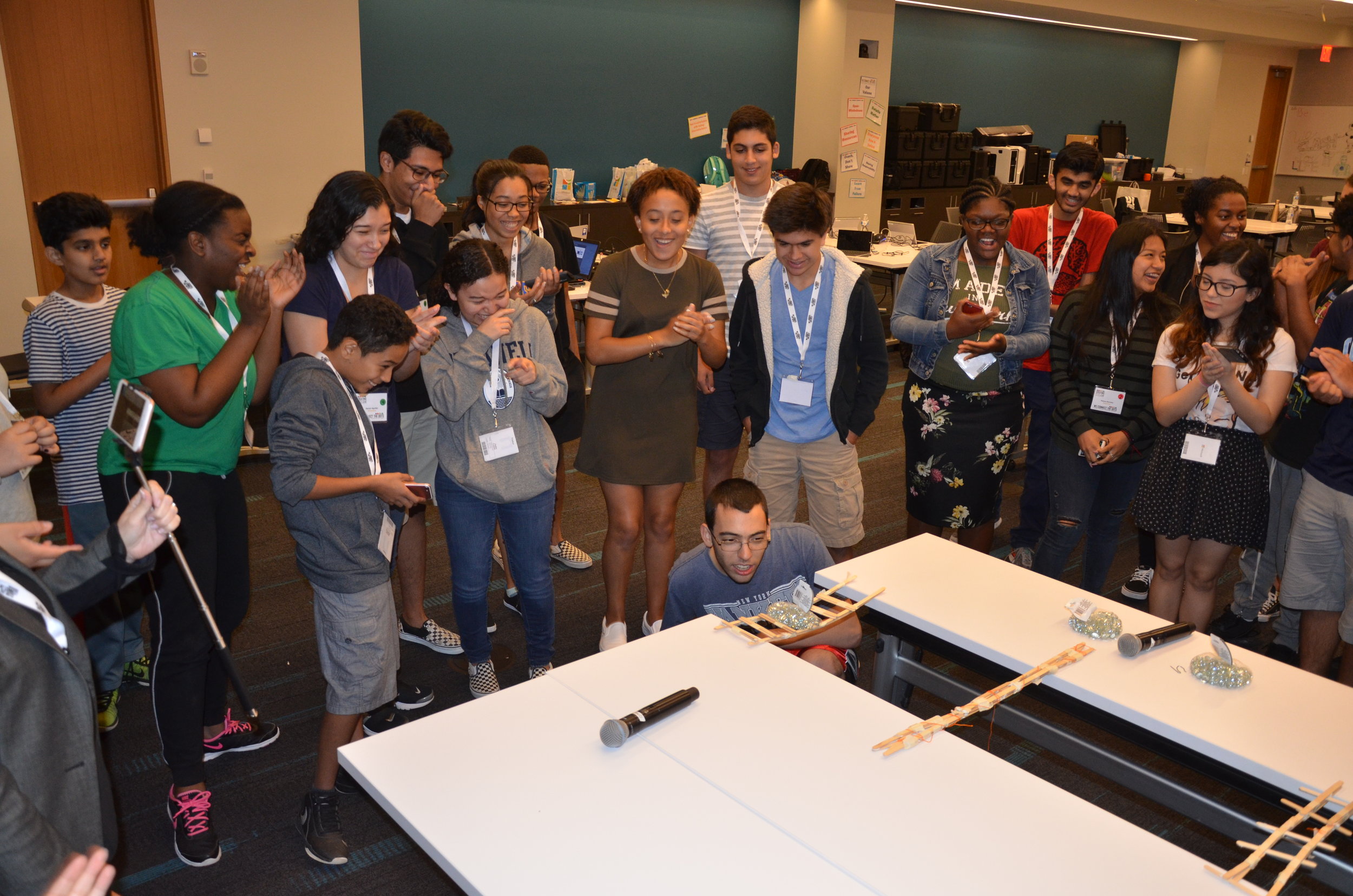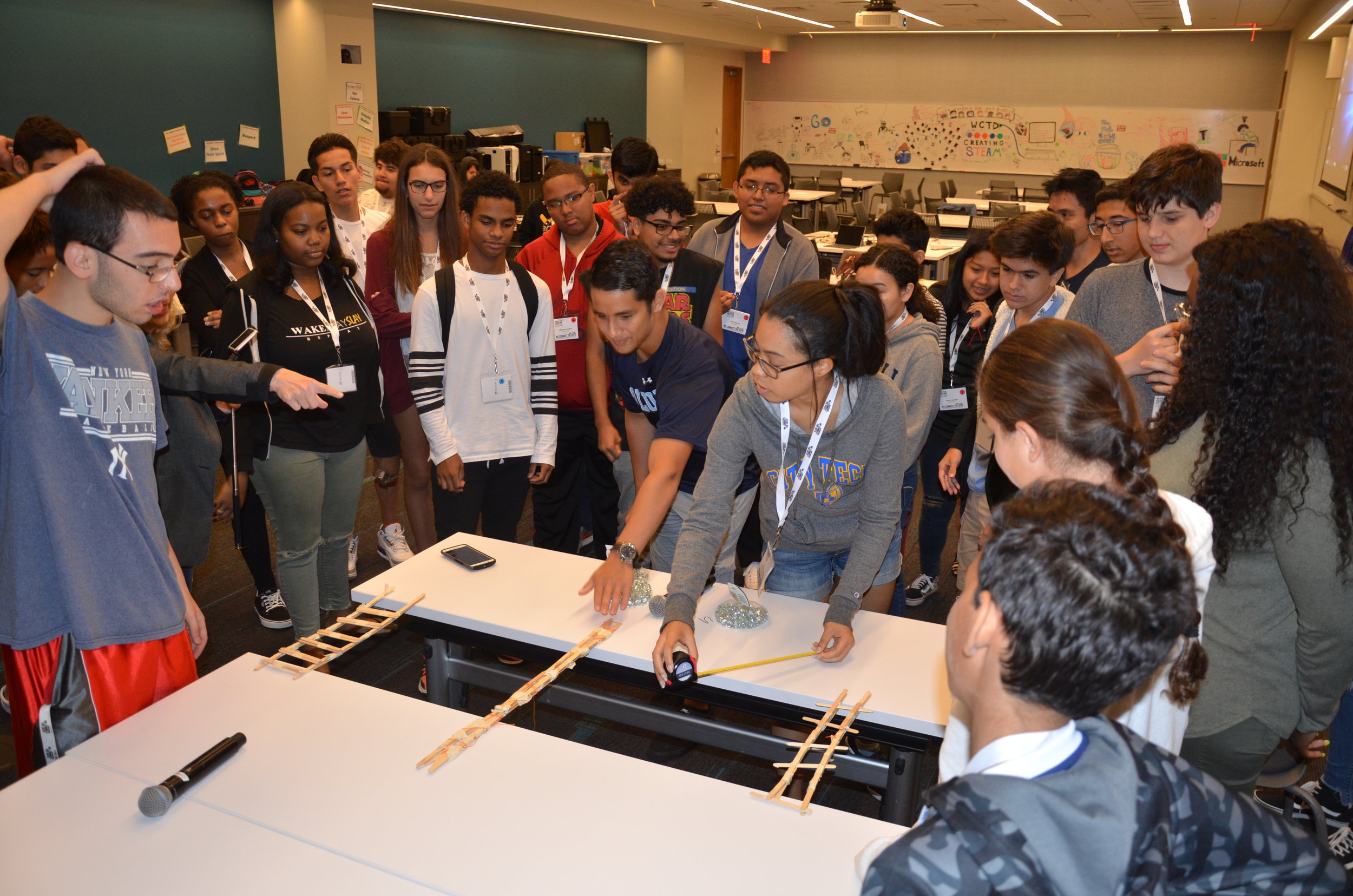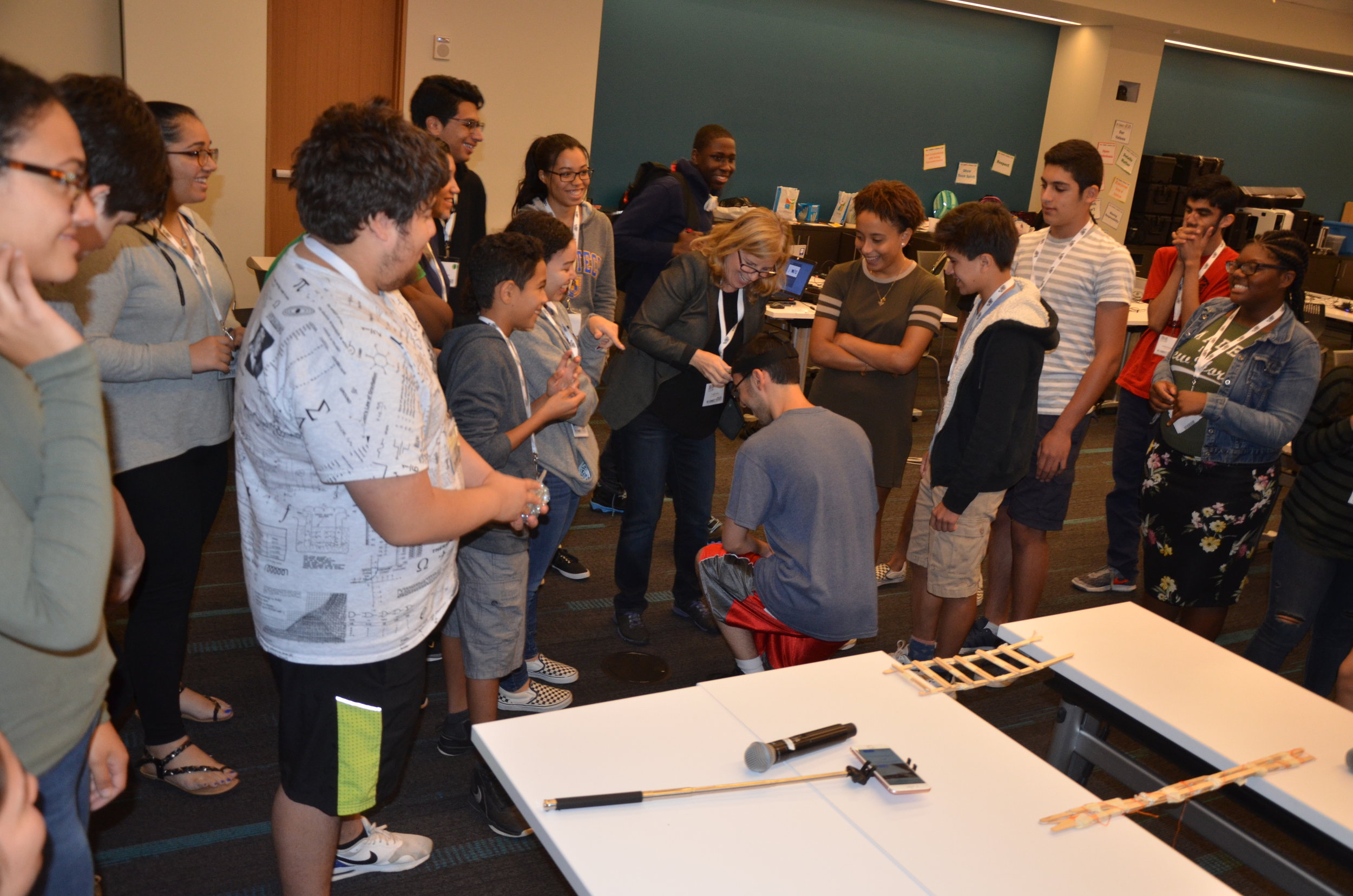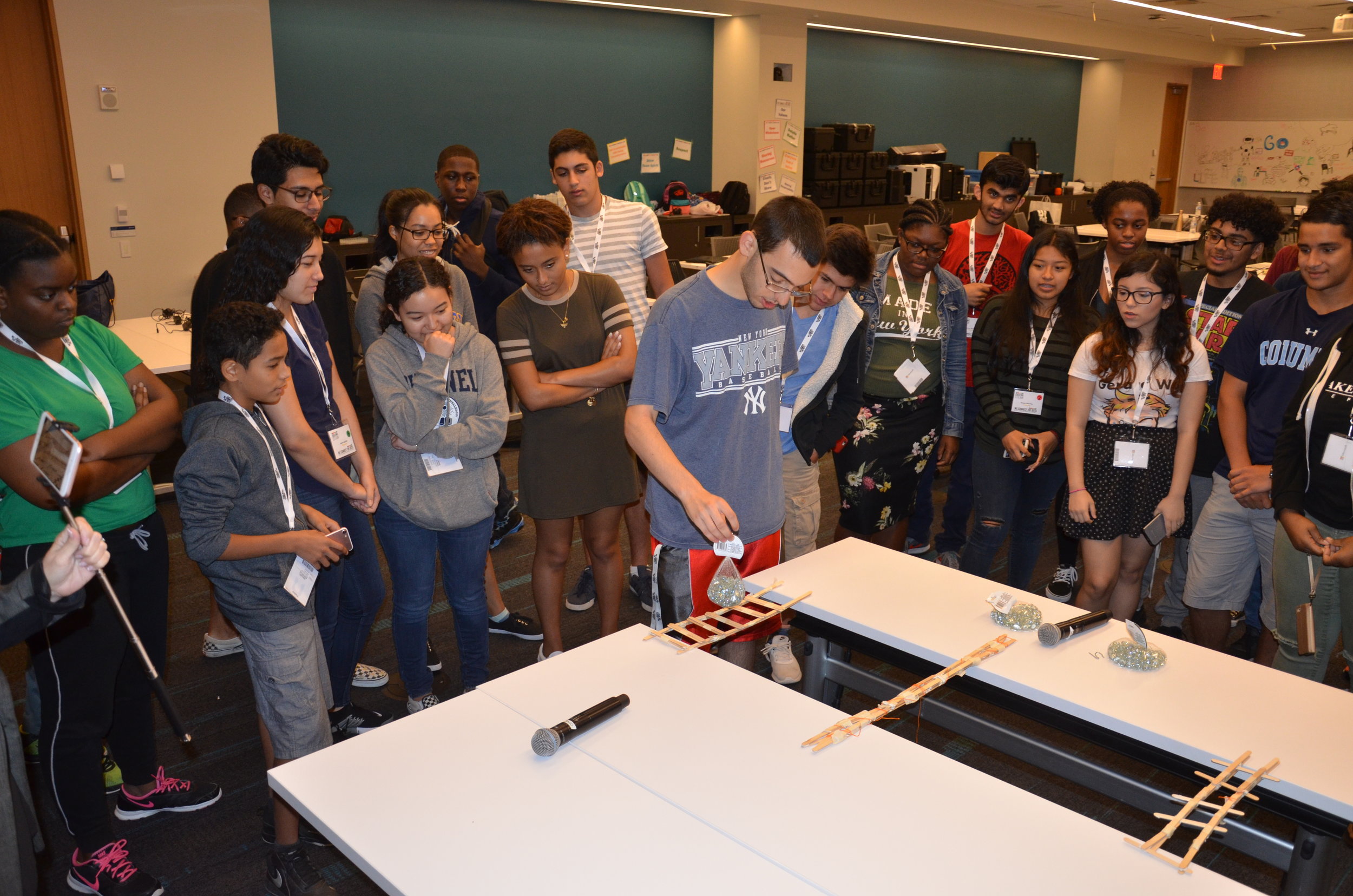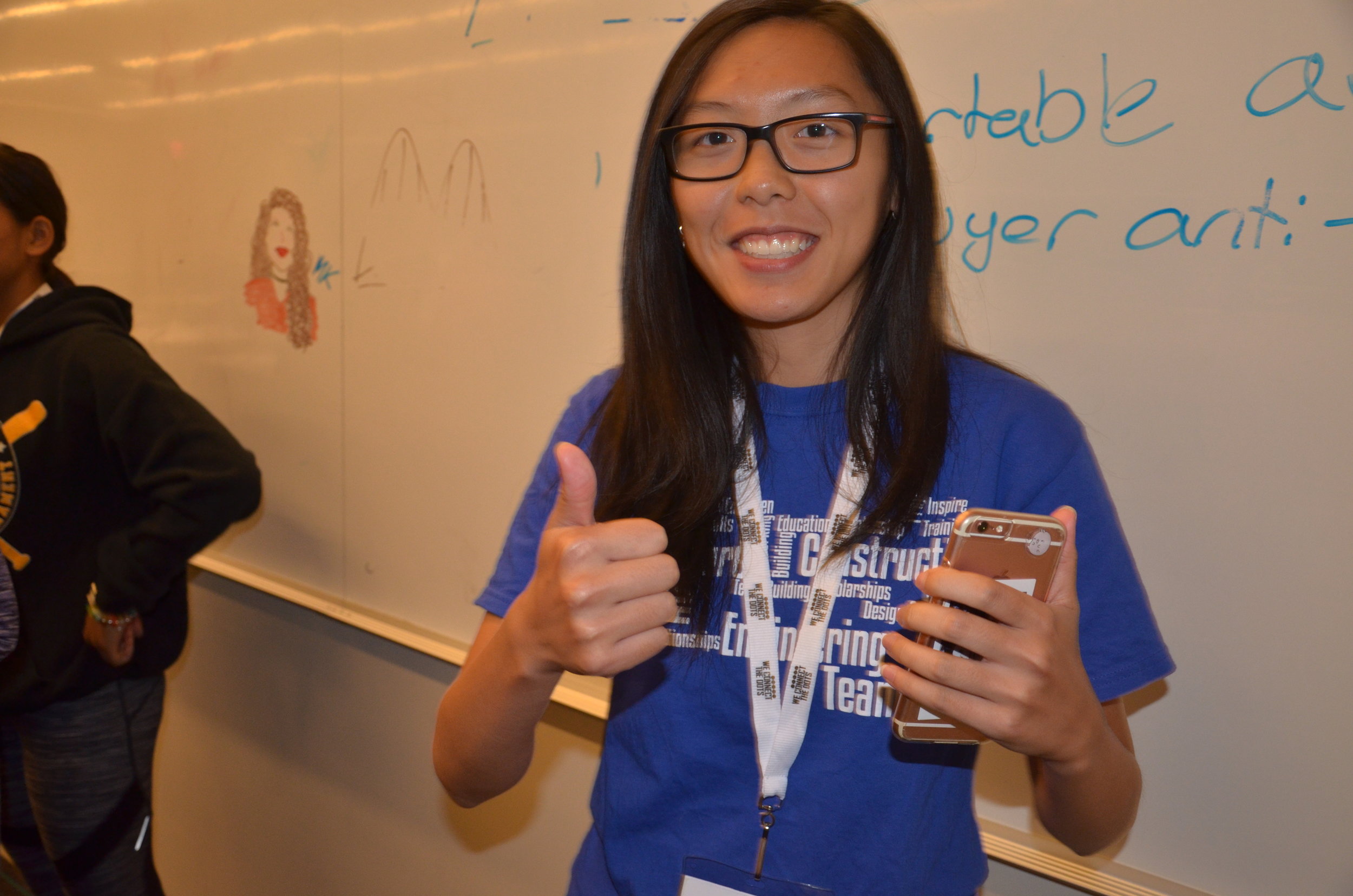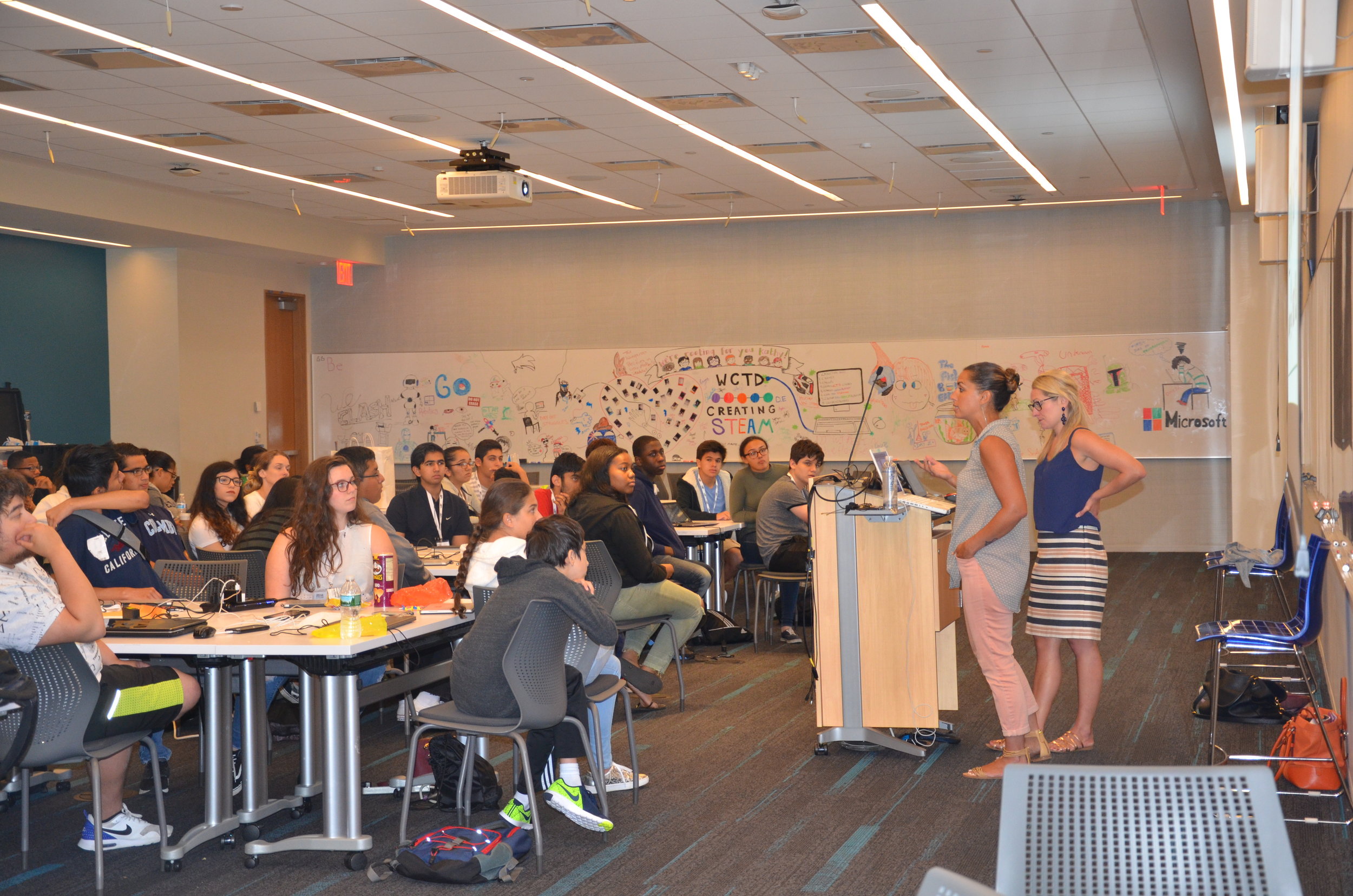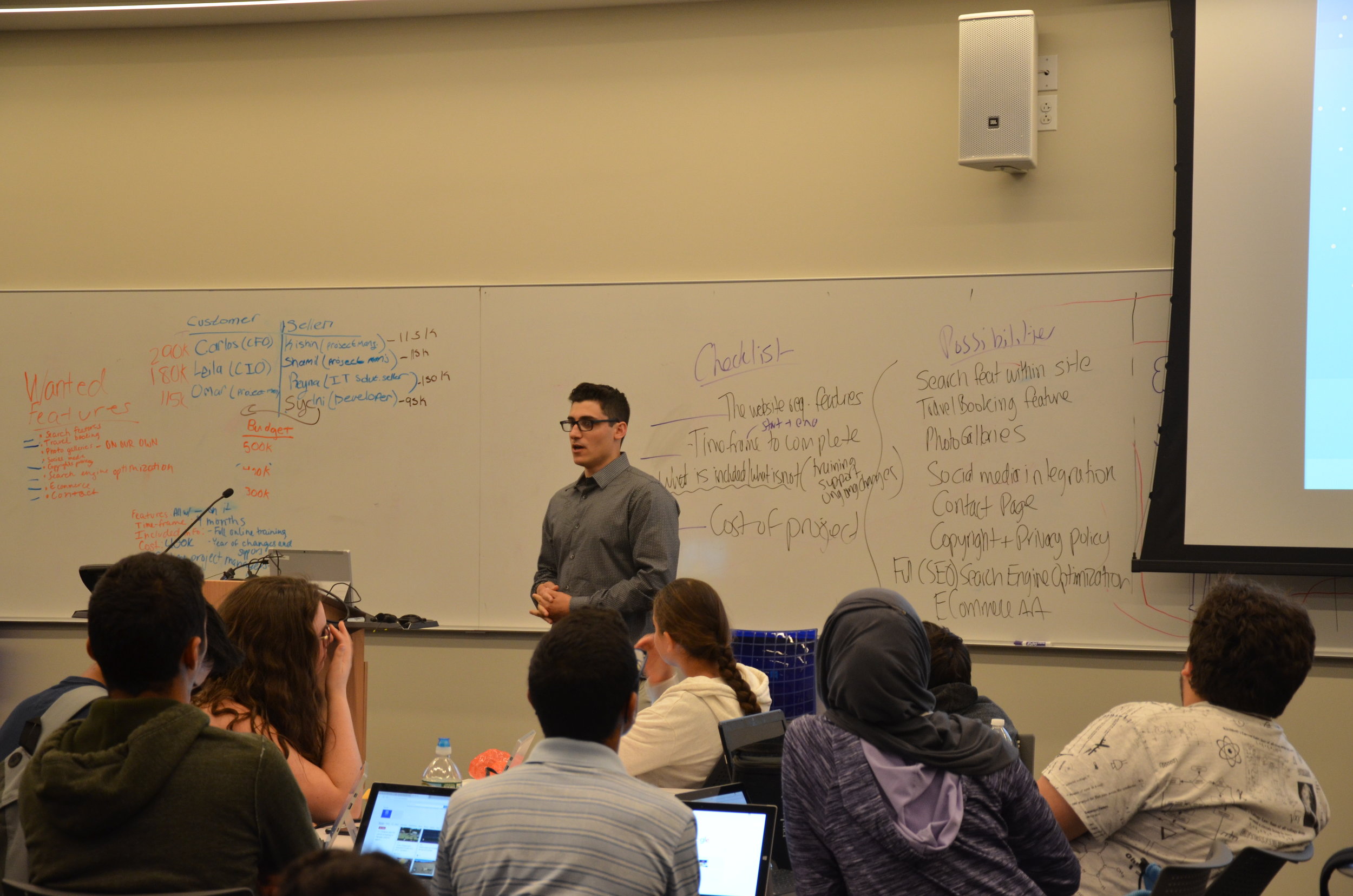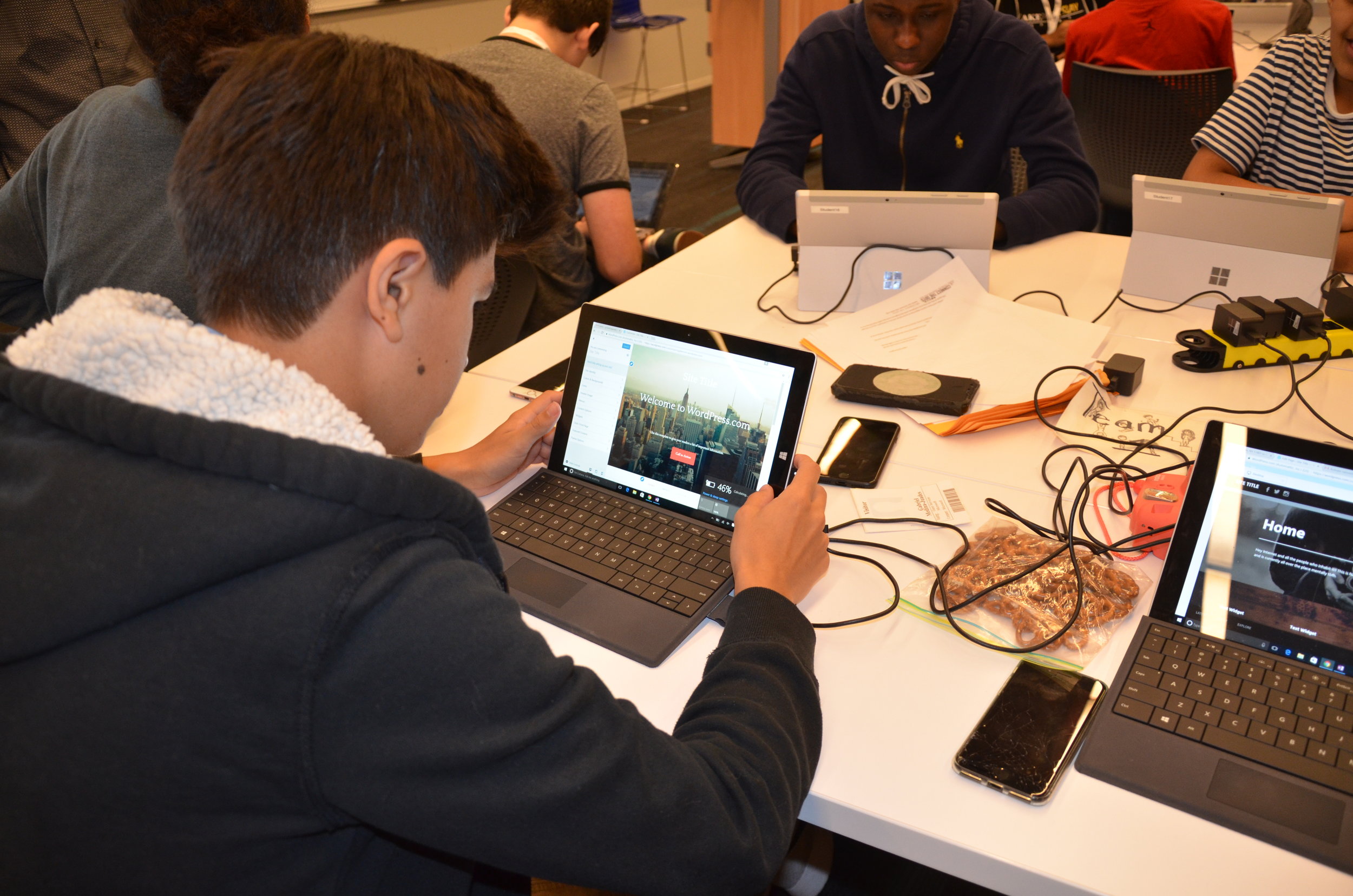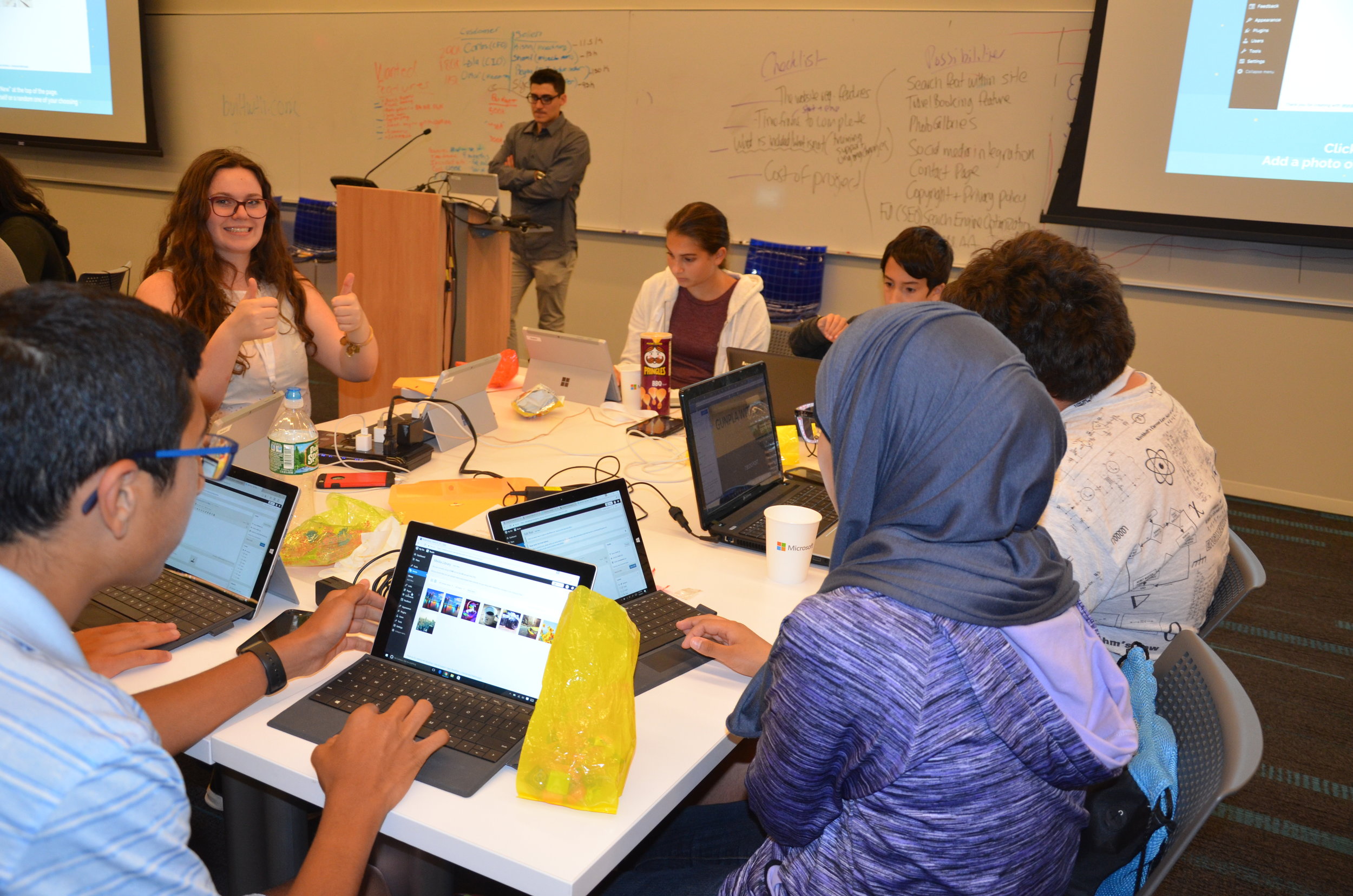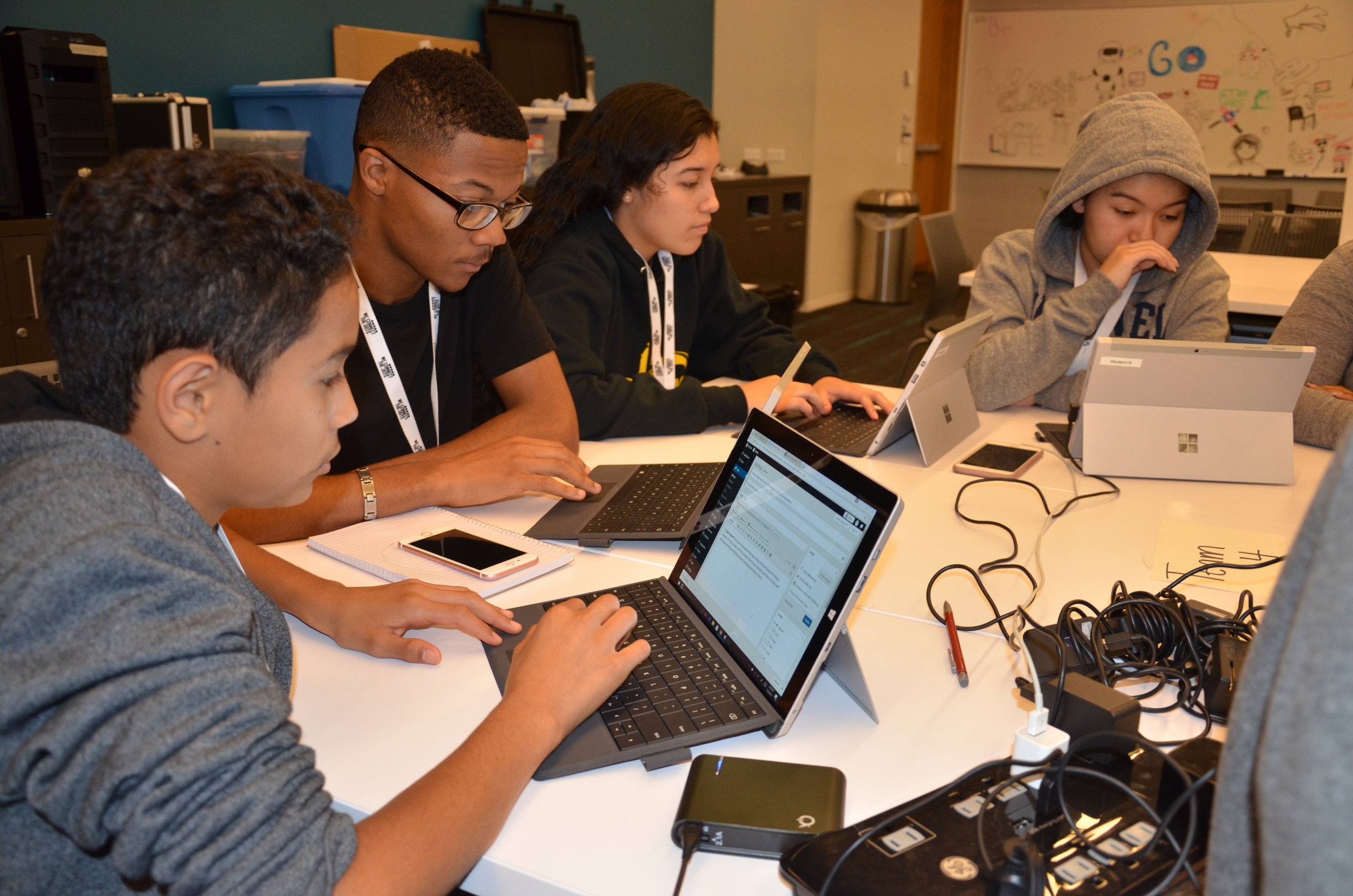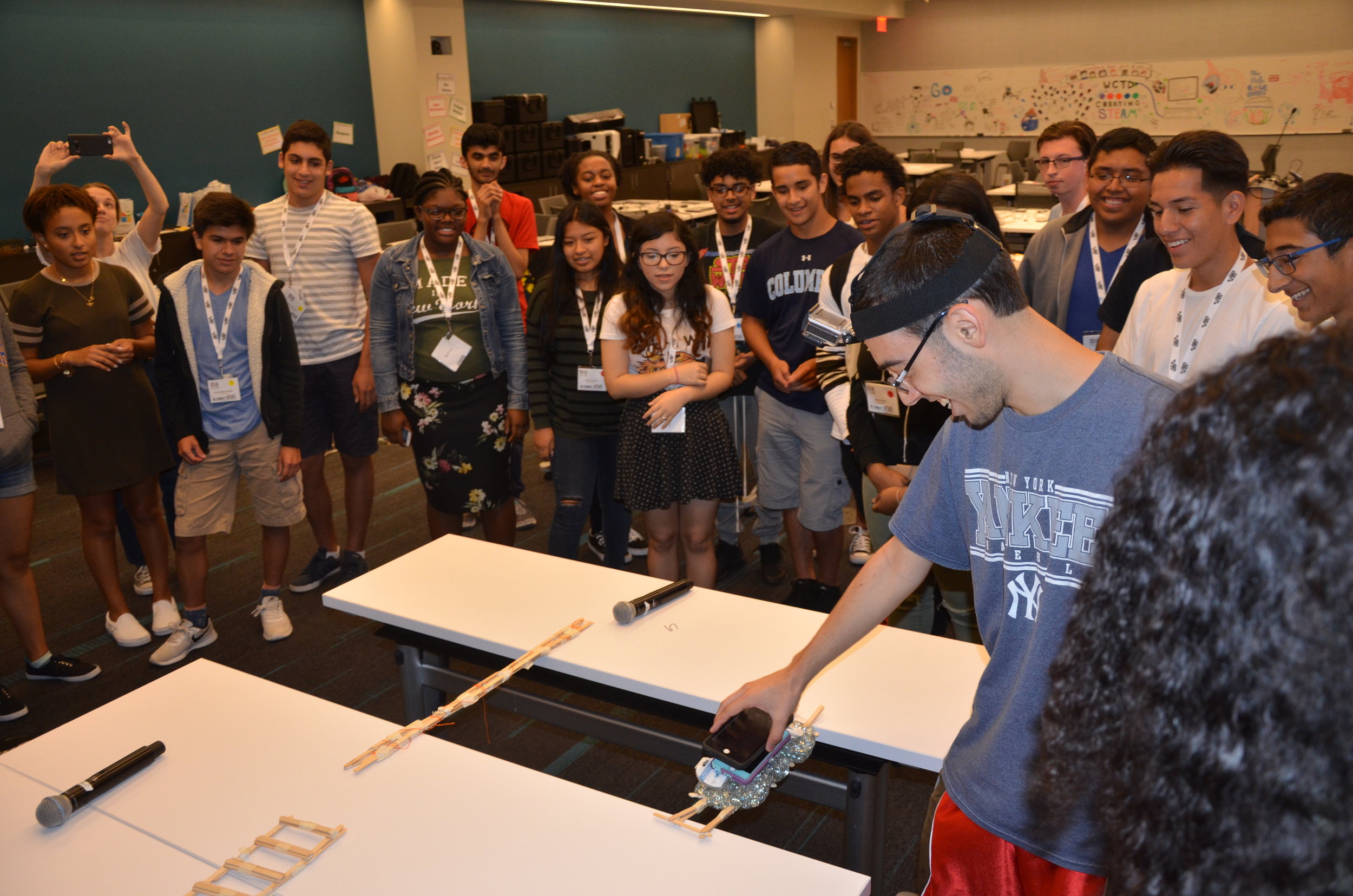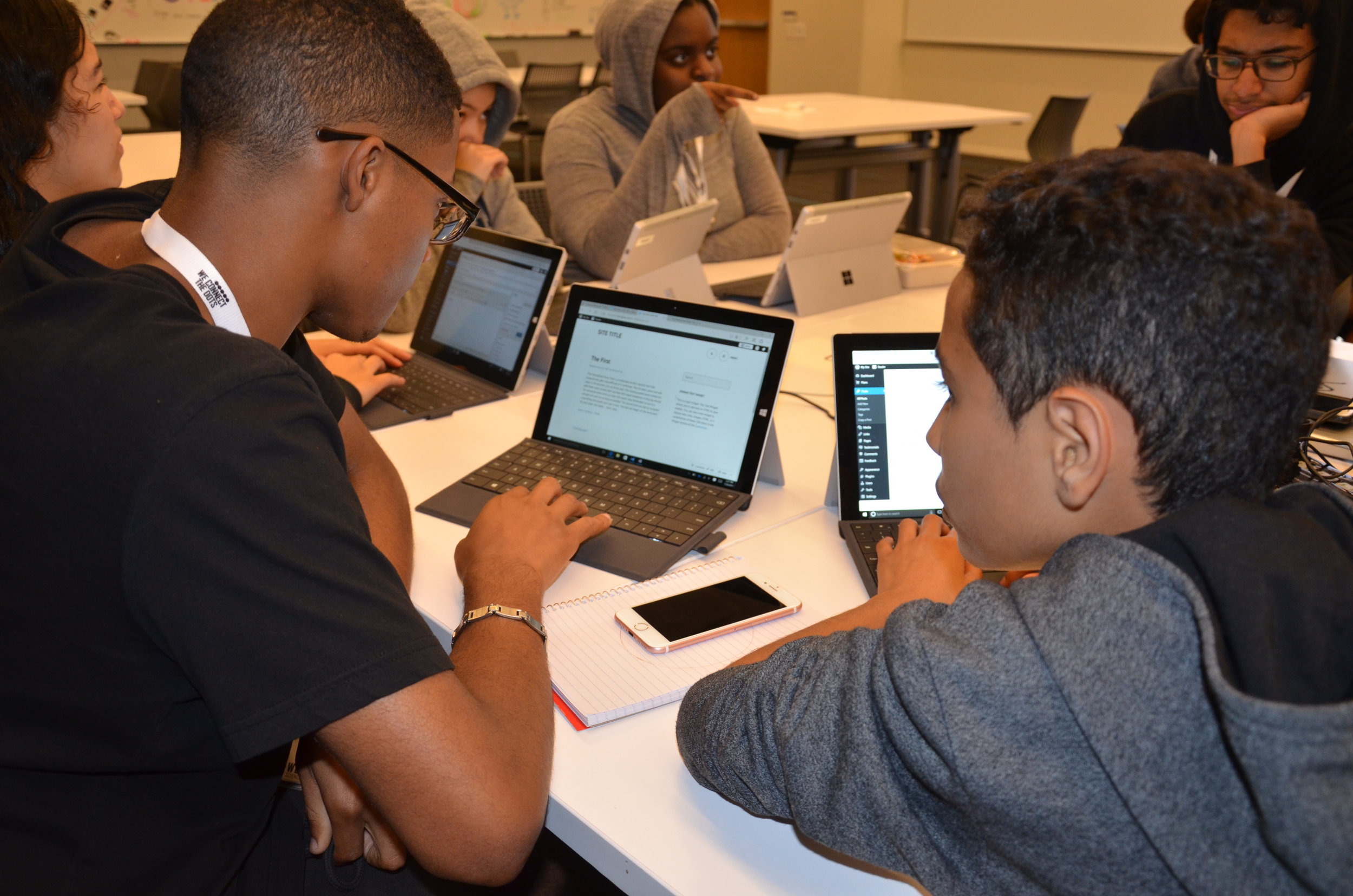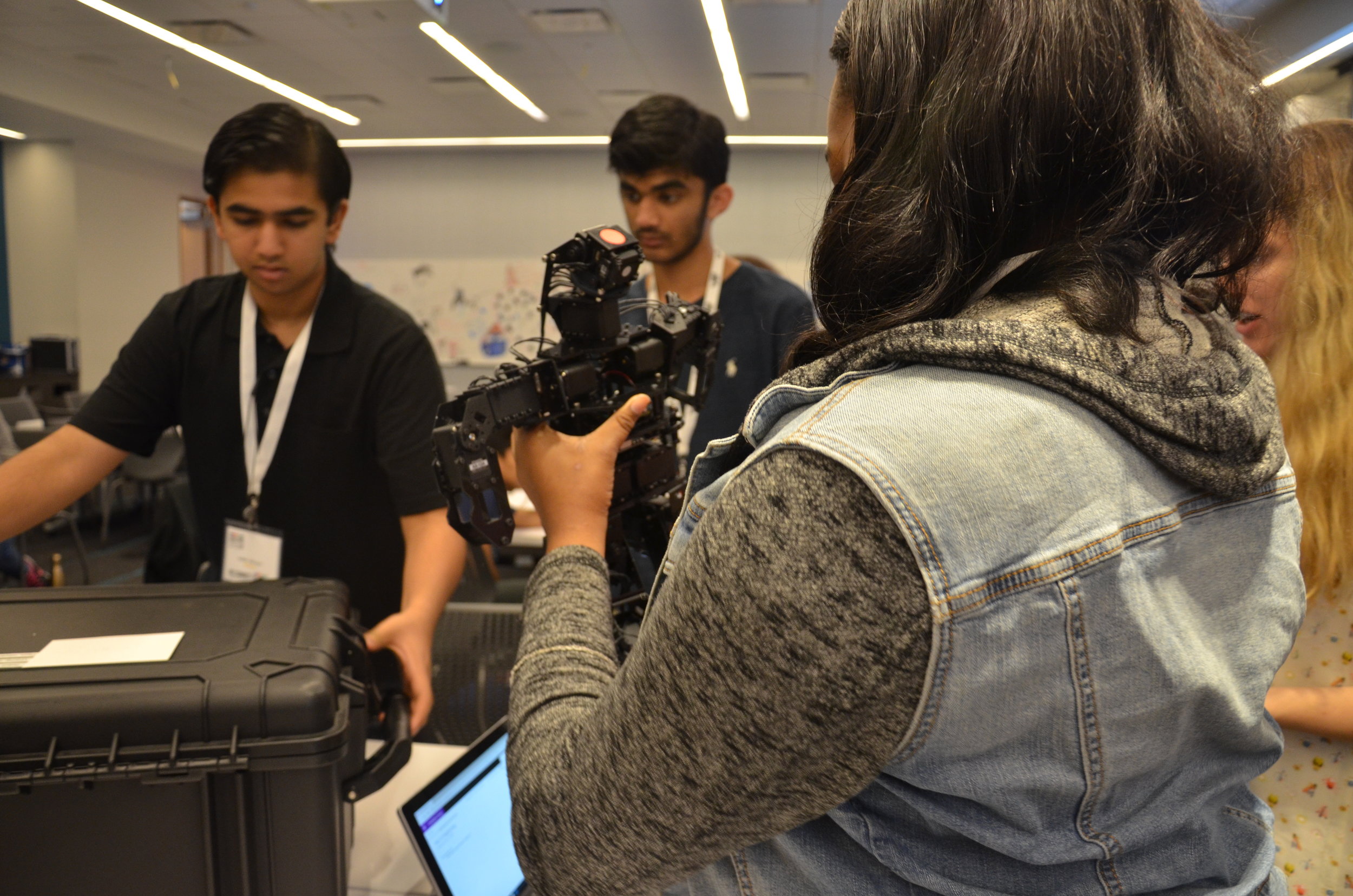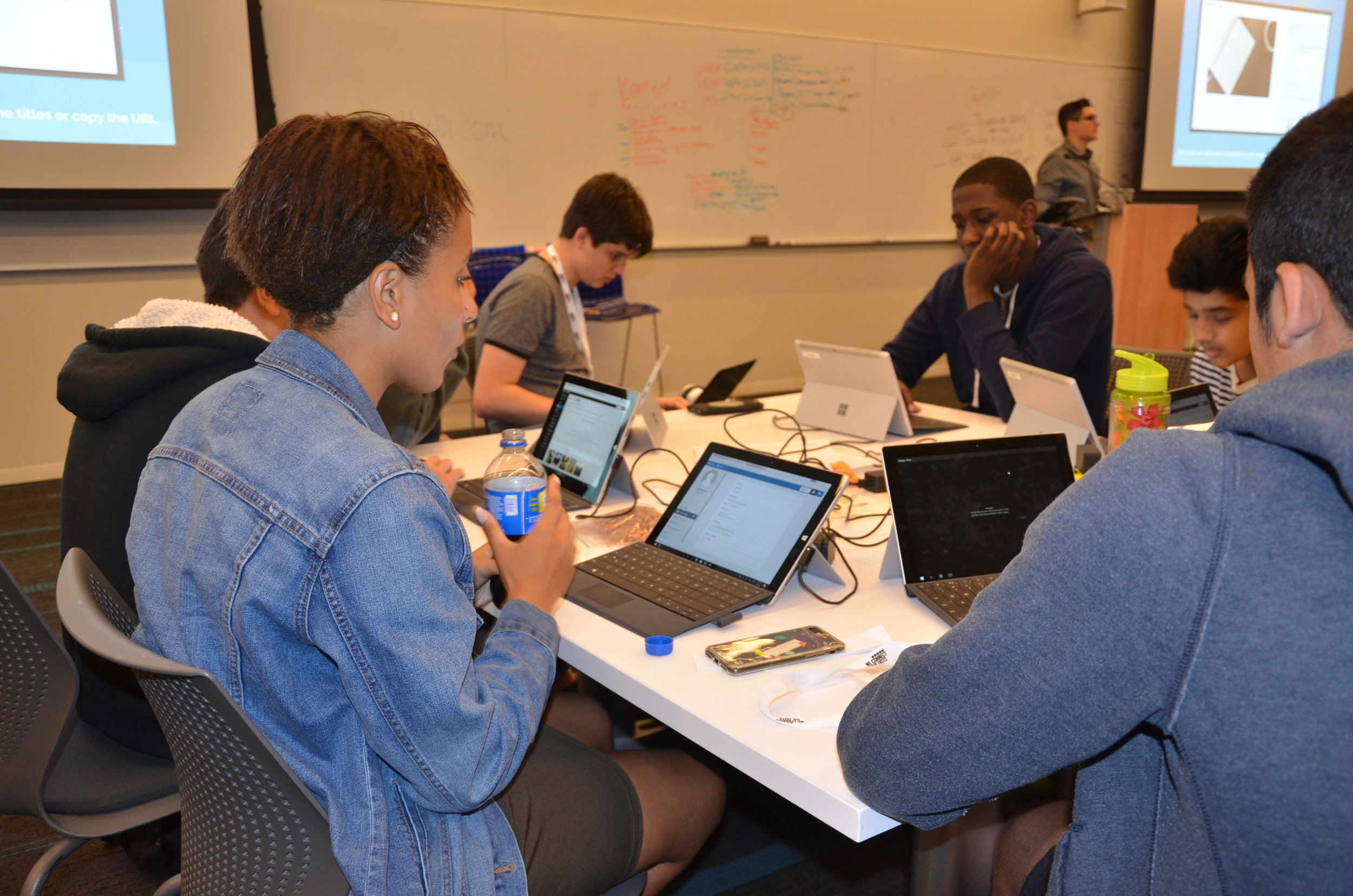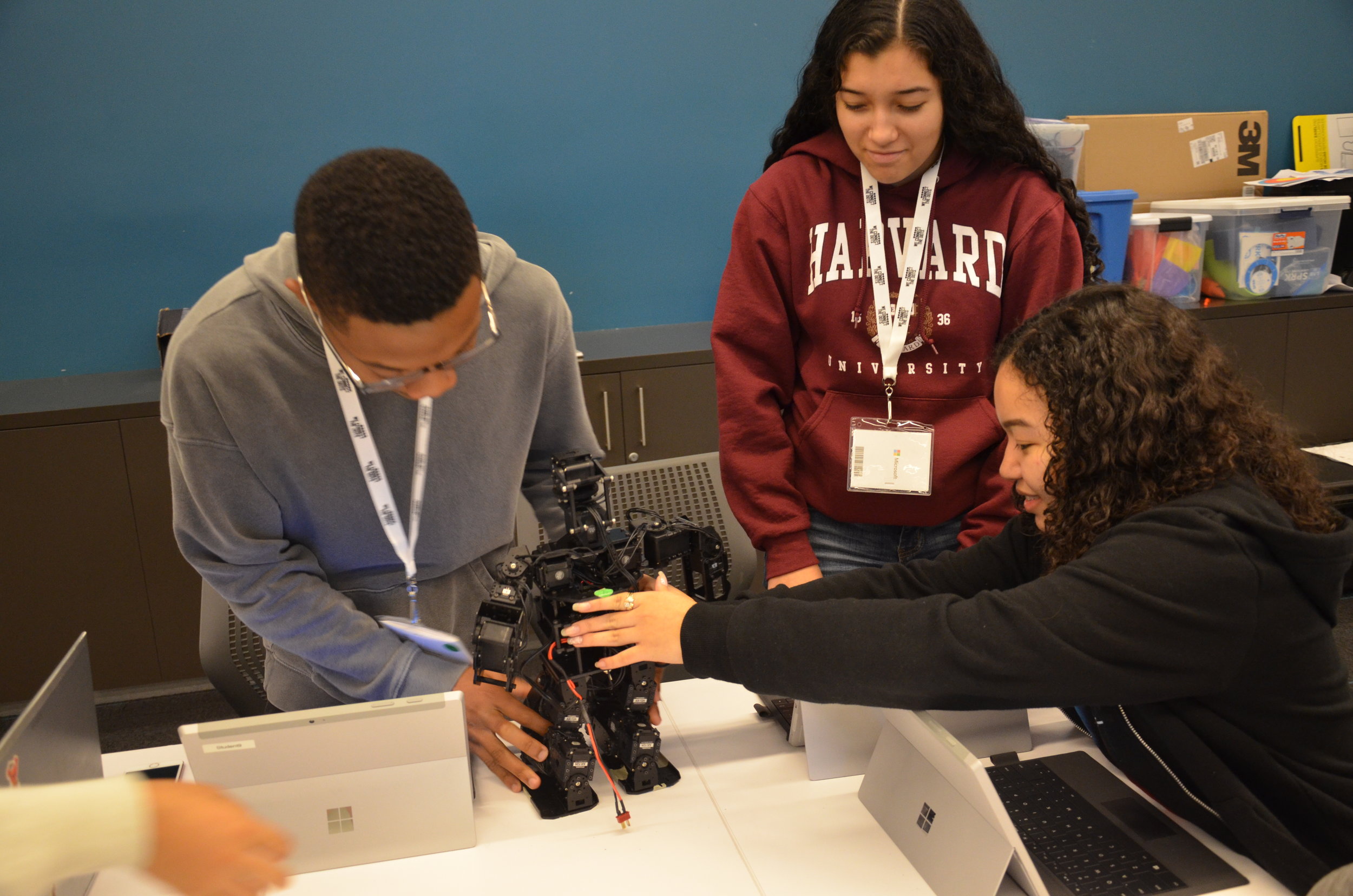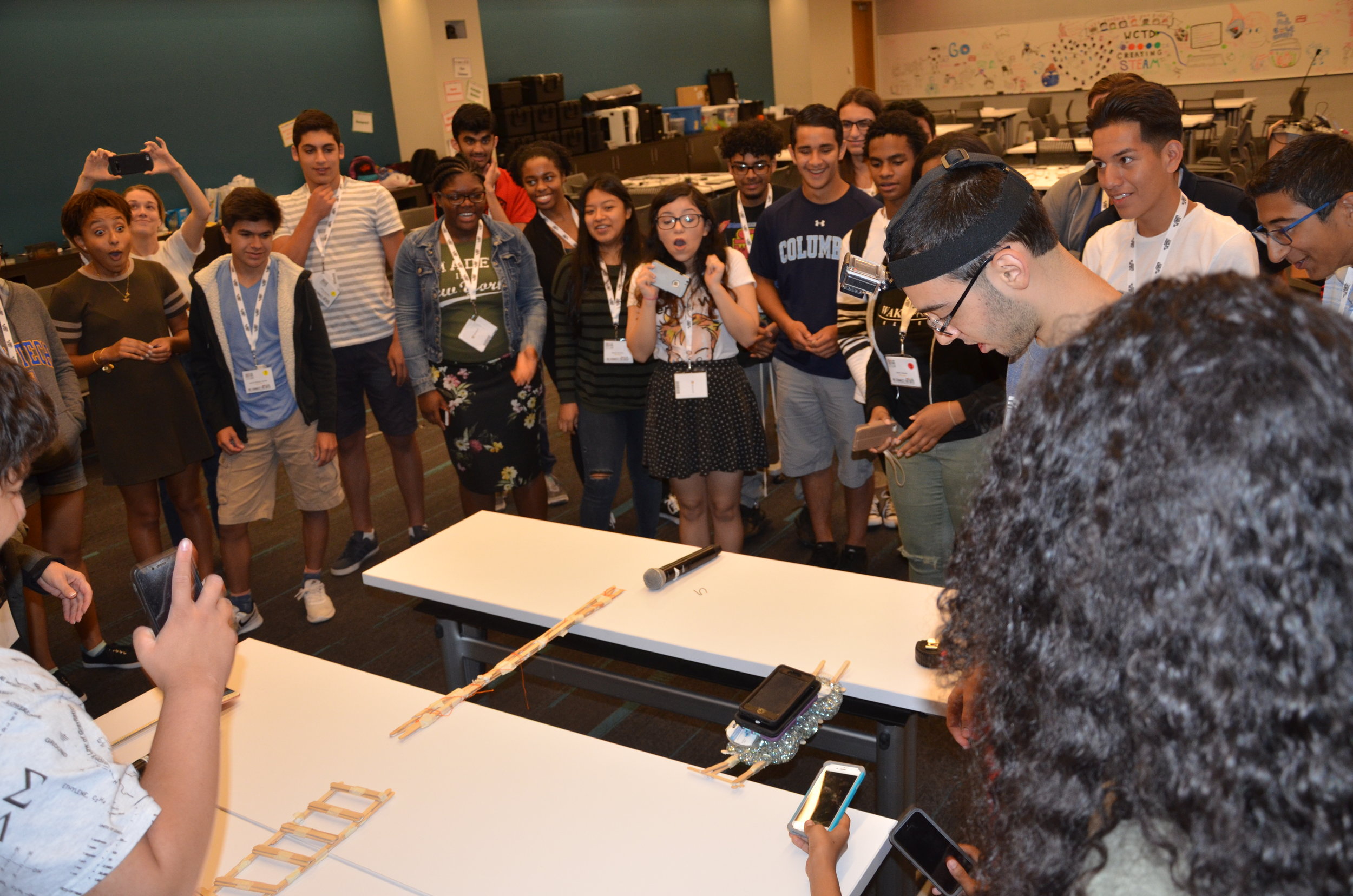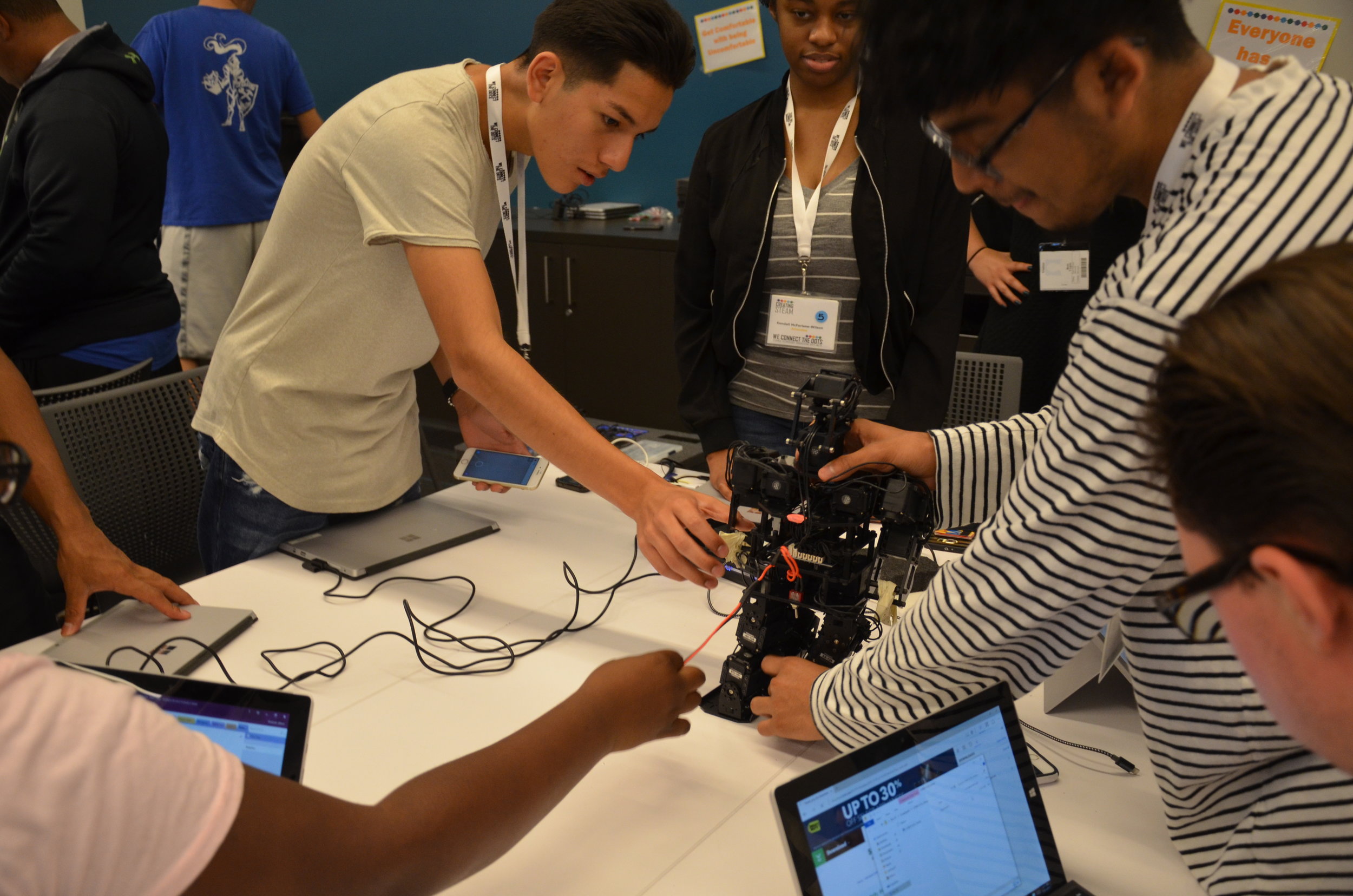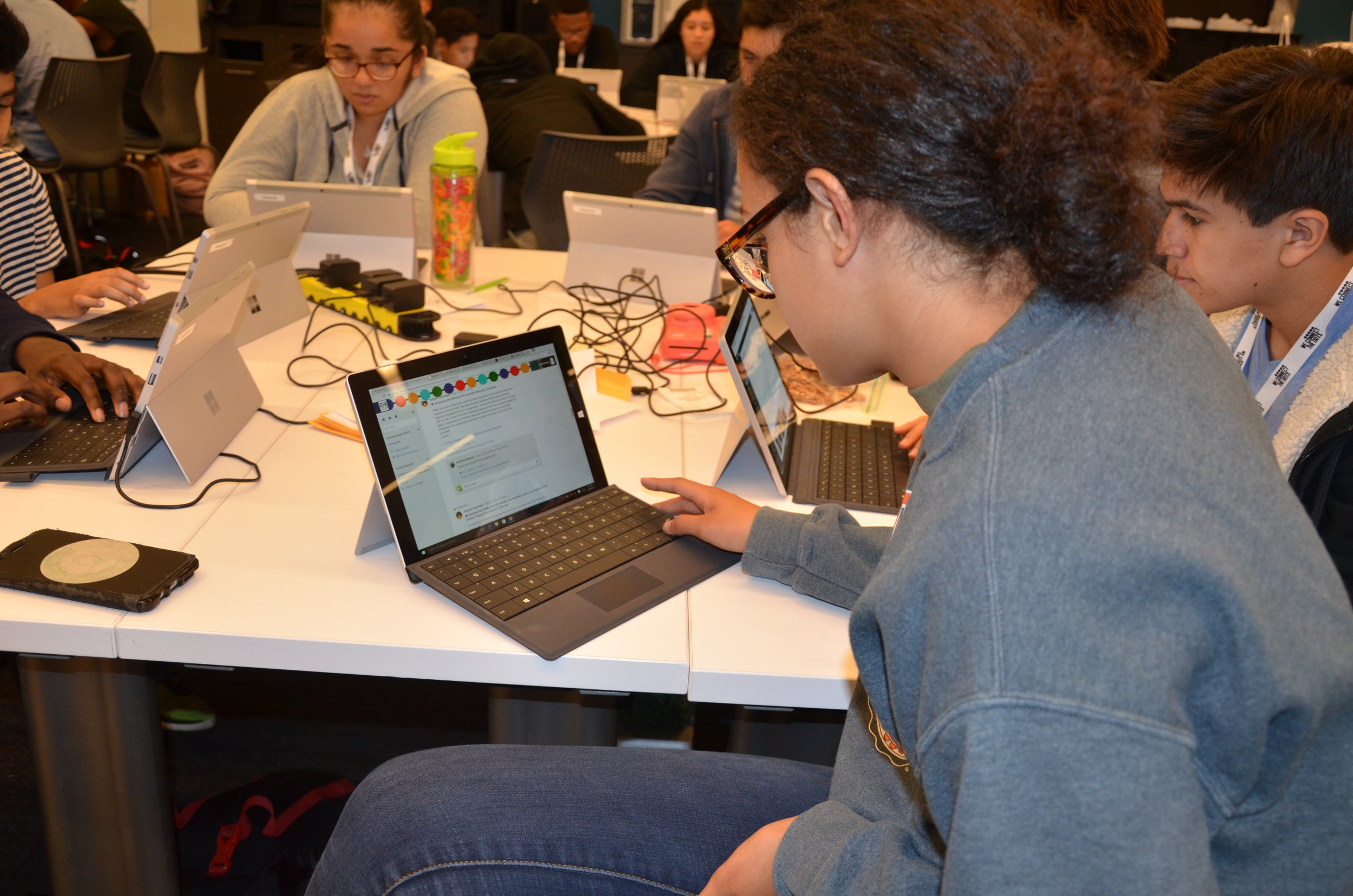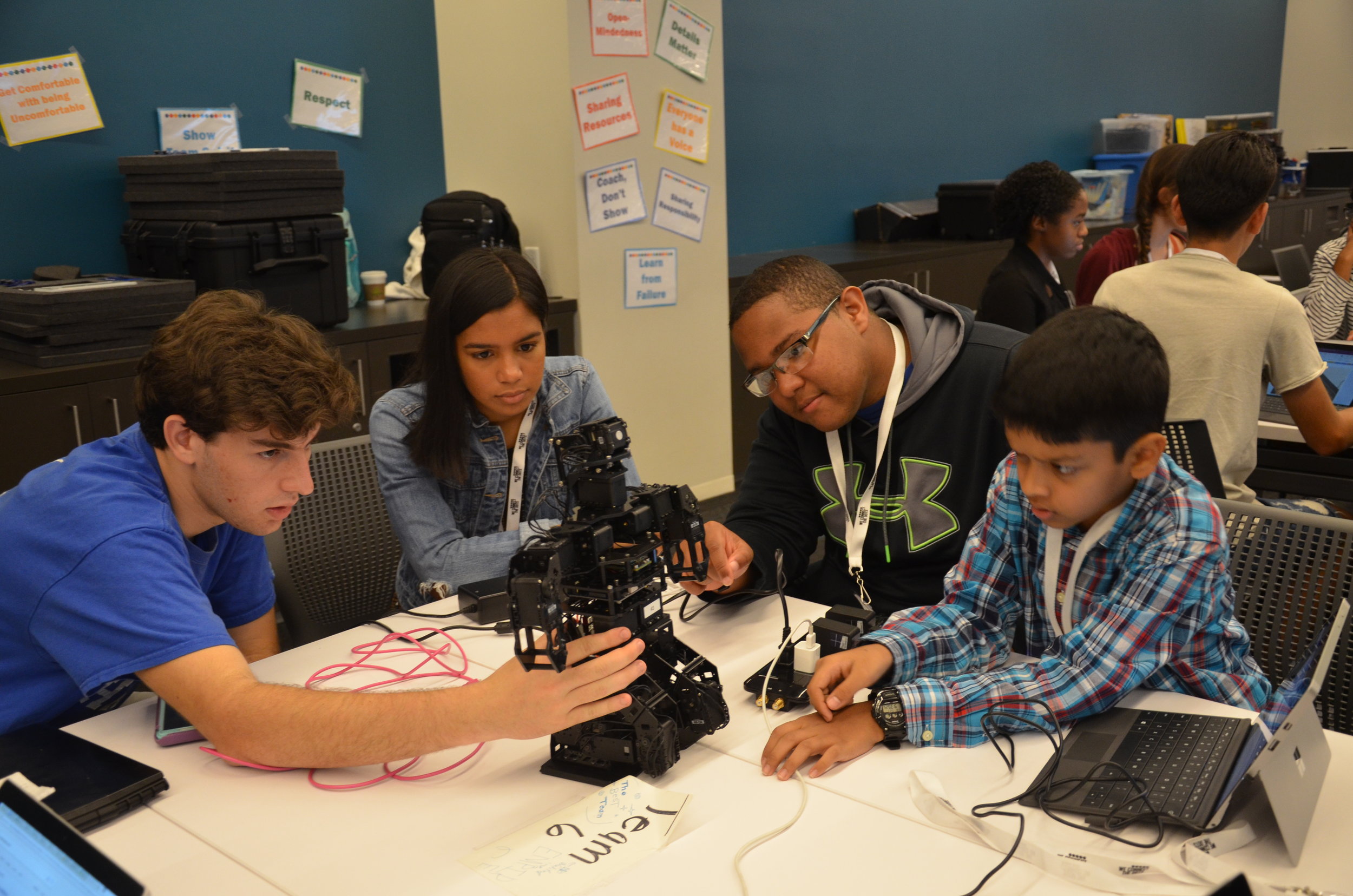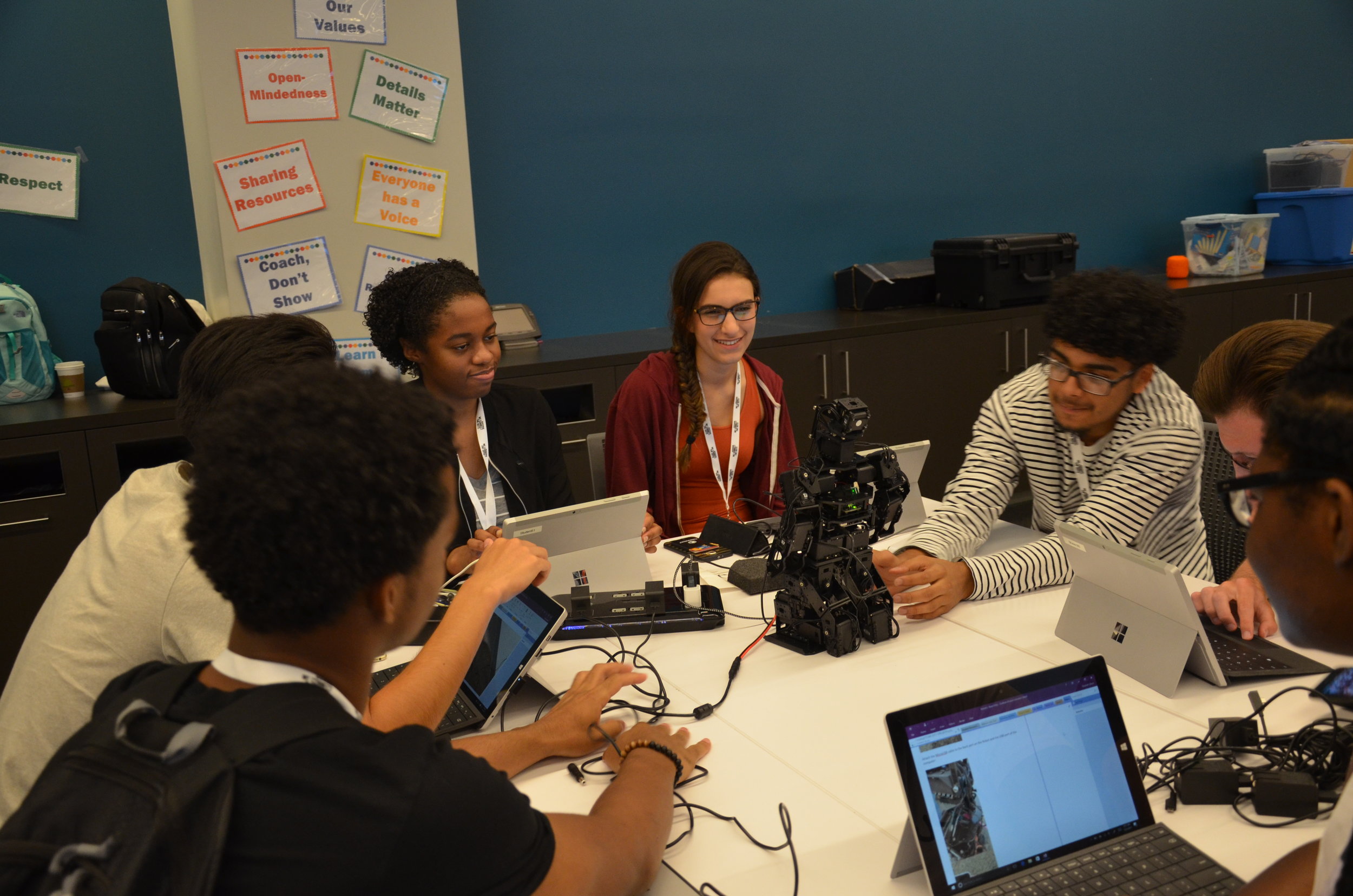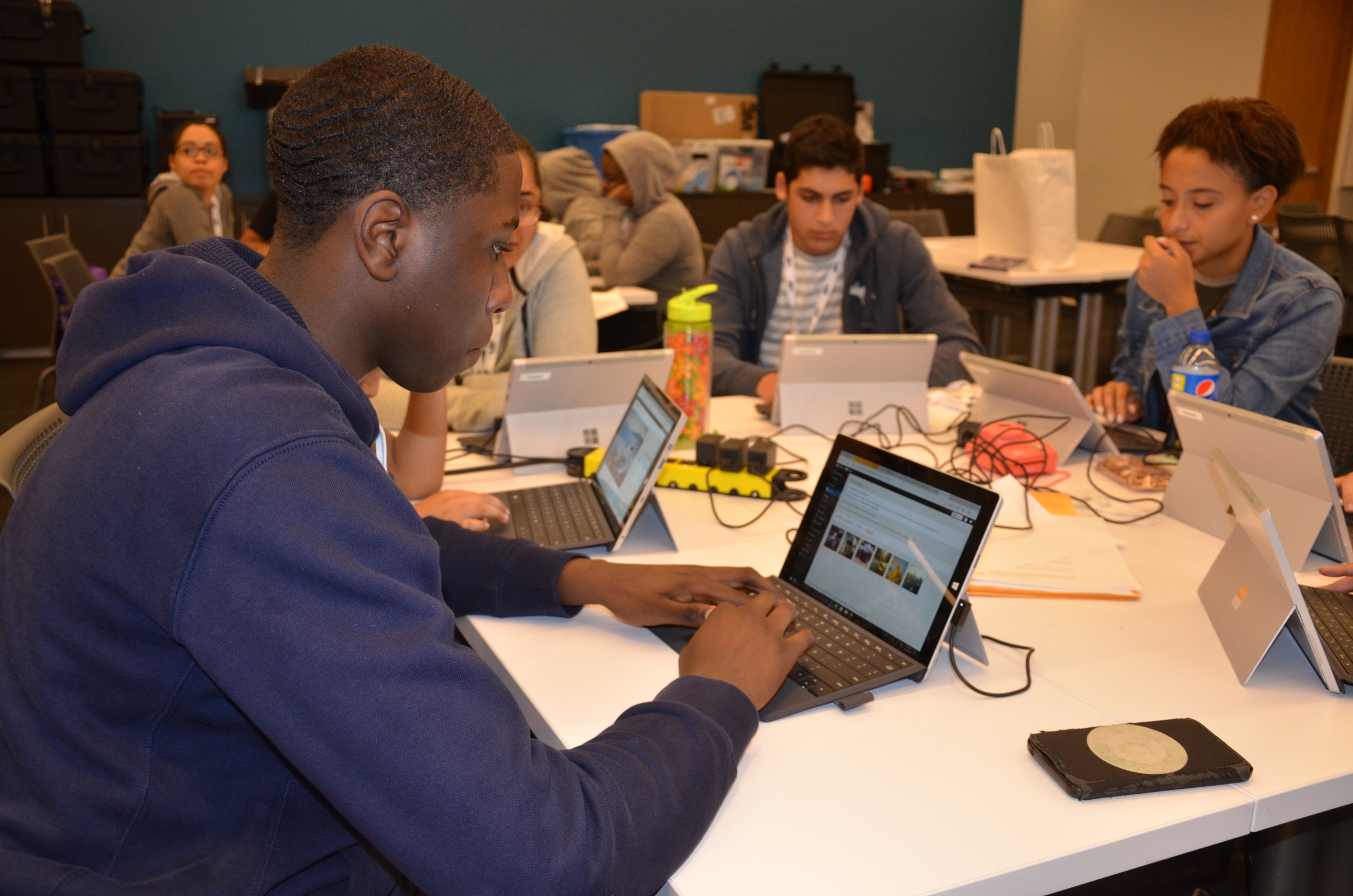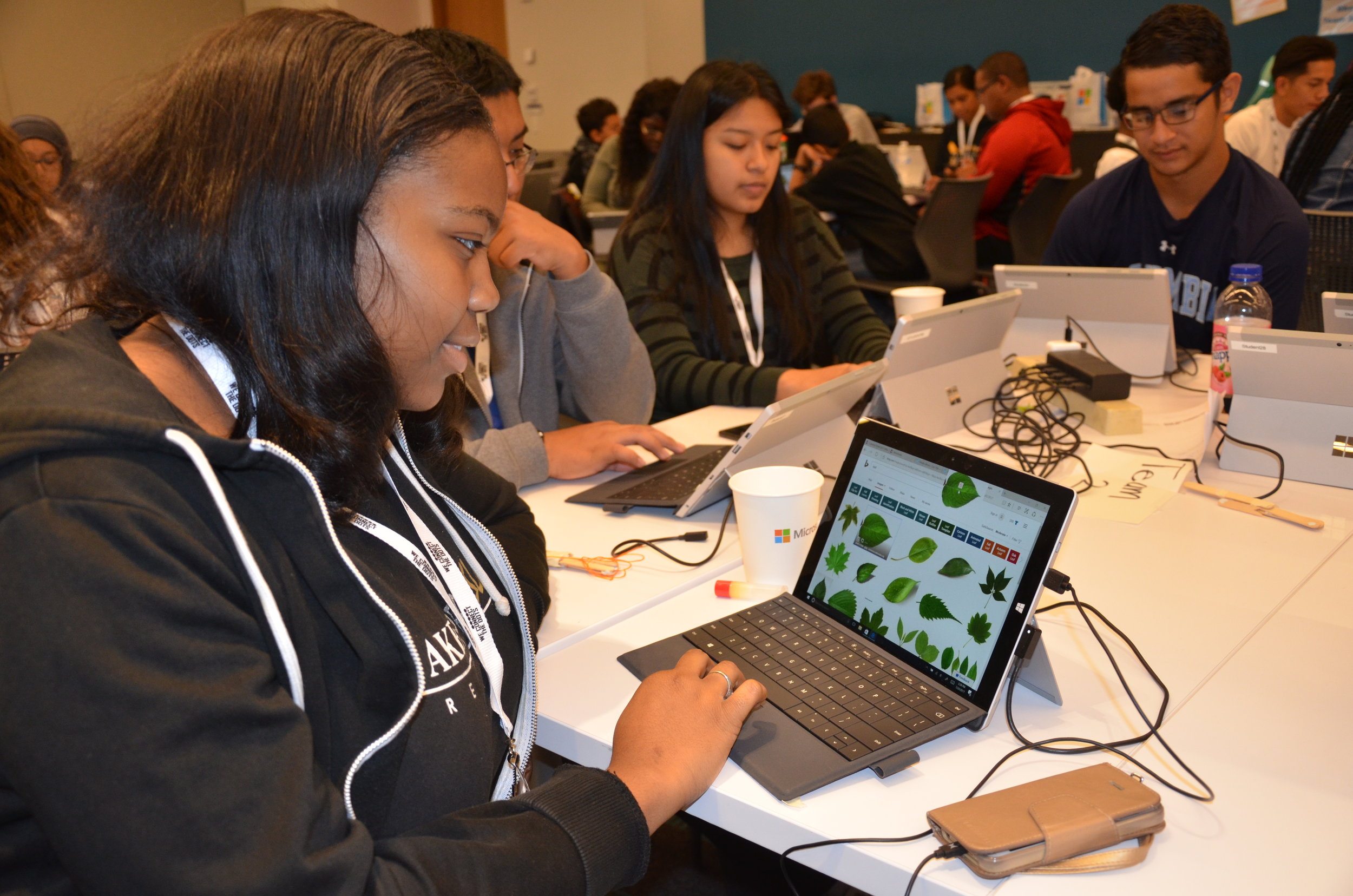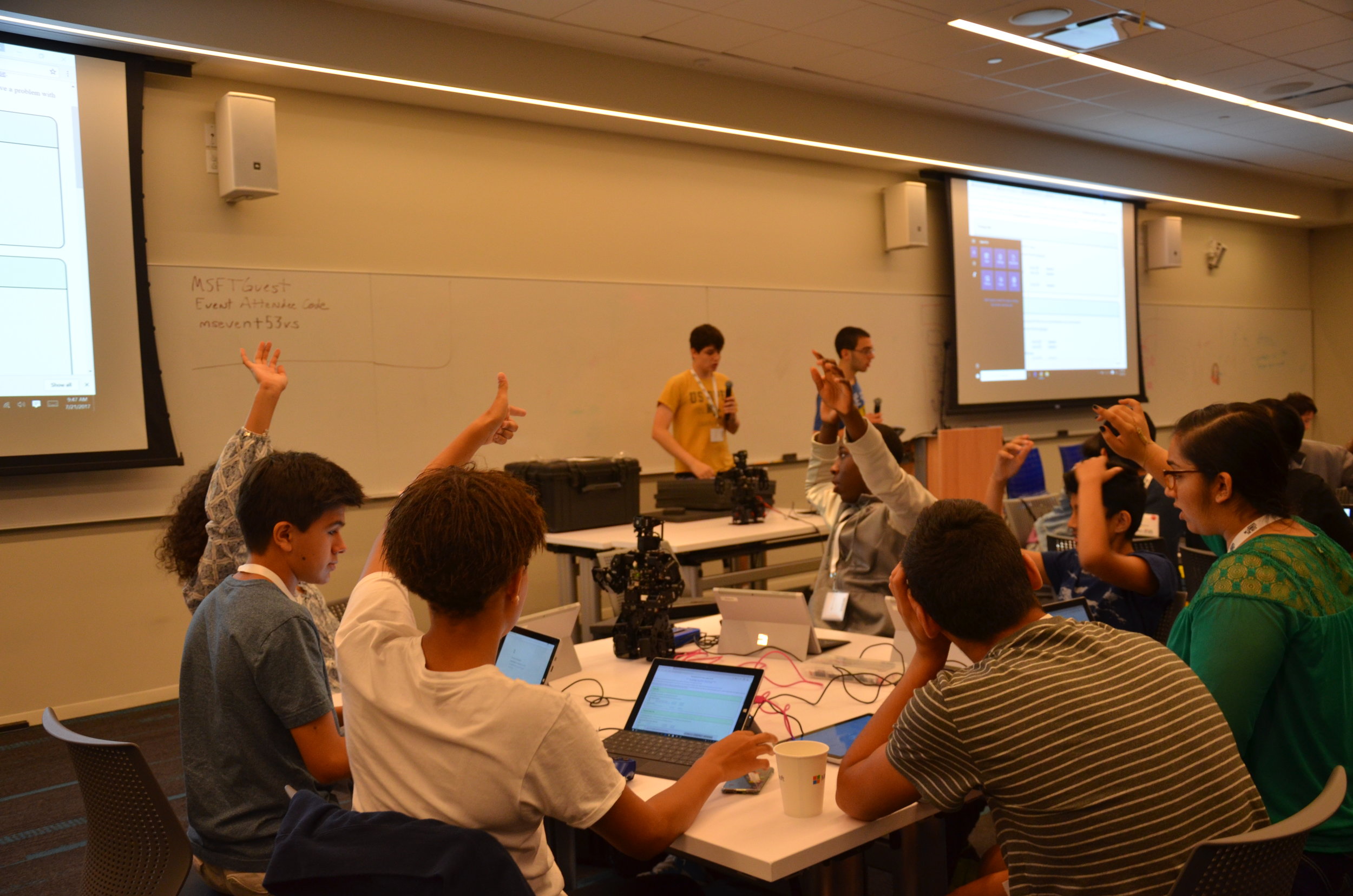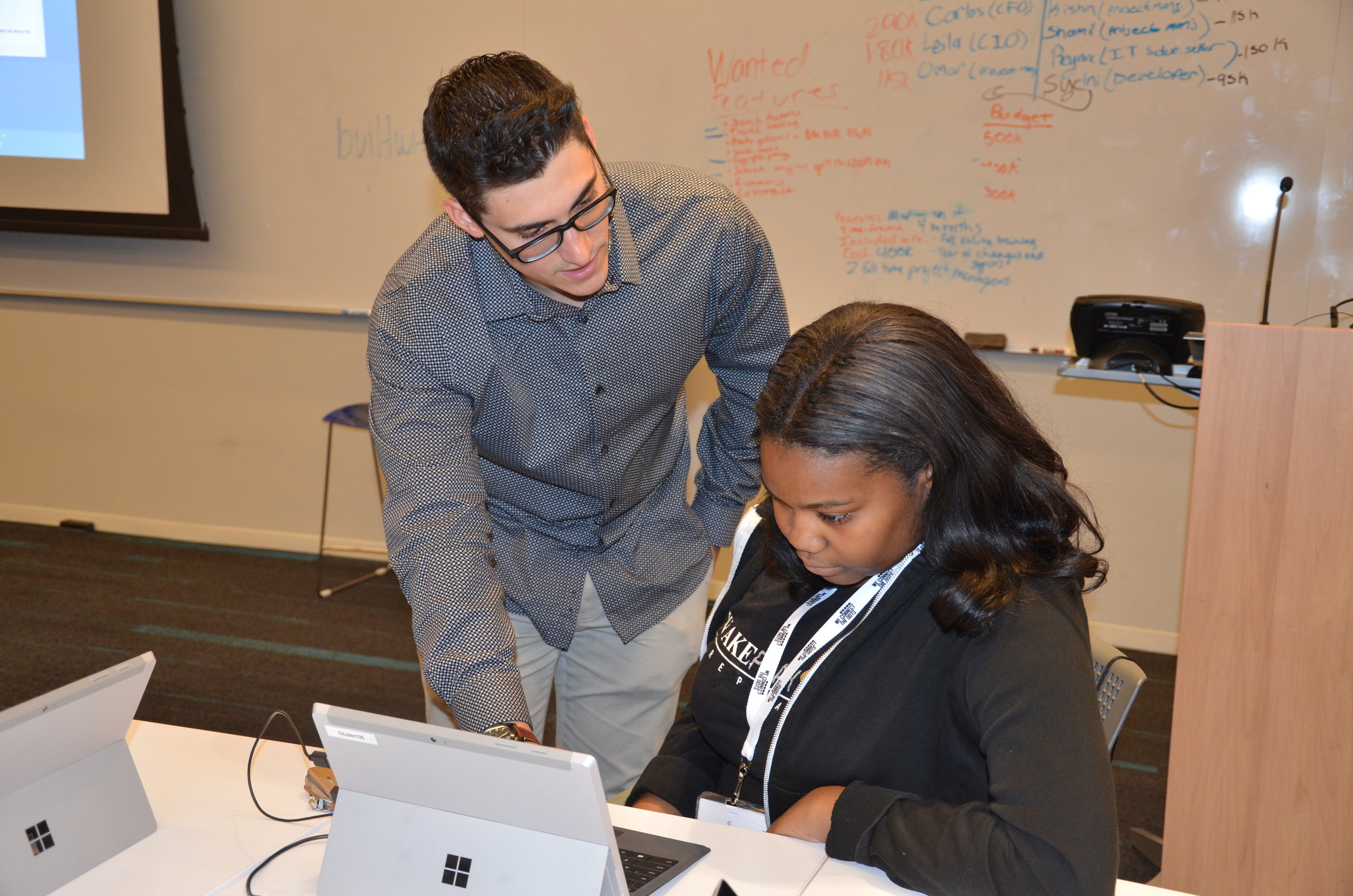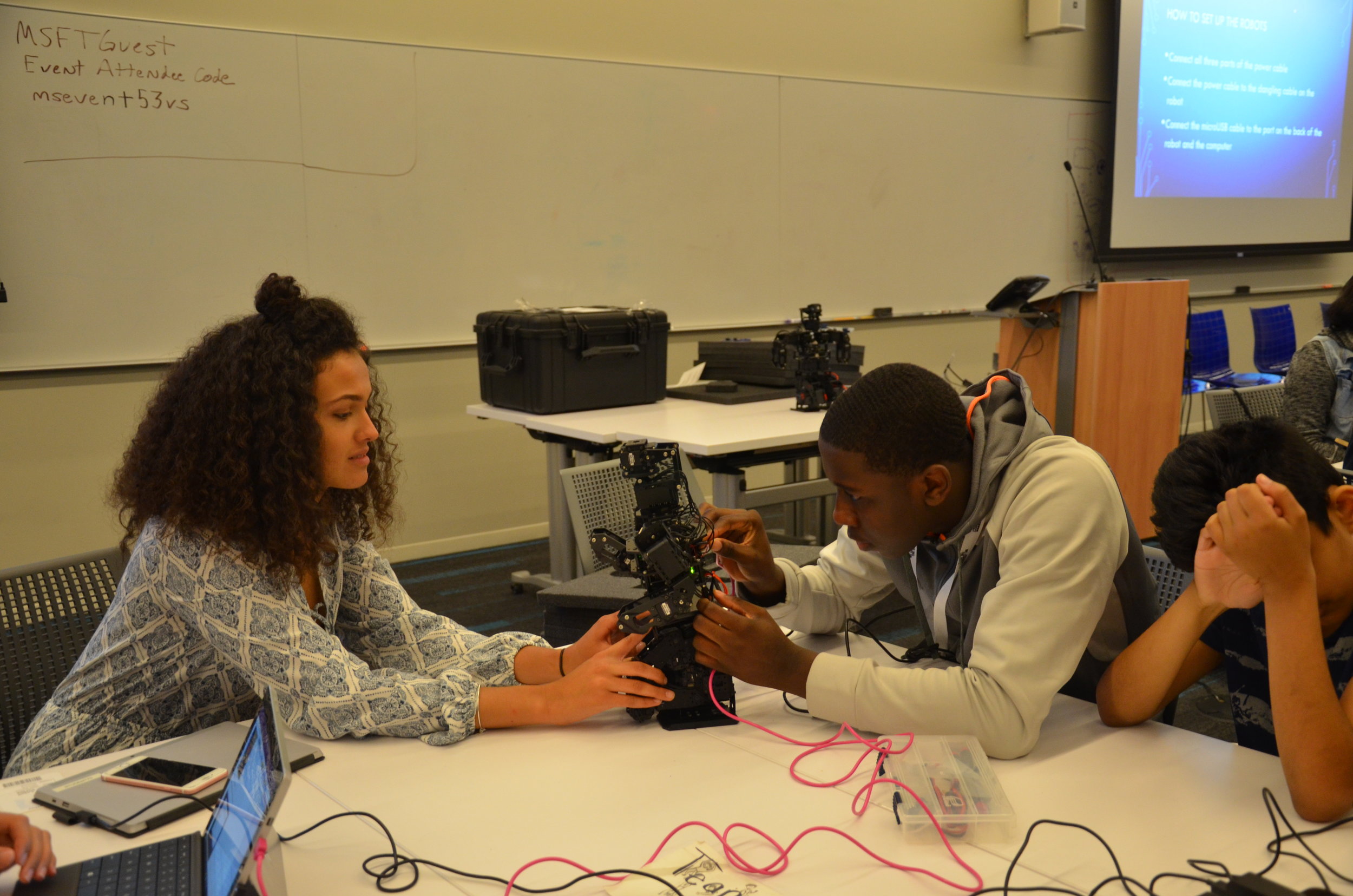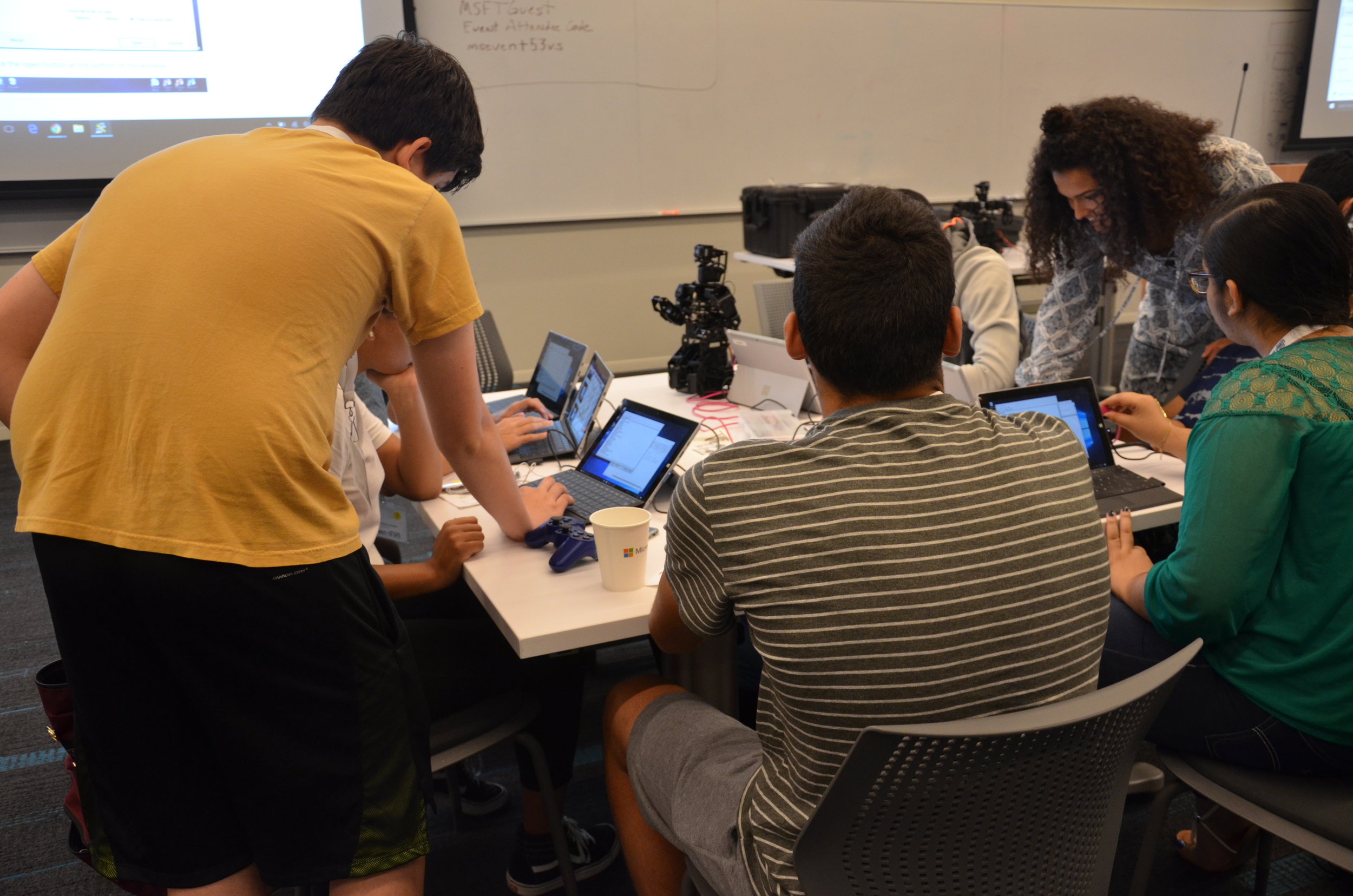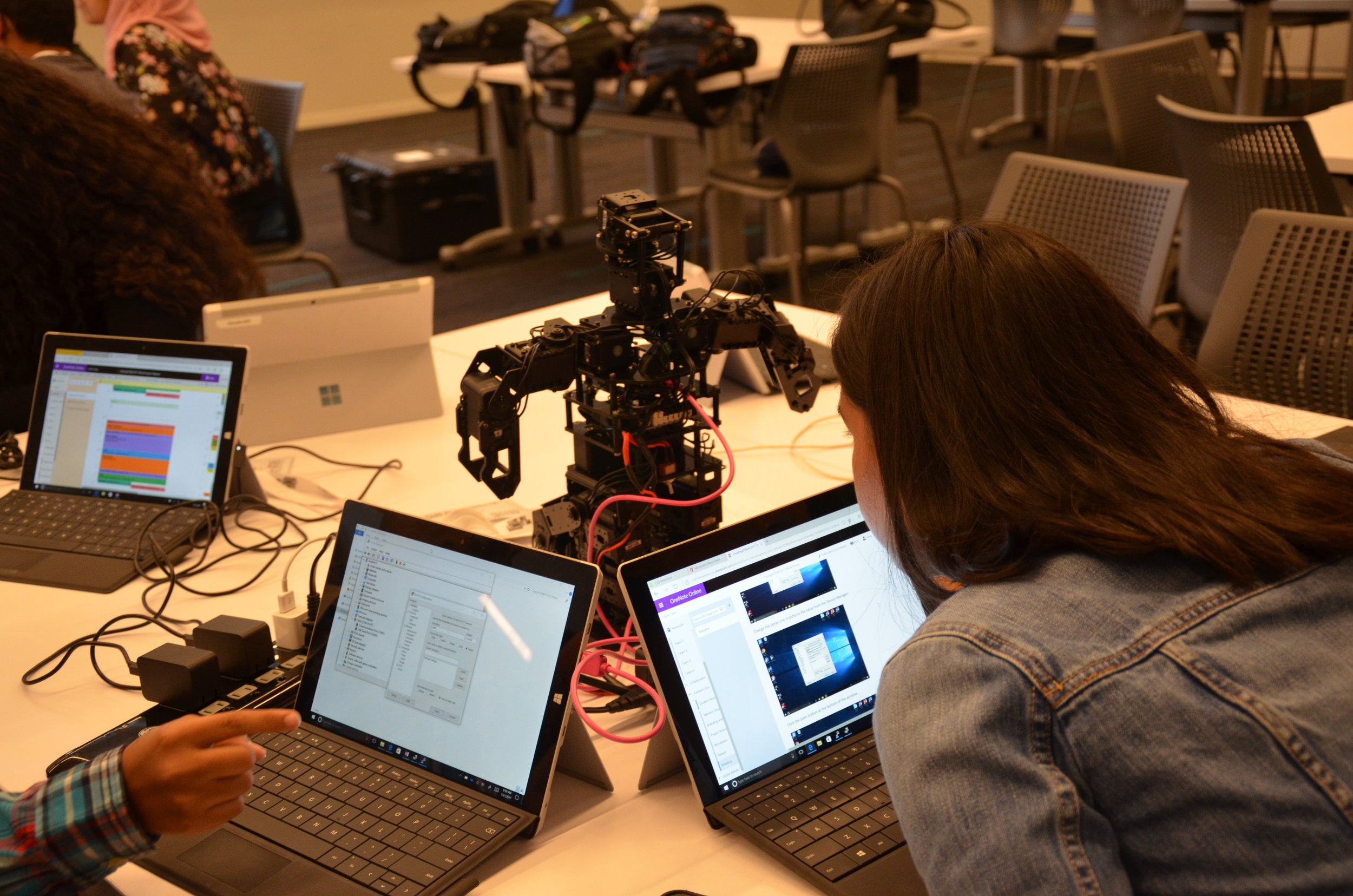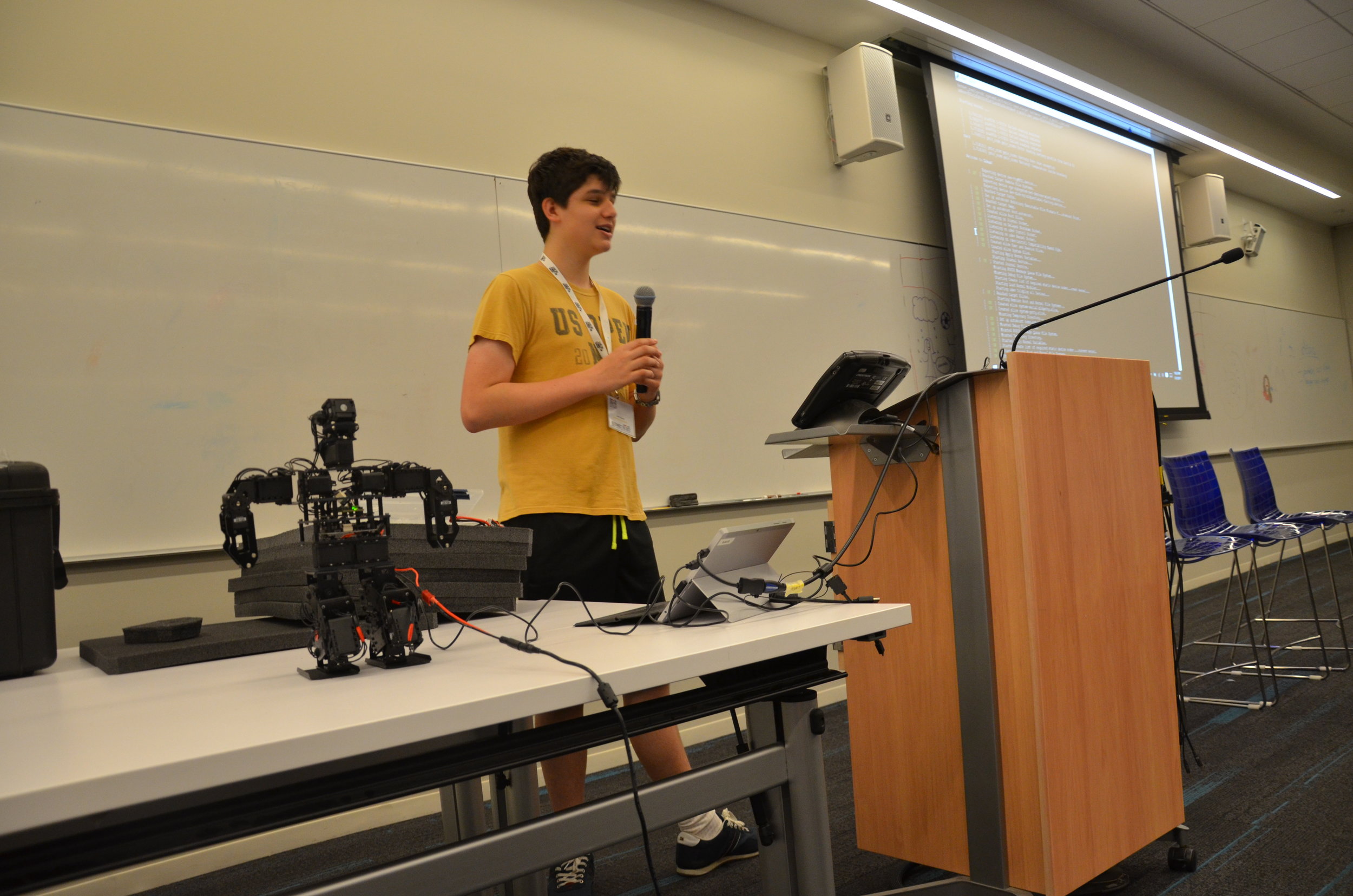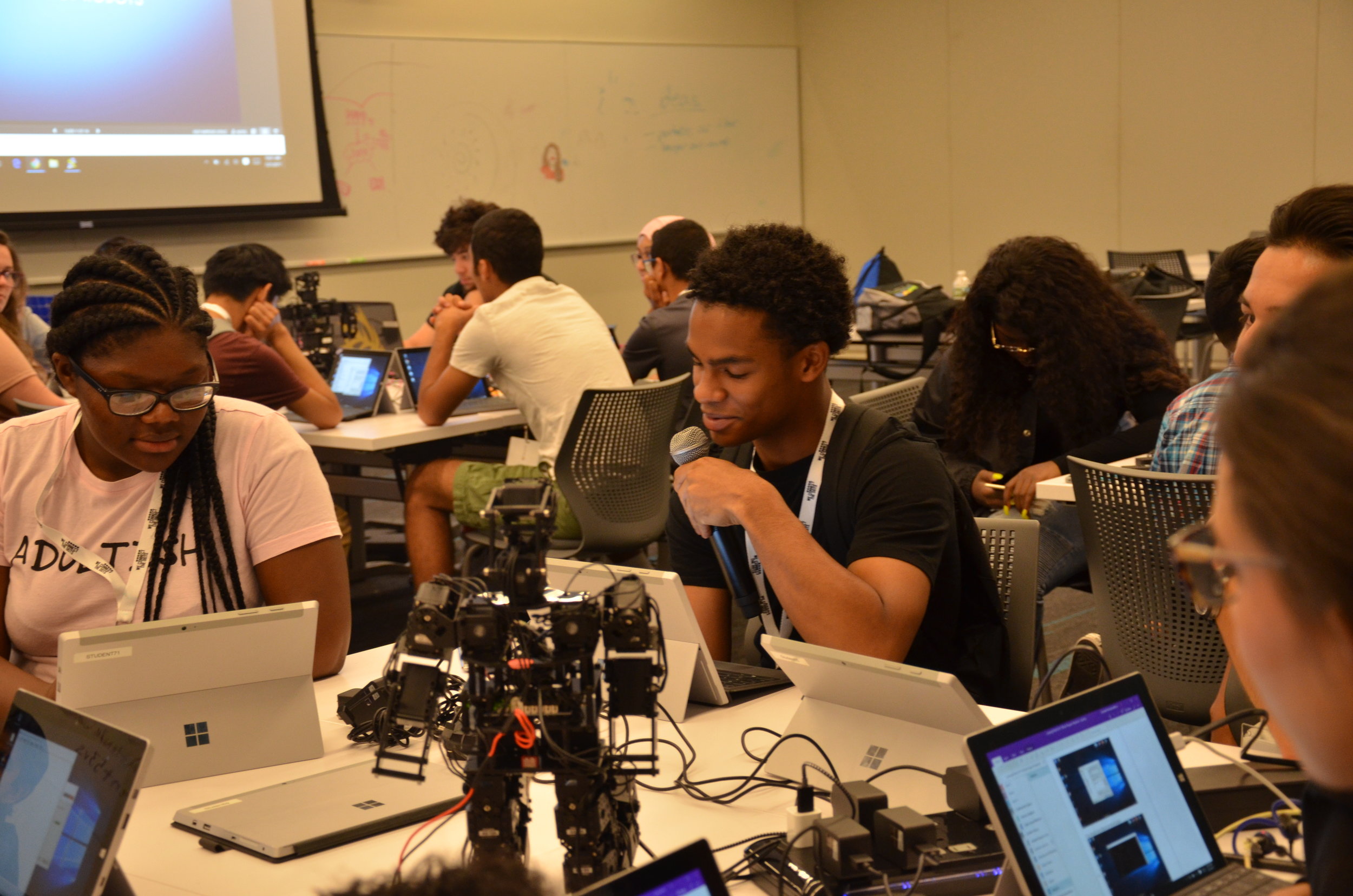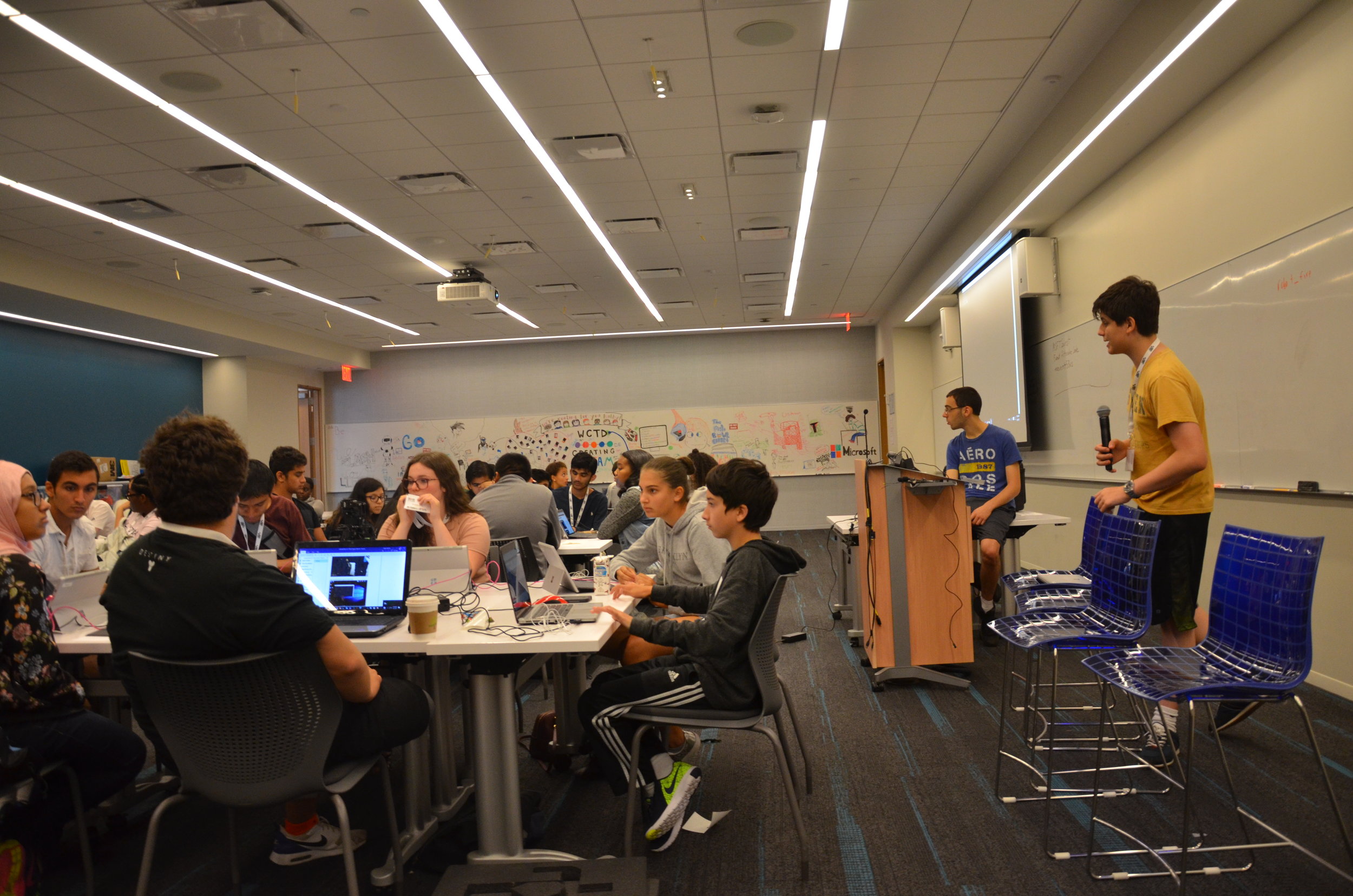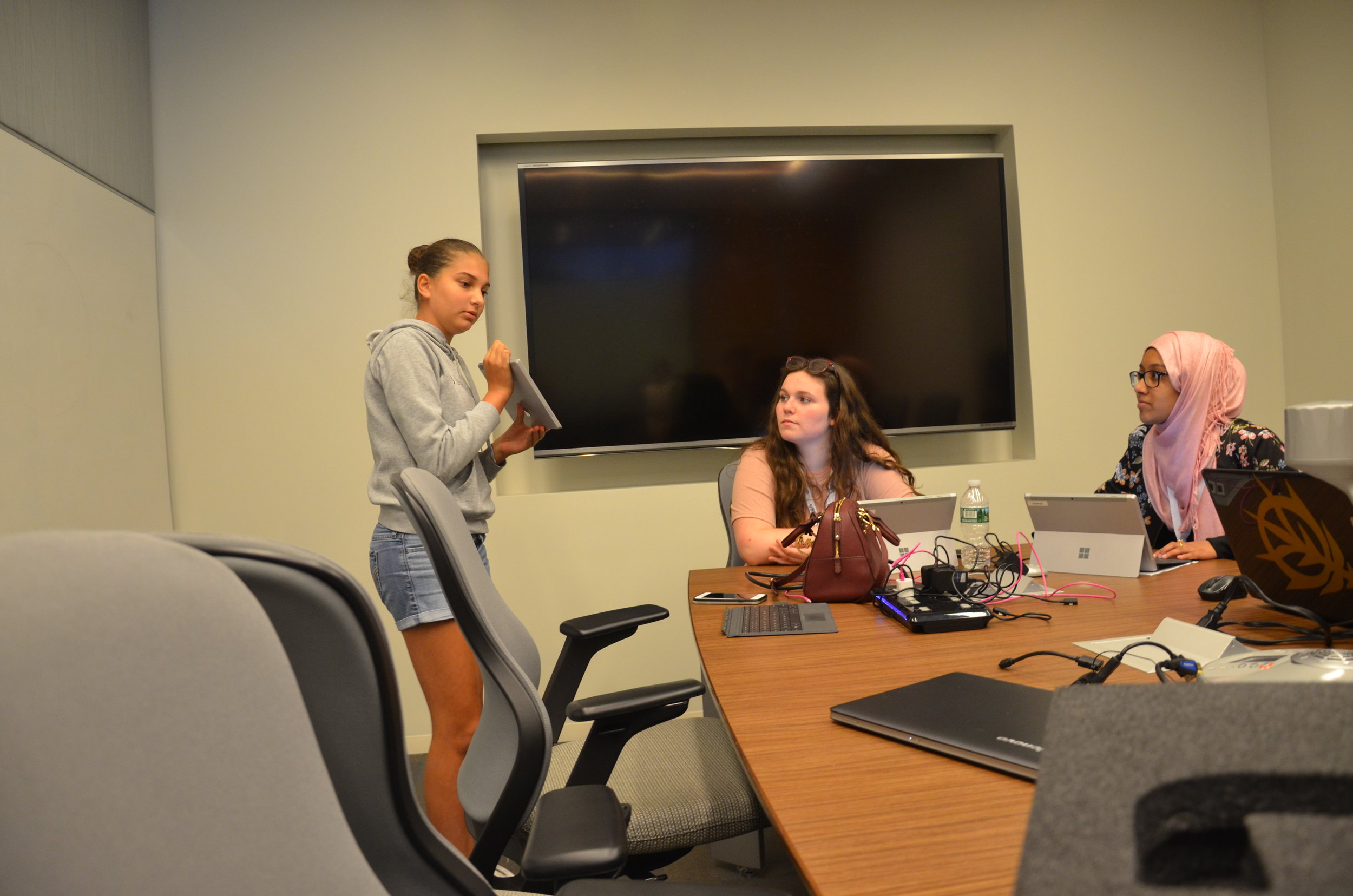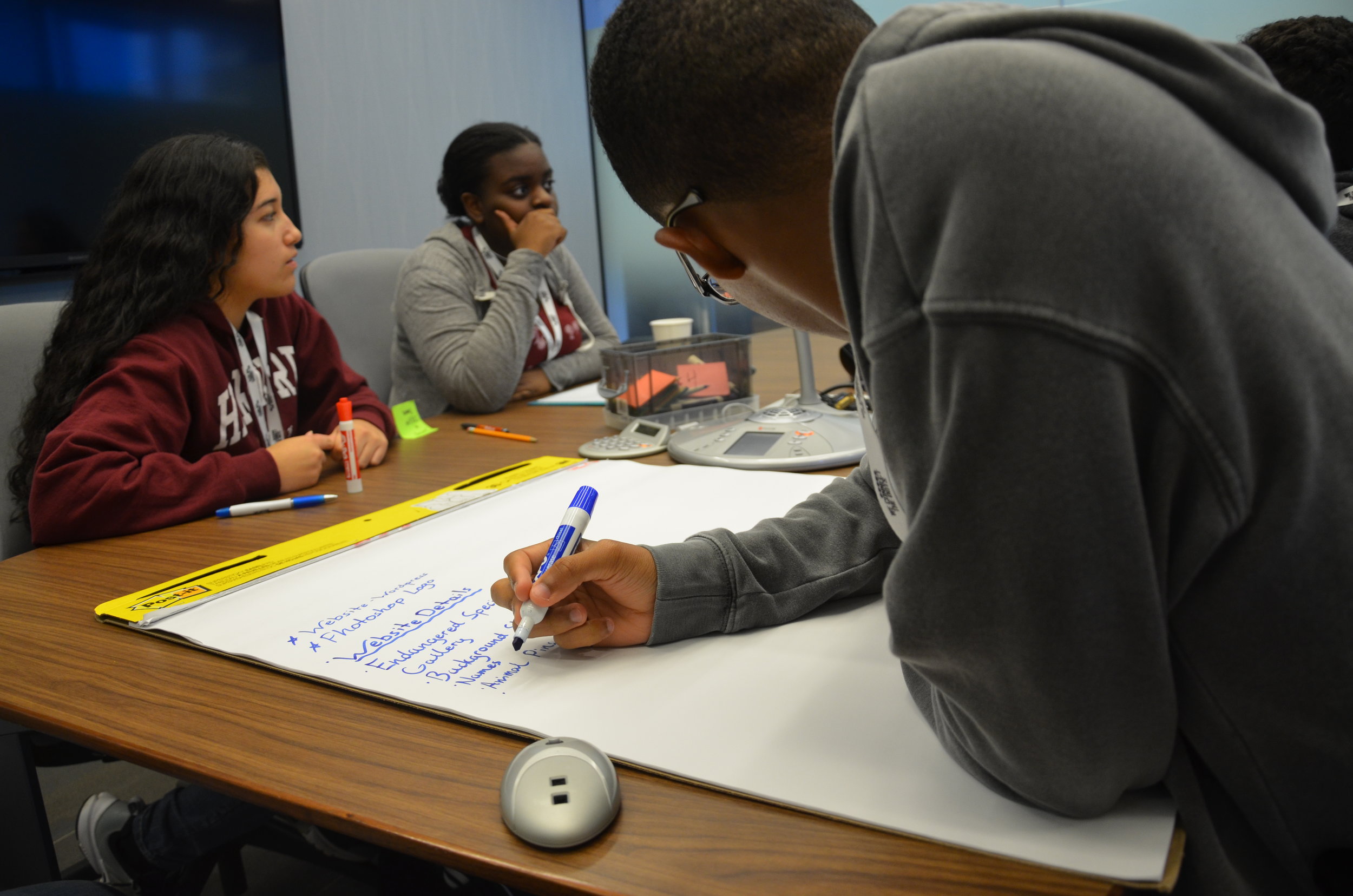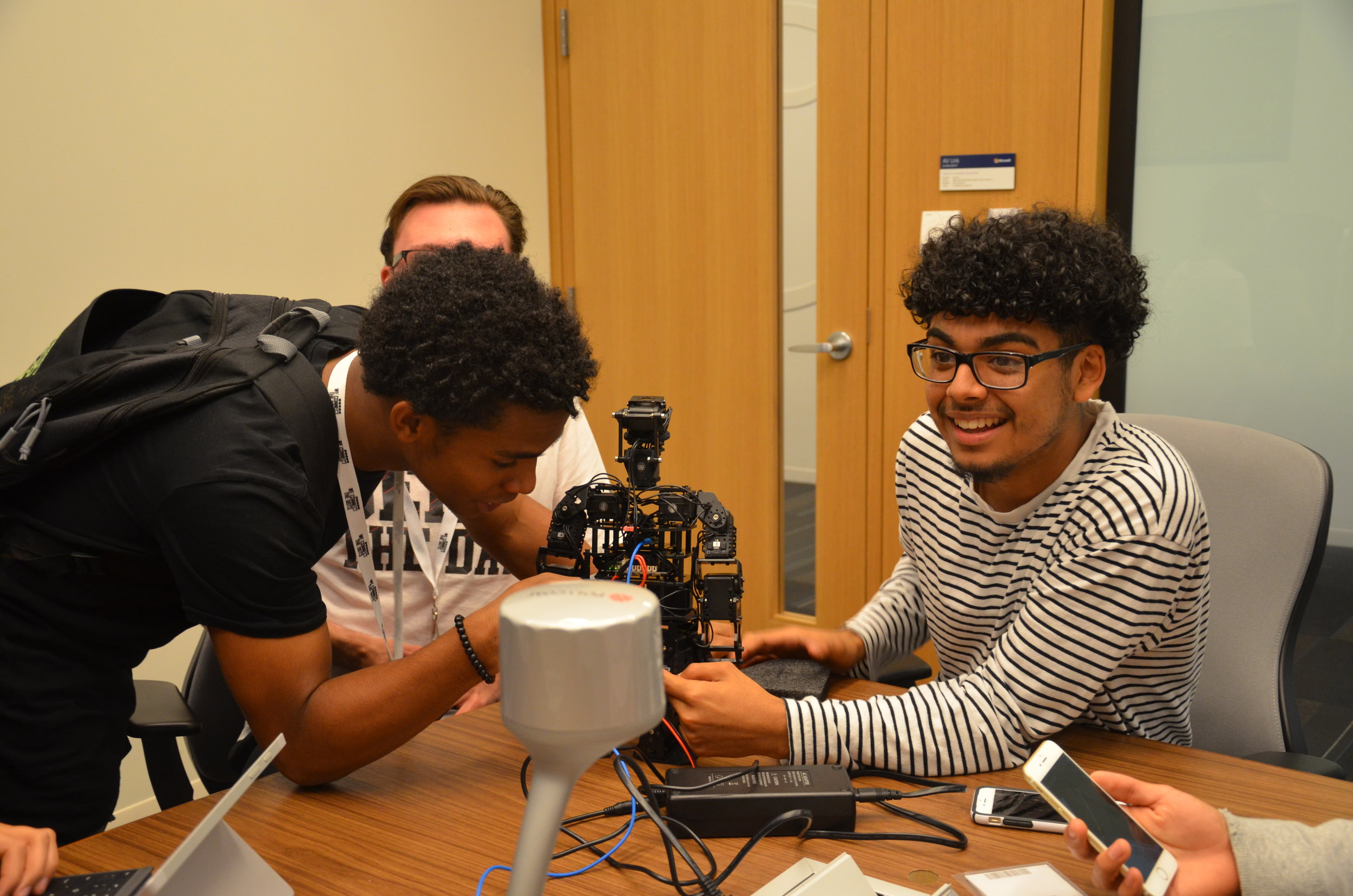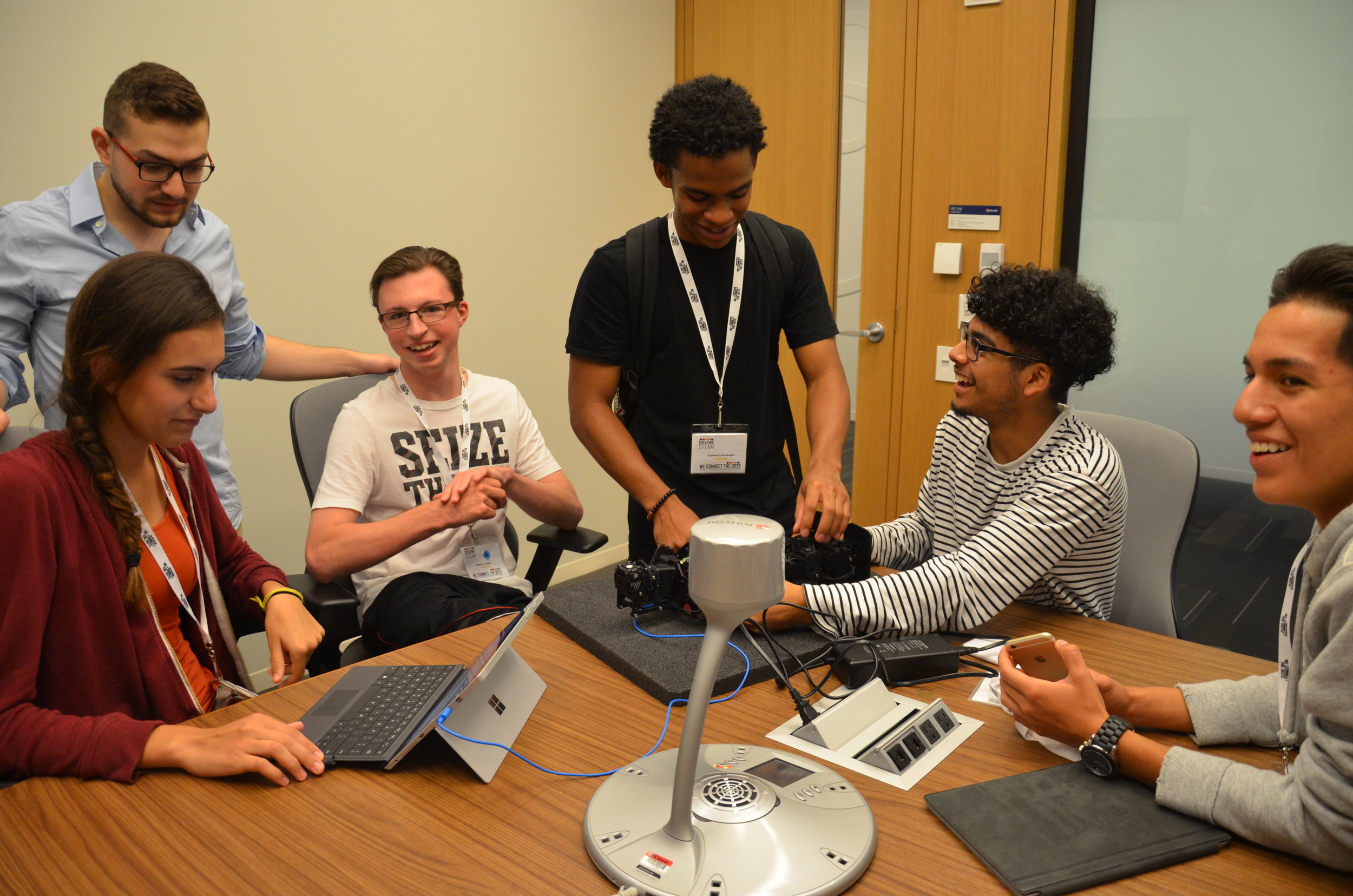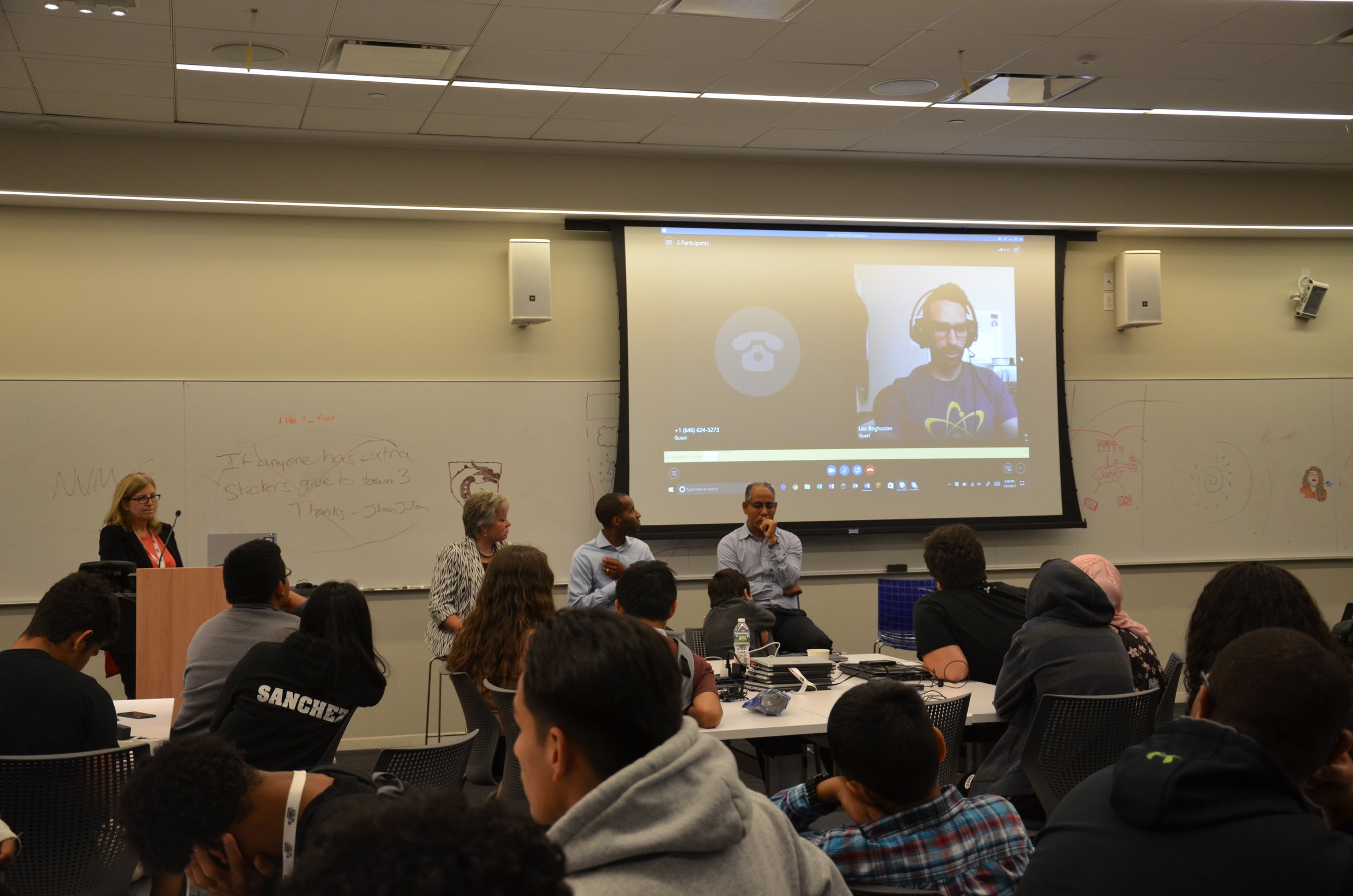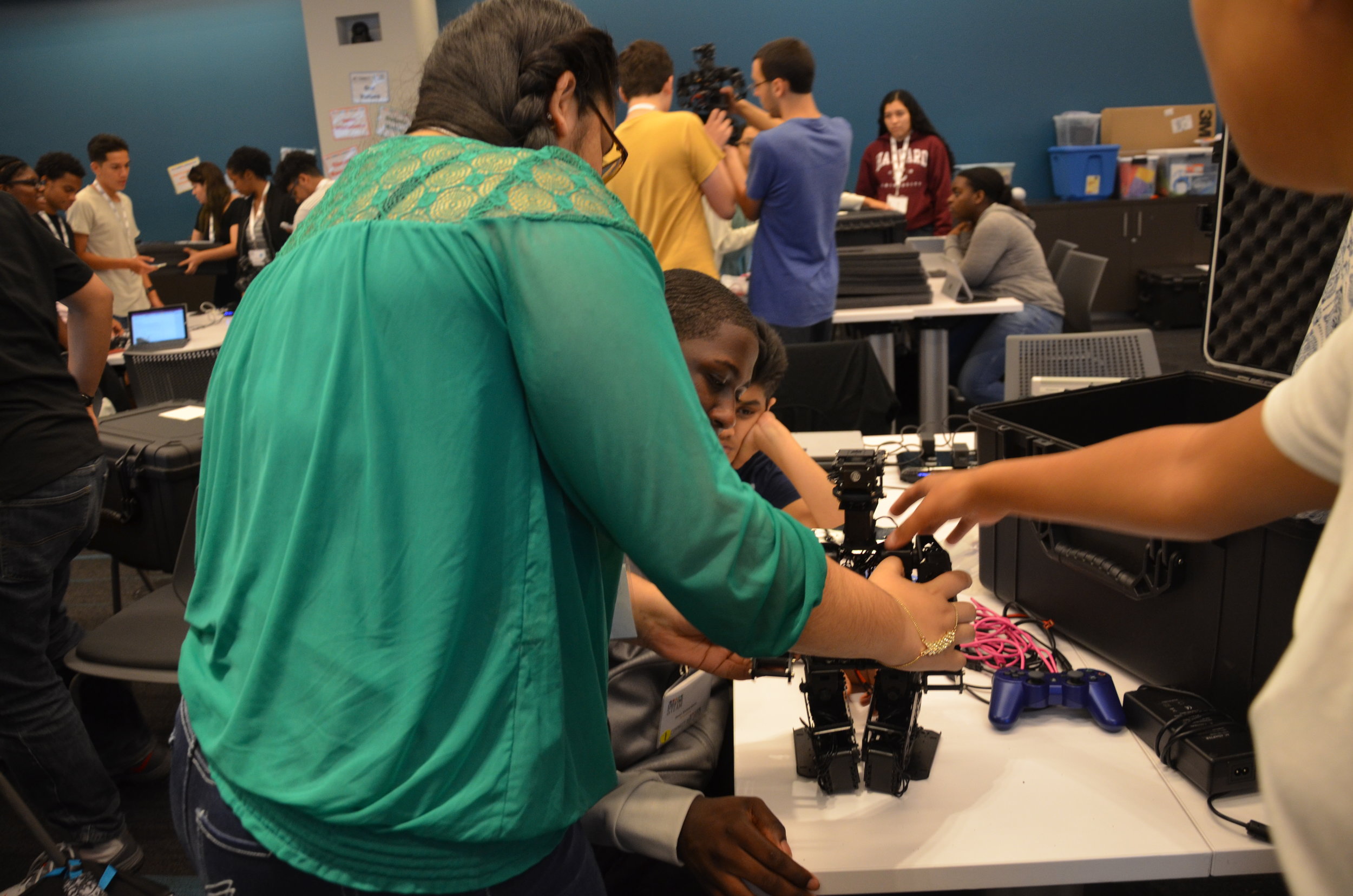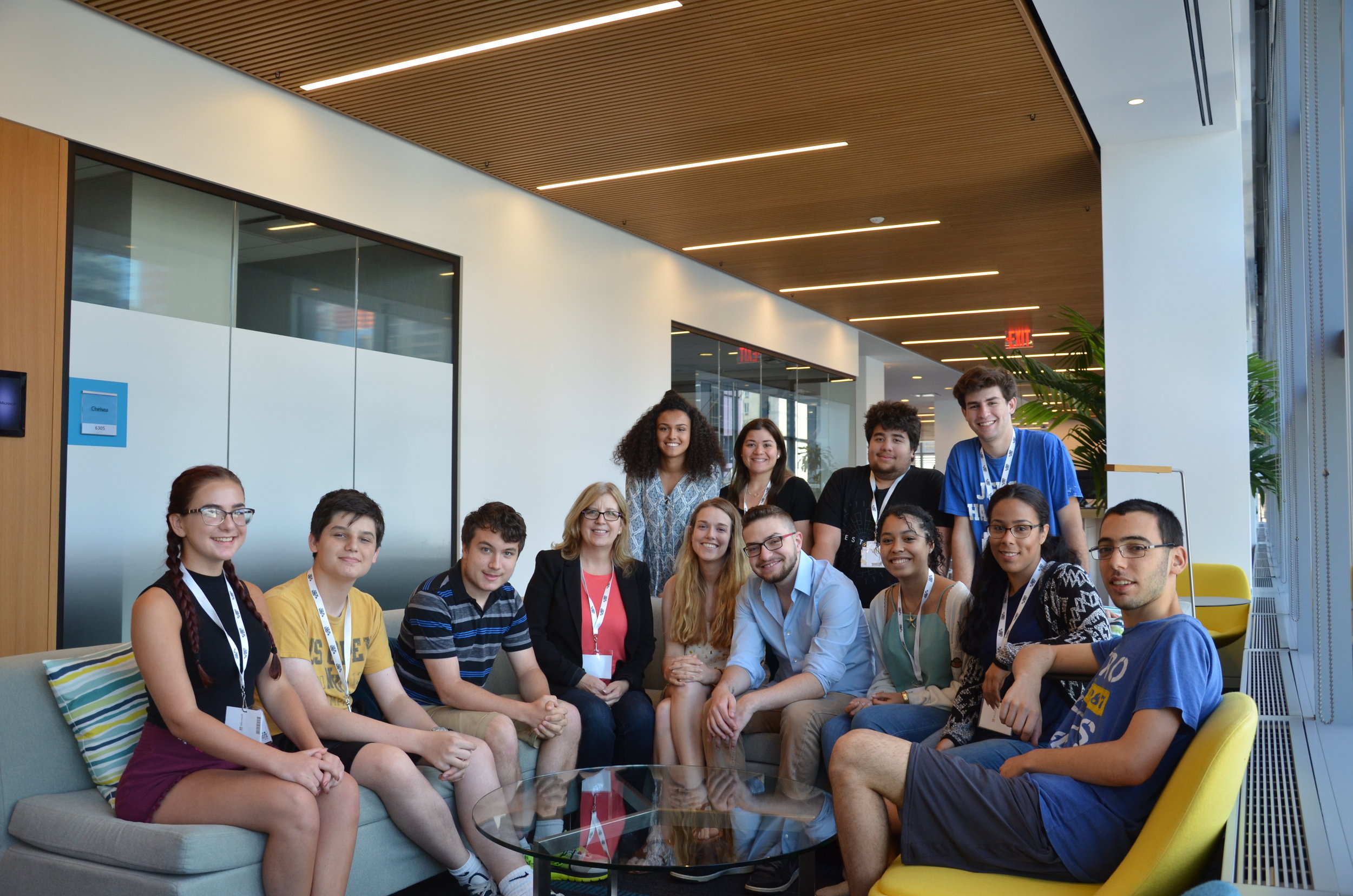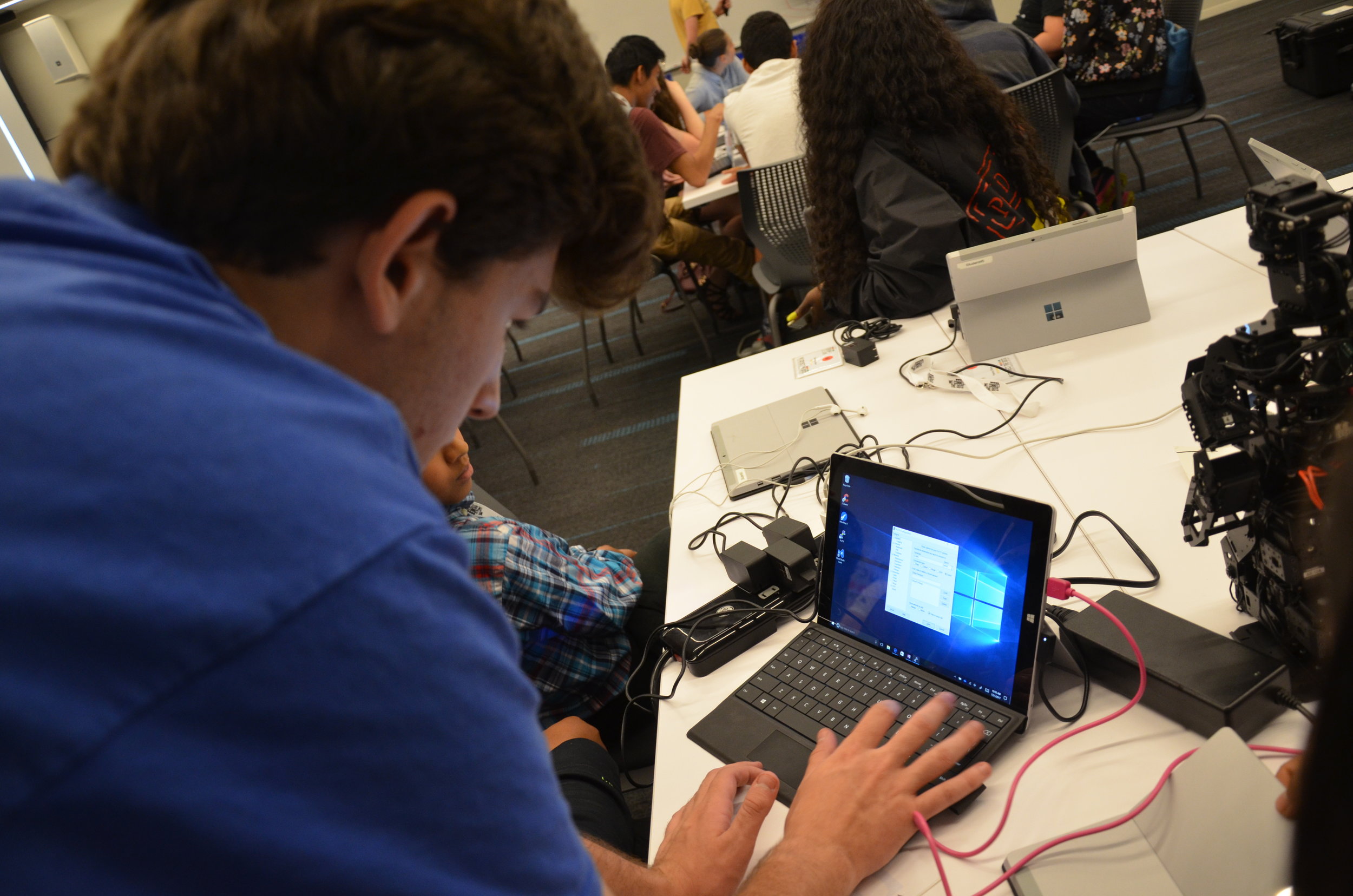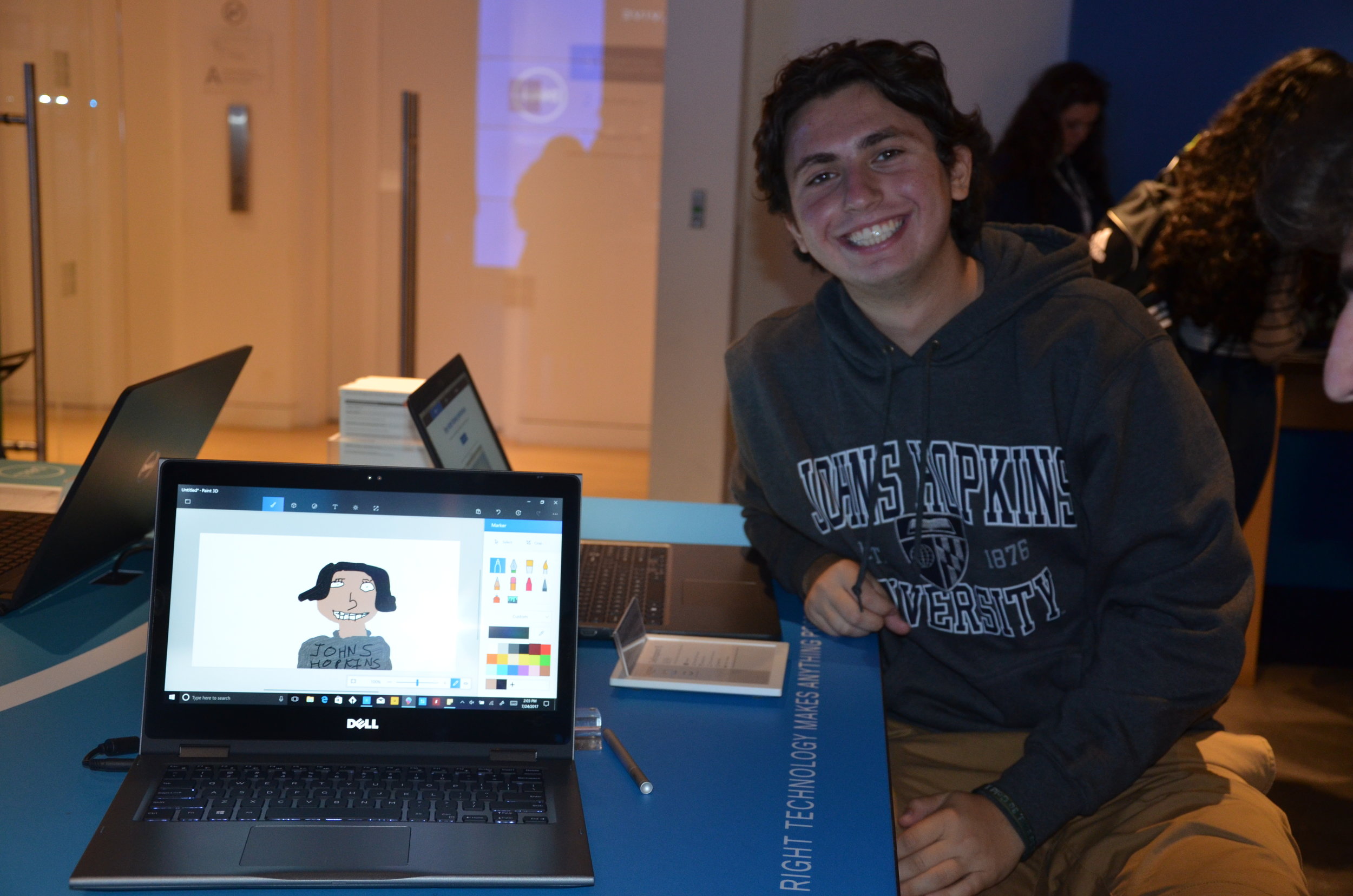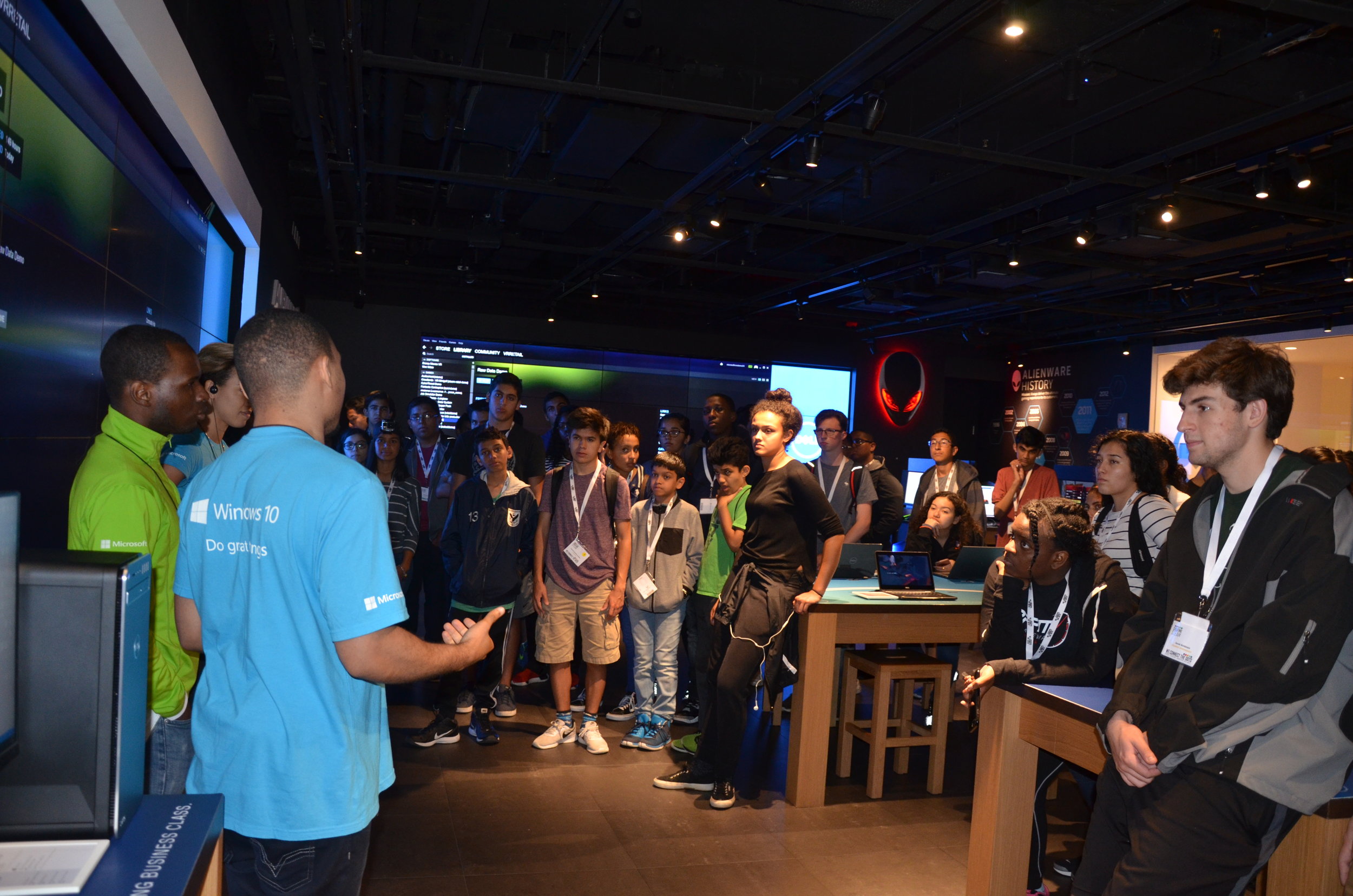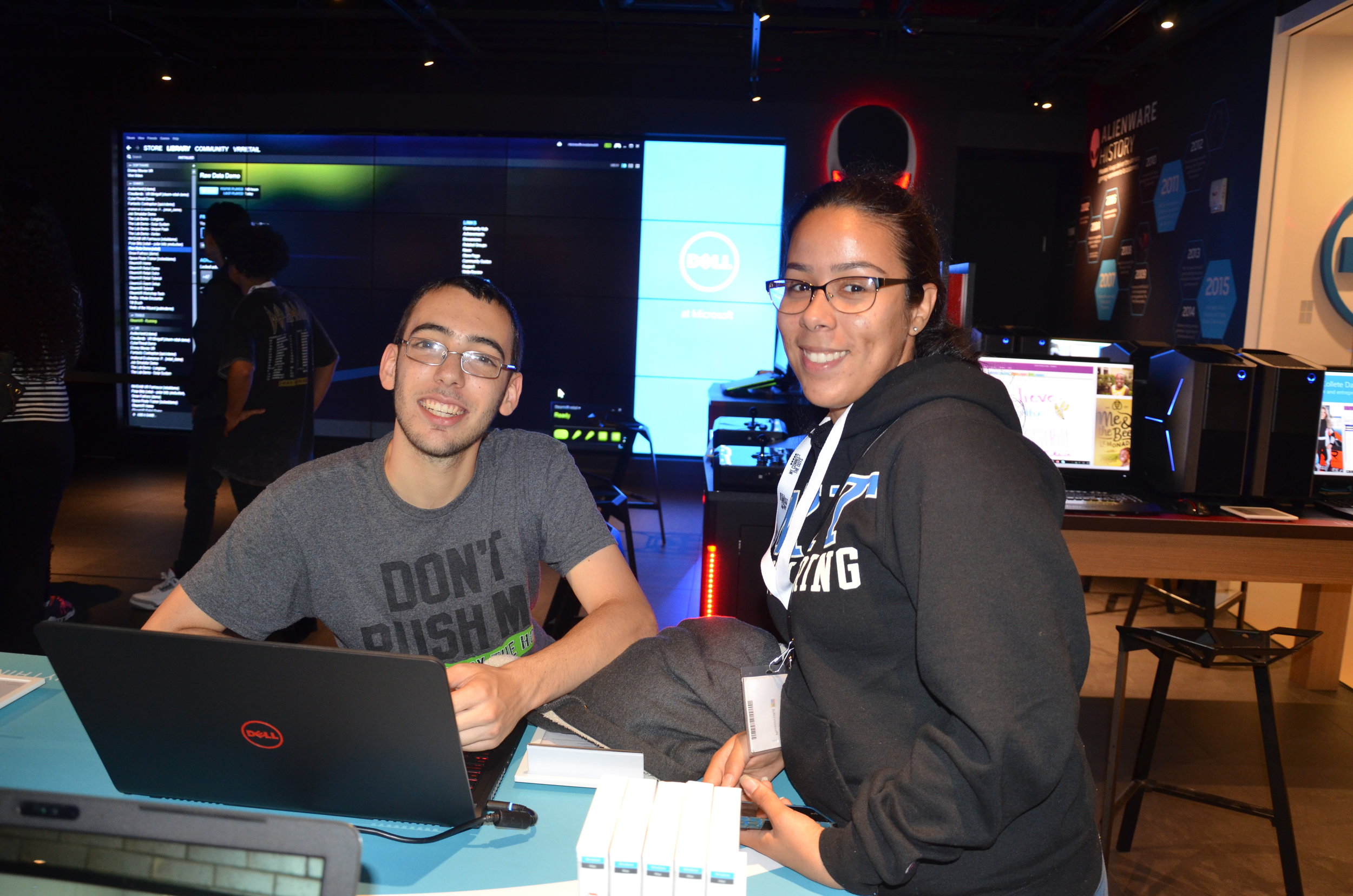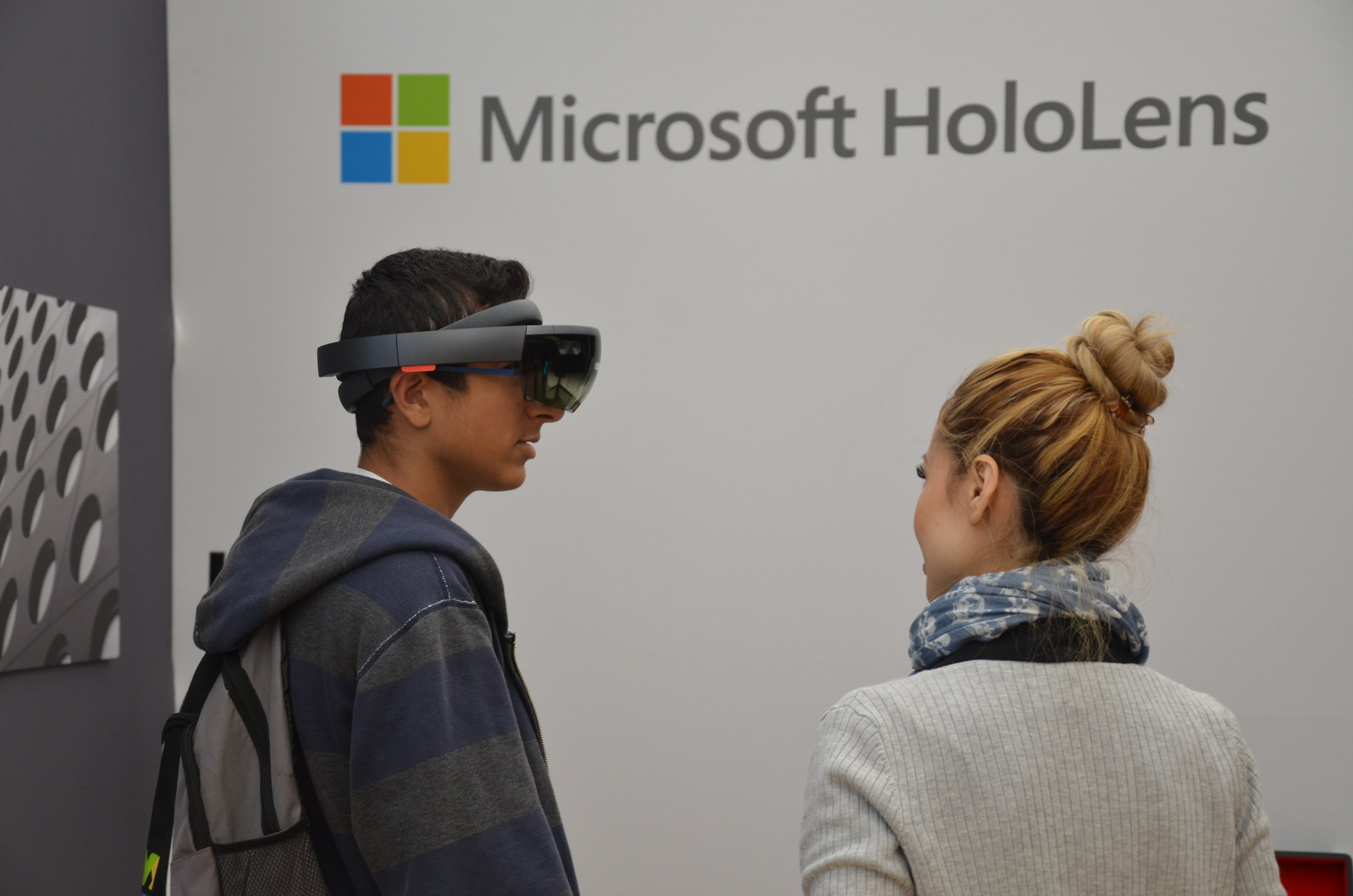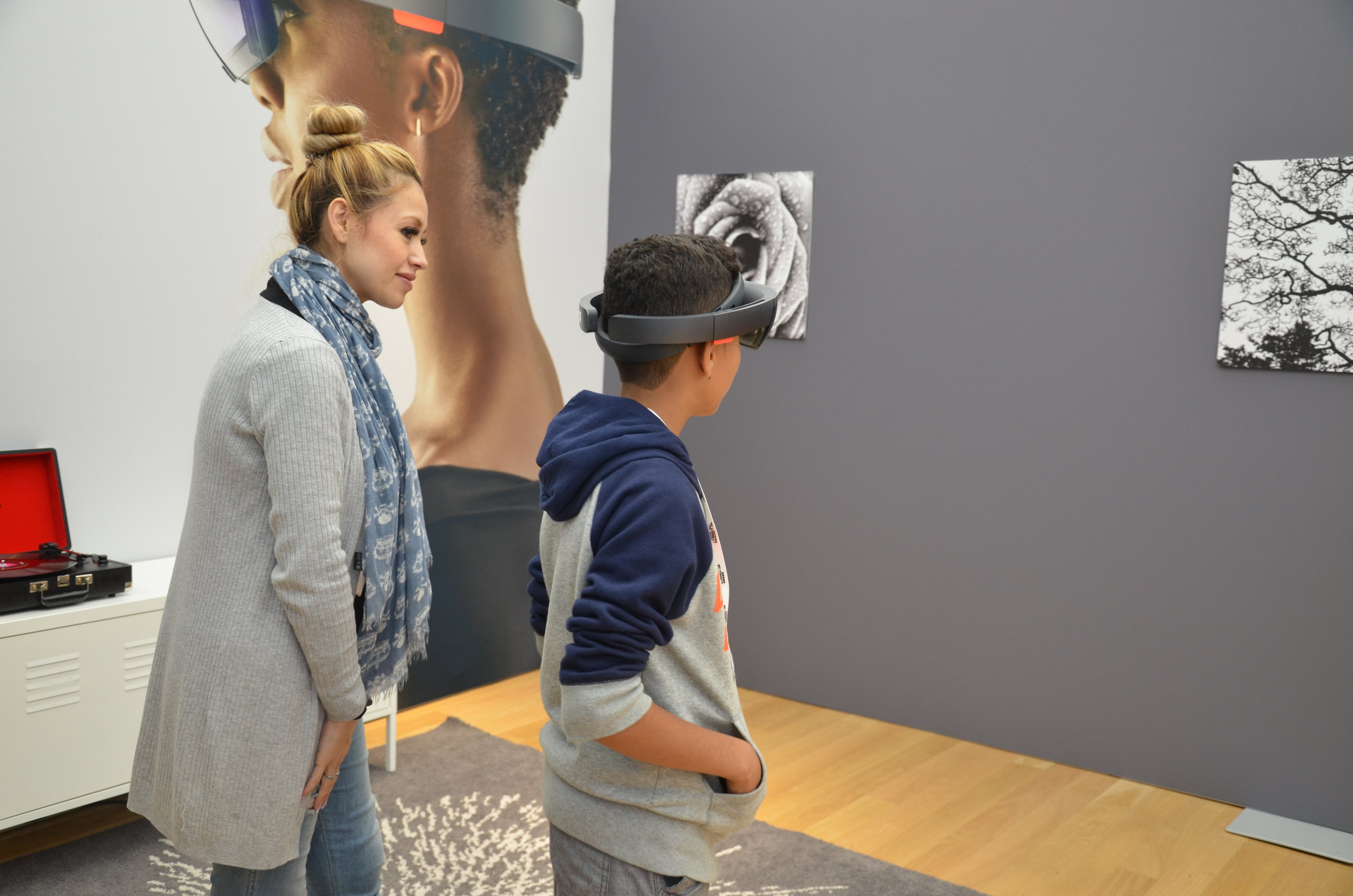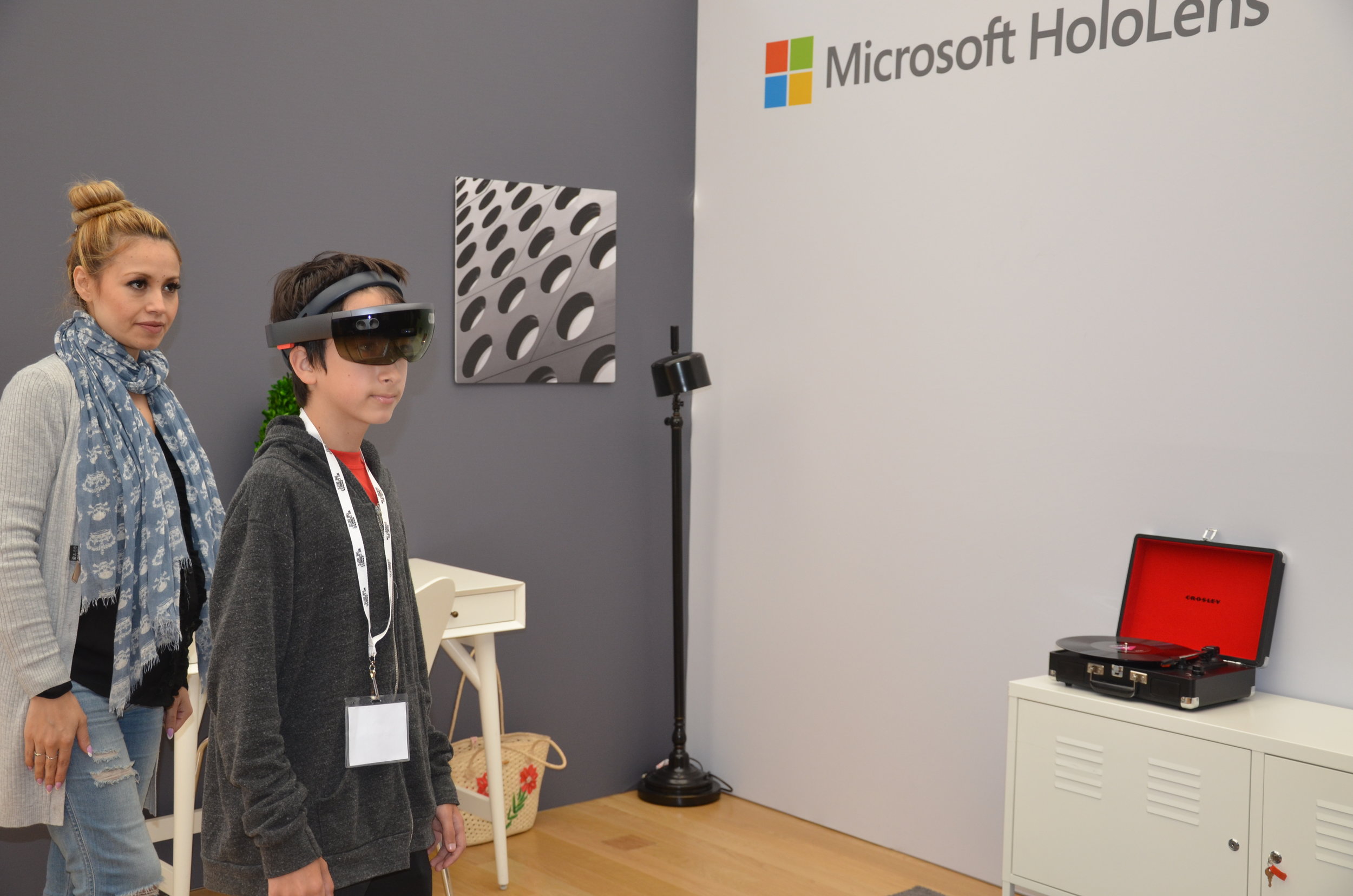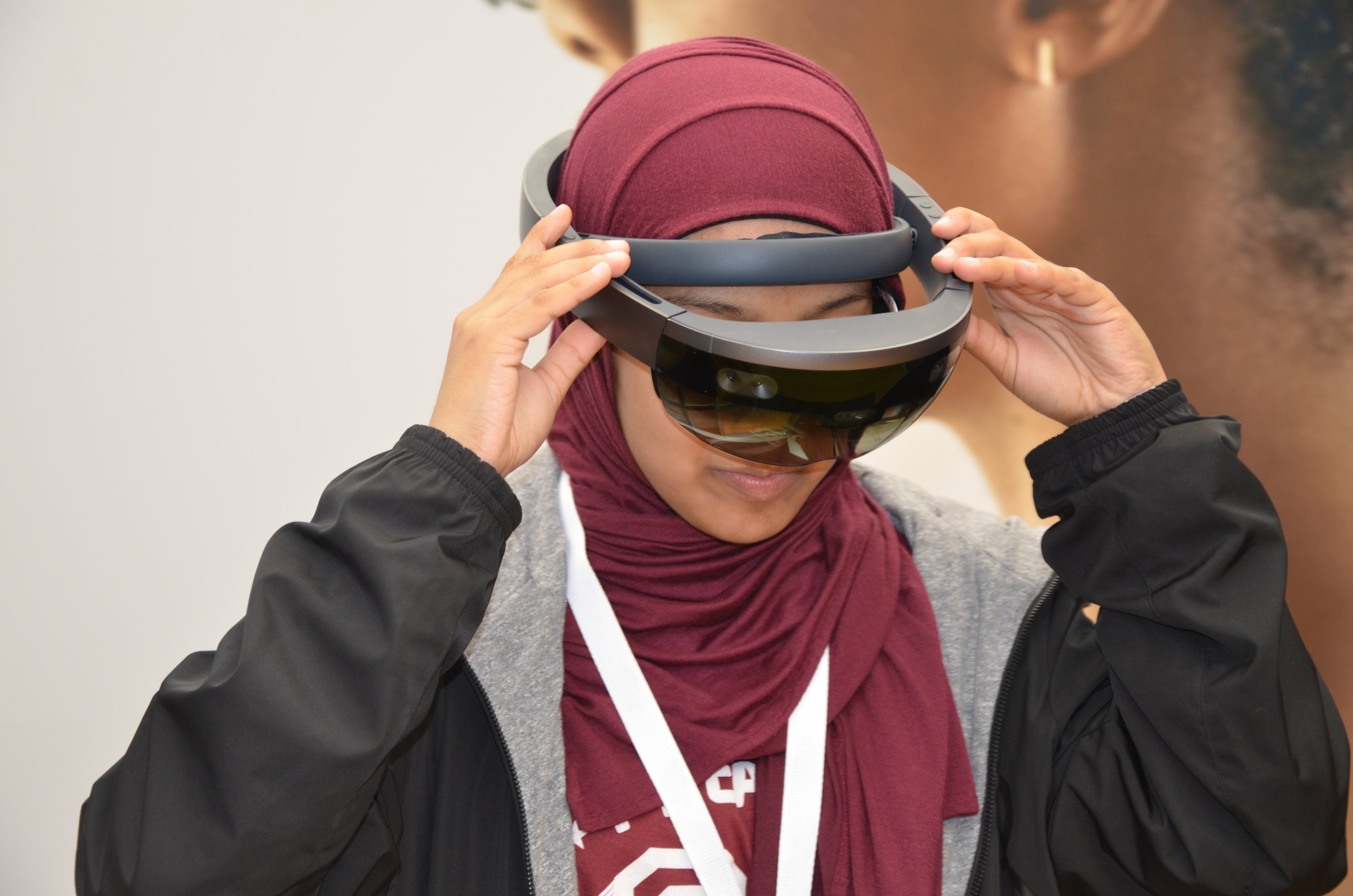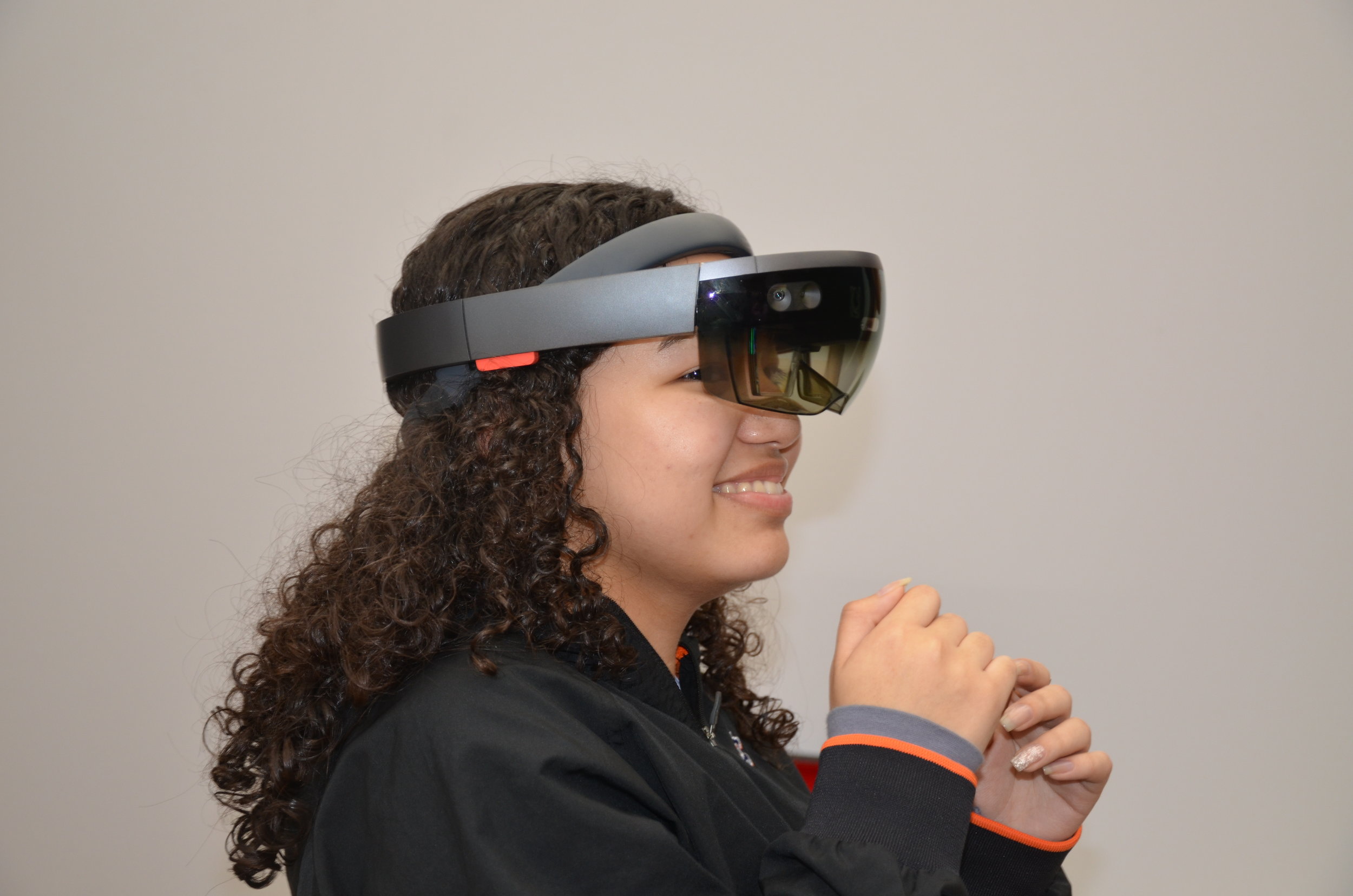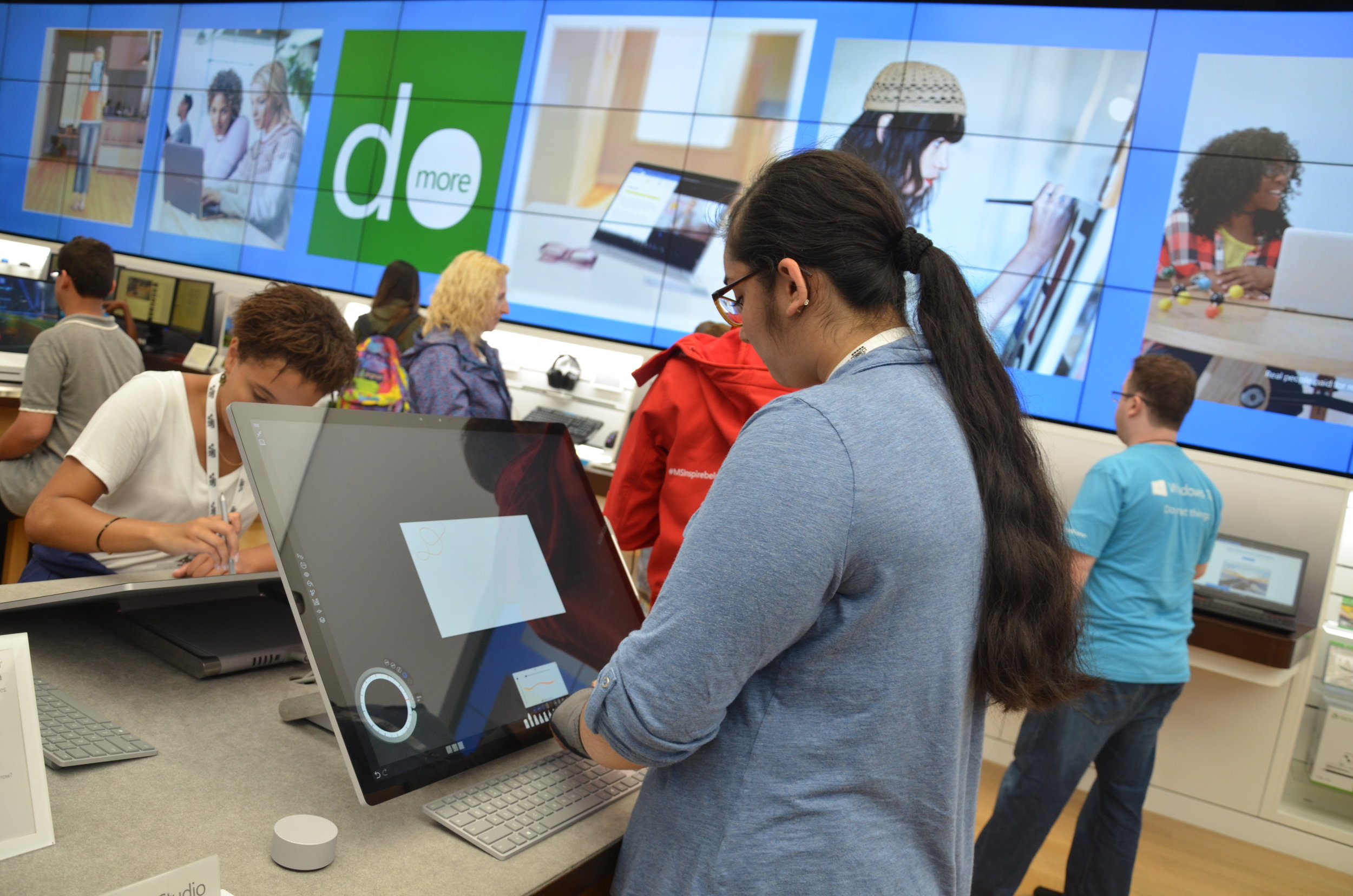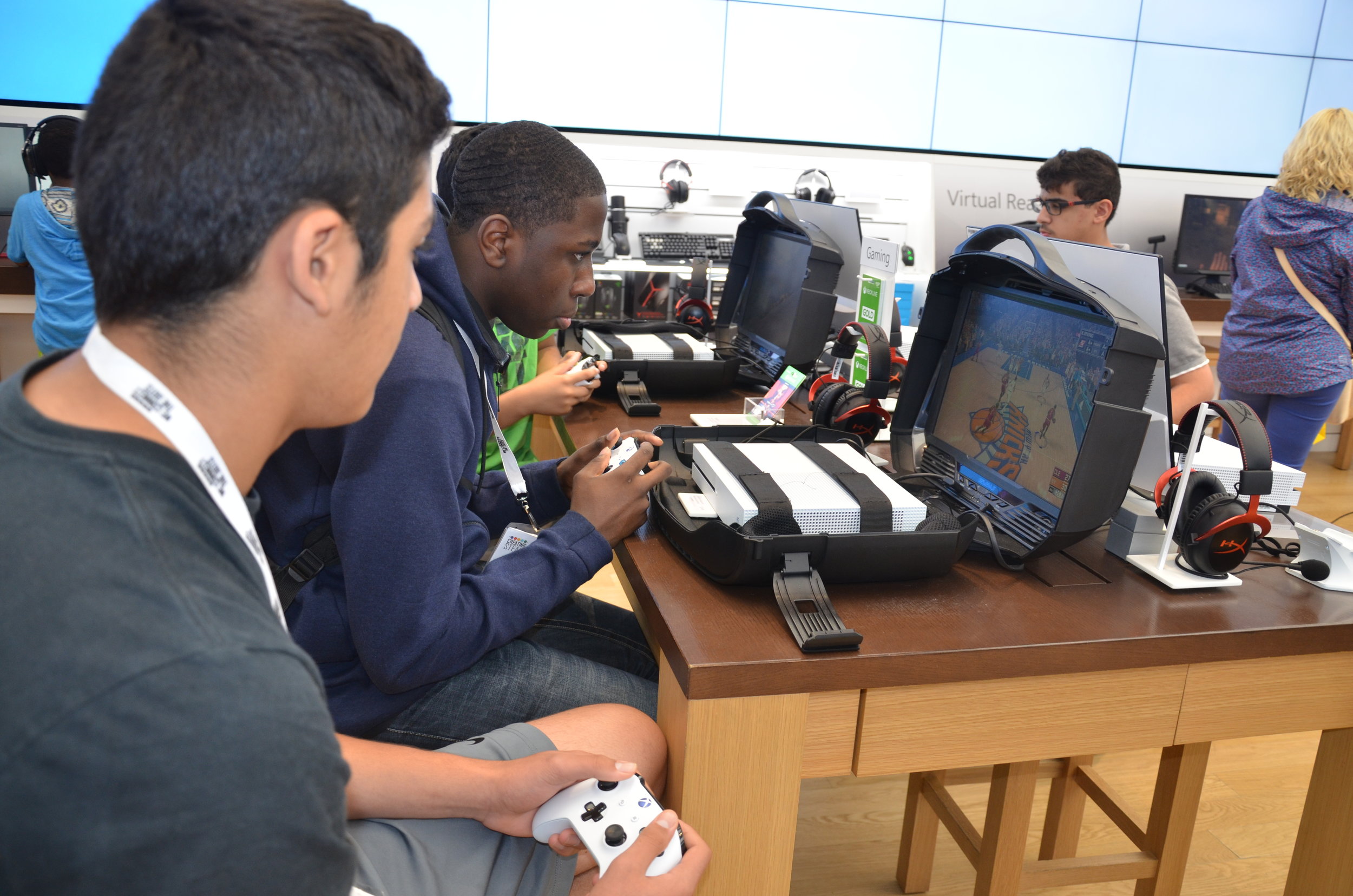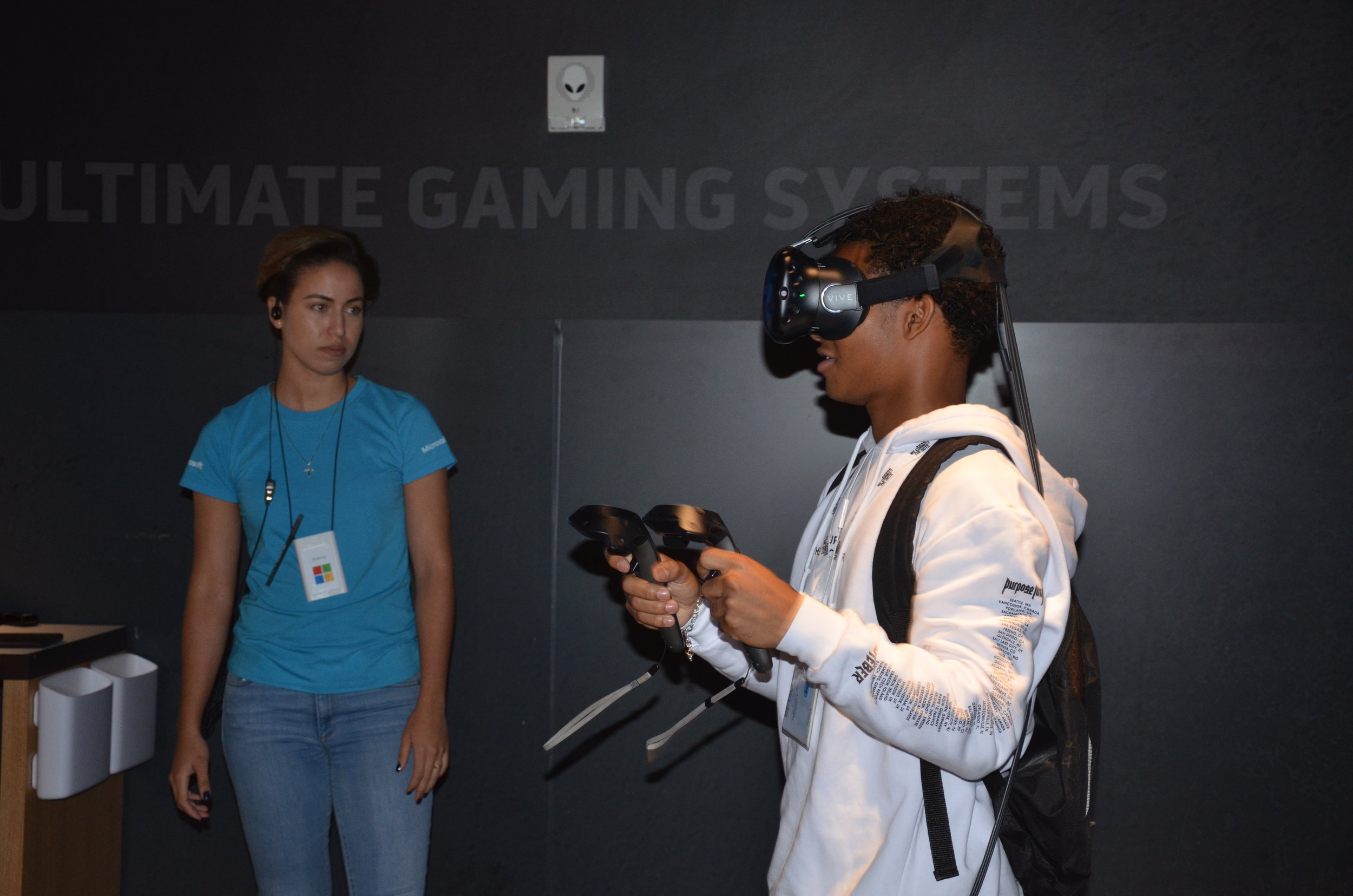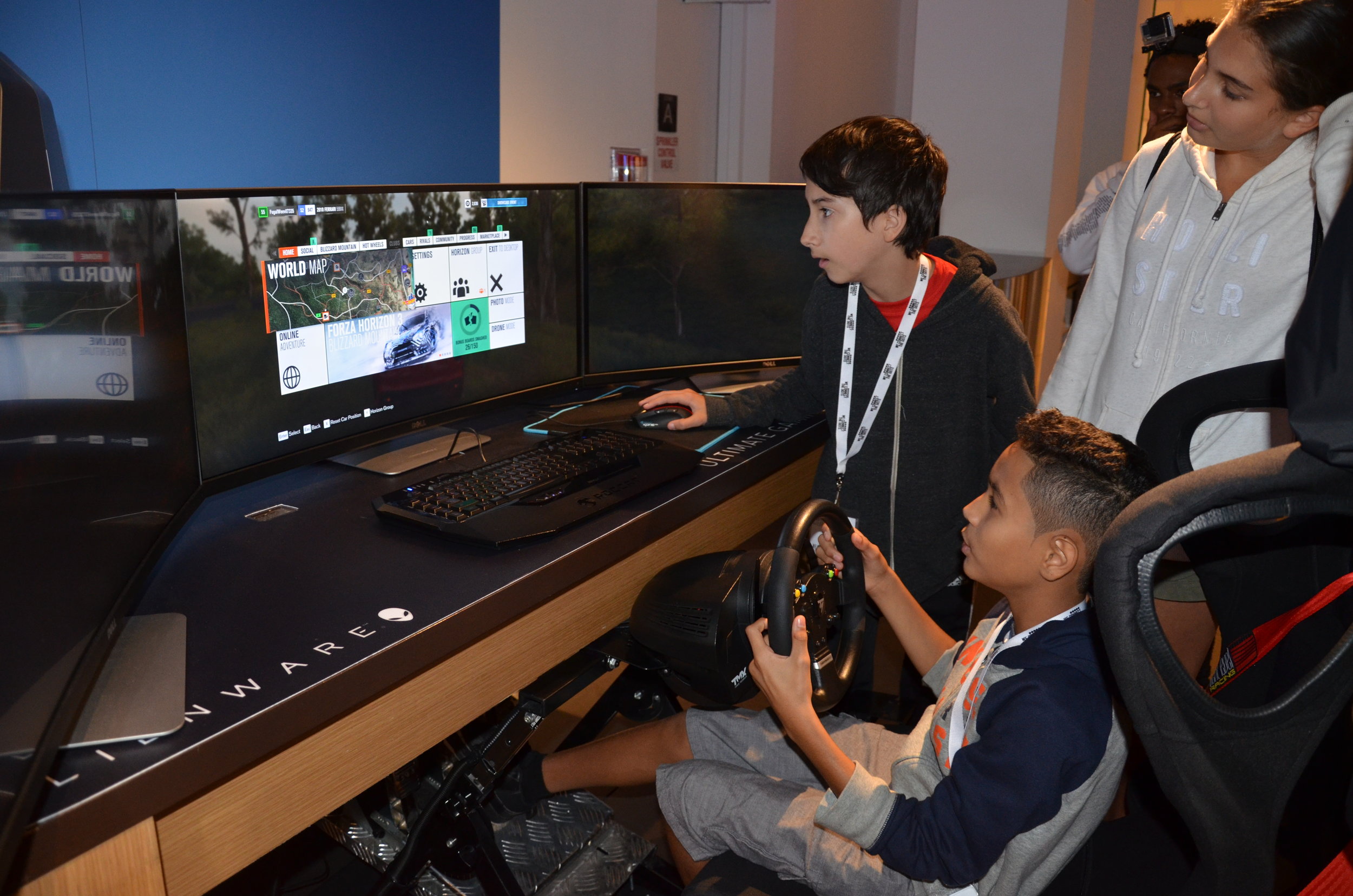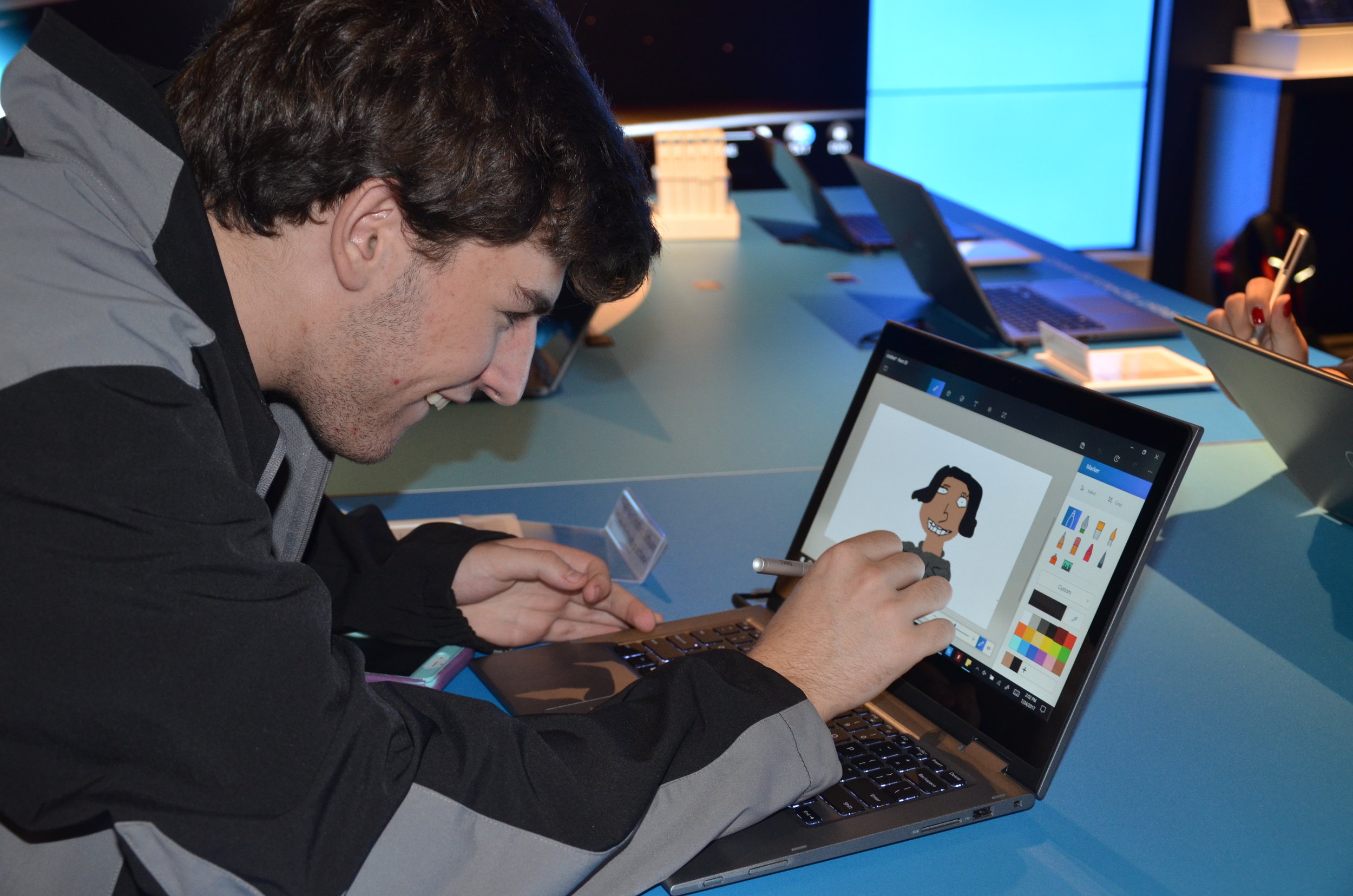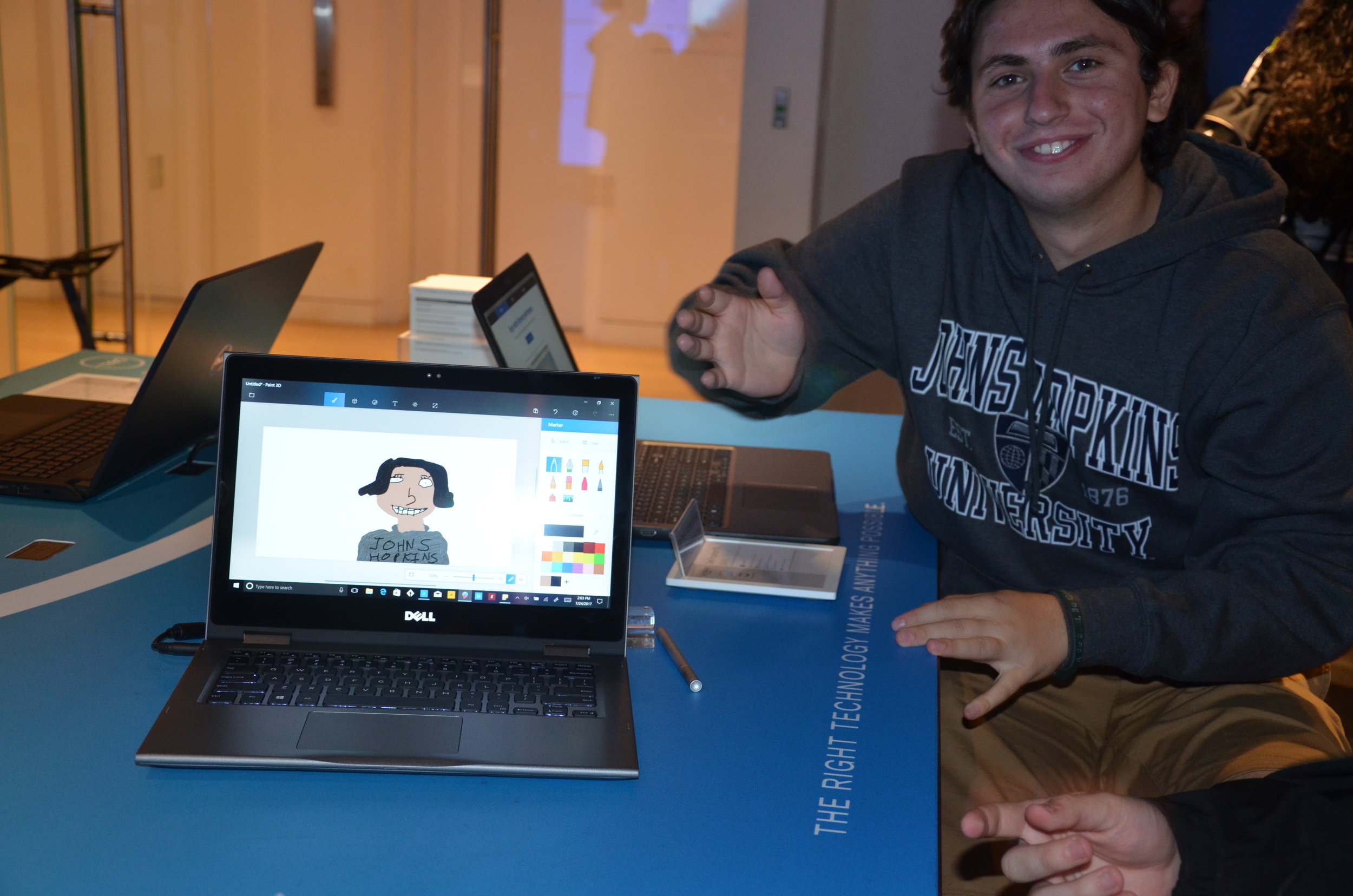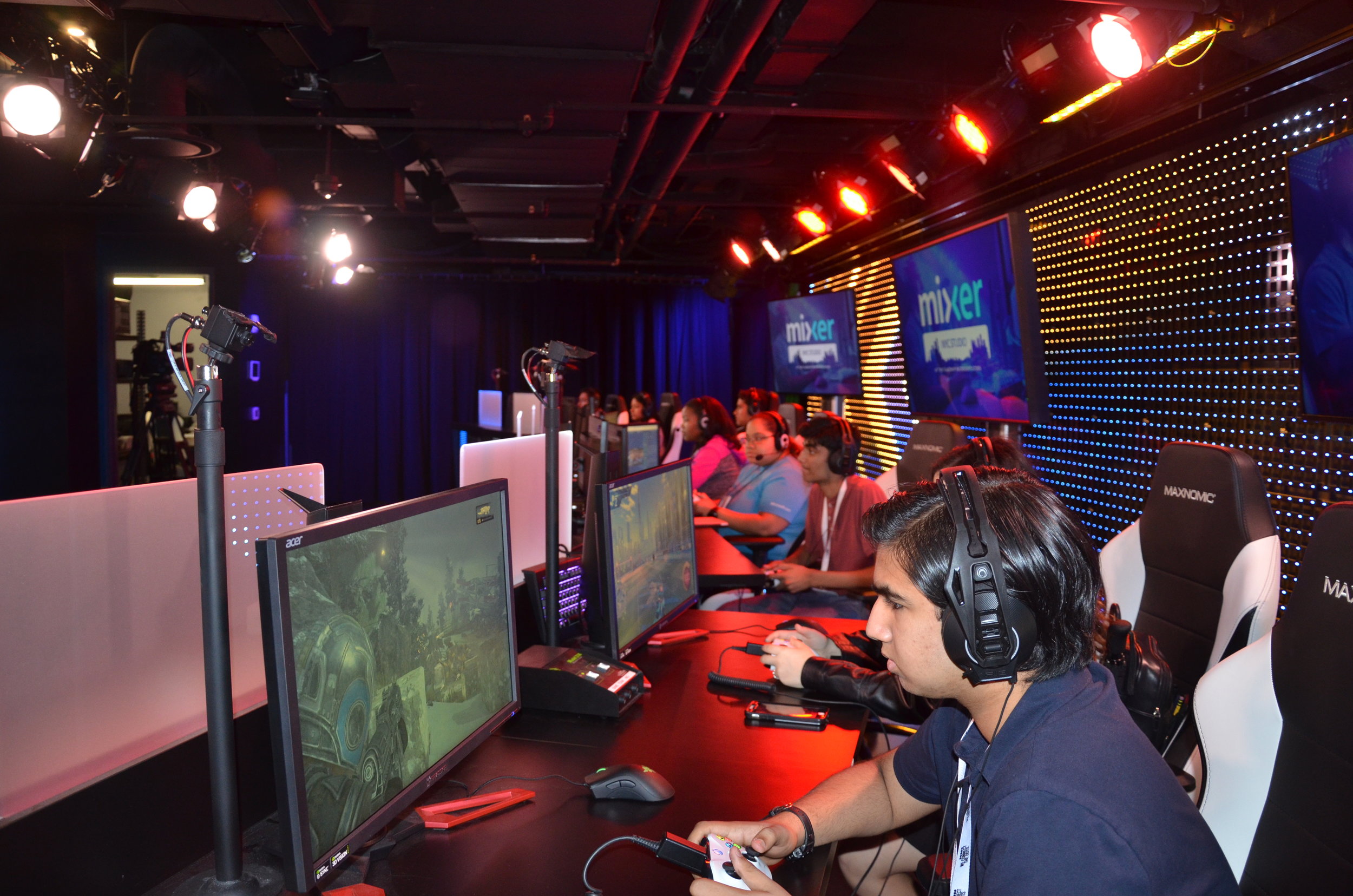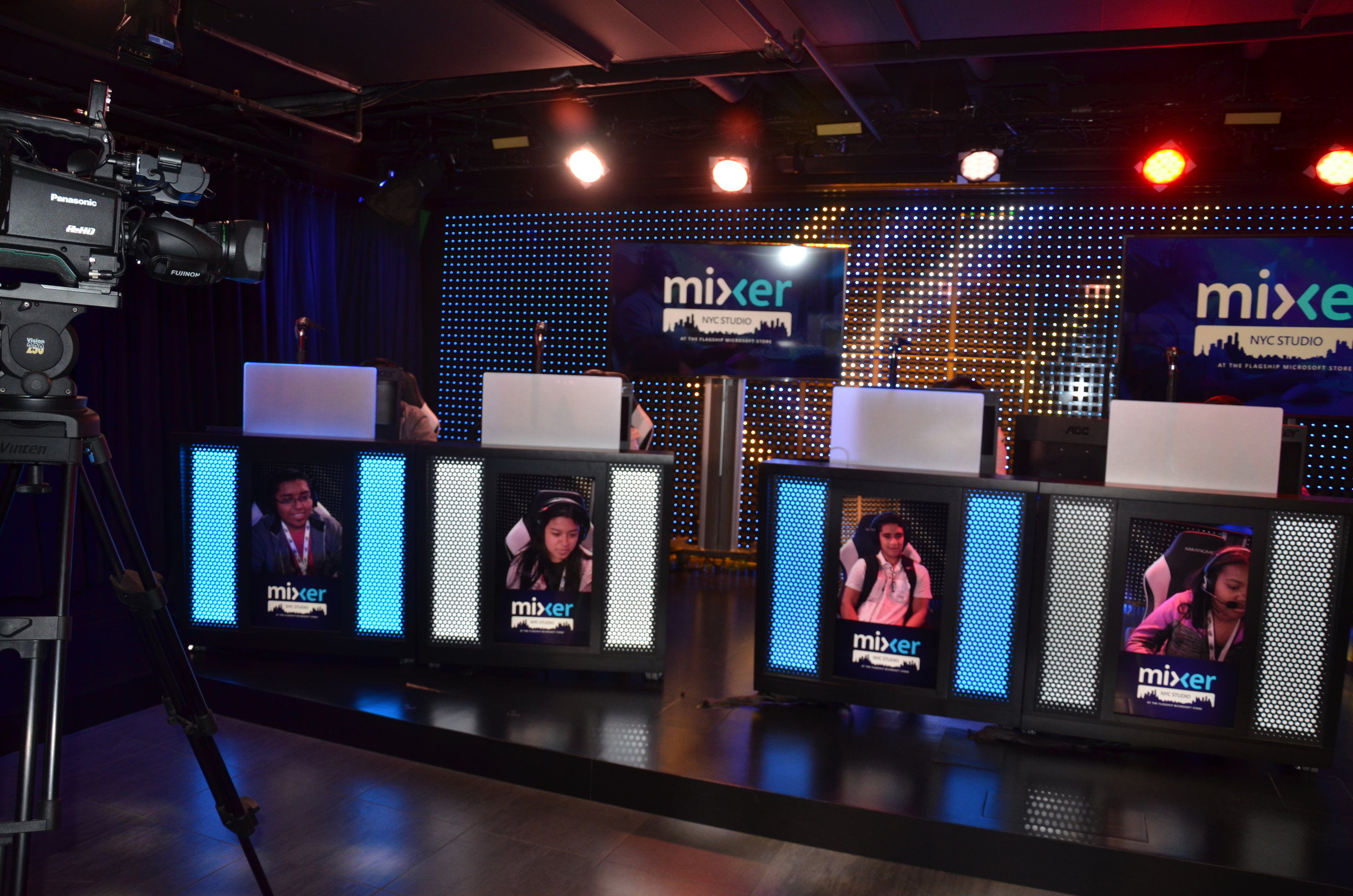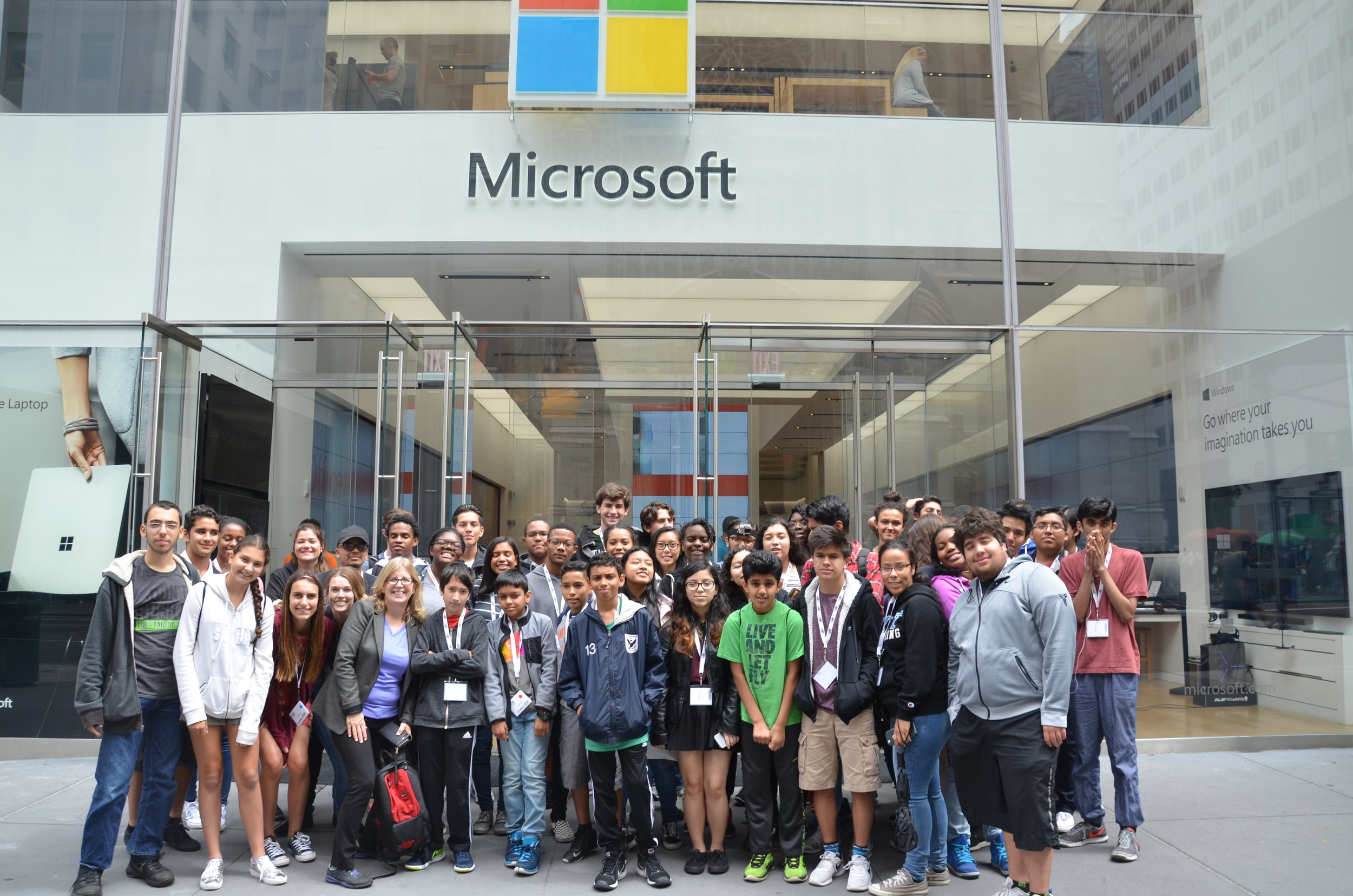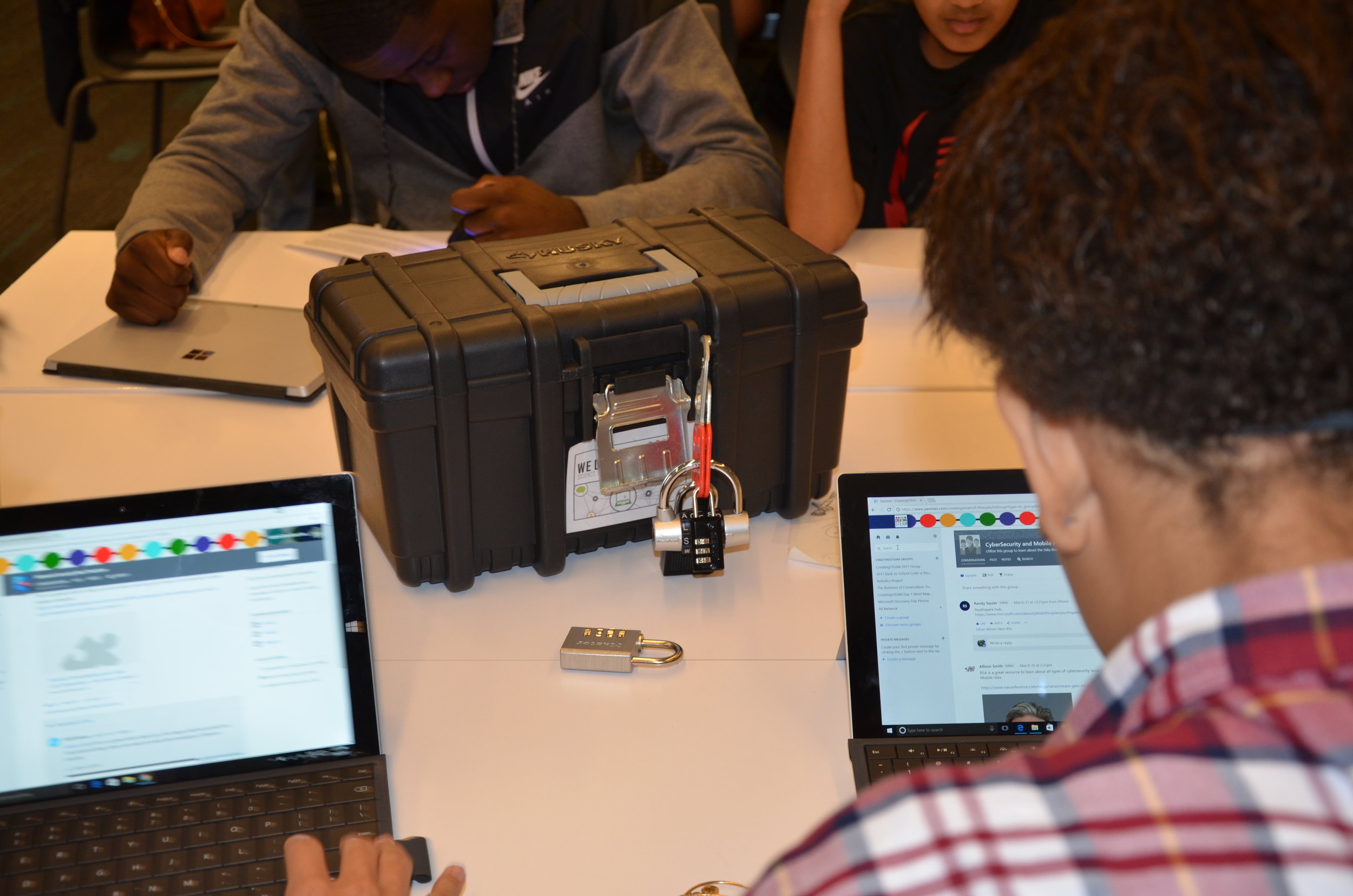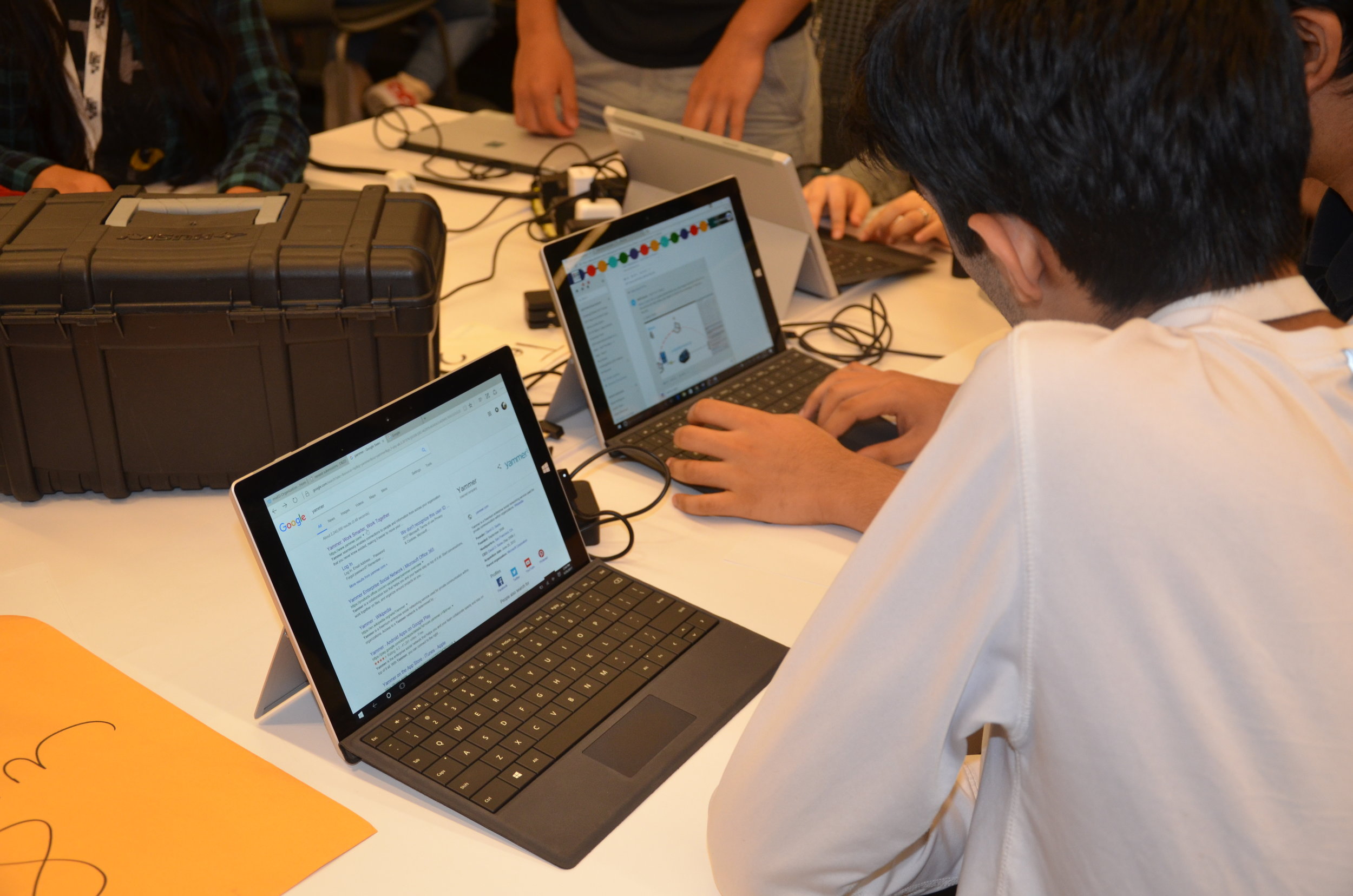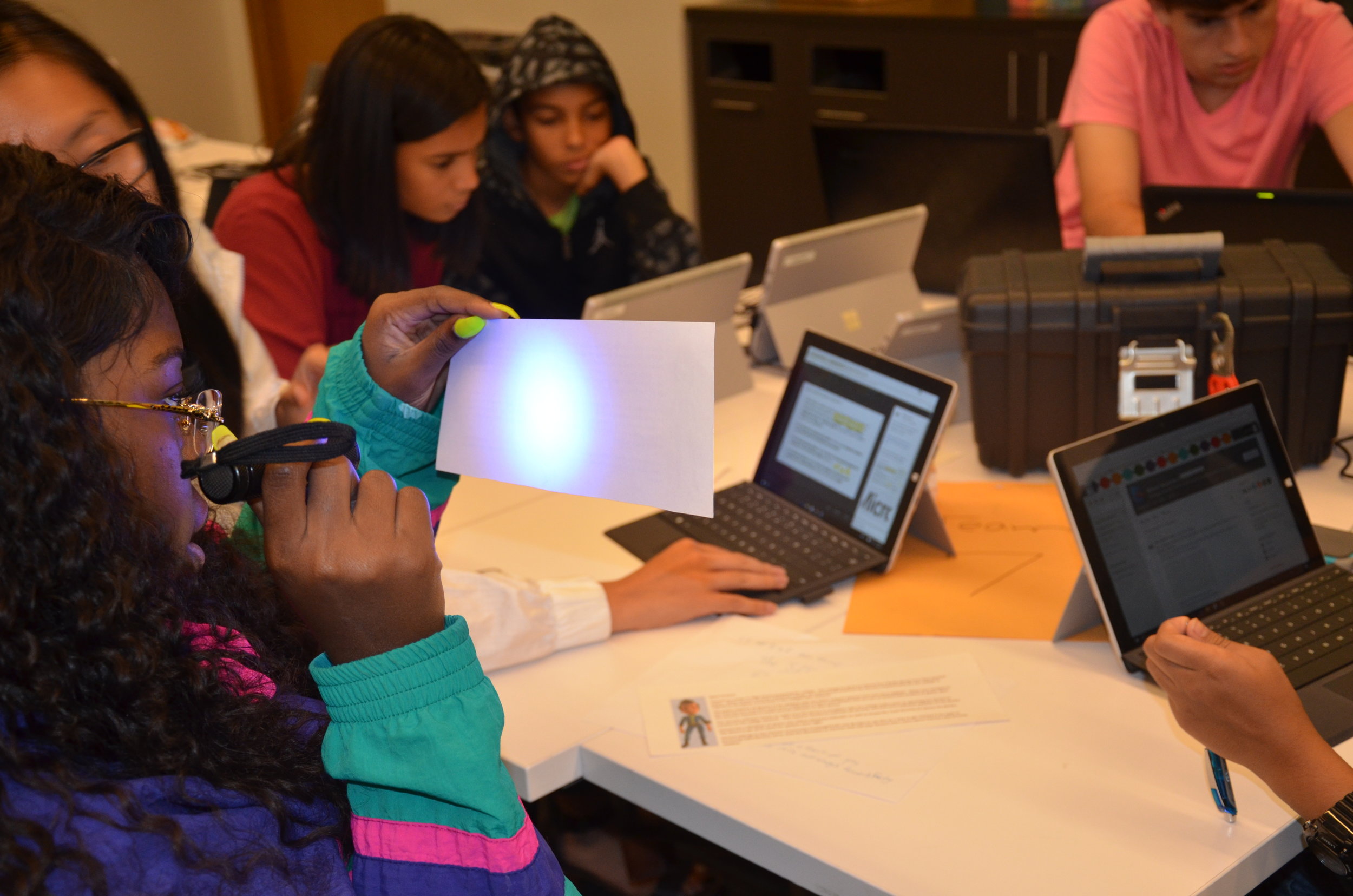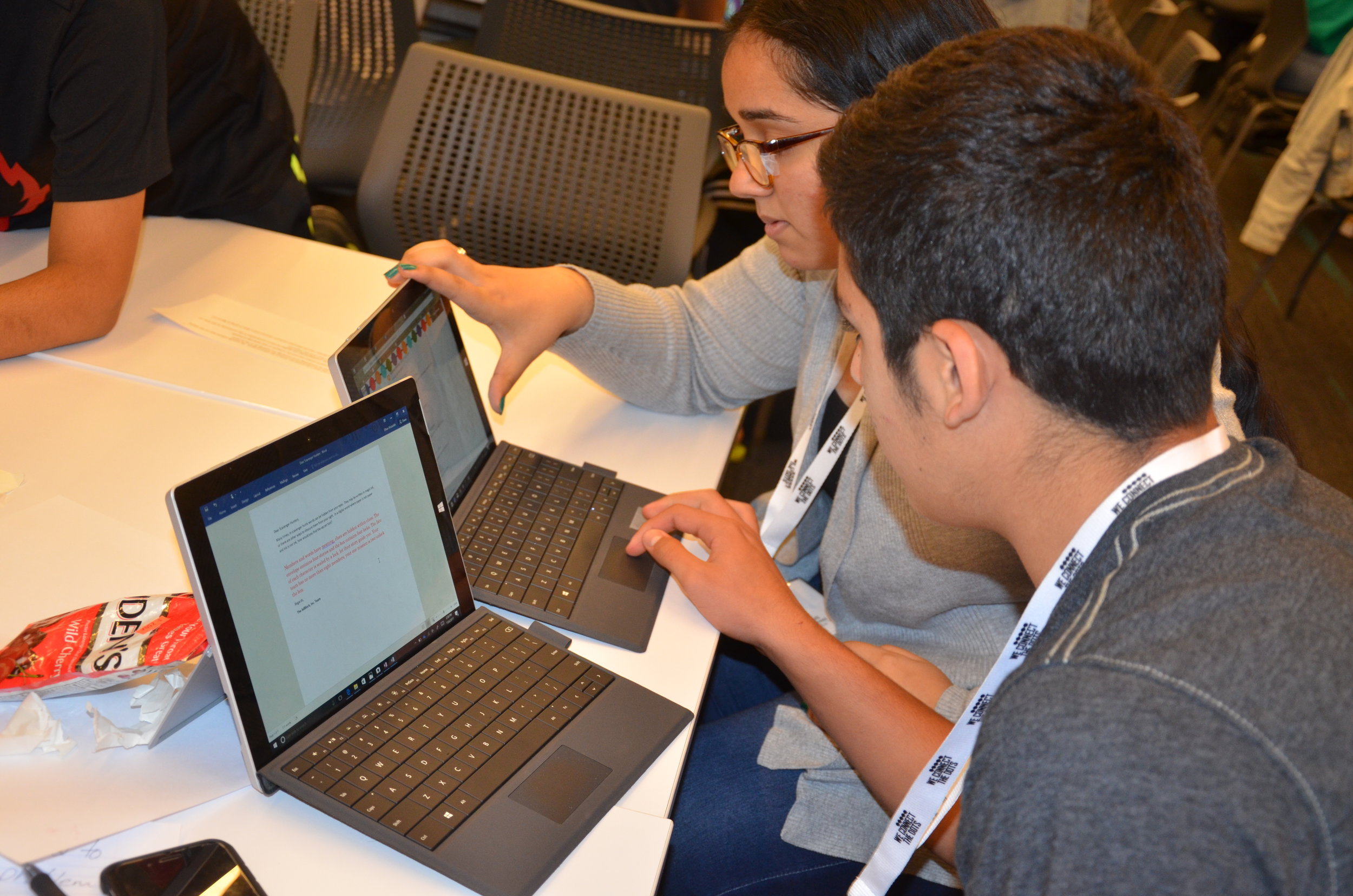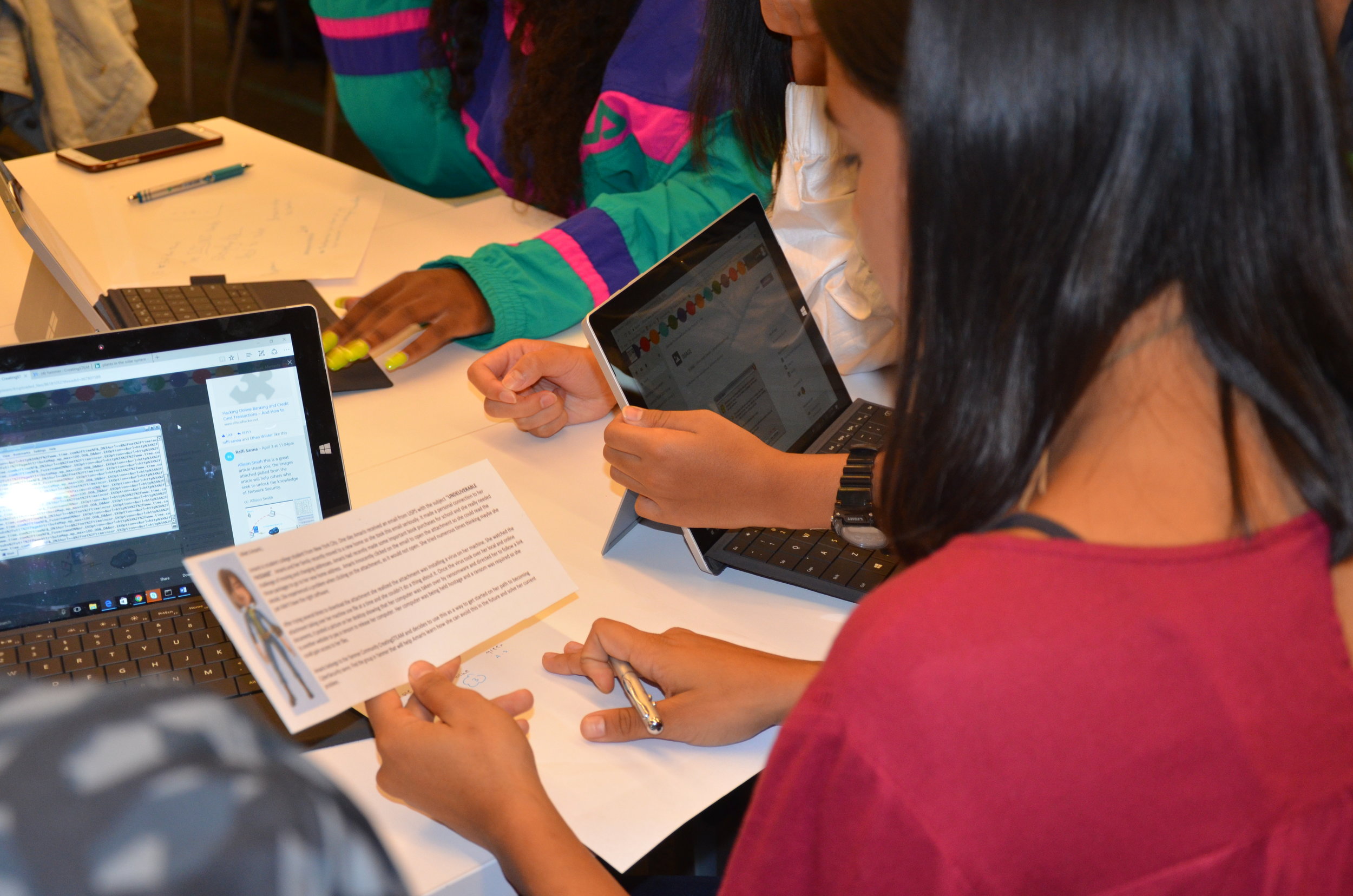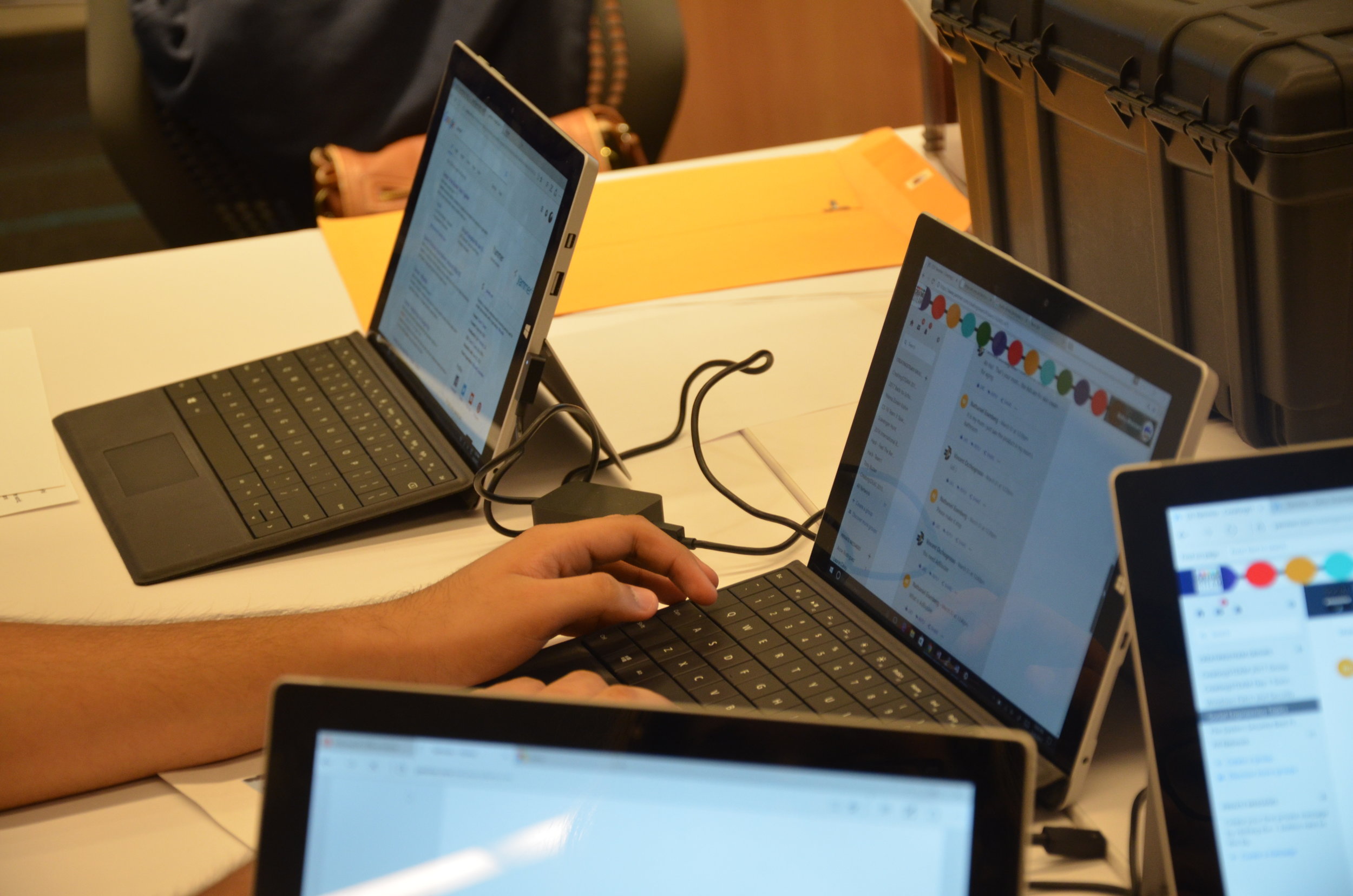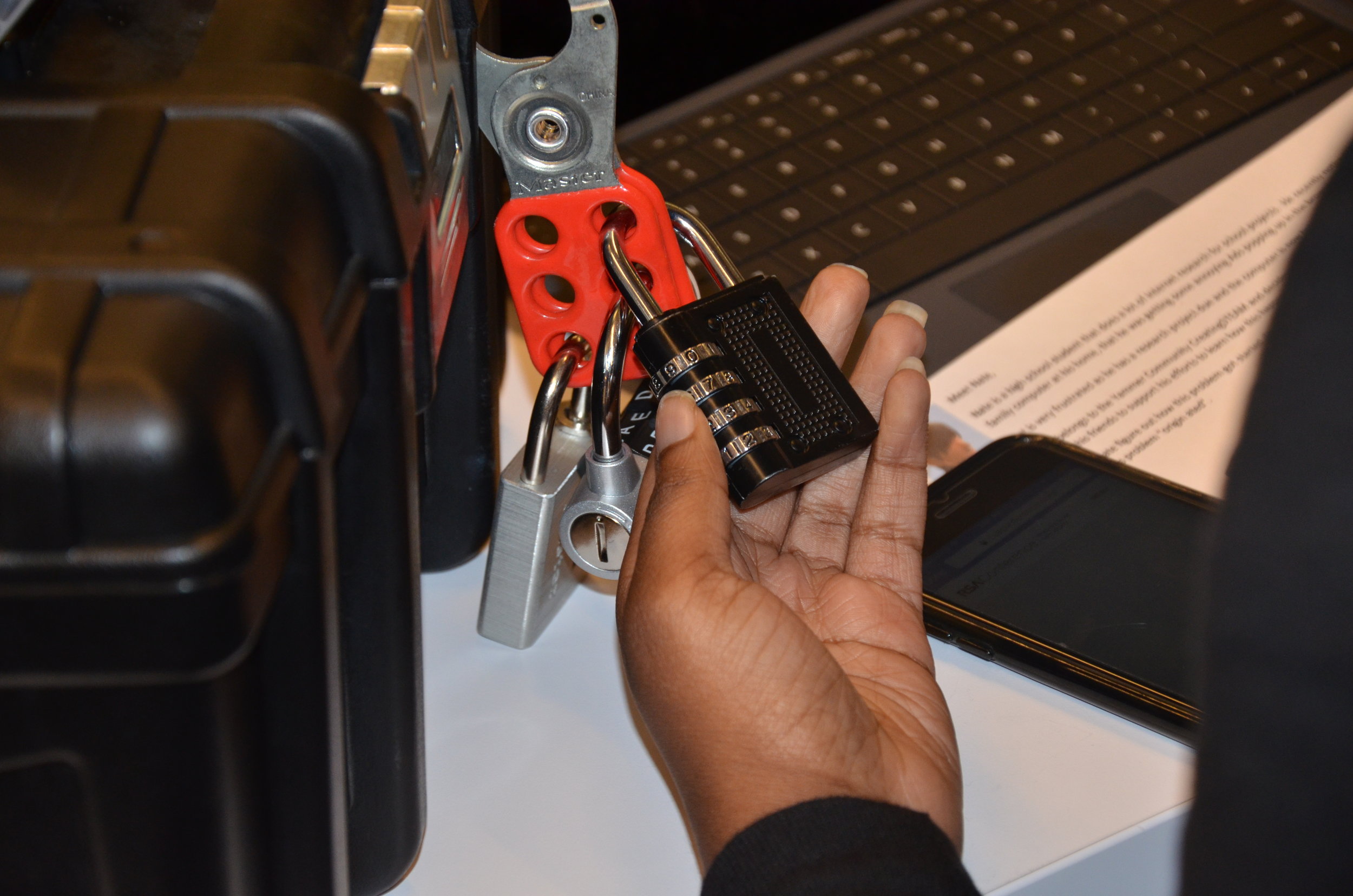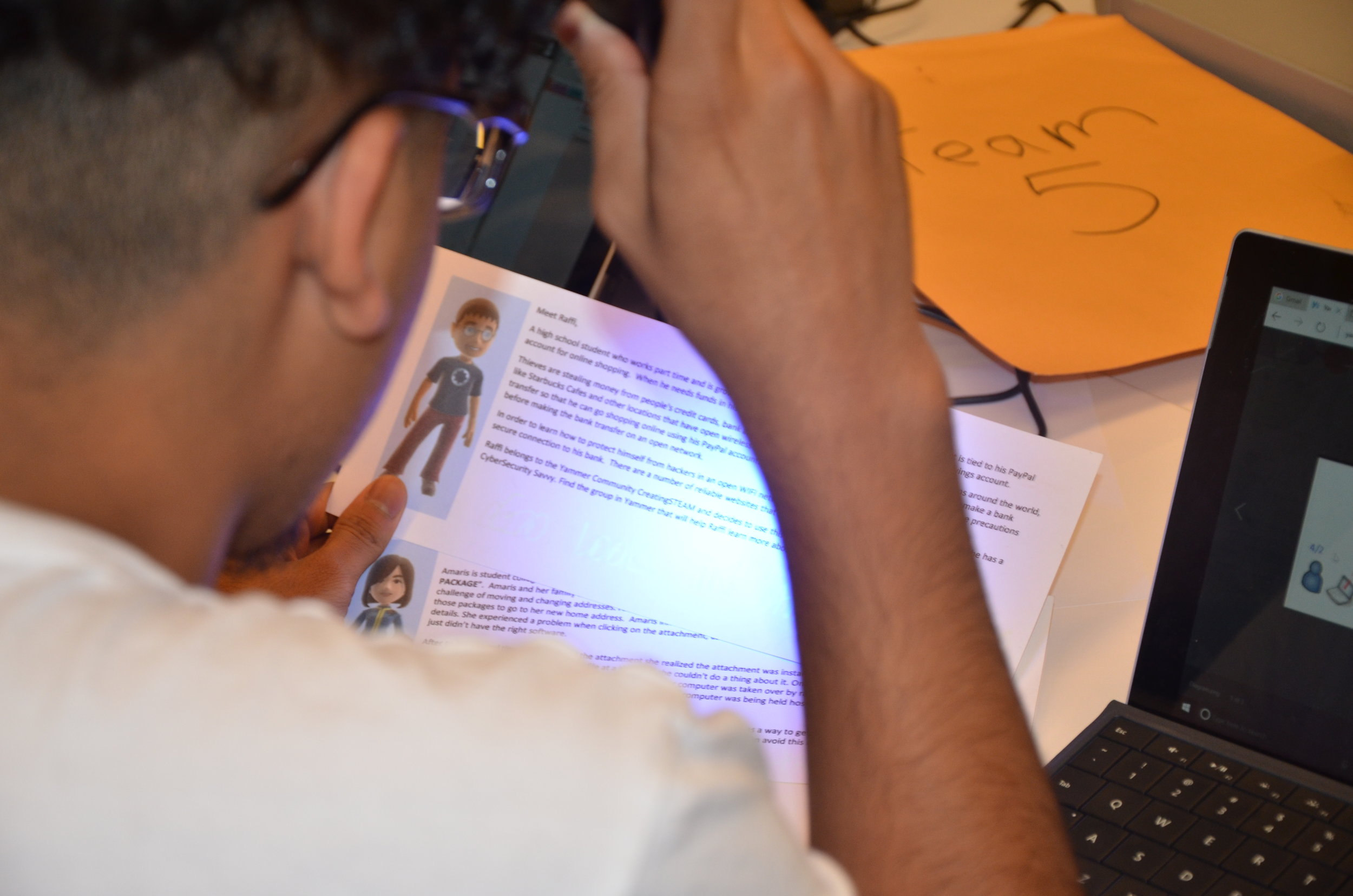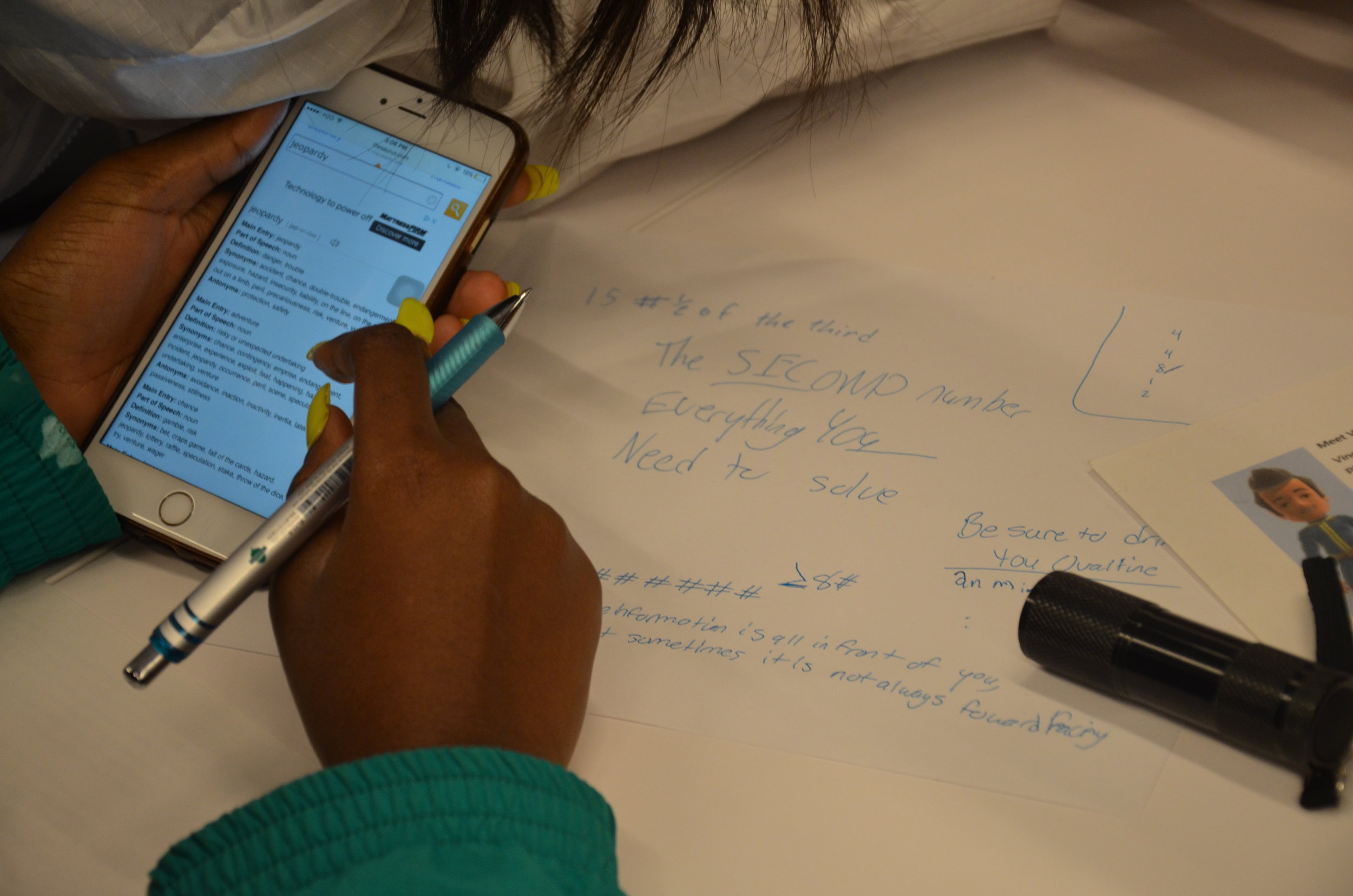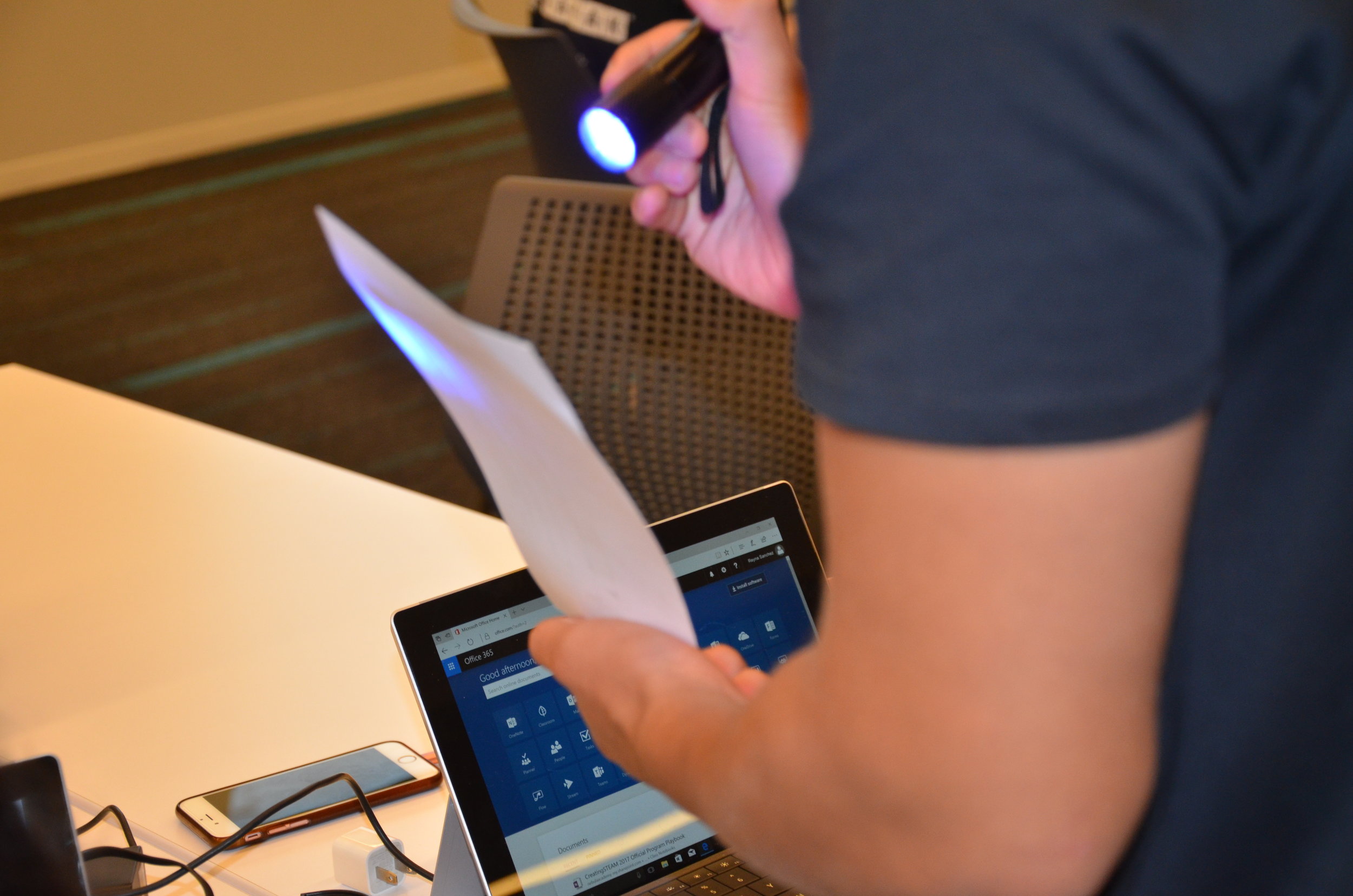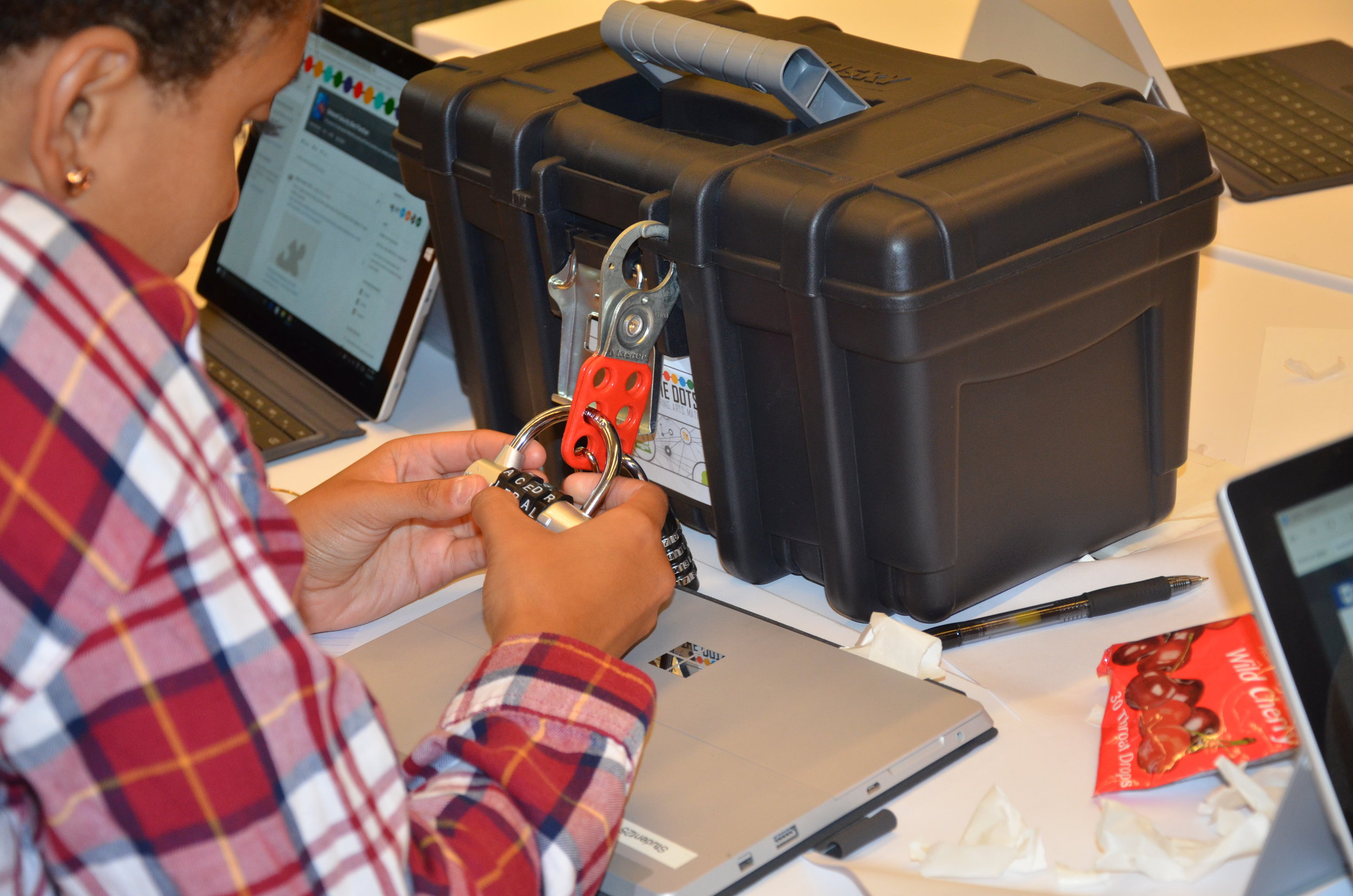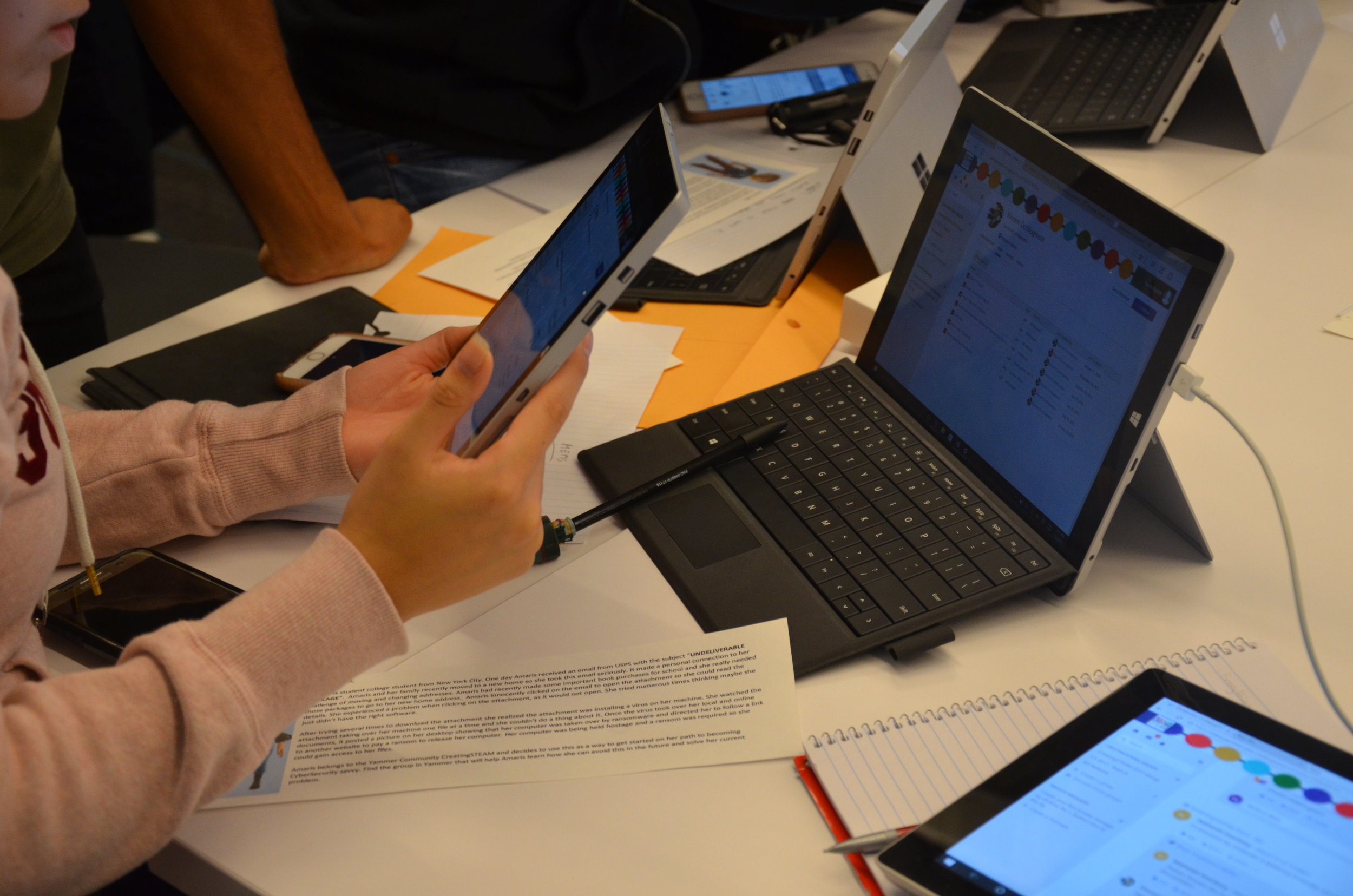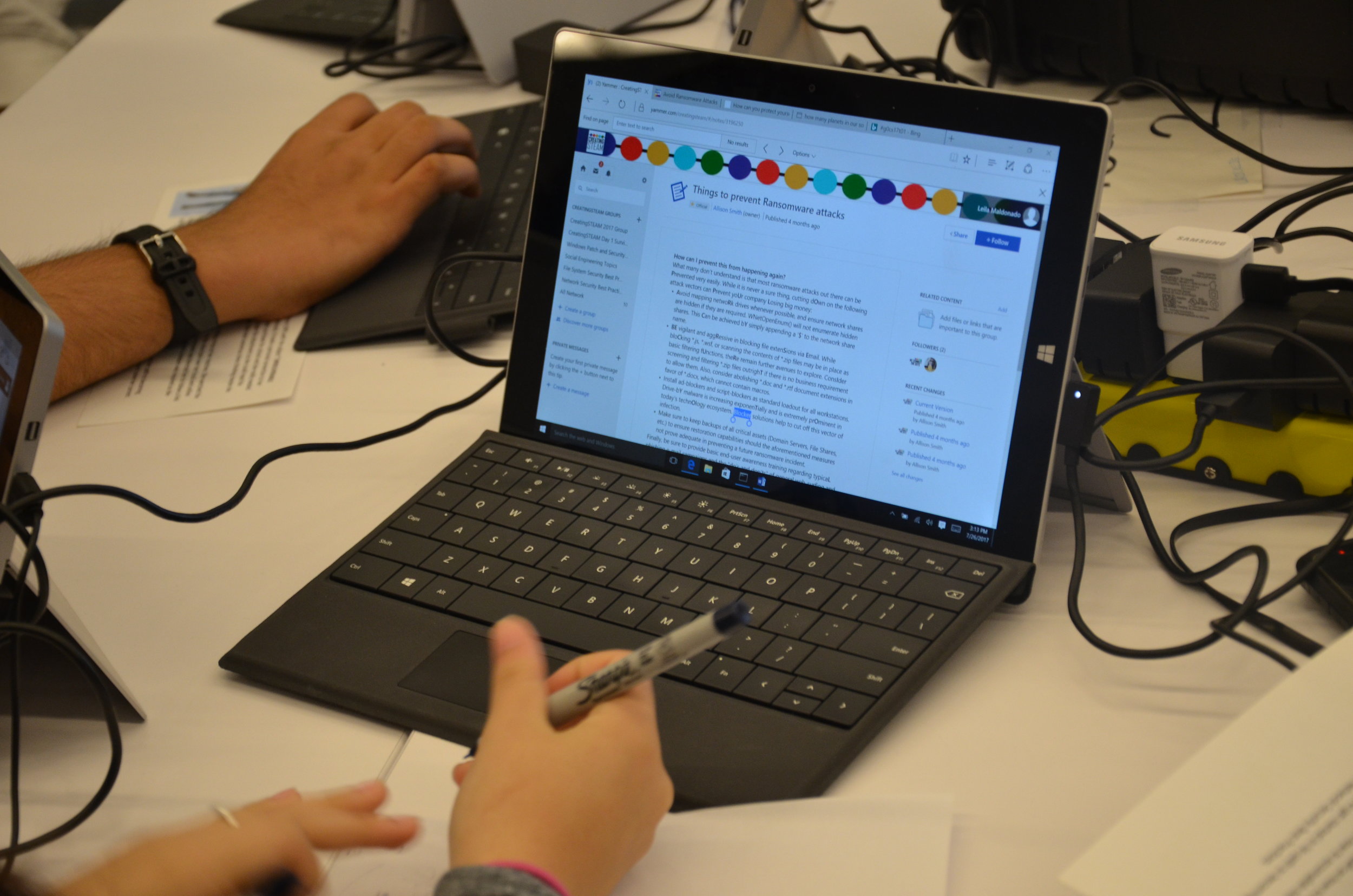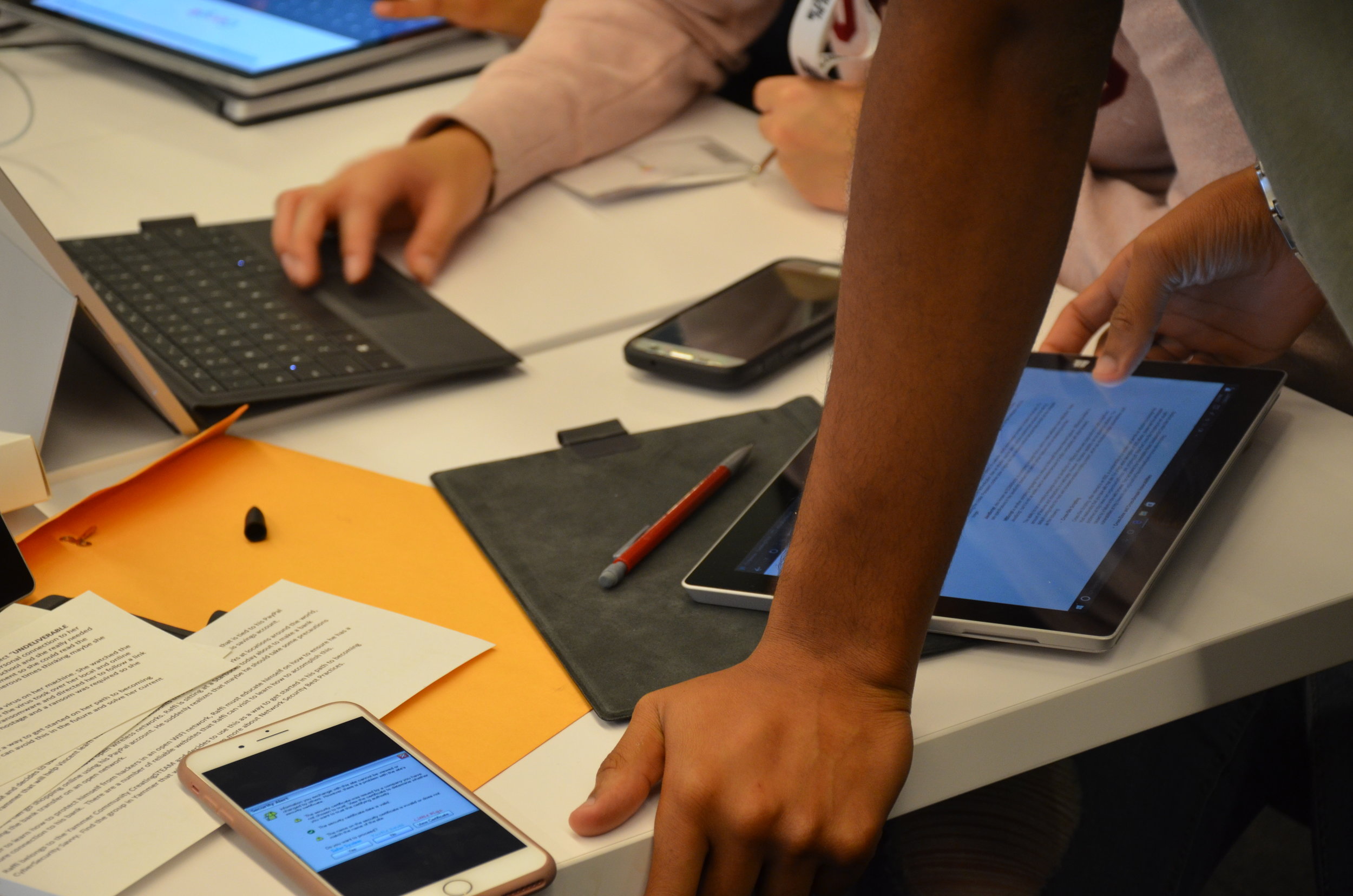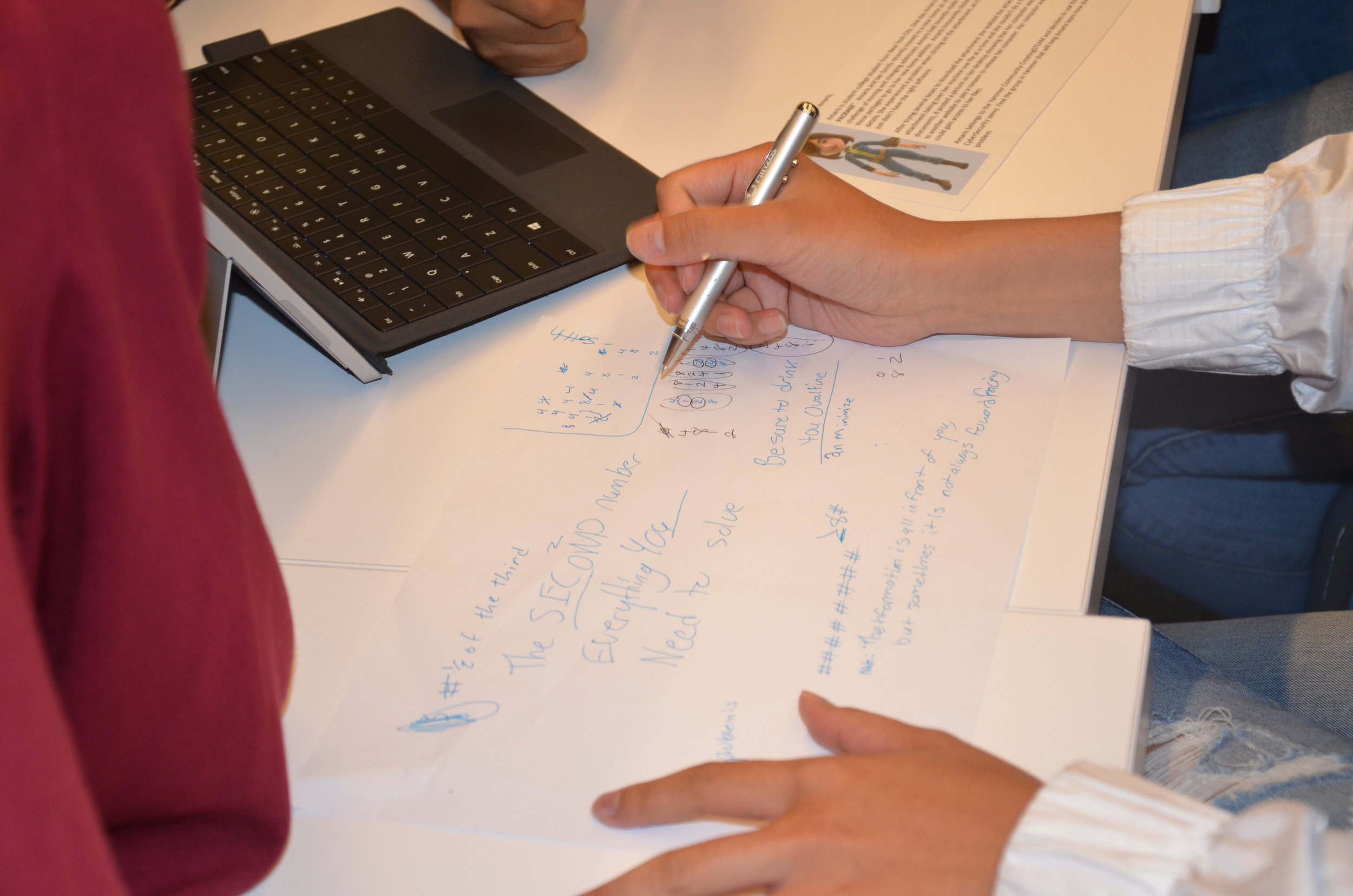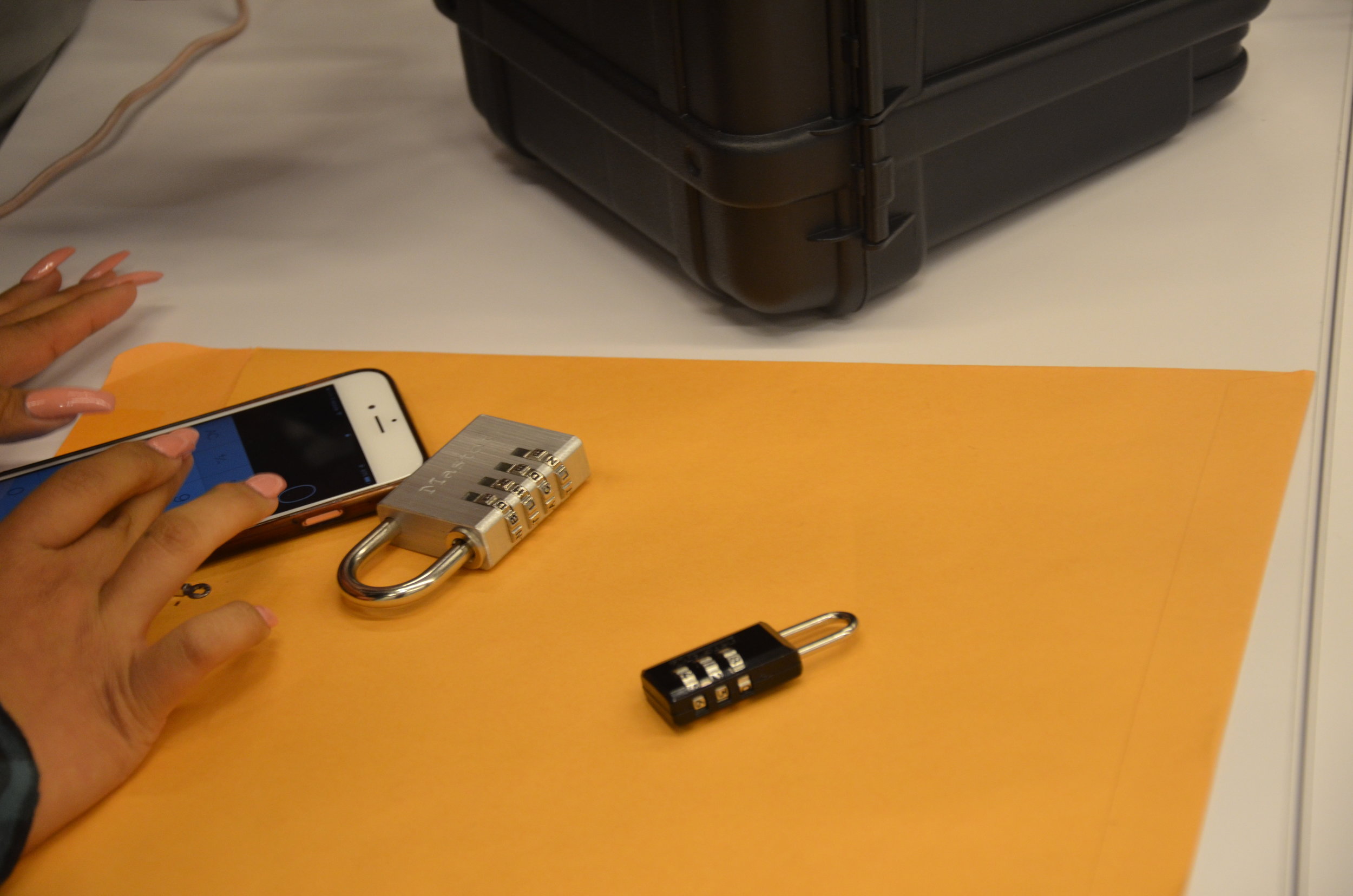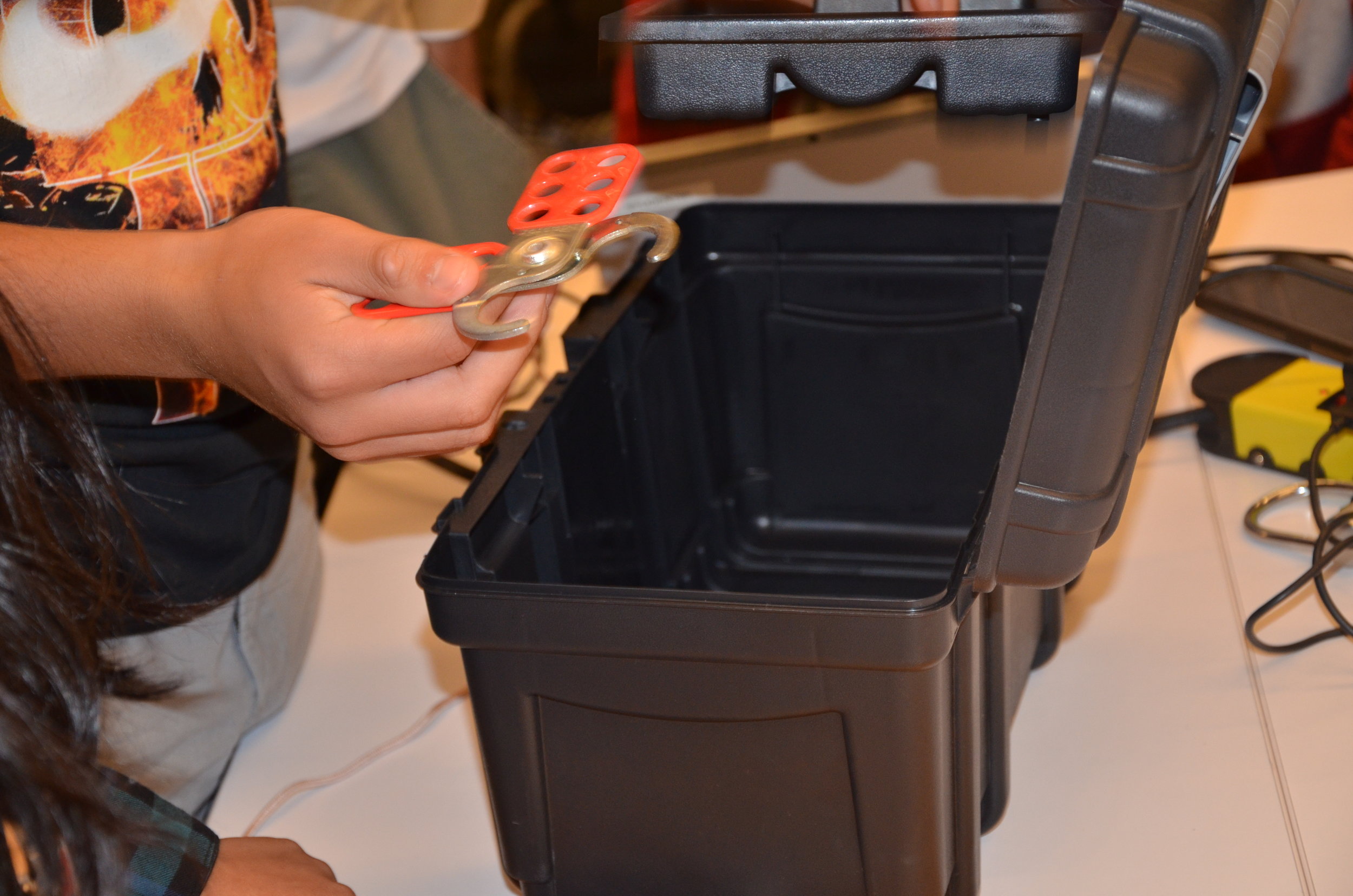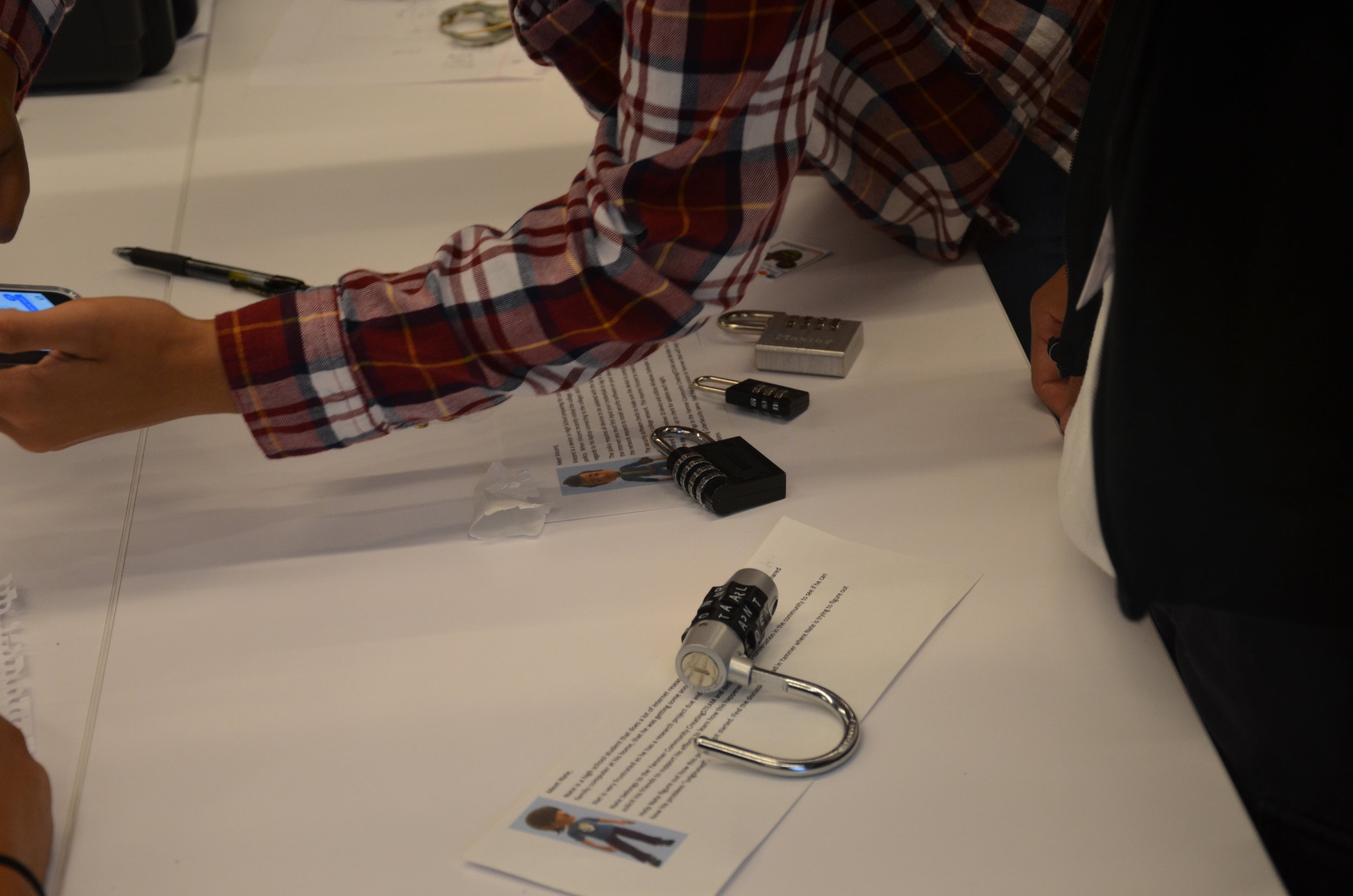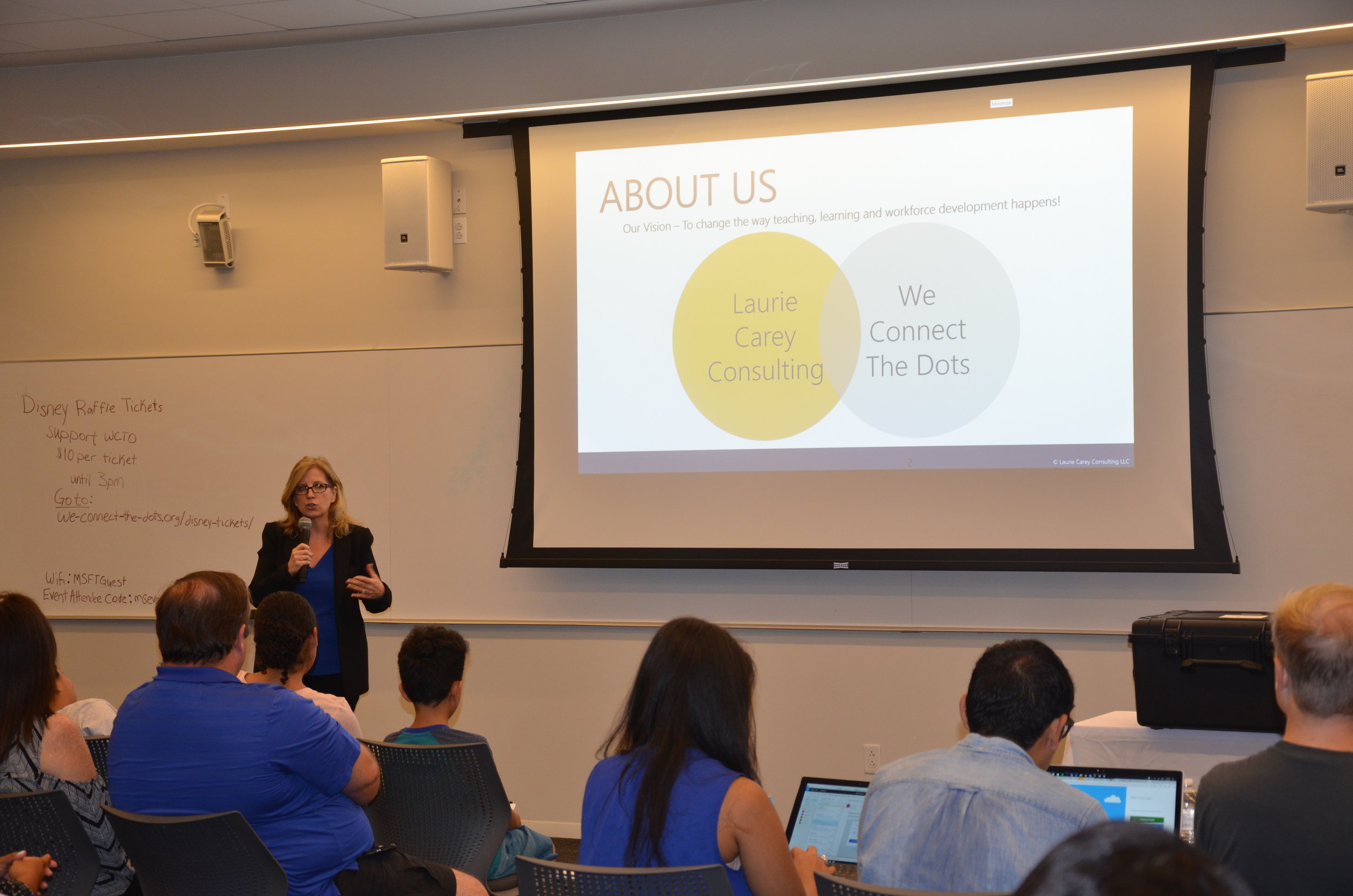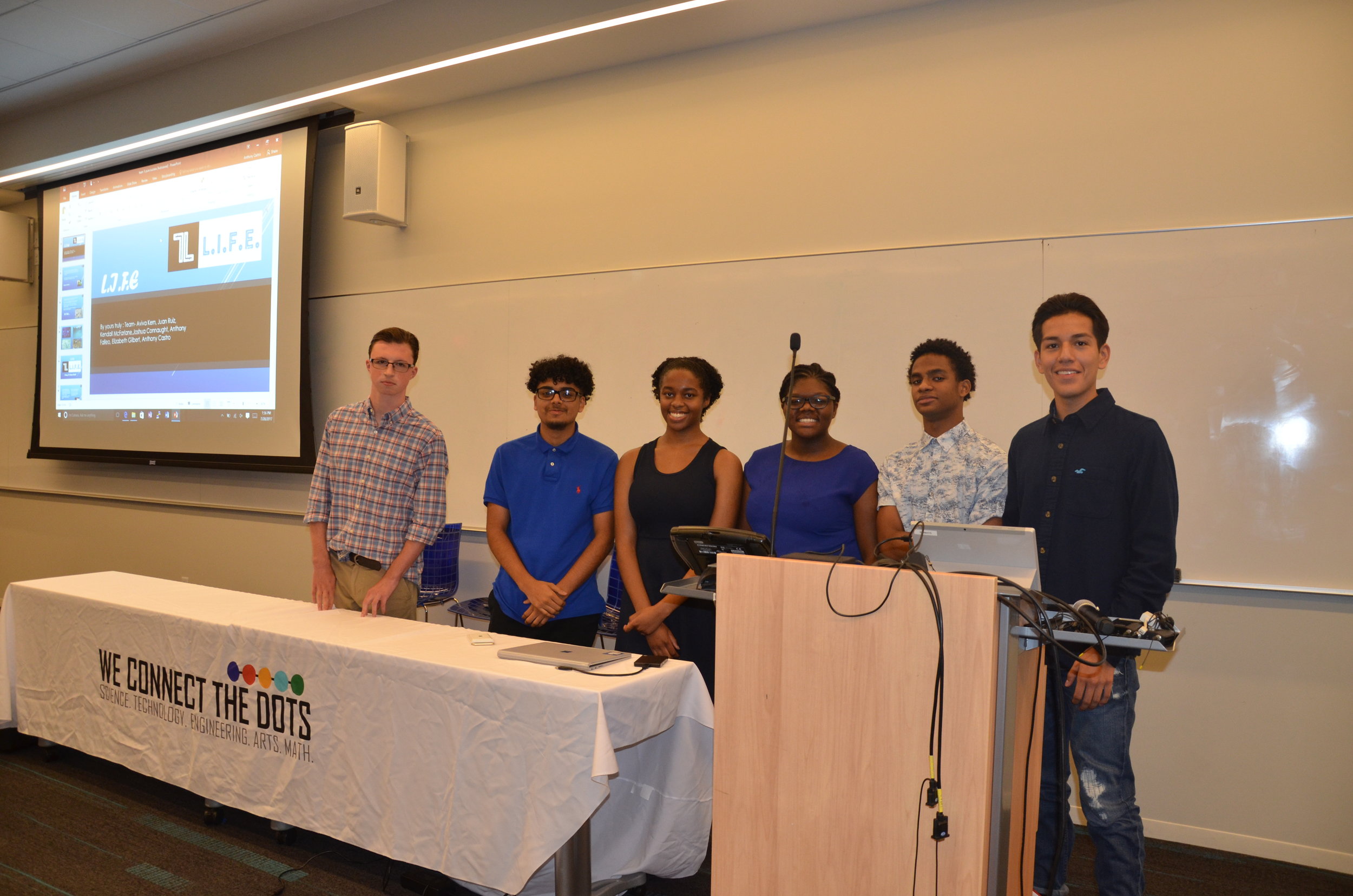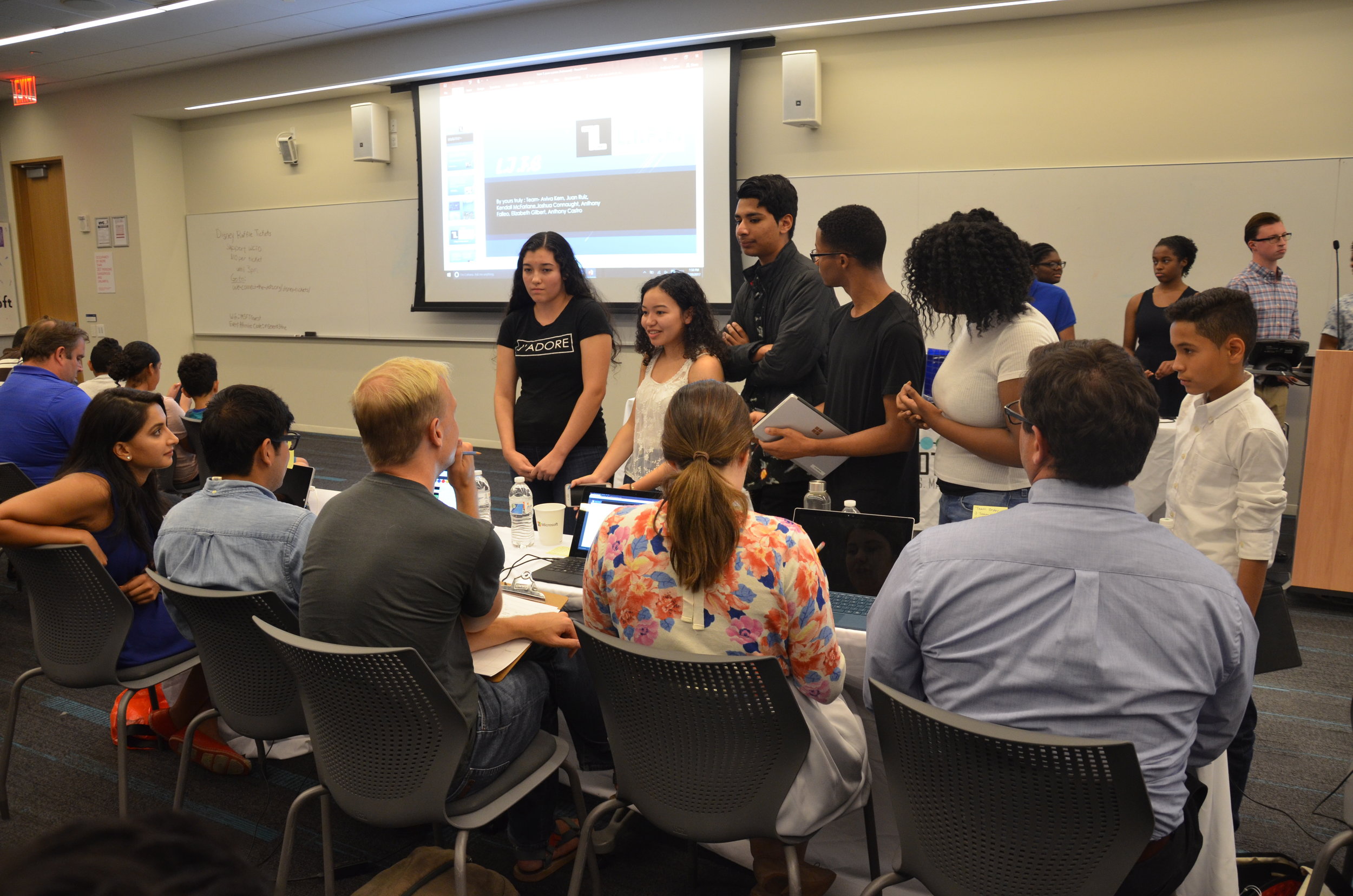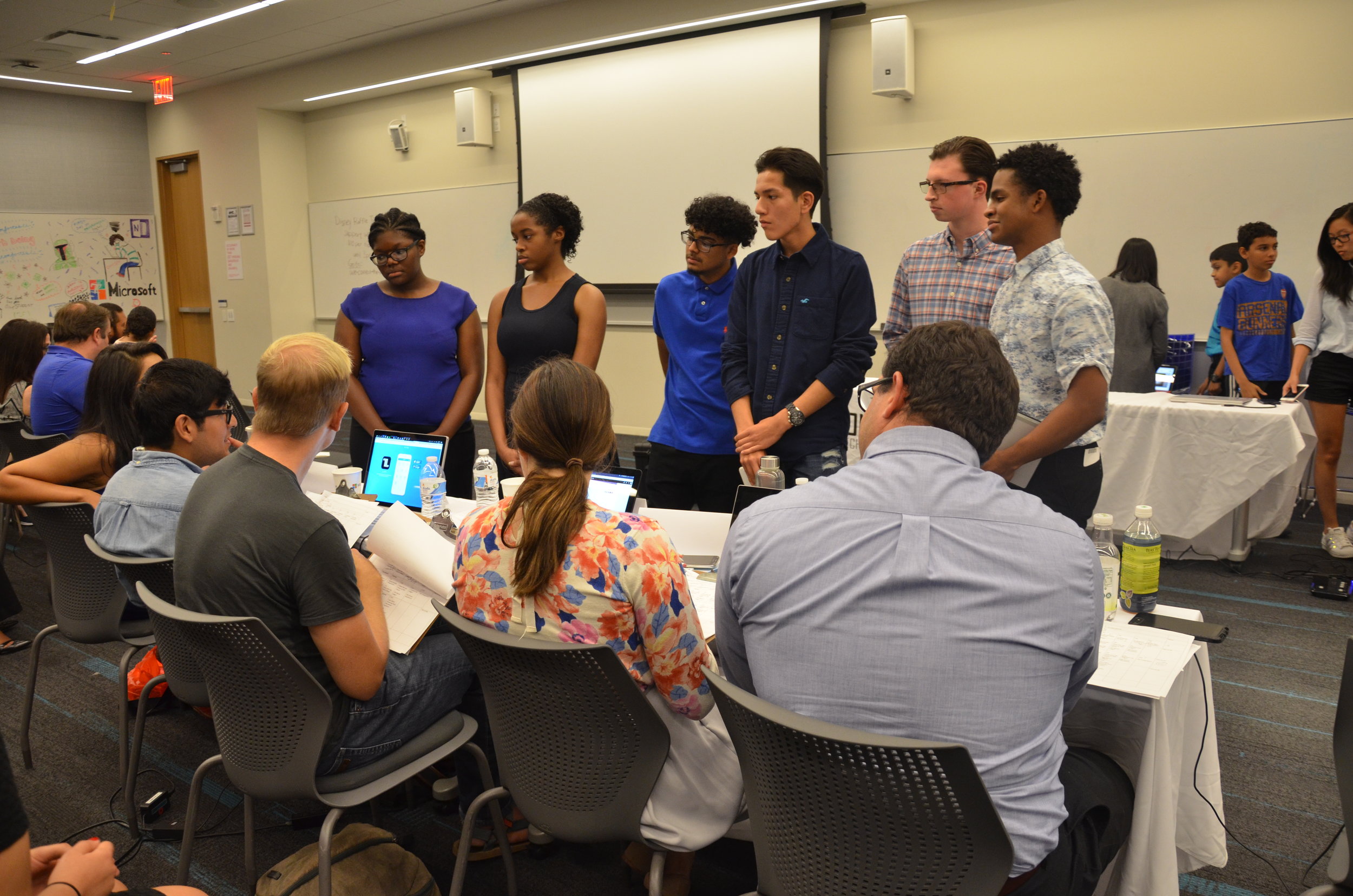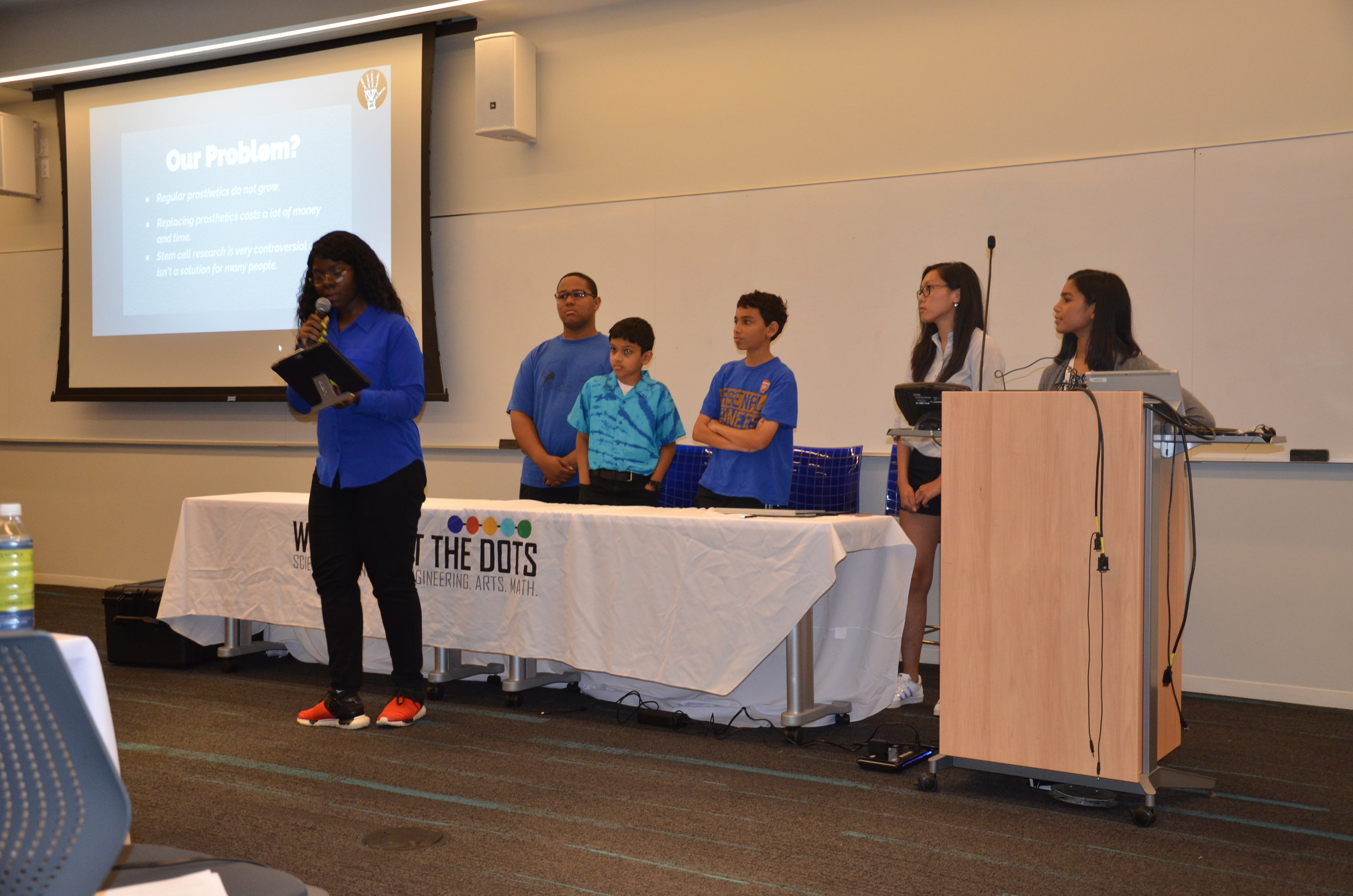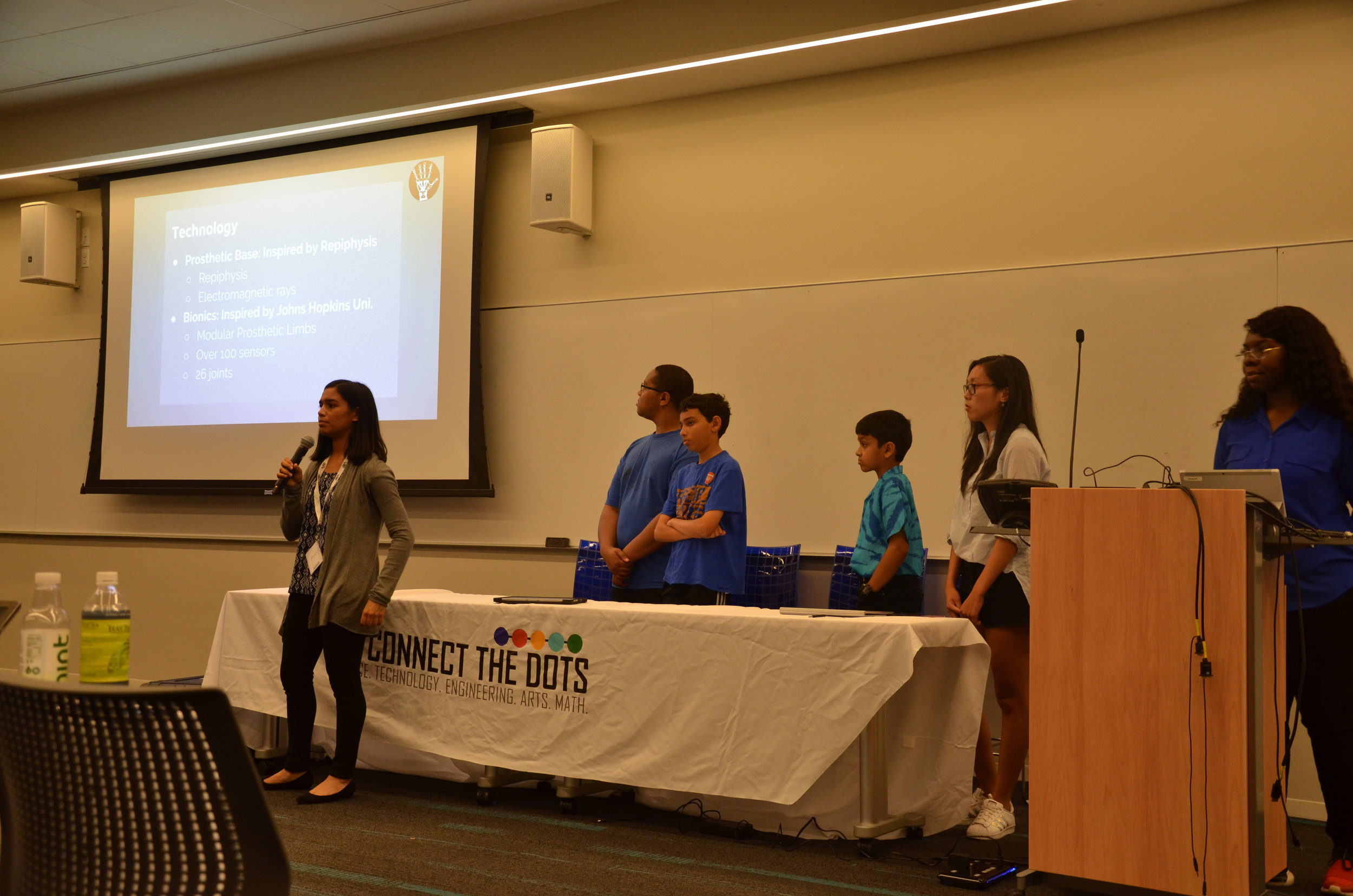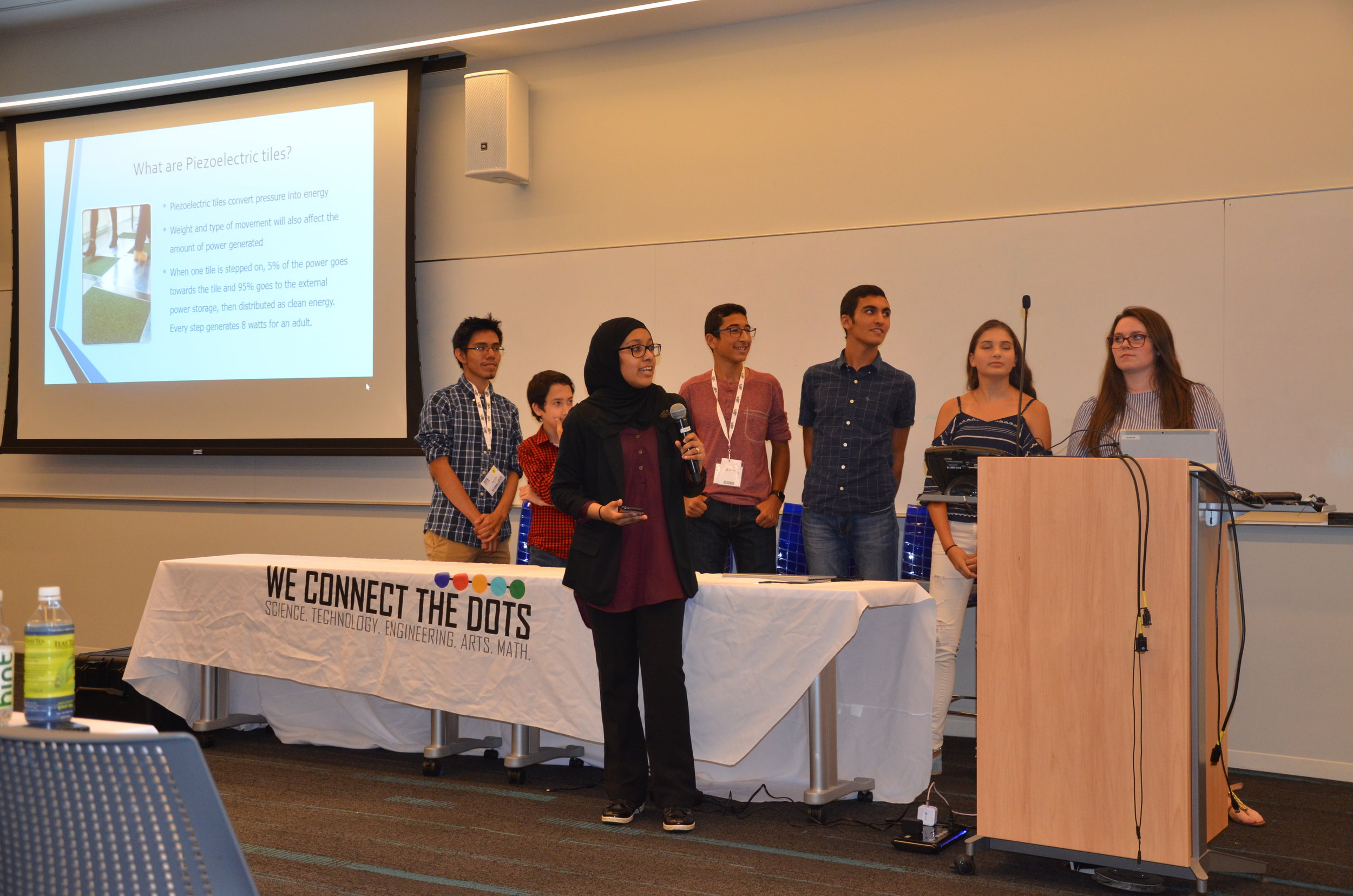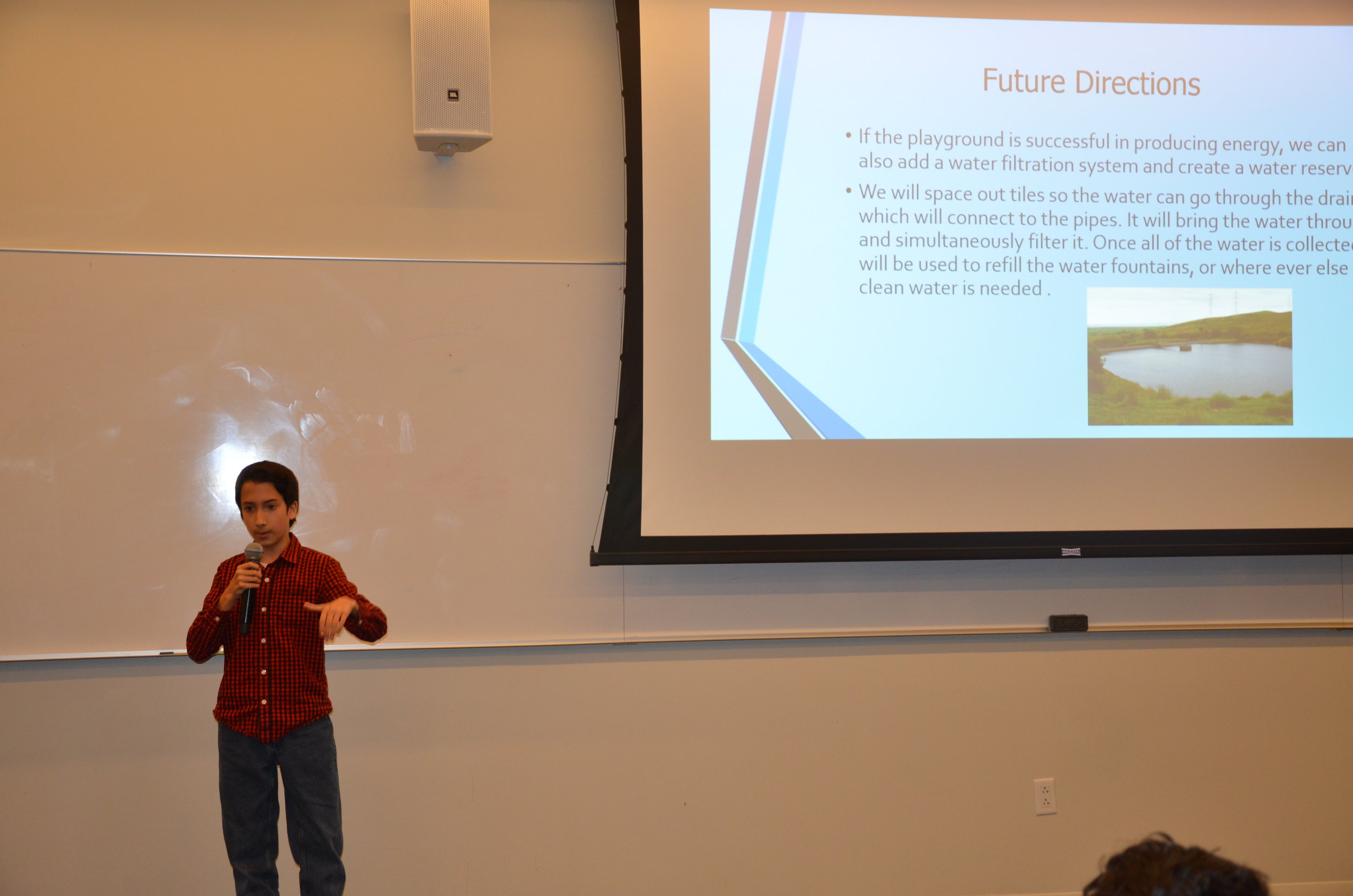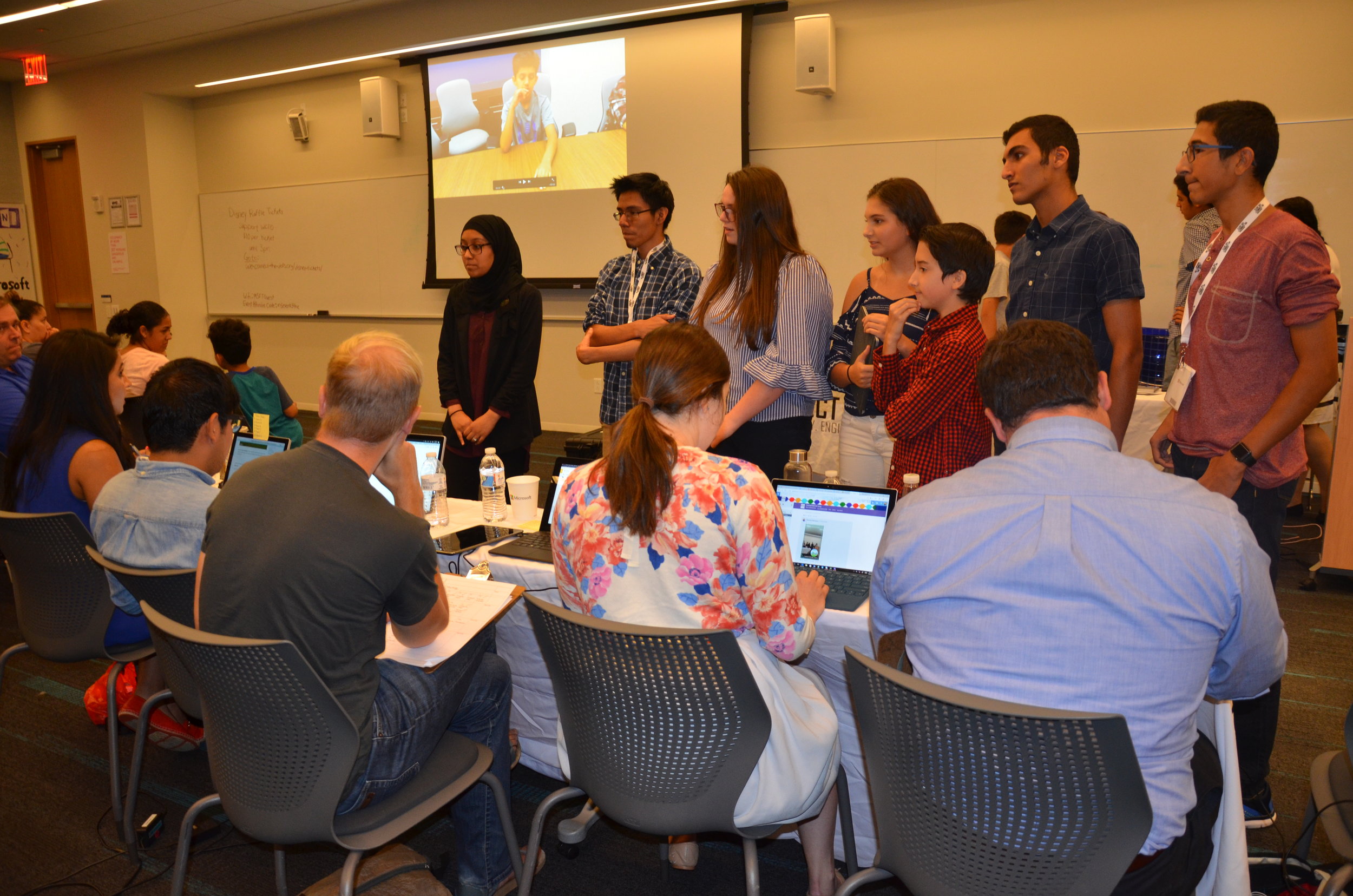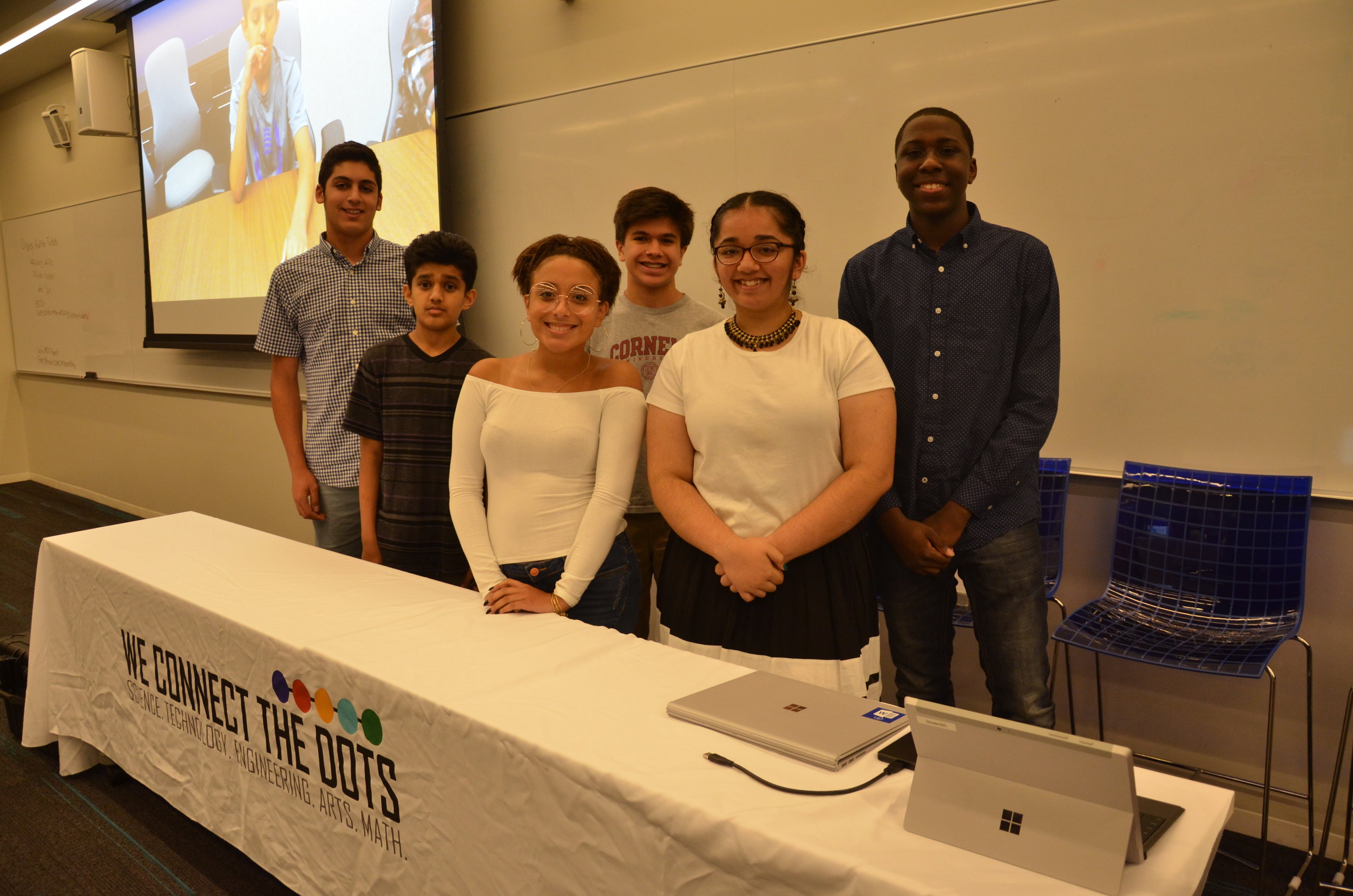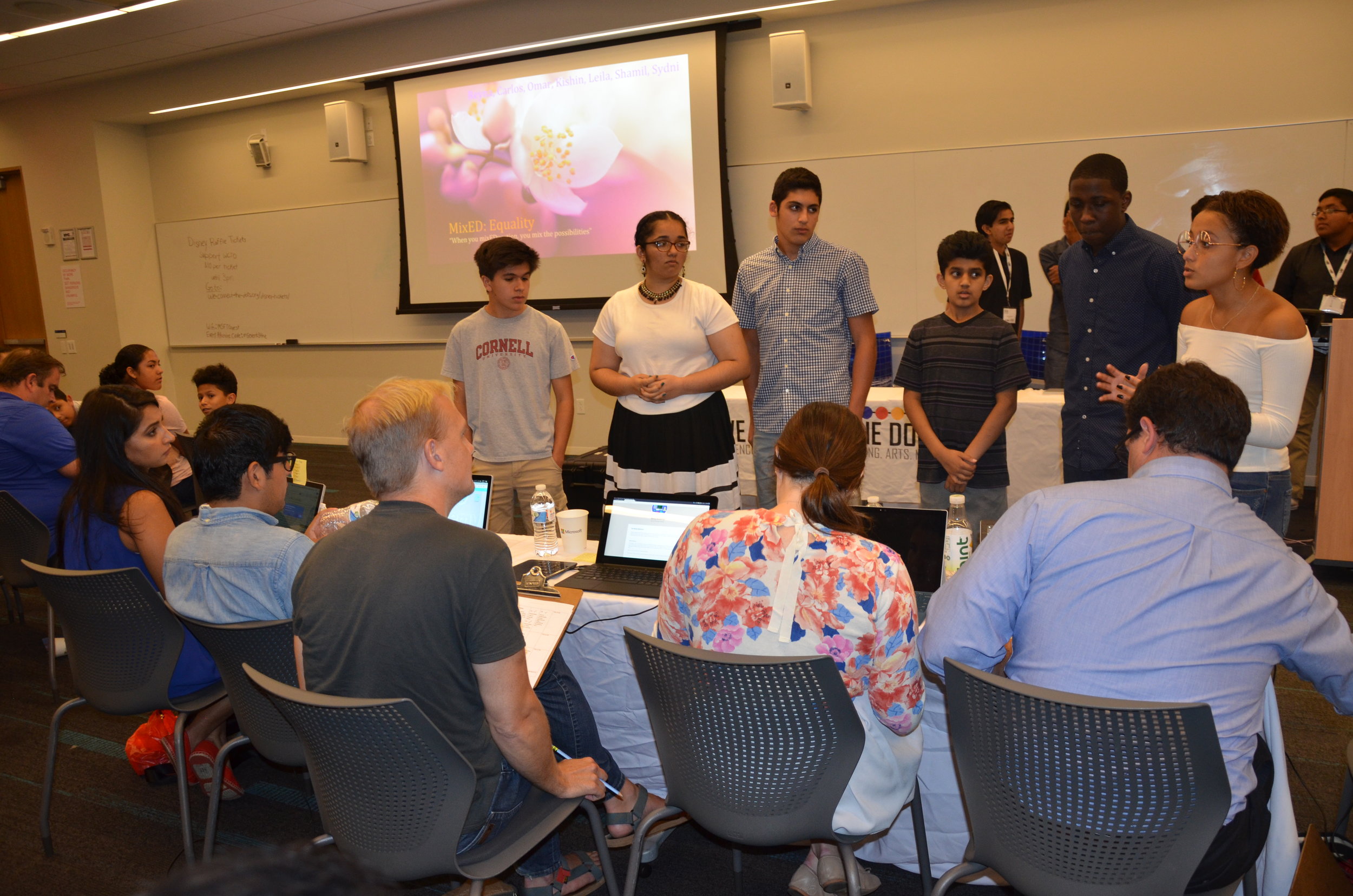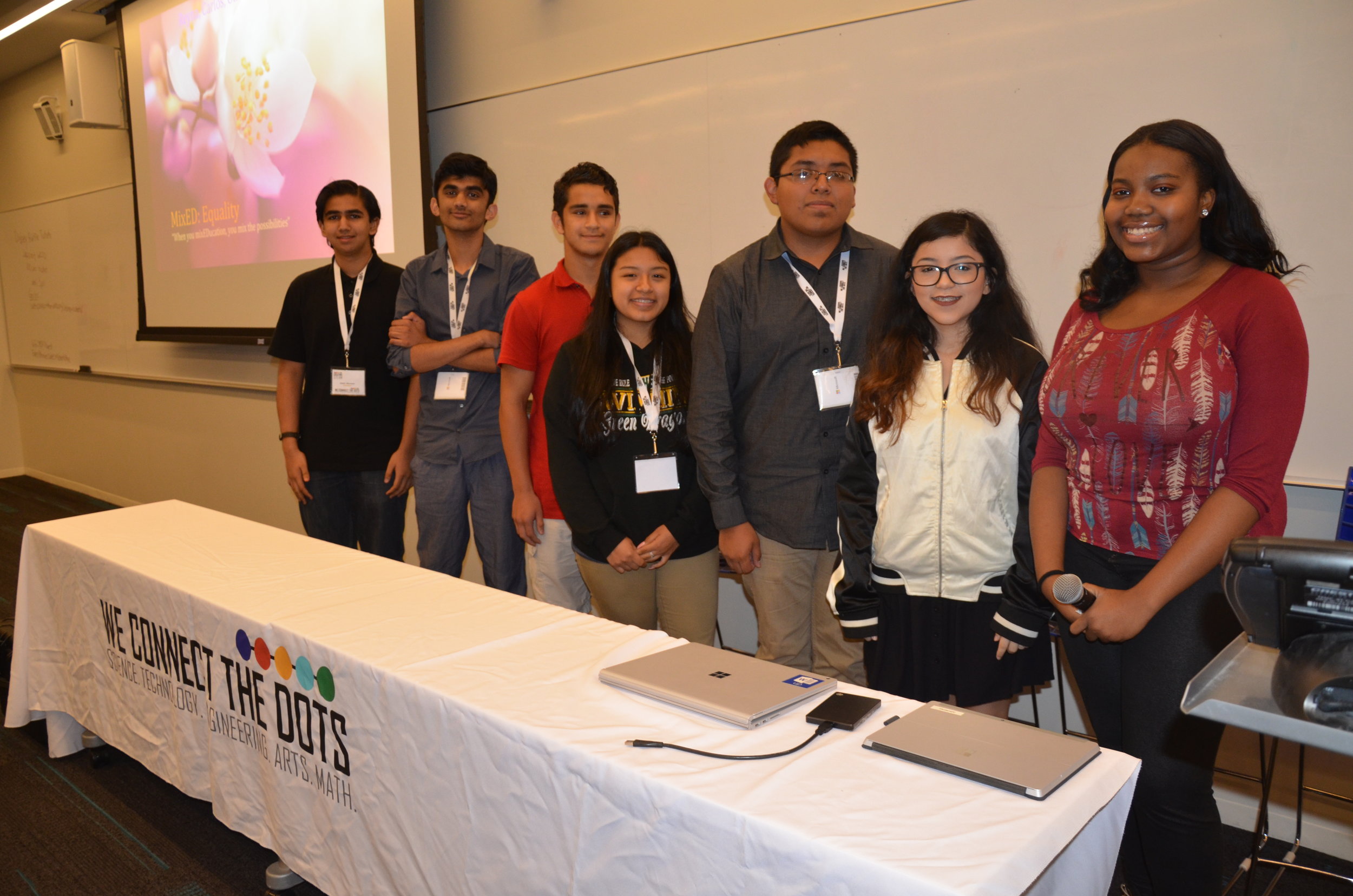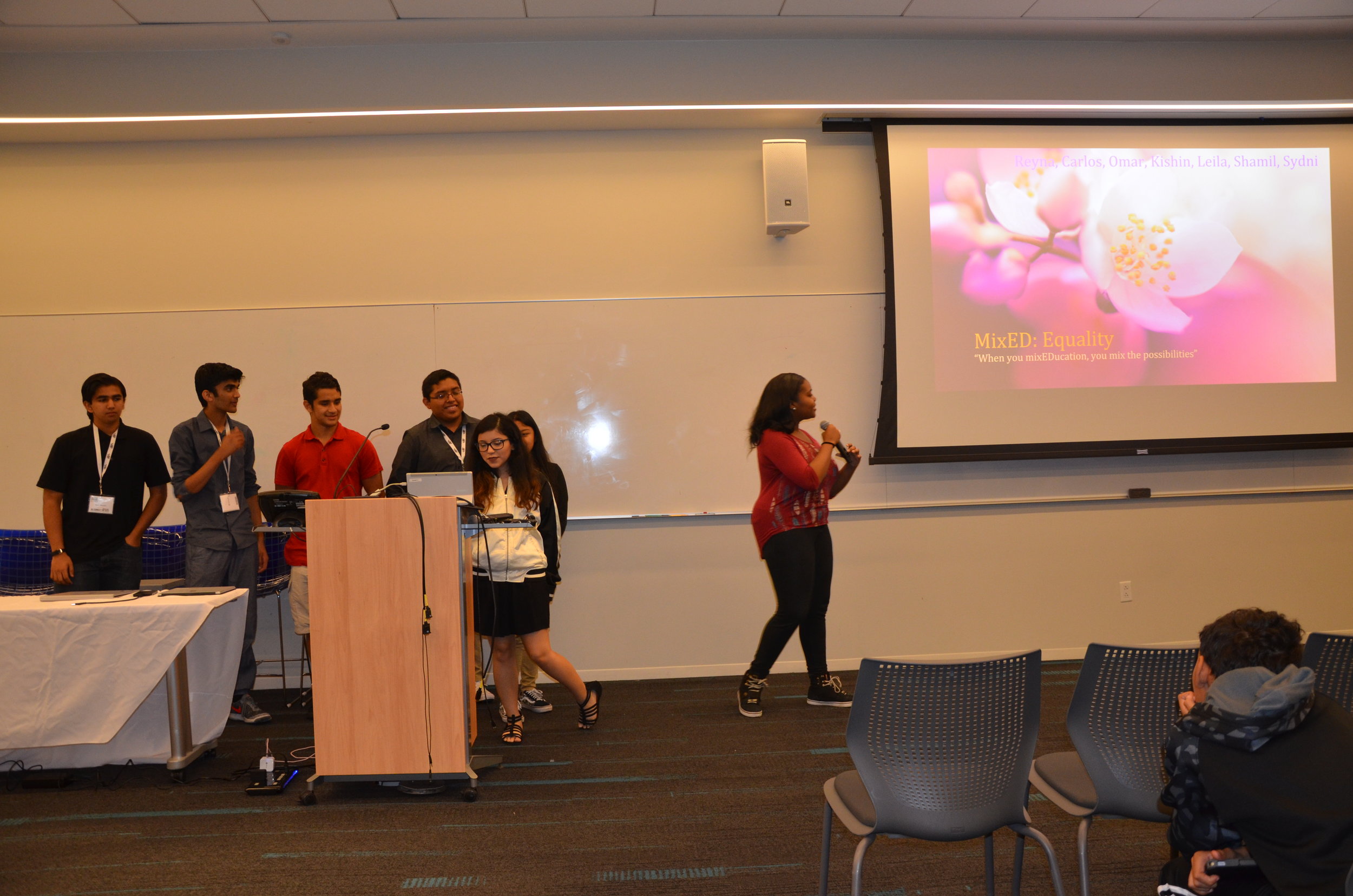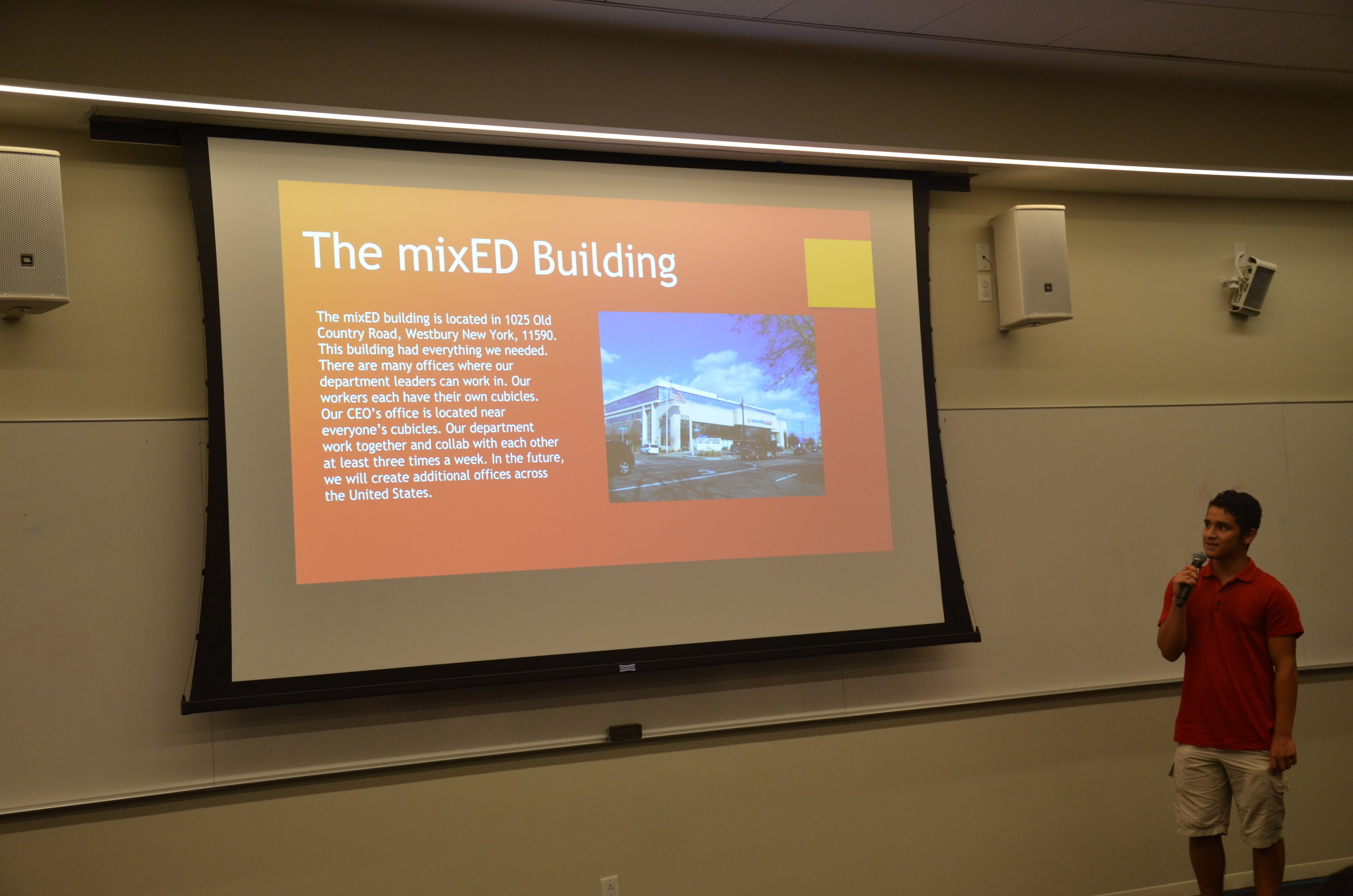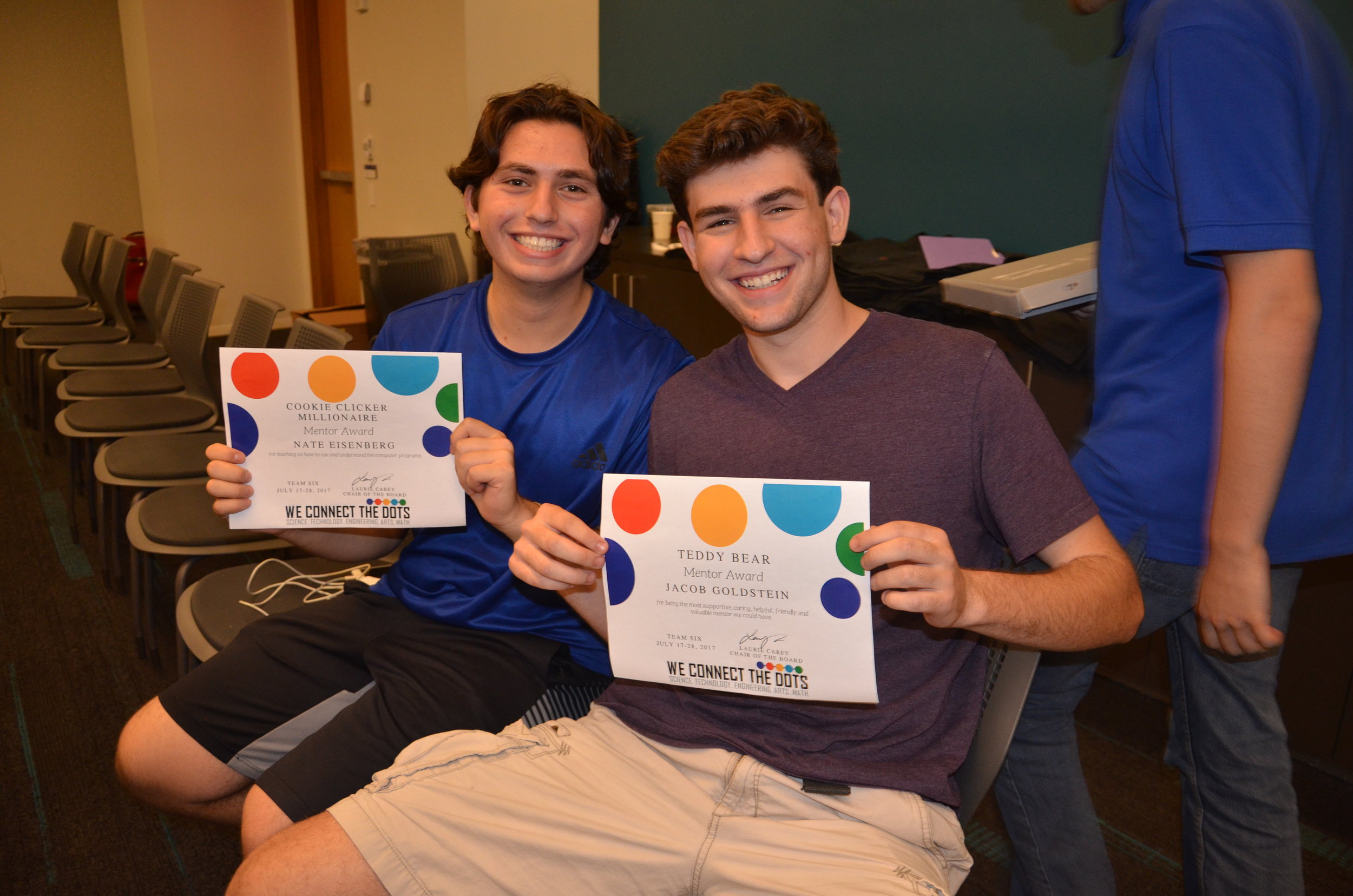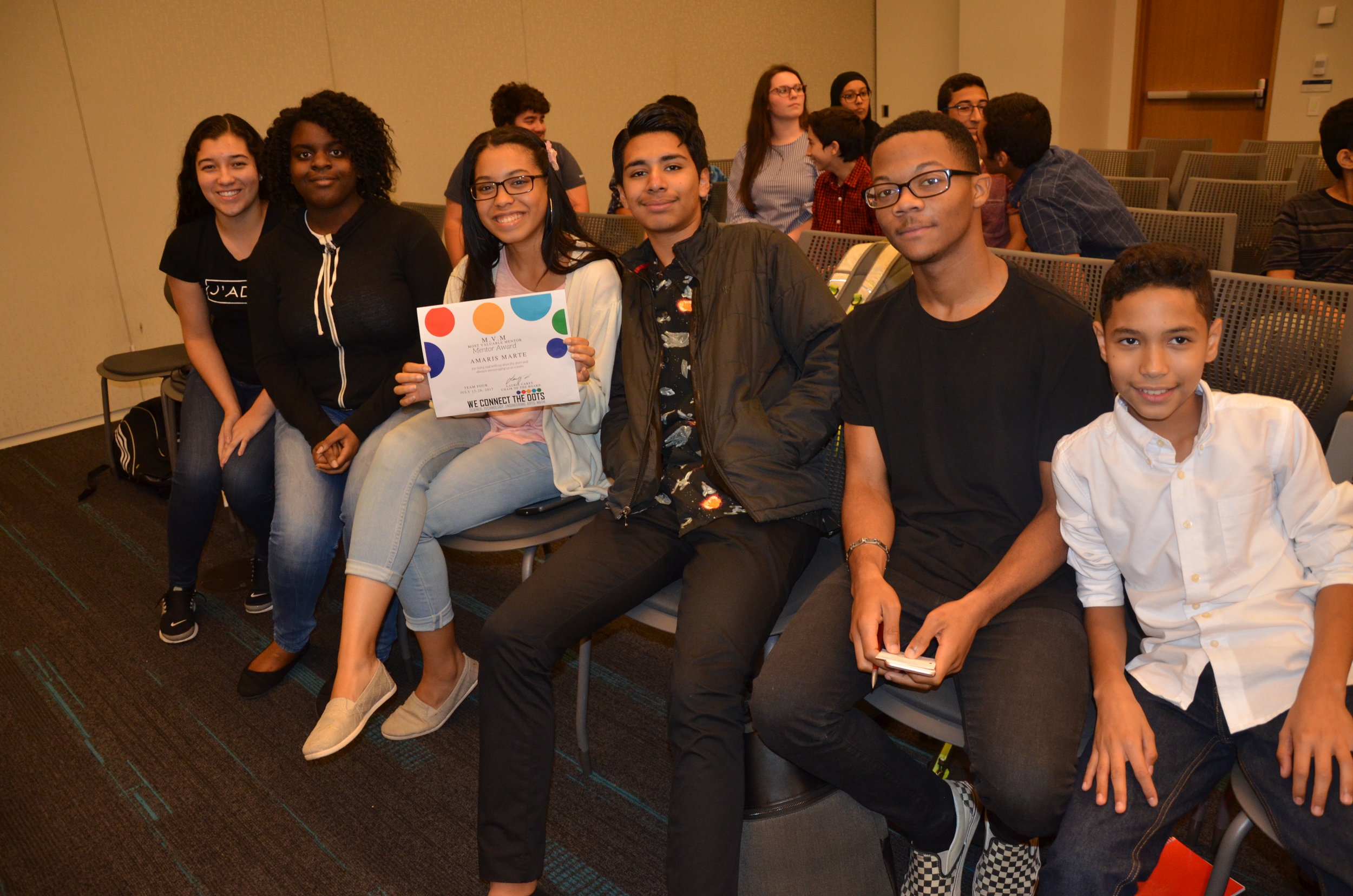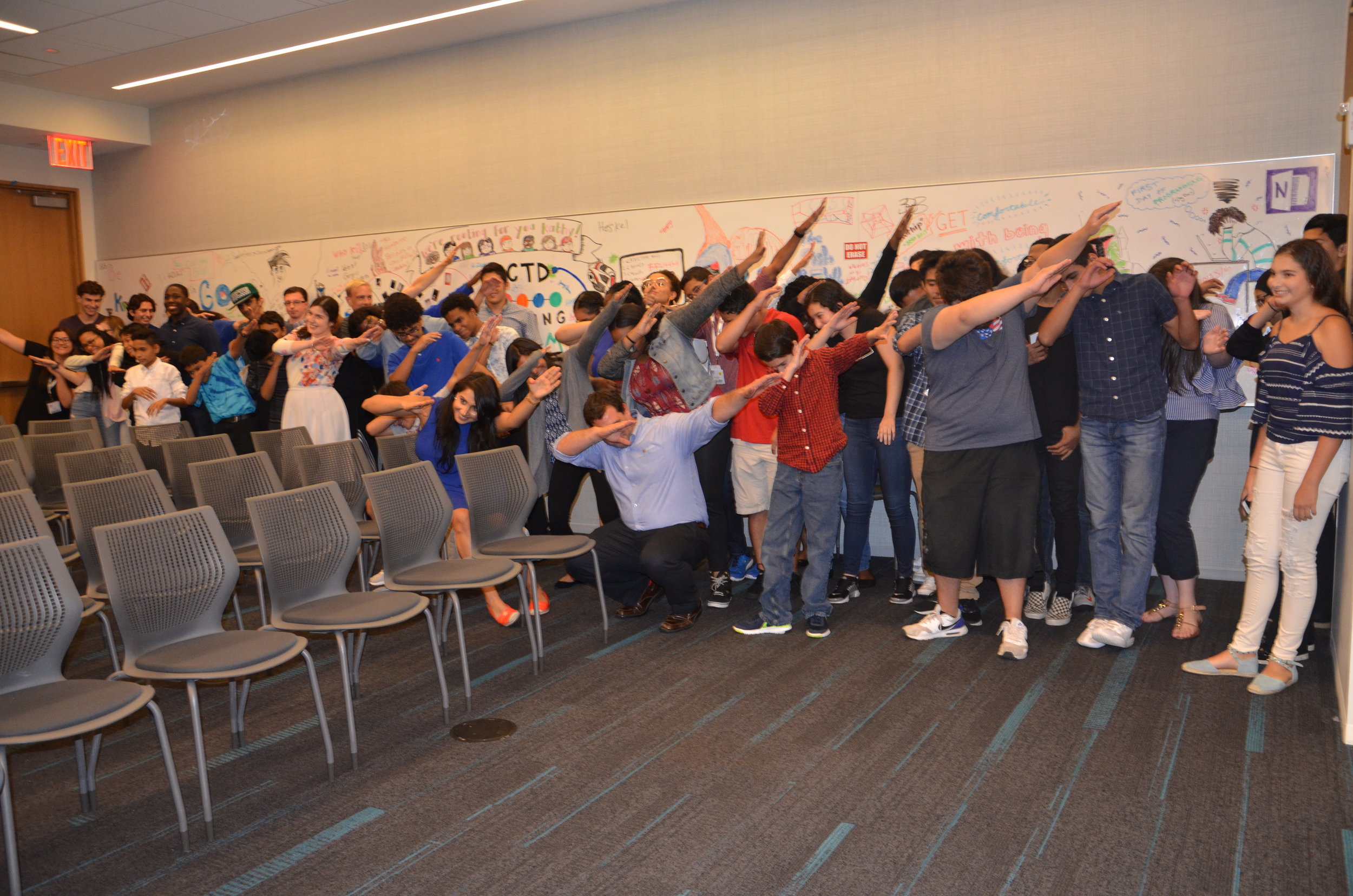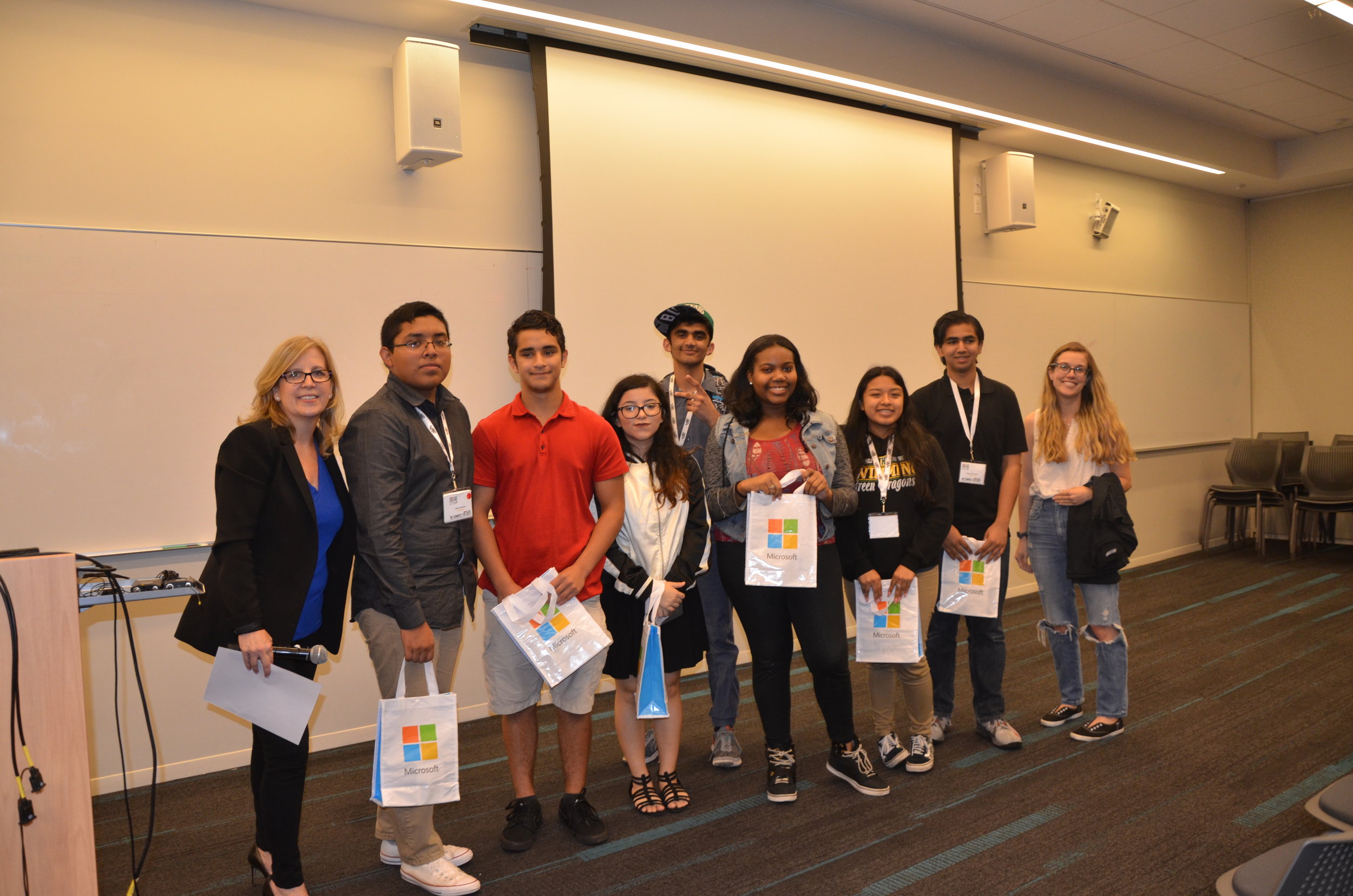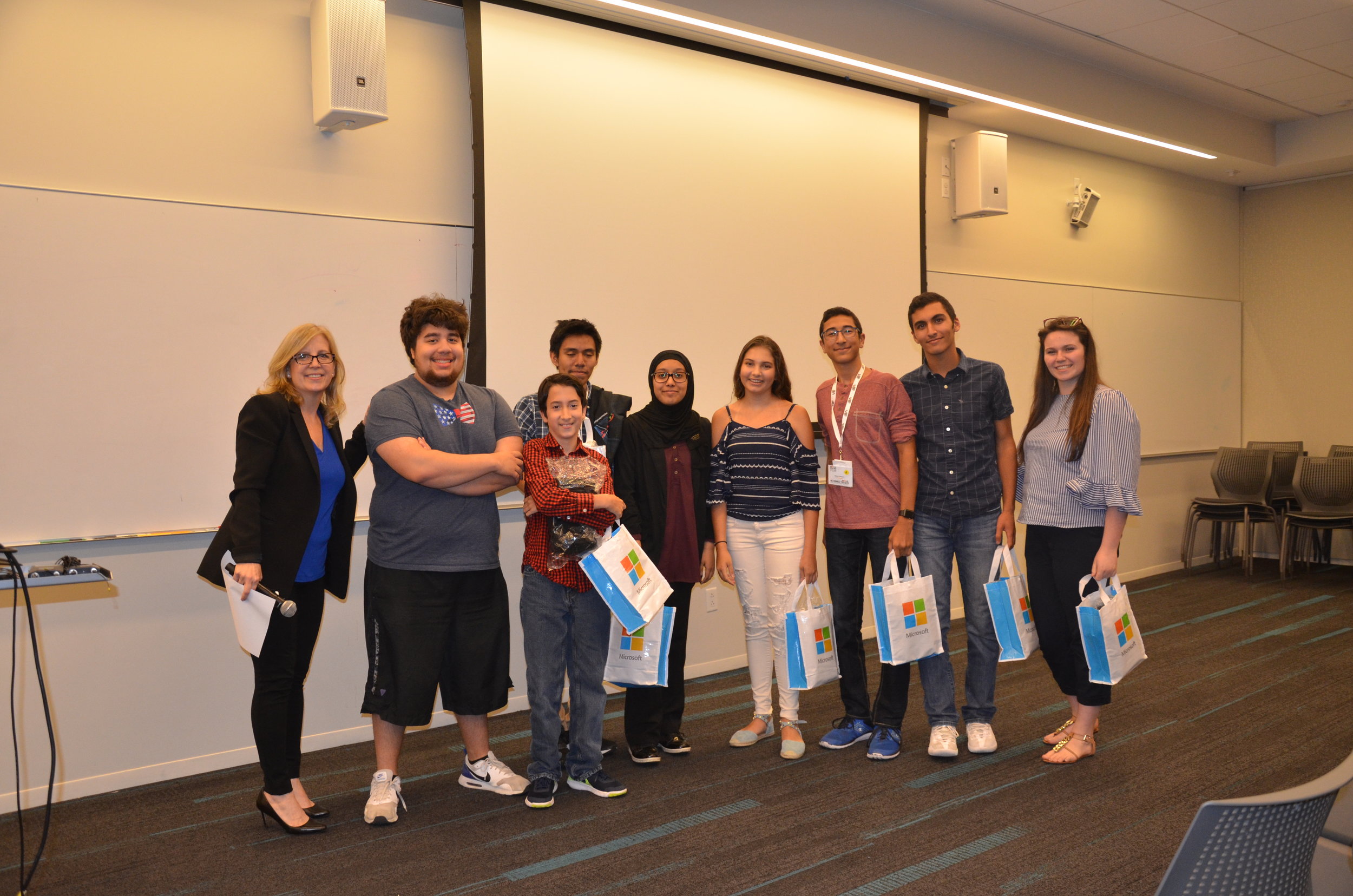Four years ago, CreatingSTEAM was a concept and an experiment. We knew education had to change. Could education evolve to a new form of meaningful student engagement and exploration? Our hypothesis was that through immersive hands-on project-based experiential learning, education could motivate, inspire, and transform students into independent life-long learners.
Every parent and every teacher's hope is that their child will be successful. Would their child be prepared to enter the world? Here’s what we saw: a generation that uses technology in their everyday lives, while having no understanding of how such technology works. A generation unaware of the engineering, and computer science that is involved in everyday items they use, including their own cell phones, laptops, or computers. How could this situation be possible? What could we do to raise a generation of successful individuals? A key motivation for our organization was our belief that success is not given by parents or teachers but instead comes from within – that success is a mindset. We looked at classrooms and schools throughout the country and we felt it was time for education to leave behind traditional teaching pedagogies and shift to a new mindset where teachers facilitated learning, and students were empowered with the tools and resources to shape their own futures.
Students would work collaboratively with their peers, while being educated on leveraging 21st century technologies as resources for knowledge. Our metrics would be simple: did the students enjoy the experience, did we leave them wanting more, and did our approach inspire and motivate them to seek new understandings? Or bluntly, did we empower? Did we inspire? Did we show that success is a path open to all?
With our mission and our hypothesis, we proceeded to redefine the classroom. First, we would redefine "curriculum" by weaving together the unique disciplines of neuroscience research led by Dweck, Lieberman, and Duckworth. Their research served as the foundation for all our activities and experiences. We would redefine "teaching." Our teachers would be coaches, supporting students using a new "pedagogy" of guiding students through how their brain processes information and how their brains were their ultimate tool for success. In this new curriculum, students would learn:
how neurochemicals like dopamine, and norepinephrine support the hippocampus for long term memory.
how emotions play a part of our ability to learn and retain information.
how to promote high performance in learning to obtain a greater success, and
how to build self-motivation, drive, and grit.
The outcome would be a growth-mindset with perseverance, tenacity, and drive.
We got to work and four years later, our work continues. We provide students a living lab in which they can “open the hood of the car,” take a look inside, and to really understand and appreciate how the technology they take for granted actually works. Most of our students have seen a PC but few have built a computer from an empty metal case to a functioning gaming PC. This activity alone showed them how their efforts and learning could yield rewards both tangibly personal and occupationally promising.
We learn from our students, addressing their interests and aspirations as opportunities to engage them in learning. For instance, thirty years ago many students with a passion for the Arts (be it drawing, music, or theater) would have been discouraged by adults from pursuing their passion as a profession. Even today, such students may be convinced by a parent, teacher or other influence in their life that the arts do not offer financial stability. We beg to differ – creativity and innovation drives the arts and these same skills shape our economic future. We expose our students to web-design and marketing, 3D animation, augmented reality, and mixed reality. We show our students how their mobile devices blend Art, Technology, Engineering, Science and Math into one beautiful piece of engineering at its best. CreatingSTEAM shows parents that art has a crucial place in the digital world and most importantly, educates students with artistic interests that they can thrive in the 21st century economy.
As a research organization we want to model for our students the value of constant learning and innovation. Through our research into emerging best practices, we continue to rethink, redesign, and reshape our educational programs. Two years ago we identified cyber-security as a crucial emerging skill and as a result, we introduced a novel two- hour activity to CreatingSTEAM which teaches digital citizenship while raising awareness to the fastest growing career opportunity in information technology. First introduced in our Discovery Day program this past spring, where over 500 students participated in our "Unlock The Box", this cyber-security experience took place in our online Yammer community where students engaged in a scavenger hunt to solve clues related to cyber-security. The students worked in teams to unlock four locks, each lock was tied to a scenario around teaching students about Attack Vectors, and the importance of good digital citizenship. With applications in law enforcement, defense, and business, our students gained an invaluable exposure to an exciting new field.
Designed as a journey through science and entrepreneurship, CreatingSTEAM challenges young adults to stretch outside their comfort zone, and motivates them to see the value of life-long learning. While our metrics reflect diversity in gender and ethnicity, and increases in interests in the sciences, there is nothing as valuable as the voice of our students. What is most illuminating and meaningful to us are the testimonialsof our students.
"Today was awesome, I had a very nice time meeting new people. I found out I had a lot in common with many people, which is rare. Brainstorming with my team was very fun. Together, we came up with many innovative ideas."
“Building a PC was interesting and fun and I will definitely think about using that in a future career."
"I enjoyed learning how to use WordPress and will definitely use it in the future."
"I really enjoyed the speakers we had today, they were charismatic and informative. Speakers like that really help me get a better insight into what I want to do in my future."
Did the students enjoy the experience, did we leave them wanting more, and did our approach inspire and motivate them to seek a greater understanding of what we taught them? From our own eyes, and in their own words, the answer for this year’s CreatingSTEAM was a resounding yes. Our experiment has and will continue to deliver on its central motto: that individually we are strong, collectively we are powerful. Look at what we can accomplish when industry and education leverages its resources and efforts for the benefit of our children. As we enter our fifth year, our organization will continue to connect students, teachers, parents and industry experts to create amazing learning experiences.

